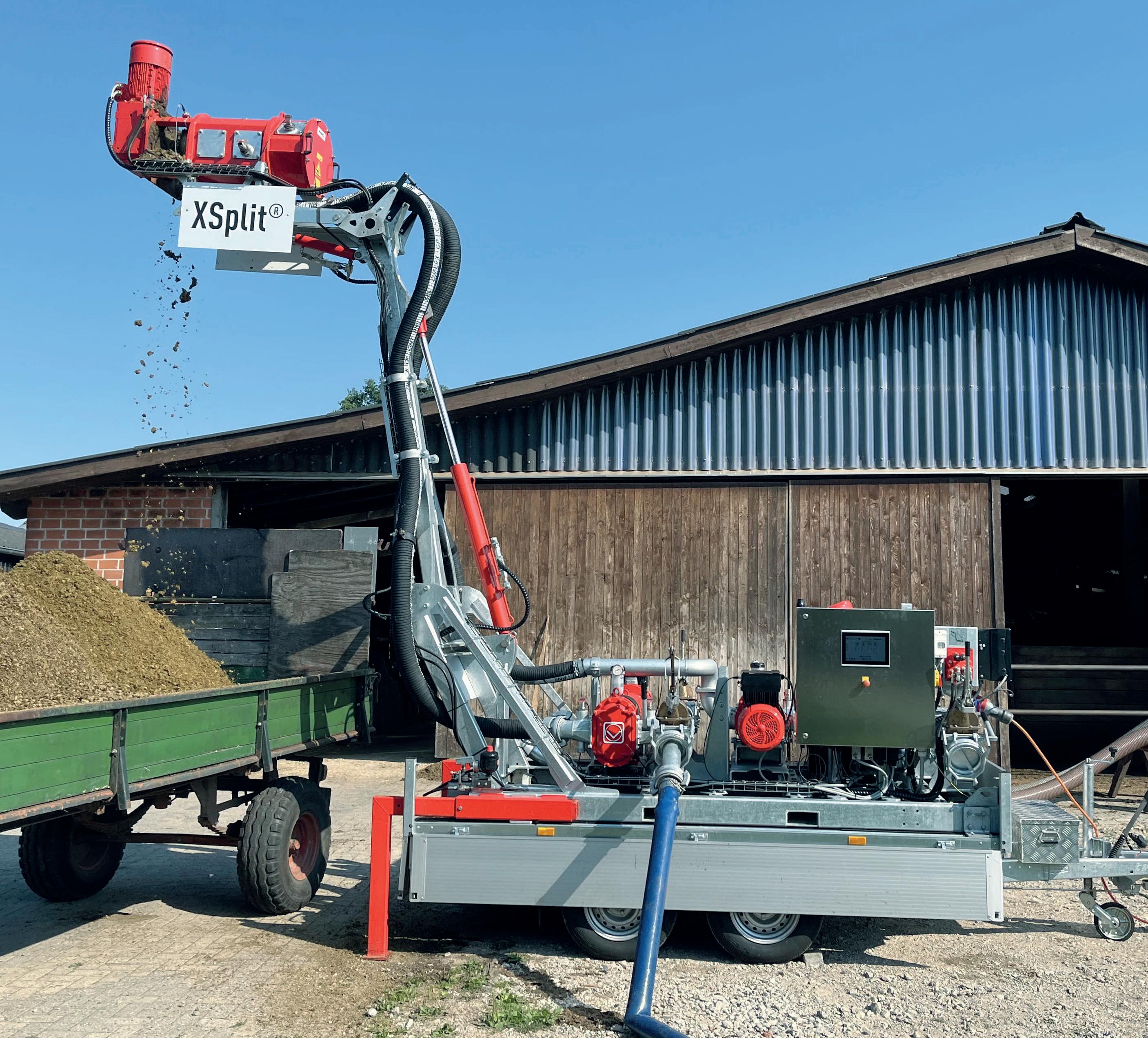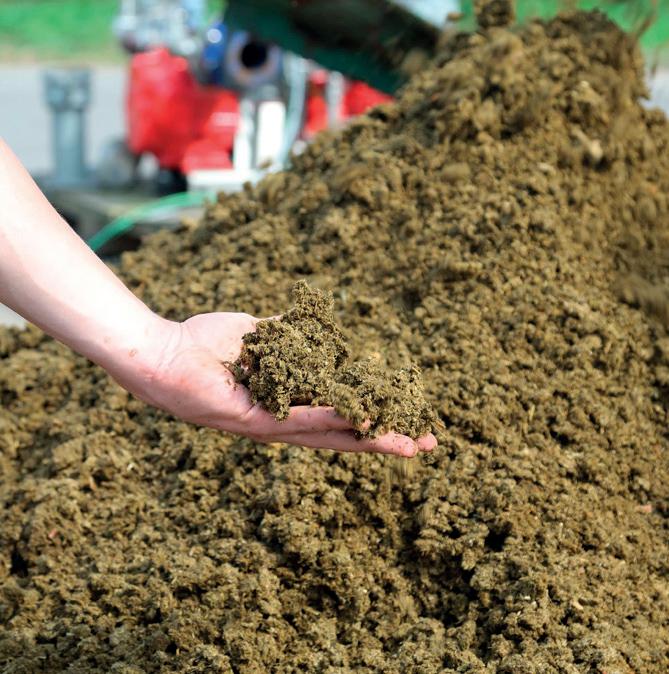



































































Cheffins has considerable experience in conducting modern and vintage on-site machinery auctions that are conducted throughout the UK. We offer an unrivalled service with experienced professional auctioneers and administrative staff.
• Operating Europe’s largest monthly machinery auction
• Selling to over 100 countries per year
• Over 25,000 registered buyers worldwide
• Extensive mailing and e-mail subscriber lists
• Asset valuation
• Extensive marketing
• Mobile computerised accounts unit
• Internet bidding
• Competitive commission rates
• Pre-auction advice and setting up
• RICS client account regulations
• Unrivalled dealer/trade contacts
• Detailed catalogue descriptions
• Excellent website and social media pages
Farmers Guardian,
Unit 4, Fulwood Business Park, Caxton Road, Fulwood, Preston, Lancashire, PR2 9NZ
Editor Olivia Midgley, 07787 240 750 olivia.midgley@agriconnect.com
Head of News and Business
Alex Black, 07880 490 486 alex.black@agriconnect.com
Chief Reporter
Rachael Brown, 07974 039 778 rachael.brown@agriconnect.com
News and Business Reporters
Chris Brayford, 07773 110 733 chris.brayford@agriconnect.com
Jane Thynne jane.thynne@agriconnect.com
Business Reporter
Cedric Porter cedric.porter@agriconnect.com
Arable Specialist
Alice Dyer, 07966 445 458 alice.dyer@agriconnect.com
Head of Machinery and Farm Technology
Toby Whatley, 07583 054 831 toby.whatley@agriconnect.com
Machinery Reporter
James Huyton, 07787 242 185 james.huyton@agriconnect.com
Head of Livestock
Katie Jones, 07786 856 439 katie.jones@agriconnect.com
Features Editor and Head of Livestock Sales
Angela Calvert, 07768 796 492 angela.calvert@agriconnect.com
Senior Livestock Specialist
Hannah Morgan, 07824 498 702 hannah.morgan@agriconnect.com
Livestock Specialists
Ellie Layton, 07814 997 407 ellie.layton@agriconnect.com
Katie Fallon, 07815 003 227 katie.fallon@agriconnect.com
Online Editor
Emily Ashworth, 07977 706 711 emily.ashworth@agriconnect.com
Creative Services
Mike Begley mike.begley@agriconnect.com
Katie Haydock katie.haydock@agriconnect.com
Picture Editor
Marcello Garbagnoli, 07815 003 236 marcello.garbagnoli@agriconnect.com
Sales 01772 799 500 gemma.thorpe@agriconnect.com
Circulation
Subscription hotline 0330 333 0056 help@subscribe.farmers-guardian.com
Newstrade enquiries 01772 799 434
UK print subscriptions £189; Europe: £226.80; RoW: £283.50. FG digital subscriptions: £109
Published by Agriconnect


LISTEN TO THE FG PODCAST
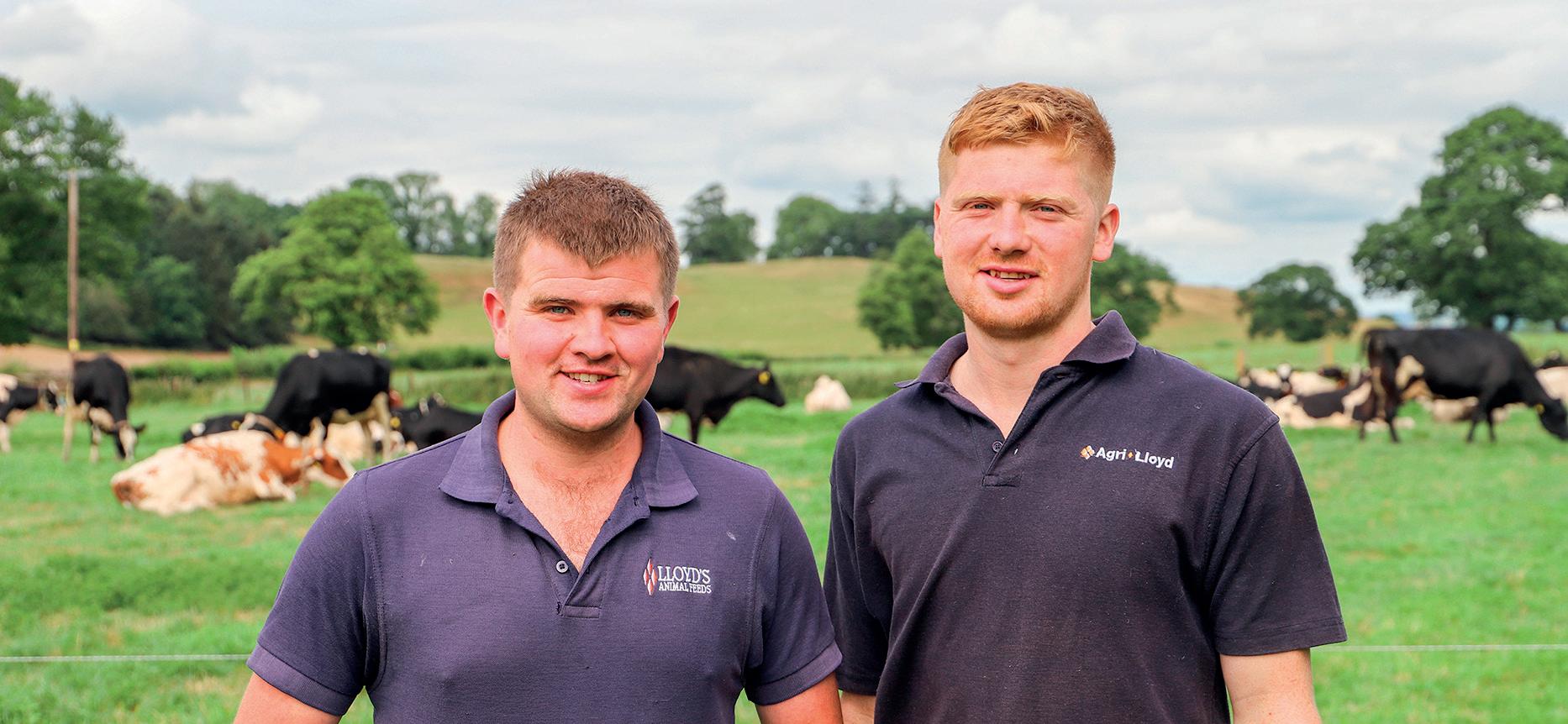
FOR weekly podcasts bringing you the latest news, engaging debates and real farmer stories from across the UK, scan the QR code or go to farmersguardian. com/podcasts



Brothers Aled (left) and Rhodri Davies’ Carmarthenshire farm benefits from knowledge exchange. See p76-77.
Olivia Midgley, Editor – olivia.midgley@agriconnect.com
‘WE are listening’ is a phrase that has been repeated across the conference halls of all the political parties over the past few weeks.
Politicians of all stripes are vying to win back the public’s trust which has taken a beating amid various scandals and misdemeanours linked to those elected to run our country.
A mantra of ‘change’ swept Labour to power in July, but just 100 days in, Sir Keir Starmer et al have learned quickly that voters –and even supporters – will lose faith if actions fail to live up to expectations.
Change and rebuilding trust are high on Red Tractor’s (RT’s) to do list too. After a turbulent few years, which has seen confidence in the assurance scheme dealt a body blow, it has conceded wholesale change is needed.
An overhaul of the scheme is something farmers, including Richard Findlay (former NFU Livestock chair) and Bryan Griffiths (National Sheep Association vice-president), have been advocating for some time.
Disagreement and dissatisfaction have led inevitably to a decline in beef and lamb producer members in recent years and frustrations peaked in 2023, when industry leaders called for a ‘root and branch’ review of the scheme, ultimately leading to one of the biggest probes into assurance in the UK (see Farmers Guardian’s reporting of the story).
But where to start? Simplifying the system and reducing the burden of bureaucracy are

Farmers Guardian’s REPORTING OF THE STORY


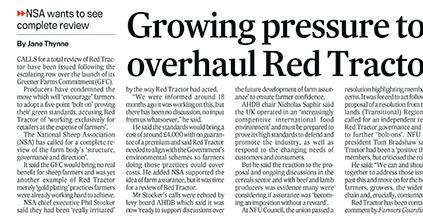







key if RT wants to win back confidence and members.



In RT interim chair Alistair Mackintosh’s latest newsletter to members, he says the board will streamline audits and reduce inspections on the most compliant farms, as well as ‘listen’ to the recommendations of the joint NFU/ AHDB review.
While a proclamation of ‘we’re listening’ may be just enough to prick the ears of those who have become disenfranchised, for many farmers RT must now quickly move to prove its commitment to change is sincere.



The review may be complete, but the work to change has just begun. disenfranchised, for many quickly move to prove its commitment to change
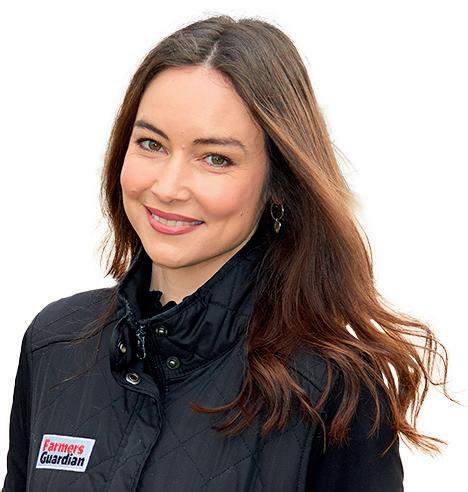
THE Conservatives have admitted they let down rural voters at the General Election, but the party has vowed to rebuild trust with rural voters as it roots its way to power.
Addressing the Conservative Party Conference for the last time on September 29, ex-Prime Minister Rishi Sunak acknowledged that after 14 years in power, the Conservatives had ‘not always done everything right’ in office.
Patrick English, director of political analytics at YouGov, said the party had ‘alienated’ 88 boroughs and 163 counties in the UK at the General Election, with voters instead aligning their loyalties with either Reform, the Liberal Democrats or Labour in order to ‘oust’ Conservative candidates.
THE Scottish Conservatives have announced a new leader to replace the outgoing Douglas Ross.
Russell Findlay, a former journalist and MSP for West Scotland, was appointed to head of the party on September 27, with Shadow Rural Affairs Secretary Rachael Hamilton named deputy leader.
Mr English added: “There was a lack of faith and trust that the Conservatives could manage the economy.
“One of the challenges the party has is to present themselves as being competent to run the country again.”
Jonathan Roberts, CLA director of external affairs, said the Conserv-
Mr Ross, an MSP for the Highlands and Islands, had announced back in June that he would step down from the role in order to pursue what would become an unsuccessful bid to become an MP for Aberdeenshire North and Moray East.
He said he was determined to deliver change and earn the public’s trust in the role.
ative Party had not always communicated its policies well during its time in Government.
“The transition towards Environmental Land Management schemes could be one of the biggest achievements and lead to the UK being on the cusp of having one of the best agricultural policies in the world, but they did not get the credit for it,” he said.
FARMERS and environmentalists have clashed at the Conservative Party Conference over the issue of rewilding, land use and the future of the environment.
During a Conservative Environment Network fringe event on Monday (September 30), ‘Born to be wild? How land use change can help us to reach our environmental goals’, the panel had converging views about the role of rewilding in helping the UK to meet its nature and climate targets.
Aphra Brandreth, MP for Chester South and Eddisbury, said she was concerned about rewilding’s potential to have ‘unintended consequences’ on farming businesses, claiming food production could be reduced by 25%, and urged the new Government to take a ‘pragmatic and reasoned’ approach on the issue.
Sir Robert Buckland, former Justice Secretary, has warned Sir Keir Starmer that his party must consider the ‘frustration’ of Welsh farming protests earlier this year about the consequences of ‘pushing’ environmental schemes on farmers.
“If you do not take farmers and landowners with you, the ambition to
reach net zero will not work,” he added.
However, Leo Mercer, policy analyst at the London School of Economics and Political Science, said rewilding could make a ‘meaningful contribution’ to the UK’s target to reach net zero by 2050, and urged the Government to support a transition towards naturepositive food production to help the recovery of wildlife habits.
Alastair Driver, national policy director at Rewilding Britain, said the UK was ‘going backwards’ on biodiversity and said rewilding could be the ‘missing link’ in enabling nature to thrive in the future, claiming the benefits of schemes already established had helped support water quality, food production and flood resilience.
In Scotland and away from the conference, independent Argyll and Bute councillor Alastair Redman has also taken aim at the trend of rewilding, arguing it poses a significant threat to farmers and crofters.
Mr Redman said sidelining them risked ‘jeopardising both our food supply and the rural economy’.
Instead of supporting rewilding, we should be investing in practices that empower farmers and crofters
ALASTAIR REDMAN
He added the idea the UK could ‘simply’ return vast areas to a wild state, disregarding the needs and rights of farmers was not only ‘unrealistic, but fundamentally unjust’.
“Instead of supporting rewilding, we should be investing in practices that empower farmers and crofters and enhance biodiversity without compromising agricultural output,” he said.
A FIVE-year emergency plan has been launched to save the capercaillie, with warnings the birds could be extinct within 30 years.
There are thought to be 532 of the large grouse remaining, with all of them found in Scotland.
The Cairngorms National Park Authority and NatureScot have launched the five-year plan with aims including increasing the birds’ woodland habitat and a feasibility study into the potential for ‘reinforcing’ the population with birds from outside the UK.
“But the Conservatives did not get the credit they deserved at the ballot box because they did not communicate their policies well.
“The Conservatives have to provide a vision for unlocking the rural economy because of poor planning and decision-making at local level.”
Steve Barclay, Shadow Defra Secretary, told an NFU fringe event on Monday (September 30) that the party had let farmers down by failing to demonstrate its ‘achievements’.
“The election result shows we let you down, but we should be proud of what we achieved for farmers during 14 years in Government,” he added.
“We now need to win back voters in our capacity as a party now in opposition.”
Shadow Farming Minister Robbie Moore blamed Government bureaucracy and instability for the ‘difficulty’ in achieving ‘desirable’ outcomes for farmers.
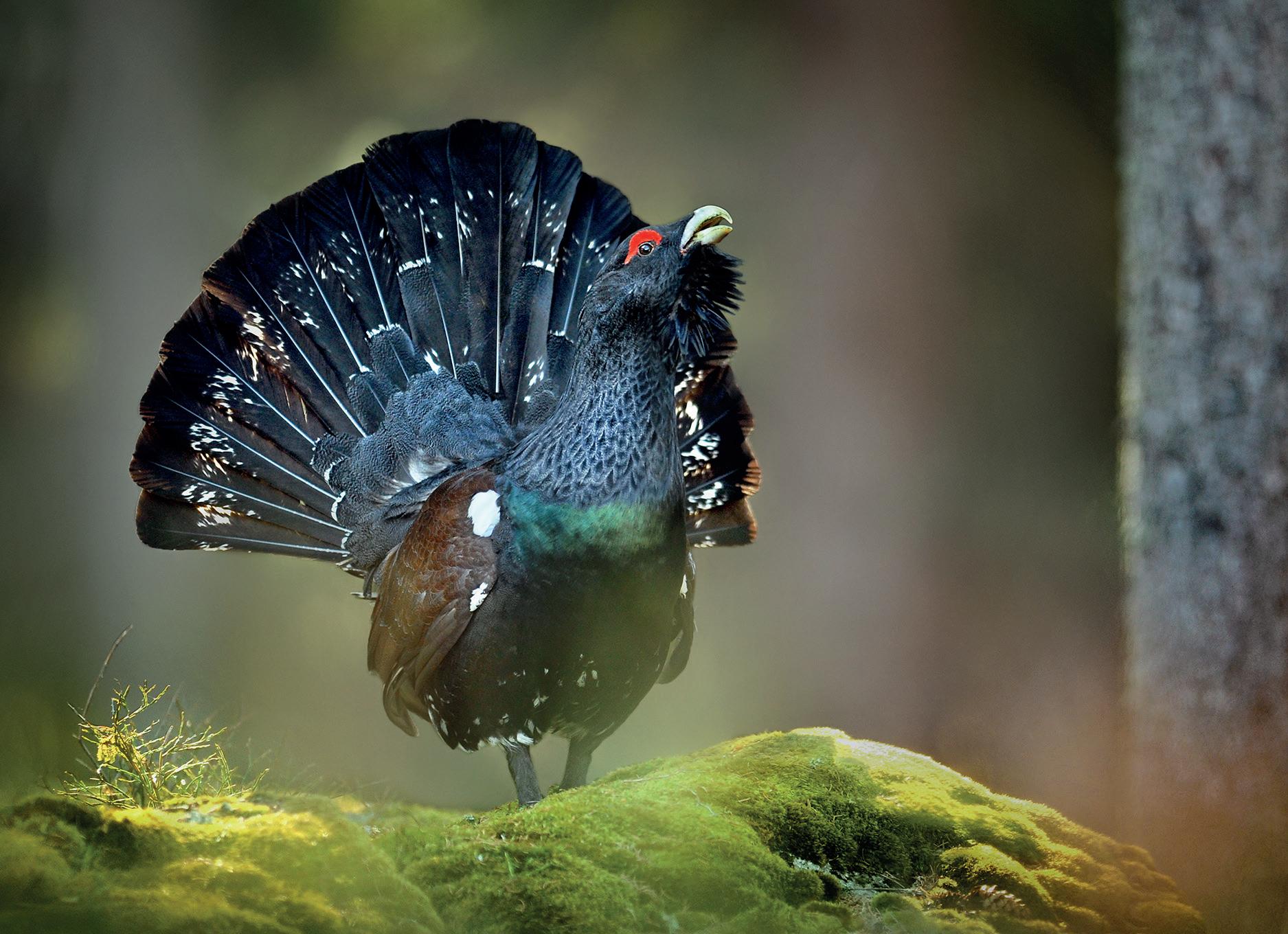
“When you are in that position of power in Government, you do not realise how little you can actually achieve in Government,” he said.
“Your hands are tied behind your back and it was a challenge to achieve the outcomes we wanted for farmers.
“Going through so many Prime Ministers and Ministers of State since 2019 did not provide the confidence and stability farmers needed.”
Harriet Cross, MP for Gordon and Buchan, said the Conservative Party needed to re-establish itself as the party which represents and backs farmers with an approach to help stimulate rural economies rather than ‘stifling and stigmatising’ them.
Christopher Price, chief executive of the Rare Breeds Survival Trust, said the Conservative Party had failed to win the farming vote at the election because it did not deliver on challenging the power
of the supermarkets and providing fairness in the supply chain for food producers.
David Exwood, NFU deputy president, said politics has not worked for farming and rural communities for a number of years.
“We have not had a forwardthinking and effective Government for some time, which is surely why confidence is so low,” Mr Exwood said.
He called on the party to reconnect with rural voters as the industry needed an effective opposition in Government and effective policies which work for farmers.
“The Conservatives have left a policy vacuum which needs to be filled,” he said.
“Farmers need the confidence and the duration that the policies are going to be and will deliver for them.”
AN eight-year-old boy who died following an incident near Warcop on September 28 has been identified as West Cumbrian resident Jay Cartmel, of Frizington.
The boy died after sustaining serious head injuries.
A man arrested following the death of the young boy has been bailed, Cumbria Police has confirmed.
Officers were called to the farm on Saturday afternoon following reports a boy had been ‘seriously injured by a firearm’.
Having sustained ‘serious and life-threatening injuries to his head and face’, the boy was taken to hospital by air ambulance but died from his injuries overnight.
The firearm was removed from the scene by police.


FARM assurance must work ‘more for the interests of the primary producer’ going forward, according to NFU Scotland’s response to the UK Farm Assurance Review.
NFUS director of policy Jonnie Hall said the union remained in support of the principles of farm assurance, but its members had made a ‘significant number of concerns’ clear.
Mr Hall said the commissioners must make ‘clear recommendations’, which he said, when adopted, must ‘improve audit systems, utilise technology, rebuild trust, improve communications, and introduce more transparency and accountability’.
AHDB identified four principles in its response to the review, which underpinned a scheme that was ‘fit for the future’, including purpose and value, governance, differentiation and audit process. It said it recognised ‘significant visible and tangible change will be needed to win back hearts and minds’.
Devon farmer and National Sheep Association vice-president Bryan Griffiths, who has previously called for a ‘root and branch’ review of Red Tractor, said: “I am encouraged that two powerful and influential ownership bodies have highlighted the shortcomings of Red Tractor and the ball is now in RT’s court to bring about the change that some of us have called for, for so long.”
In a newsletter sent to Red Tractor members in September, its interim chair, Alistair Mackintosh, said ‘it was listening’.
He said: “This is no empty promise. My primary focus as I take up the reins as interim chair is rebuilding relationships with farmers, growers and processors.”
He added the board was ‘fully engaged with the review’, and was submitting its response sharing ‘challenges, solutions and recent work.’


By Jane Thynne and Rachael Brown
FARMERS were fearing a repeat of last year’s difficult autumn as some counties have seen rainfall more than 300% above the monthly average.
According to provisional Met Office figures, 10 English counties experienced their wettest September on record and for Bedfordshire and Oxfordshire, September 2024 was the wettest calendar month since 1836.
Although the past four weeks have been exceptionally wet for southern and central areas of England, Scotland and Northern Ireland have seen drier than average conditions, balancing out the rainfall for the UK as a whole to 25% above the long-term meteorological average.
QUEEN guitarist and animal welfare campaigner Sir Brian May has resigned from his role as vicepresident of the RSPCA, due to concerns of animal welfare failings on its food certification label.
Sir Brian said he had found the RSPCA’s response to complaints over standards of animal welfare in RSPCA As-
sured member farms ‘completely inadequate’ and called for the scheme to be dismantled. There have also been calls for president Chris Packham to resign, but a statement from Mr Packham and vice-president Caroline Lucas said they would wait until the results of the independent review launched by RSPCA were published.
Tenant farmer Rory Craig, who farms 400 hectares of cereals in Hatfield, South Hertfordshire said: “We are lucky as we have 50% of the fields in overwinter cover crops, which leaves us with just half to do.
“But we have had more than 150mm in the past 10 days.
“I know there is still a lot of sugar beet and maize to bring in and the worry is that like last year, once it has started raining, it just will not stop.
“Although, we have to remember it is only the first week of October and if we get over pessimistic now, it could be a very long winter.”
Wigtown-based Scottish dairy farmer Colin Ferguson said the
weather over the past three weeks had been ‘pretty favourable’, enabling him to make a start on field work.
But he added: “Summer was pretty poor and the cold has hit us the most.
“I have not grazed cows at all, excluding drys, as I just could not get the regrowth needed to keep the wedge in front of the dairy cows, which have been housed since June.”
And while Mr Ferguson said he was preparing for a ‘long winter’ for his livestock, in terms of crops, there was a more positive outlook.
“Silage crops have been okay,” he said.
“It seems the lack of heat just slowed initial regrowth on paddocks but when left to bulk they performed well.”
BLUETONGUE has been identified in Wales for the first time in three sheep moved to Gwynedd from the east of England, with farmers urged to practice safe sourcing of livestock.
Deputy Chief Veterinary Officer Gavin Watkins highlighted the cases were from animals brought into Wales, adding they would apply measures to stop the disease spreading. He urged Welsh farmers to be on the lookout for signs of bluetongue and to report any suspected cases to the Animal and Plant Health Agency immediately.
Ian Rickman, Farmers Union of Wales president, said the industry needed to be vigilant to the role it plays in preventing the spread, being mindful when sourcing livestock and understanding that, while it is spread by midges, the virus can also be transmitted through infected semen and embryos.
The restricted zone now covers East Riding of Yorkshire, City of Kingston upon Hull, Lincolnshire, Cambridgeshire, Bedfordshire, Hertfordshire, Greater London, Surrey, East Sussex, West Sussex and part of Hampshire.
By Jane Thynne
THE Scottish Shadow Rural Affairs Secretary has demanded that the Holyrood Government ‘does the right thing’ and follow England’s lead in allowing farmers to benefit from ‘game-changing’ gene editing technology.
Rachael Hamilton, deputy leader of the Scottish Conservatives, issued the call following an announcement by Farming Minister Daniel Zeichner that new laws introducing technology capable of accelerating the development of precision bred crops, were to be introduced.
Unveiling the policy at the World Agri-Tech Innovation Sum-
The SNP must finally do the right thing and allow Scottish farmers to benefit from game-changing gene editing technology too
RACHAEL HAMILTON
mit in London this week, Mr Zeichner said plant breeding was ‘vital to our economy and agricultural productivity’ and that it was time to unlock the technology which will provide for crops that are more nutritious, resilient to climate change and more beneficial to the environment.
He said the technology could now transform the precision sector in ‘years instead of decades’.
Ms Hamilton said the Scottish National Party had preferred to put ‘constitutional grievance’ above showing some ‘common sense’ and giving the green light to precision breeding.
“The SNP must finally do the right thing and allow Scottish farmers to benefit from gamechanging gene editing technology too,” she said.
Scotland had voiced its opposition to the Genetic Technologies (Precision Breeding) Bill in England in 2022, arguing it had not been properly consulted ahead of the introduction.
Modified
It insisted as a devolved Government, precision bred crops remain classified in Scotland as genetically modified organisms in order to protect trade with the EU.
“That has only meant farmers here are going to be at a disadvantage compared with their counterparts south of the border,” said Ms Hamilton.
“SNP Ministers cannot continue to ignore not only the calls from the industry, but also from experts such as those from the James Hut-
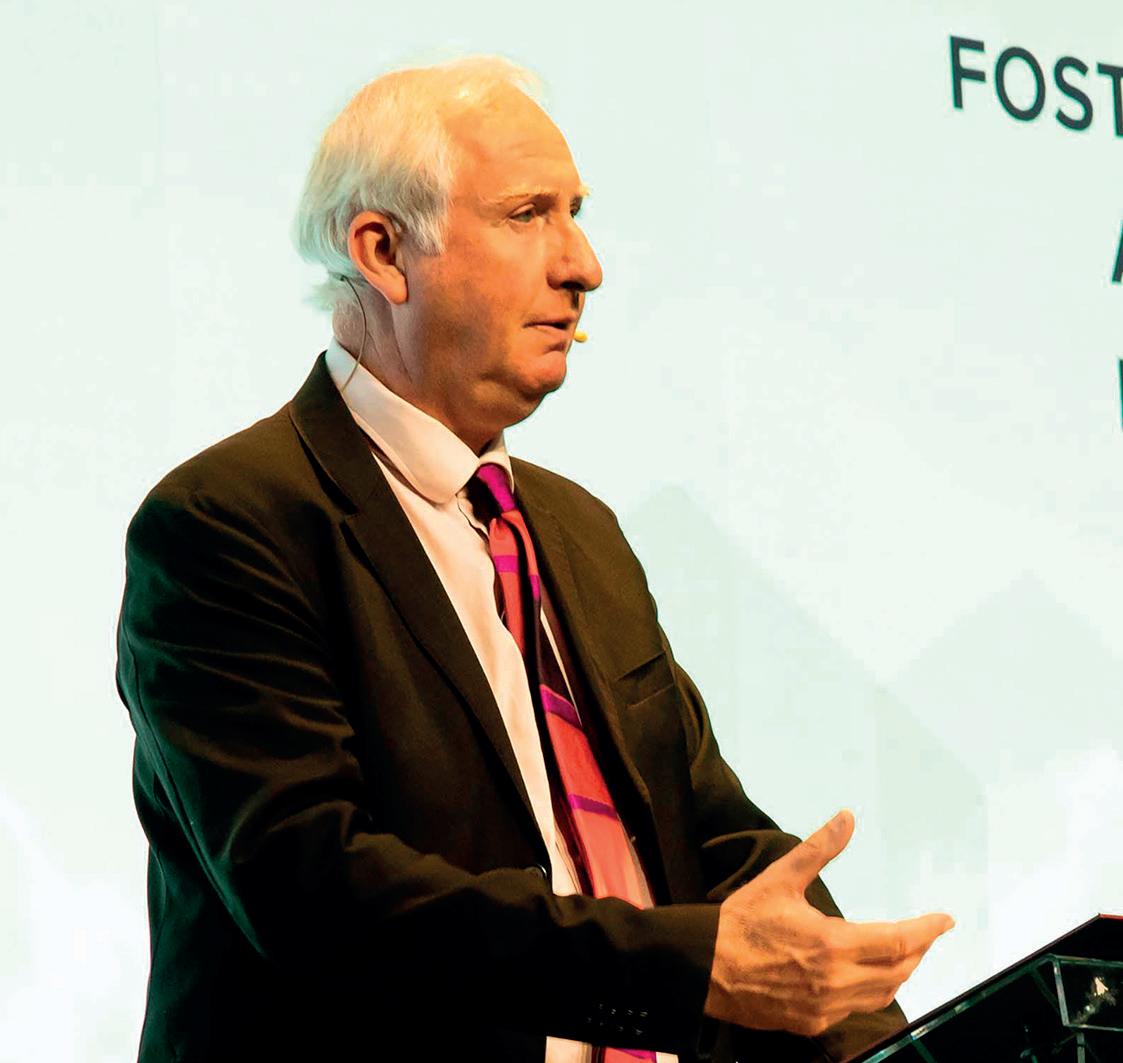

ton institute and from the Roslin Institute too.”
She urged SNP Ministers to ‘get out of their constitutional-obsessed bubble and deliver this much needed boost’ for Scottish farmers.
NFU Scotland president Martin Kennedy said the union believed precision breeding techniques had ‘considerable potential to deliver benefits’.
“Gene editing will build on the significant amount of work that Scottish farmers and crofters are already undertaking to establish more sustainable and resilient farming systems.
“As this is a devolved matter, we continue to underline this to the Scottish Government,” said Mr Kennedy.
A Scottish Government spokesperson said acknowledged the current debate around new genomic techniques.
“We want to ensure that Scotland operates to the highest environmental standards, and that we protect the strengths of Scottish agriculture and food production.
“Any future decision taken on new genetic technologies such as gene editing will be informed by the views of industry, scientists as well as the general public.”
THE industry will not be able to borrow its way through the farming transition to sustainable farming practices, but the sector must work together across all sections of the supply chain and deliver a way to reward farmers.
Speaking on a panel at the World Agri-Tech Innovation Summit in London, agricultural sustainability director at Lloyds Banking Group Ben Makowiecki said with many farming customers ‘struggling to service debt’, farmers should not be
‘burdened’ with more to facilitate the transition.
He said: “There are a lot of people trying to get to the same place in a similar way. Let us not compete against each other to get there.”
Glamorganshire dairy farmer and NFU deputy president Abi Reader said it was difficult for farmers to navigate what people wanted and what people would pay for.
She highlighted they wanted bio-
diversity, but also wanted affordable food, or wanted water quality but the supply chain did not pay for it.
She added some farmers found themselves in a predicament where if they planted trees, it could end up devaluing their assets.
Daniel Cross, managing director at Dyson Farming, said it was difficult for the Government to change in the ‘very short-term’, stressing the need for collaboration rather than expecting Defra to come up with ‘meaningful solutions’.
Mr Cross added that with the right incentives, public procurement should be a Government focus, criticising supermarkets for using price as a ‘key marketing mechanism’ rather than where food came from.
Ms Reader praised the ambition, but added it was a ‘very low value market’, highlighting councils were under extreme financial pressure. She added there were not sufficient processing facilities in Wales, with 80% of potatoes in Welsh schools peeled and prepared in the Netherlands.
By Rachael Brown
DEFRA has announced a ban on personal imports of pork and pork products from the European Economic Area, the Faroe Islands, Greenland and Switzerland to help safeguard pig farmers from African swine fever (ASF).
The National Pig Association (NPA) welcomed the Government’s efforts to ‘tighten up the rules’, but said it did not go far enough and repeated its calls for a ‘total ban’ on personal pig imports to the UK to avoid confusion.
While also welcoming the move, NFU Scotland pig committee chair Jamie Wyllie added funding and resources were an issue so the UK Government needed to provide the ‘guidance and enforcement necessary to back up this change’.
He highlighted a Scottish Government-backed scheme to provide detector dogs at Scottish ports.
He added the checks only revealed the ‘tip of the iceberg’ on illegal imports and called for ‘proper implementation’ of checks on commercial imports following the deployment of the Border Target Operating Model.
He added commercial meat from ASF-restricted areas was still be coming in without required checks and this must be addressed.
Defra said it was investing £3.1 million at Dover Port Health Authority for 2024/25 to help the Border Force tackle illegal meat imports.
Lucy Manzano, head of port health and public protection at Dover Port Health Authority, was ‘shocked’ by the Government response, stating the funding offered for 2024/25 was a cut to resources which would eventually see ASF checks reduced to zero at Dover.
She said by cutting the funding and checks which were completed by the Dover Port Health Authority, not Border Force, the Government was actively reducing the protections in place.
“Also, the Government’s statement that commercial imports are being checked at the border is fundamentally misleading,” she said, adding commercial checks had been moved 22 miles
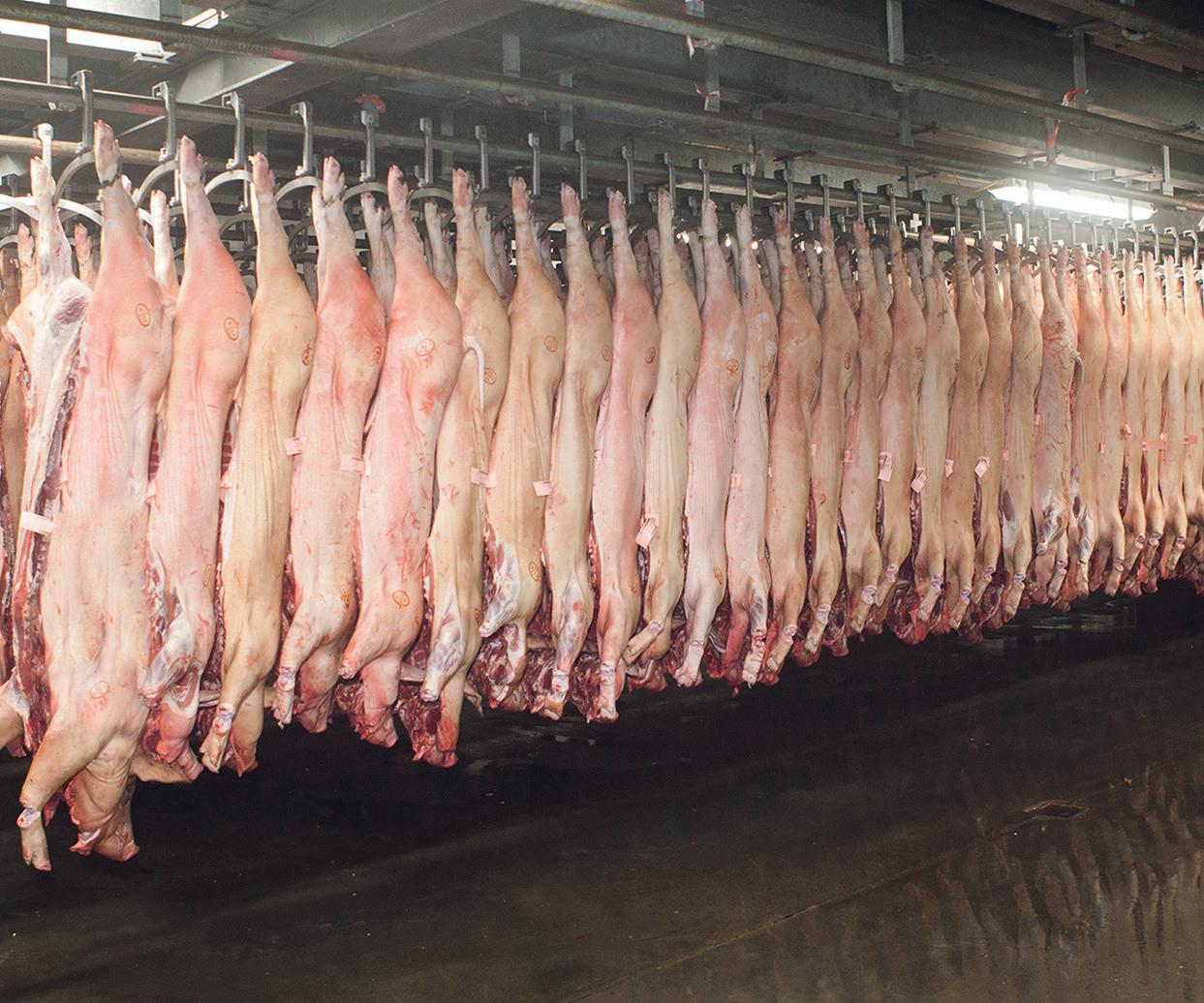
inland to Sevington, where goods were being routinely ‘pre-cleared’ online.
She added this had effectively created an ‘illegal meat gateway’ into the UK.





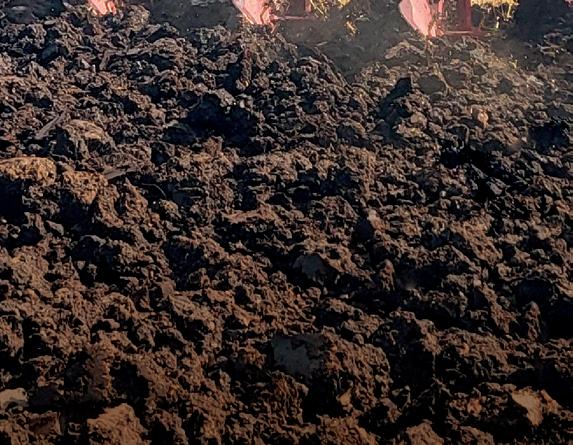
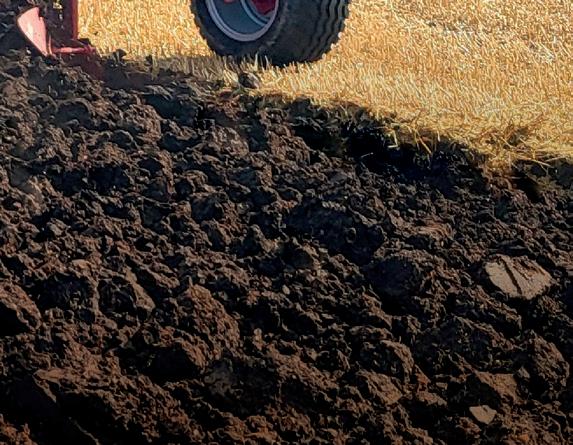
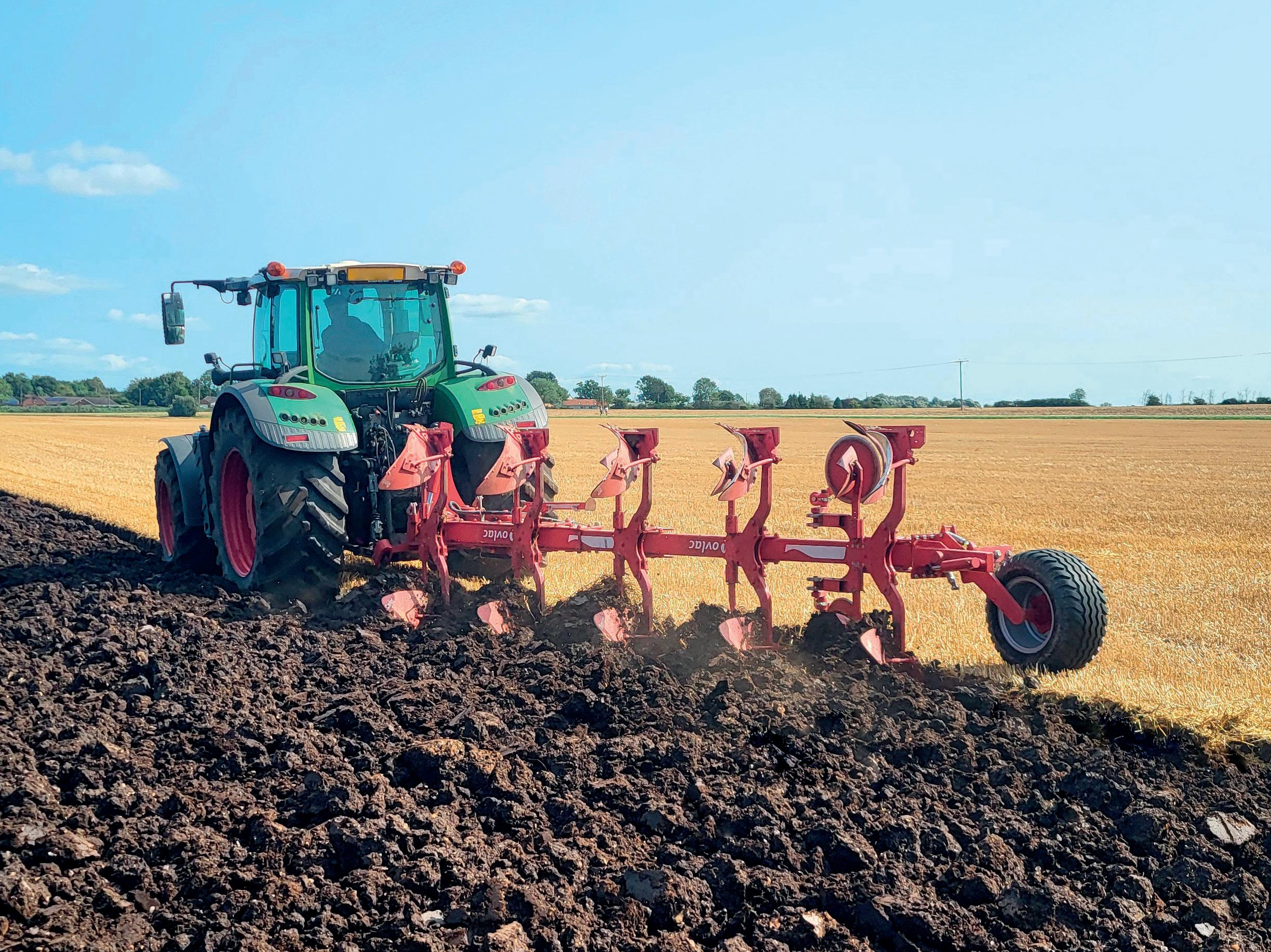
• In furrow or on
• Unique oscillating cross shaft headstock:
- Reduced HP requirement and fuel usage
- Reduced wear on soil engaging parts
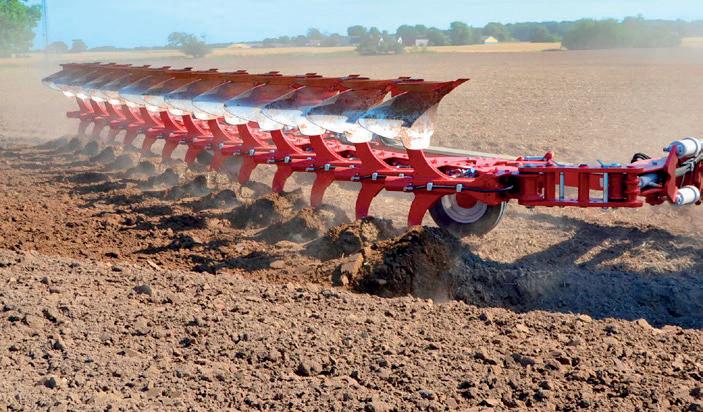
- Plough irregular shaped fields with ease
• Unique IVERSET hydraulic depth wheel:
- Simple, easy depth control
- Shorter ins and outs
- Efficient headland ploughing
• Improved leg clearance: - Handles crop residue with ease

● UK has done nothing to prepare
By Jane Thynne
THE UK livestock sector could face costs of up to £80 million in order to comply with forthcoming EU Deforestation-free Regulations (EUDR), a new report has claimed.
Published by the Agricultural Industries Confederation, the Economic Impact Assessment of EUDR Compliance – UK Feed Supply Chain, said not only would there be considerable economic impact caused by the new soyabean meal (SBM) rules, but legal uncertainties and low availability of EUDR-compliant SBM could lead to serious delays and disruption to the supply chain, as well as higher costs caused by transportation and storage. Due to be implemented on January 1, 2025, but now proposed to be delayed by the European Comission by a year, the rules demand companies exporting beef to the EU will have to provide geolocation co-ordinates as evidence that cattle have not been produced on recently deforested land. They will also have to demon-
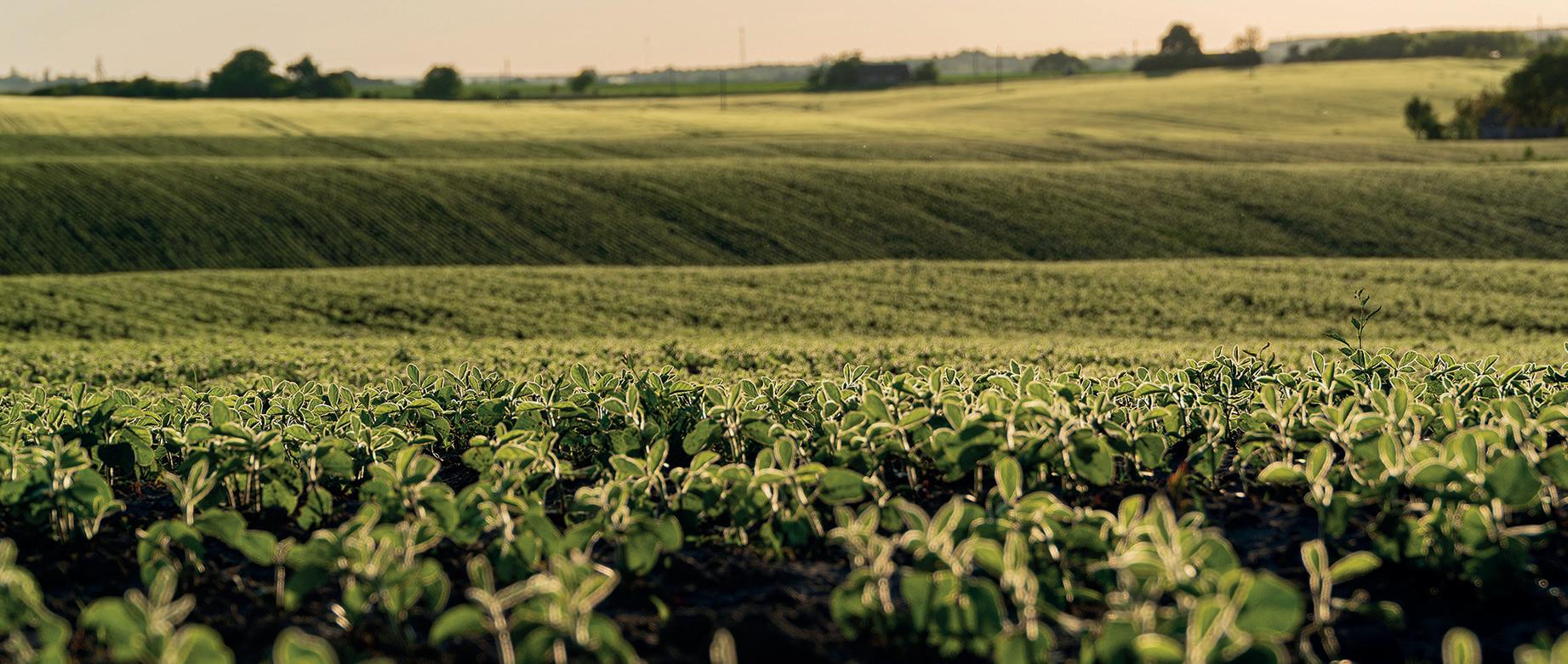

Legal uncertainties and low availability of EUDRcompliant soyabean meal could lead to serious delays and disruption to the supply chain.
strate that the animals have not been fed animal feed that contains soya or palm oil that is driving deforestation abroad.
The British Meat Processors Association (BMPA) chief executive Nick
HOSPITALITY industry procurement
specialist Prestige Purchasing has undertaken a farm study tour in order to provide the sector with an insight into sustainable farming practices, supply chain transparency and the vital role of education in shaping a fair, healthy and nature-friendly system for food in the future.
Launched in partnership with the NFU, the two-day tour also provided a platform for debate about the critical issues of sustainability within the food supply chain, highlighting how different farming systems are adapting and
responding to the climate and environmental challenges farmers are facing.
Bethan Cowell, NFU senior policy specialist in foodservice and procurement, said: “From farm to fork, the supply chain has a shared ambition for a more sustainable and resilient food system. Building greater understanding and closer relationships between food producers and hospitality businesses – the two ends of the supply chain – is vital to achieving this ambition.”
MORE INFORMATION
For more on procurement, see p98-99.

Allen said the UK had done nothing to prepare for the new export requirements and accused Defra of ‘actively washing its hands of responsibility’, suggesting that the farming industry will have to deal with it.
As a result of Defra’s lack of direction, the BMPA claimed the UK would have to cease exporting beef, leading to a 90% drop in a market worth £580m. It said costs would have to be covered by the domestic market, pushing up prices for consumers.
Mr Allen said: “As a Government keen on fostering growth, Labour must take this seriously. These new requirements are now part of EU law. Whether or not they choose to delay the deadline, we will have to comply and need Government to play its part.”
The BMPA has called on the UK Government to follow other export nations and nominate a Competent Authority to enforce and ensure full compliance with the new regulation and to clarify the guidelines in order to
We will have to comply and we will need Government to play its part
NICK ALLEN
support industry to put the structure in place to manage compliance.
The body has already written an urgent letter to Defra Minister Daniel Zeichner laying out a practical solution that utilises existing UK traceability systems but, crucially, requires Government to play its part.
However, Defra said it recognised the need to take action to ensure that UK consumption of forest-risk commodities is not driving deforestation, and would be setting out next steps in due course.
BRITISH beetroot will give American processors access to the vegetable all year round after a deal was secured for the US market for UK growers.
It followed extensive talks between two Governments and trade representatives.
For the US, this will allow its processors to diversify their supply to satisfy demand for high-quality beetroot outside the American growing season.
Industry estimates have said this new access will be worth about £150,000 per year in increased exports.
Farming Minister Daniel Zeichner said: “This Government was elected on a mandate to support our farmers in trade deals – that is exactly what we are delivering.
“This milestone marks a significant step forward for our beetroot farmers.
“But this is only the start – over the coming weeks and months I will work tirelessly to back our British farmers and get our food exports moving again.”
By Chris Brayford
ENDING inheritance tax reliefs could ‘tear apart’ family farms and ‘damage’ food security. A new poll from the CLA revealed 86% of respondents said it was ‘likely’ some or all of their land would have to be sold upon their death if inheritance tax reliefs were scrapped next month in the Autumn Budget.
Of the 500 farmers and landowners surveyed, less than 5% said it was ‘unlikely’. More than 90% said scrapping reliefs would damage the UK’s food security in the long run.
The CLA said agricultural property relief (APR) ensured the continuance of farming after the death of the farmer, while business property relief fulfilled the same objective for other types of family businesses.
The CLA said if inheritance tax was reduced by 5% in the number of businesses registered in rural areas, this could equate to over 27,500 businesses and the potential unemployment of 190,000 people.
For an average family farm of 87
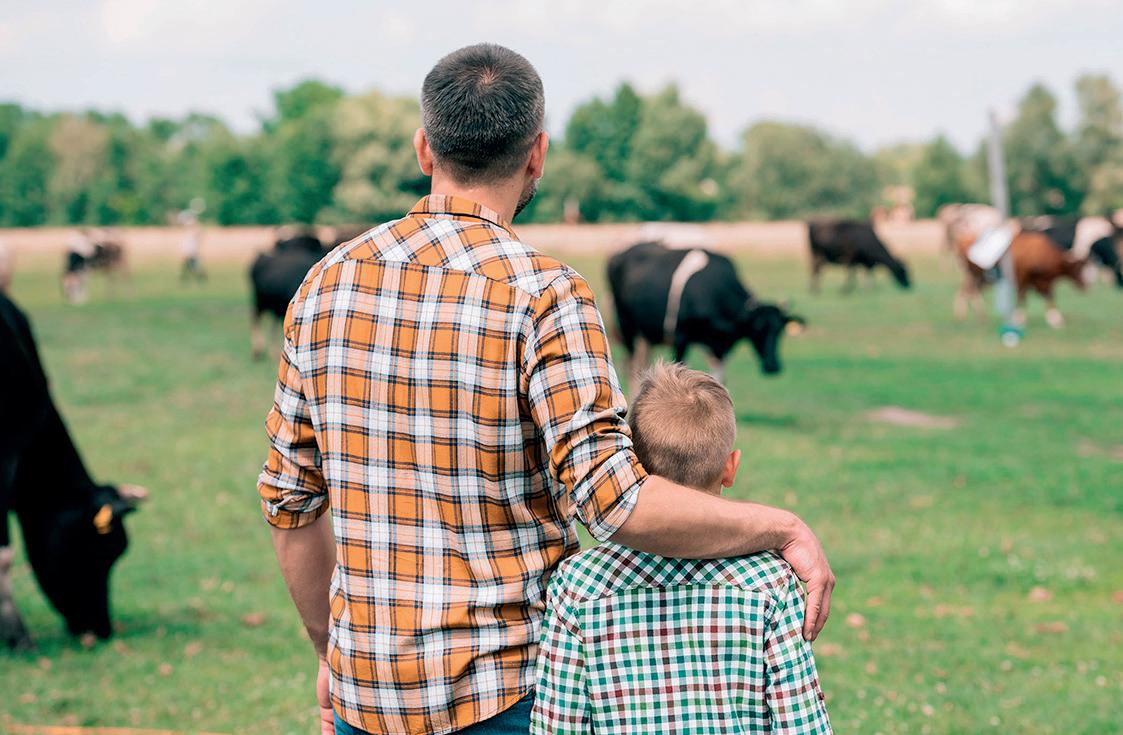
hectares, without inheritance tax relief 40% of the farm’s land would need to be sold to fund inheritance tax liabilities.
CLA president Victoria Vyvyan said the poll had demonstrated the ‘danger’ of removing or curtailing reliefs during a ‘crucial time’ for the farming industry.
“This Government has promised economic growth, but at the moment, in the rural sector, we are not feeling the love,” she added.
AN increase in Food Standards Agency (FSA) charges for small abattoirs would create a ‘major new challenge’ in the ongoing efforts to reverse the decline of the network, the Rare Breeds Survival Trust (RBST) has warned.
FSA charges have been discounted according to the number of hours involved so that smaller abattoir businesses, which require fewer hours regulation, would receive a greater discount.
But the FSA has now issued a call to evidence in relation to its charging structure for official controls in abattoirs.
RBST chief executive Christopher Price said it was crucial smaller abattoirs continued to receive this discount.
“A robust and resilient local abattoir network, capable of processing small numbers of different species and breeds, is vital for the sustainable livestock sector, particularly those
farmers and smallholders keeping native breeds,” he said.
“Reducing or removing the discount would put even greater pressure on already struggling businesses, posing a serious challenge to ongoing efforts to reverse the decline in the small abattoir network and having a serious impact on farmers and food producers more generally, who would inevitably see a consequential increase in their costs.”
Mr Price said there would also be animal welfare implications as farmers would have to take their animals to abattoirs that were further away.
“Over the past year, the collaborative effort to reverse the decline of small abattoirs has been strongly supported through Government policies such as the Small Abattoir Fund, and we urge the new Defra ministerial team to ensure that the important progress being made is not decimated by an increase in FSA charges,” he said.

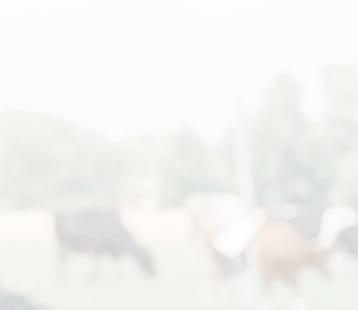


In a poll by the CLA, 86% of respondents said it was likely land would have to be sold upon their death if inheritance tax reliefs were scrapped.
She said CLA members were ‘very nervous’ that careful plans to sustain multi-generational businesses were going to be ‘thrown to the wolves’.
“The Government has said it will not increase taxes on working people,” said Ms Vyvyan.
“Farmers are working hard around the clock feeding the nation and looking after the environment, and uncertainty over tax is one of the most pressing challenges facing the rural sector.”
Leicestershire farmer James Grindal said: “Scrapping APR relief would mean the death of my family farm. Like many small farms, we survive on slim margins and would not have the funds to cover this hefty tax.
“I have spent years building a farm I can pass down through generations.” He added that seeing his work wiped out with a single tax bill would be ‘devastating’ and it would be the first major test of whether Labour truly backed farmers.
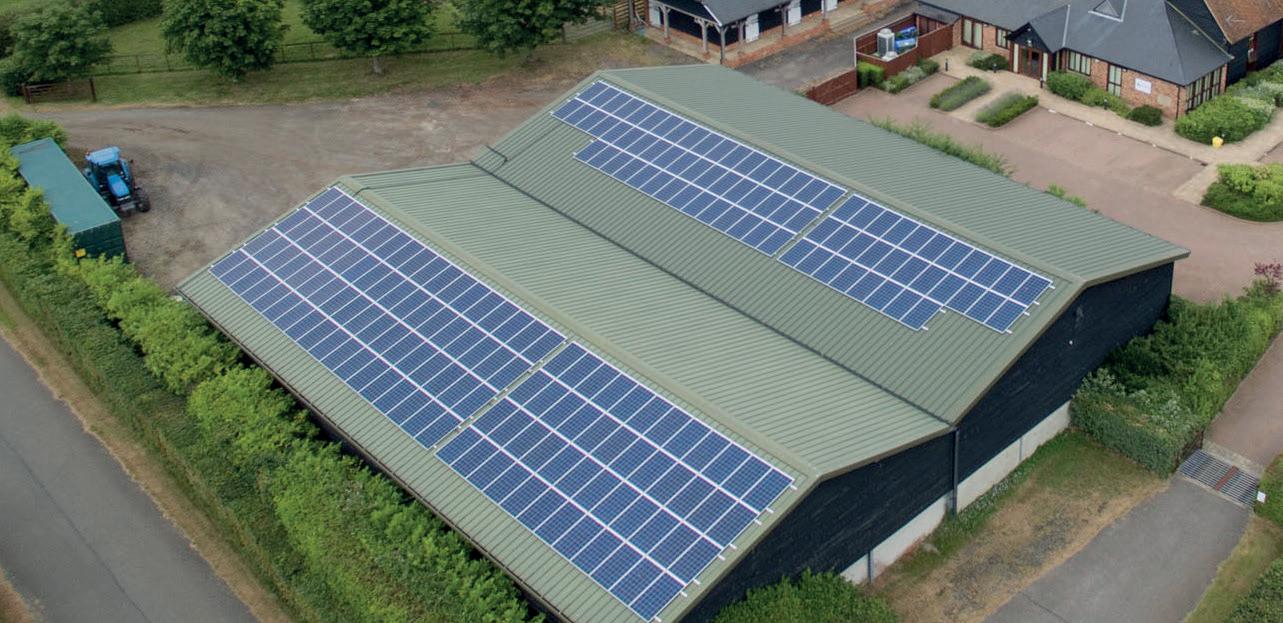

IT has been three weeks now since the BBC documentary Brian May: The Badgers, The Farmers and Me was released and I am surprised to constantly see the negative criticism from BCVA, the TB Advisory Service (TBAS) and more recently AHDB.
How can these organisations keep criticising what has been happening, if they have never visited our farm or picked up the phone to discuss what has been achieved?
The documentary was only onehour long. I understand when the editors had edited, they got the programme down to three hours. They then had the hard job of reducing it to one hour. Maybe it should have been left at three hours and
FARMERS had their say after Farmers Guardian reported on TV personality and social media influencer Farmer
Will’s call for agriculture to be taught in schools (farmersguardian.com)
■ “Farming is the most important job in the world. And one of the hardest. And one of the most underappreciated. Even if they don’t go on to be farmers, kids in schools should know how and where all of their
showed more content, but this was not in our control.
The main goal was to remove bovine TB from our dairy cows and for nearly 10 years we have battled with this and the bureaucracy associated with all the bTB testing. It worries me greatly that there is now a race to verify the tests we were using, to get rid of
consumables [and more] come from. So they can make choices on healthier lifestyles and sustainable futures.”
FARMING WITH THE GRAY FAMILY
■ “Agree, however I work in an agri college, and unless we do something to support farmers to come into teaching I worry for the future.”
NIKKI KNIGHTS
■ “I work at an agricultural college. We do food and farming days for primary
bTB in our herd. This will just mean killing more cows.
Our thoughts were to use very sensitive testing and to manage our way out of bTB, the same way as you would work with Johne’s.
The current compensation does not cover a cow at the beginning of their lactation.
school-aged children to come in and see where their food comes from. I am staggered how many children haven’t got a clue where their food comes from – very sad.”
TESS CAMPBELL
■ “You have to experience years of going ‘through it ‘ with the seasons to be an experienced farmer. No teacher can teach you that.”
LYN HODGSON
Many farmers are having to do gamma tests right at the beginning of lactations and on a block calving herd the financial burden of losing cows at this time is devastating. We have been criticised many times for what the documentary is doing to farmers’ mental health, I personally think the current testing is doing a good enough job of this already.
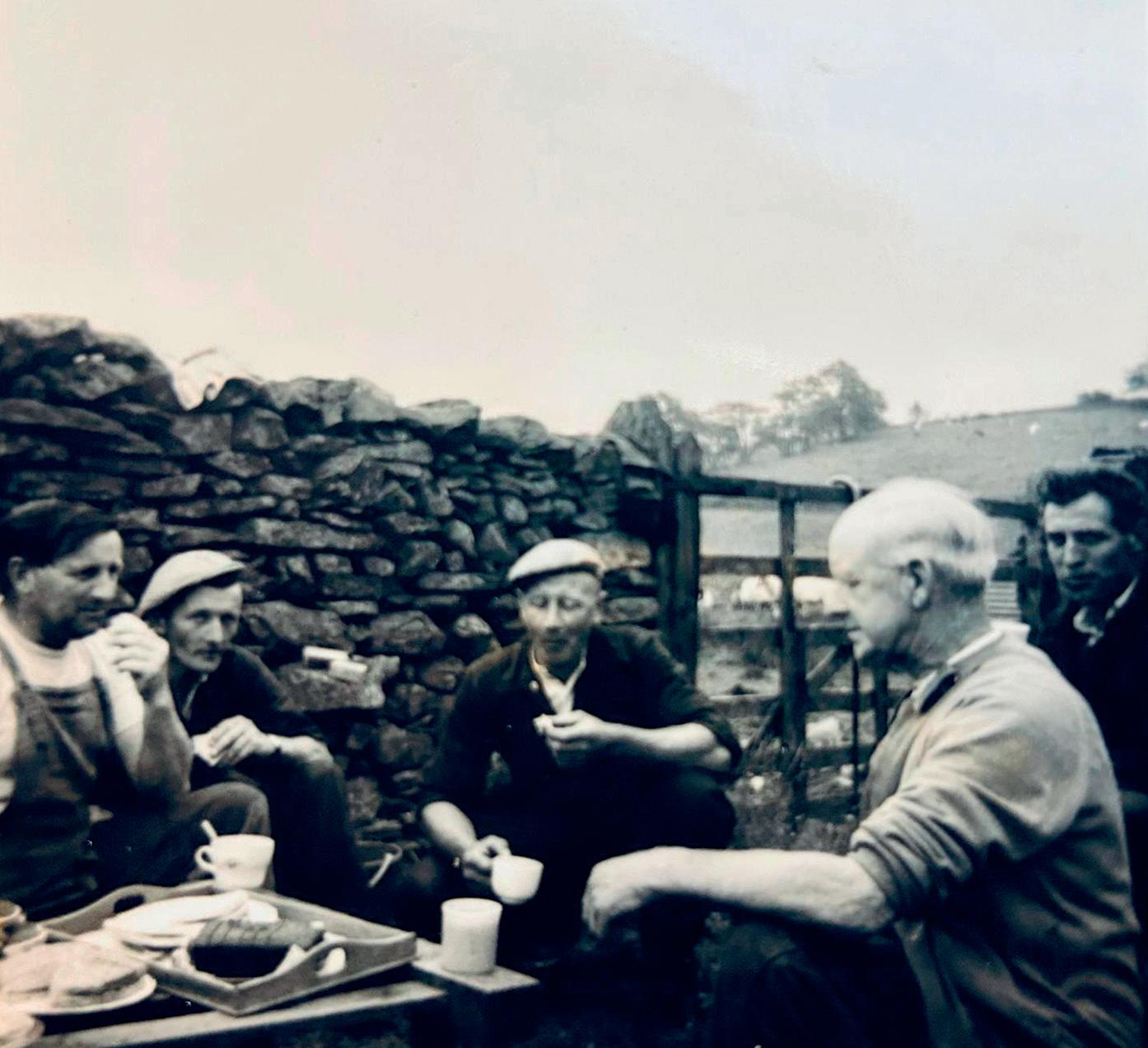


Tea break after the morning sheep clipping session at Killington Park, Cumbria, which Joe German rented. From left: Jim German, Eddie German, Bob Tyson, Joe and Richard Bownass. Sent in by Joe’s grandson James German.
I went to the national TBAS meeting at Worcestershire last autumn. We were all told how successfully everything was going, but when we left we were asked to put out votes of positivity and negativity in a jar. It was very obvious to me that the people attending the meeting did not agree. The negative jar was nearly full, with very few votes in the positive jar.
I also went to a local bTB meeting where you listen to the usual regarding bTB and nothing was mentioned about the use of enhanced testing. When I questioned the use of these tests, the reply from the Animal and Plant Health Agency (APHA) was that farmers would get no compensation for positive cows using this test.
We don’t get compensation for Johne’s disease, BVD or mastitis, but we manage these diseases. On one of our many discussions with APHA over the years I was once told we weren’t allowed to use enhanced testing as we might cull a cow before it gets bTB.
your personal data that you disclose to us by entering into our competition to win £200 for the Stockjudging Competition or £20 Love2Shop vouchers for the weekly Crossword Competition, referred to throughout this statement as the “Competitions”. How we collect your information: We collect the personal data you have provided to us by filling in the form on our website www.fginsight.com OR printed form when entering the Competitions. If you have entered the Competitions via our site we may also collect some technical information about how you use our site, for example, the type of device you are using, your operating system, IP address, uniform resource locator (URL), clickstream and length of visit. How we use the information you provide: We will use your personal information: • to administer the Competitions, on the basis that the use of your personal data for this purpose will be necessary to enter you into the competitions and, if you are successful, contact you to notify you of your prize; and, • if you are new to Farmers Guardian and where you have agreed to this, to provide you with news and updates from time to time about our services; and, if at any point in the future you do not wish to receive any news and updates from us or from, you can unsubscribe from our marketing list at any time by following the steps below. To unsubscribe from any communications using the link on the email we send you or by emailing us at dataprotection@farmersguardian.com. We will not use your information for any purposes except those listed in this policy without letting you know and getting your permission, if necessary, first. Who do we share your information with? We will not disclose your information to any third parties without your consent, except where: • it is necessary to enable any of our staff, employees, agents, contractors, suppliers or commercial partners to provide a service to us or to perform a function on our behalf; • we have a legal obligation to disclose your information (for example, if a court orders us to); or • there is a sale or purchase
The whole story of what has been happening at Gatcombe is too long to put in one short letter. I have received 40-plus messages from farmers about the documentary, with the worst comment being, ‘I don’t agree with everything but it was very informative’.
My hopes were that the documentary would create a big discussion and hopefully an overhaul of the whole TB situation. I think it has started this, but we need this done by farmers who work on the ground, not politicians and others who, in my opinion, don’t understand what TB is doing to our industry.
Robert Reed, Devon.
I AGREE with Jonny Hanson (FG, September 20) that ‘our perspective on the potential introduction of lynx, wolves or bears to Britain are likely to be influenced by how close we live to the land. We should take seriously the perspectives of those who make their living from it’.
He surely, though, meant to add ‘and keep me and the rest of the population alive’.
Gillian Herbert, Herefordshire.
Chris Brayford News and Business Reporter – chris.brayford@agriconnect.com

IT WAS interesting to see the contrast of two Conservative Party Conferences within the space of a year.
Going from the party in power at last year’s conference, held in Manchester, which could not envision the thought of being out of Government, to one in Birmingham which had just faced its worst election defeat in more than 180 years, was staggering.
Former Prime Minister Rishi Sunak said the Conservatives had let voters down, while ex-Defra Secretary Steve Barclay also specifically said the party had disappointed farmers while in Government.
Mr Barclay is now the voice of opposition as Shadow Defra Secretary, against Labour’s Steve Reed. Talking about his own party’s record, Mr Barclay pointed towards the ‘bureaucratic nature’ of Government and the limited power that politicians held when trying to implement policies.
‘Farming has always been at the heart of who I am’
Hard work: Growing up at the Castell Crugiau Farm in Ceredigion with my family, I learned early on the value of hard work and the deep satisfaction that comes from caring for the land and livestock.
Farming has always been at the heart of who I am.
From a young age following my grandparents’ footsteps, I knew I wanted to pursue a career in agriculture.
Education: When it came time to choosing where to study, Coleg Sir Gar was the natural choice.
I can honestly say that my time at the facility’s Gelli Aur campus has shaped both my career and my future in farming.
The lecturers were incredibly supportive, always pushing us to think critically about the challenges facing the agricultural industry.
The hands-on approach and
support from lecturers provided me with exactly what I needed to develop my skills and understanding.
Recognition: Winning the Royal Welsh Student of the Year 2024 award was a huge honour.
I believe it was only made possible because of my time at Gelli Aur.
That moment felt like a culmination of all the hard work and passion I had put into my studies and our family businesses.
It gave me the foundation to manage these pressures and the confidence to think about farming in a forward-looking, innovative way.
Applying what I had learned in the classroom directly to the college farm allowed me to see the bigger picture of how modern farming works.
My time at Gelli Aur and winning
An NFU fringe event being held at the conference highlighted the ‘confidence crisis’ the sector faced from flooding, the dwindling of the Basic Payment Scheme, and trade deals with the likes of Australia which had caused ‘harm’ to farm businesses.
It is going to take a full re-examination of the Conservative Party to fully digest the problems it faces in winning back rural voters who had abandoned them at the General Election a few months ago.
The Conservative Party must prove they can rebuild trust with farmers and provide the certainty the sector has been longing for since Brexit, something it arguably failed to deliver upon during 14 years in Government.
The Shadow Defra Secretary claimed the Conservatives were the only party which ‘truly’ understood farming communities and ‘championed’ rural issues in Parliament.
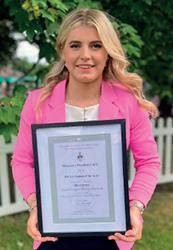
Ela Harries
the Royal Welsh Student of the Year award are milestones that have shaped the direction of my career.
Studies: My journey has now taken me to continue my studies at Harper Adams University to study agriculture, where I am eager to broaden my knowledge.
Ceredigion
While my education has equipped me with the skills to succeed, the realities of farming today bring their own set of challenges.
Challenges we face include the increasing cost of production –whether it’s feed, fertiliser or fuel.
While farming has always been a demanding profession, these challenges are pushing many of us to find new ways to adapt.
That’s where I believe my time at Gelli Aur has really paid off. It gave me the foundation not only to manage these pressures, but the confidence to think about farming in a forward-looking, innovative way.
MORE INFORMATION
If you would like to be featured, email chris.brayford@agriconnect.com
Edited by Alex Black

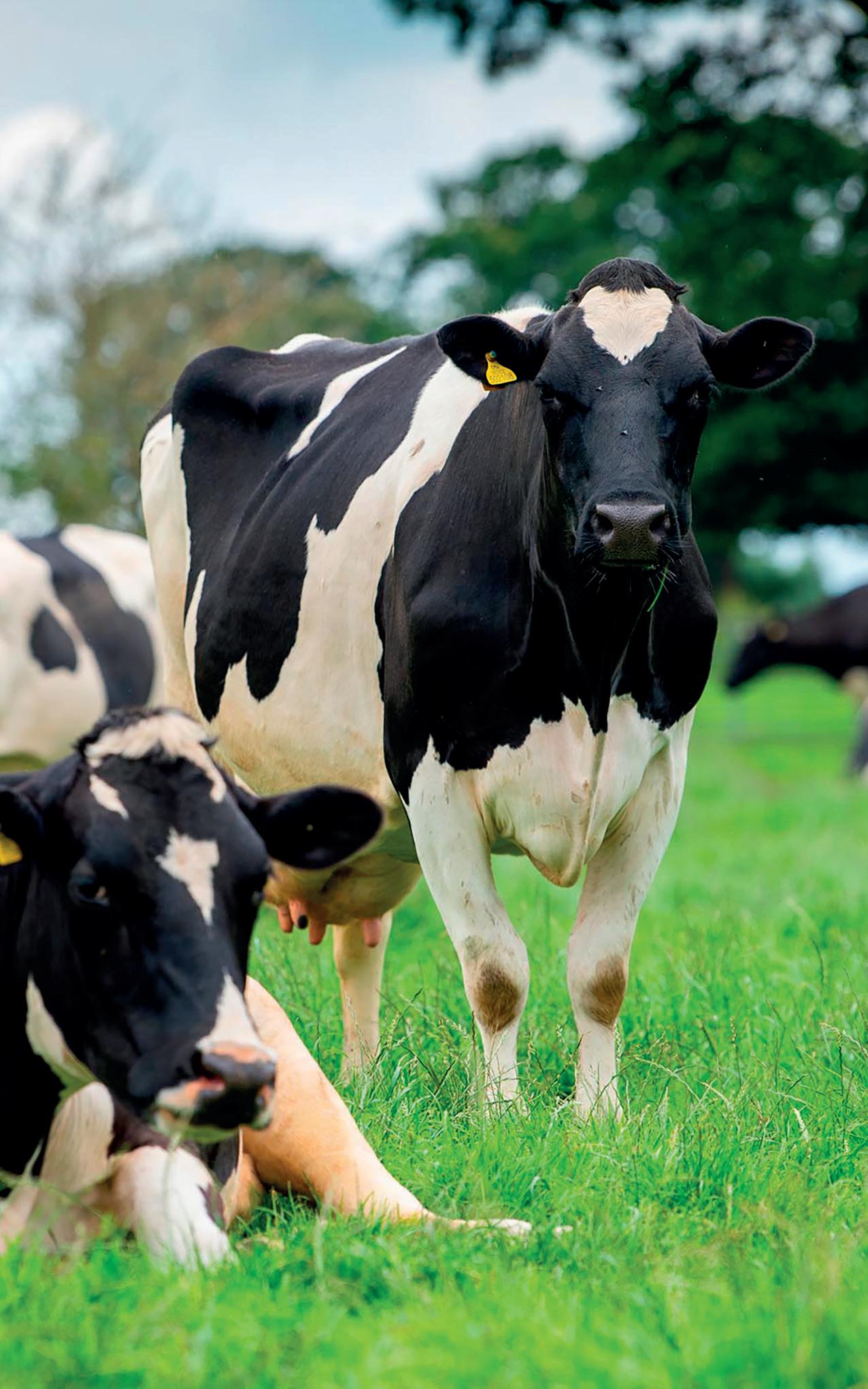
In the first five months of the 2024/25 milk year, GB milk production was down 0.9% to 5.258 billion litres.

As processors announce the latest farmgate milk prices, Cedric Porter takes a look at the outlook for dairy.
● Milk prices supported by butter and cream
THERE has been another round of milk price increases, taking values to their highest since early 2023, when they were on the way down.
Arla said that its manufacturing price for conventional milk would rise in October by 1.69ppl to 45.02ppl, with the organic price up a similar amount to 55.89ppl. The organic price was only 1.13ppl less than the all-time high in November and December 2022, while the gap in conventional prices was still 7.22ppl.
Arla farmer director Arthur Fearnall said: “The increase is driven by the strong demand and additionally fuelled by the current lower milk volumes traditionally associated with this time of year and limited availability of fat in the EU.”
Muller increased its November price by 1ppl, giving the producers who supply under its Advantage programme a price of 42.25ppl.
Muller head of agriculture Richard
Yes that’s right! FREE LEGAL ADVICE on all matters involving land and business disputes. Whether it’s a new matter or a second opinion on an existing case call now and find out what we think and where you stand. For a FREE down to earth opinion on any land or commercial dispute please contact Specialist, Ian Procter (Solicitor) direct at 01254
Collins said: “We are pleased to see stability in the market, yet we also recognise the ongoing pressures on our supplying farmers and will, as always, continue to monitor supply and demand.”
Elsewhere, Wyke Farms increased its October price by 0.45ppl to 42.93ppl, and Barbers announced a 0.62ppl rise to 43.03ppl. Freshways has already announced 1ppl increases for October and November, taking the November price to 42ppl.
Farmgate milk prices were being supported by wholesale dairy product prices, particularly butter and cream. In the four weeks to the September 22, average butter prices jumped 10% to an all-time high of £6,730/tonne, which represented an 81% increase on the year, according to calculations by AHDB. Bulk cream prices were up 91% on the year and 16% on the month to a record of £3,147/t.
AHDB expected continued price support for butter and cream as orders ramp up for the Christmas period.
UK DAIRY took centre stage recently as more than 40 international buyers and 60 British and Northern Irish businesses took part in the Government’s Dairy Showcase, an industry-wide event aimed at boosting global exports.
The week-long programme,
which was developed by AHDB in consultation with the Dairy Export Taskforce and wider industry, was designed to increase overseas buyers’ understanding of British farms and the high standard of dairy production.
Exports Minister Gareth Thomas said: “The UK dairy industry is
among the best in the world, exporting £2 billion of goods to over 130 countries last year.
“We are backing our dairy producers – many of whom are SMEs – so they can increase their exporting capabilities, use trade agreements to access new routes to market, and continue to thrive
and grow our economy.”
As part of the week, AHDB ran tours to dairy farms and processors in Somerset, Gloucestershire, Shropshire, and Lancashire for delegates to gain first-hand experience of the farm-to-fork story of British dairy produce.
DAIRY farmers’ profits dropped more sharply than many expected in 2023/24, but rising milk prices mean the outlook is significantly brighter for the year ahead.
According to the Milk Cost of Production report by Old Mill and the Farm Consultancy Group, which was unveiled at the Dairy Show, the average income from milk in 2023/24 was £2,910/cow –a drop of 19% year-on-year. Cost of production was £3,153/cow.
After accounting for non-milk income, but excluding Basic Payment Scheme income, rent, interest, drawings, tax and capital expenditure, and including
depreciation and a labour charge of £30,000 per full-time partner or director, businesses averaged a profit of £152/cow, down yearon-year from £914/cow. The fiveyear average was £478/cow.
The average herd size fell from 303 head to 295 head, while yields dropped from 7,906 litres/ cow to 7,256 litres/cow.
The 2024/25 milk year is expected to return a milk income of £3,308/cow against a cost of production of £3,122/cow, with expected profits predicted to rise to £590/cow.
The increase in other product prices has not been so marked. Skimmed milk prices rose 6% in the month and by 16% over the year to an average of £2,150/t – that is still more than £1,000 less than the 2022 peak.
Mild cheddar prices rose 8% in the month and by 27% over the year to £4,150/t. They were above £4,900 two years ago. The rise in UK wholesale prices has been greater than European ones.
In the year to the end of August, butter prices rose 55%, whey was up 26%, skimmed milk powder up 7% and cheese values were up just 2.5%, according to the EU. Much of that small growth in cheese prices was in the previous month. The Global Dairy Trade auction on Tuesday saw a 1.2% change in prices.
The increase in farmgate and wholesale prices has not yet prompted an increase in production, with AHDB calculating that GB milk production in the first five months of the 2024/25 milk year was down 0.9% to 5.258 billion litres, with continued pressure for the rest of 2024 and a small recovery expected in the first three months of 2025.
That could take 12-month production to the end of March 2025 to 12.283bn litres – 0.3% down on the season before.
Susie Stannard, lead dairy analyst
at AHDB, said: “Given rising milk prices and the best milk price to feed ratio for almost two years as feed prices come under pressure, you might expect an increase in production.
“But there are other headwinds at play that are dissuading dairy farmers to up production. A lack of labour is one issue, while a need to invest to meet new environmental regulations is another.
“Meanwhile, borrowing costs remain high and there is the legacy of last season’s poor weather, with recent wet weather not instilling any confidence. On top of that, there is the threat of bluetongue.”
Production has not only been under pressure in the UK, but crucially in Ireland too – the UK’s largest external supplier of dairy products.
In the year to July, production in the country was down 6.8% to 8.178bn litres.
“Ireland is a major supplier of butter and cheese to the UK, so the reduction in output is having an impact on the British market,” said Ms Stannard.
Striking a positive note, she said: “There are still plenty of opportunities for dairy production in the UK and we have not seen a big drop off in cow numbers, suggesting that there are still farmers who believe there is a future in milk.”






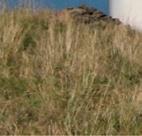
















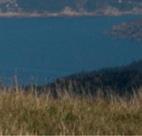



● 6% of productive land in England not used
By Cedric Porter
UK GROWERS harvested a wheat crop in the region of 11.7 million tonnes this year, giving them the third smallest crop to sell in 40 years. The figure is almost 25% down on 2023.
In July, AHDB estimated 1.56m hectares of UK wheat were planted for harvest in 2024, while in its latest
harvest survey of the 2024 season, it puts the average yield at 7.5 tonnes/ha with combining virtually complete, 7.3% lower than the five-year average. Quality was reported to be variable but manageable, with decent Hagberg Falling Numbers. Average UK production in the last five years is 12.955mt, which is 14% less than the previous five years.
Meanwhile, the area is down by only 8%, suggesting yield issues, as well as a greater reluctance to plant wheat. Using other AHDB data, the oilseed
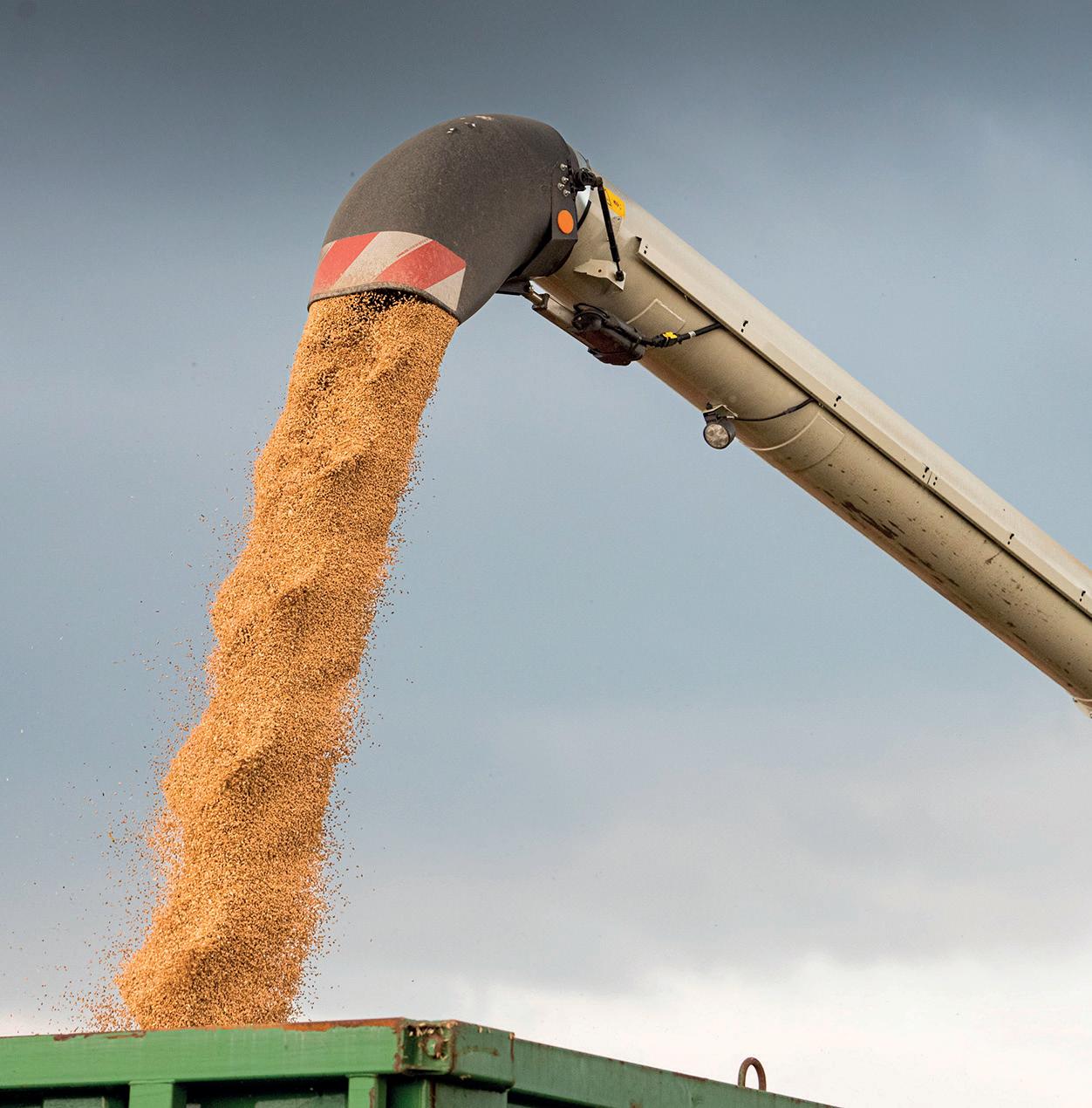
rape crop is about 912,000t, with area down 21% and yields at less than 3t/ha.
That would make it the smallest crop since 1985 when it was still establishing itself in the UK.
Difficulty planting winter crops last autumn also meant an 11% drop in winter barley area to 395,000ha, while AHDB expected an average yield of 6.13t/ha, giving a crop of 2.42mt.


Growers did plant 18% more spring barley to compensate for some of the decline in winter plantings. The AHDB latest yield estimate of 5.68t/ha and an estimated area of 790,000ha means a national crop of 4.487mt.
The combined winter and spring barley figure of 6.908mt would still be 5% lower than in 2023, despite the boost in spring output. Oat production could be 950,000t, 14% more than in 2023, but under the 1mt-plus crops seen between 2019 and 2022.
While the lack of production is sobering, so is the uncropped area. Defra calculates 581,000ha of English arable land was left uncropped this year, more than twice the rate in 2023 and the highest figure since 2003, when there was compulsory set aside in return for support payments because of European over-production.
Helen Plant, senior cereals and

In July, AHDB estimated 1.56 million hectares of UK wheat were planted for harvest in 2024.

oilseeds analyst at AHDB, said: “The estimate of productive land not being used equates to 6% of the ‘total croppable area’ in England.
“On the face of it, this could negatively impact grain and/or oilseed production. However, any land submitted into these schemes is likely to be the poorer performing land or replacing crops which have persistently struggled to establish.”
The EU has also seen small crops – soft wheat production for the 27 countries is estimated to be at 114.6mt by the European Commission – a drop of 18% on 2023.
The lack of European cereals has had little effect on the global market. That is more influenced by concerns over winter plantings in Russia and Ukraine, which is being counterbalanced by good conditions in the US and lower than expected corn exports.
At the start of the week, November 2024 feed wheat futures were at £183/t on the London ICE exchange, £4/t up on the week, but £35 off the price in May.
Growers could lock in prices of £195/t for November 2025 and £200/t for November 2026.
SOURCE:
With sustainable food production in focus across the world, Rachael Brown heard from agri-tech leaders on the future of farming at the World Agri-Tech Innovation Summit.
l More important to think about it as systems
REGENERATIVE agriculture has been pivoting across multiple debates in recent years from who has the right to be talking about it and doing it, to what it actually is.
As part of a discussion at the World Agri-Tech Innovation summit in London on September 29, panellists explored whether it would be helpful to define regenerative agriculture.
Co-founder and chief executive of soil-carbon start-up Agreena, Simon Haldrup, said he was in favour of verified data to be able to measure outcomes from regen, but a definition was a ‘total waste of time’.
He added it was more important to think about it as systems, ‘not a single practice’, with regen agriculture operating differently in different countries.
Andre Eitner, director of global climate action agriculture and Europe positive agriculture at Pepsico, said: “There is value in providing some guidance and framework around how you arrive at meaningful regenerative systems for your farm that is right for your farm and landscape for the risks you are trying to mitigate.”
But he said a certification scheme would lead to an ‘us against them’ conversation and a ‘little bit of ambiguity’ was needed.
However, Jake Pickering, senior agricultural manager at Waitrose, said the industry must define it.
He referred to the success of the wel- fare tiers in the egg sector and customers’ ability to ‘trade up’
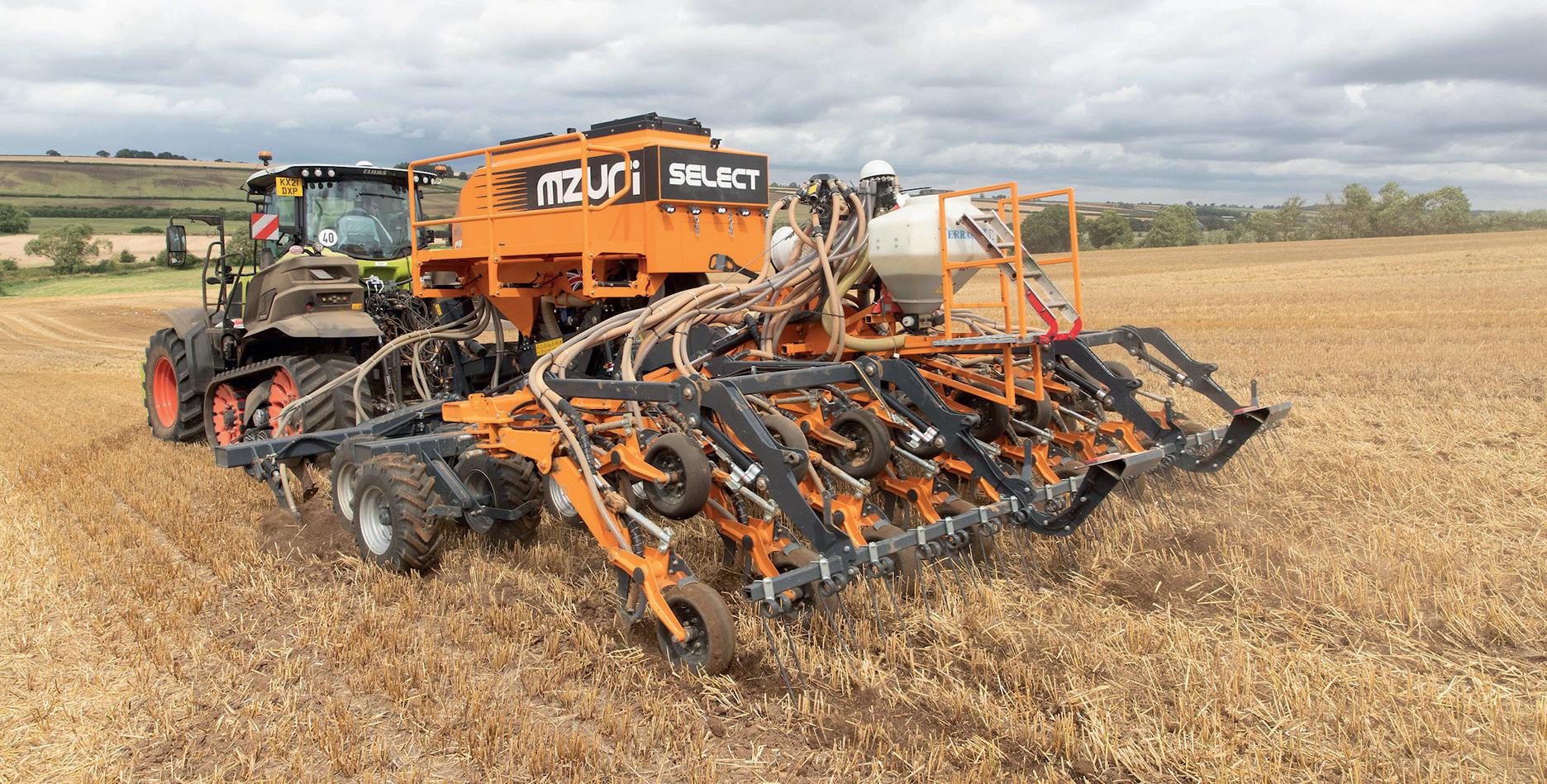
THE challenge in Europe is how the sectors balance resilience and food insecurity with decarbonisation of the value chain.
Speaking on a panel at the summit, Neil Kay, vice-presidentagricultural solutions EMEA West at BASF, said: “We are way beyond climate change being something in the future, it is here and now.”
Within the context of Europe, he said regulation, how regulation was
between tiers, with farmers being paid more dependent on what tier they farmed within.
“I think without defining what the journey looks like and communicating it clearly back to customers, I do not
CONFLICT is still the biggest driver of hunger across the world, alongside the impact of climate change and global economic shocks. But despite all these challenges, society worldwide can and must end poverty and hunger in the world and create food security.
In his opening speech at this week’s summit, Gunther Beger, of the United National Industrial
A definition for regenerative agriculture would be a ‘total waste of time’, according to Simon Haldrup.
Development Organisation, said one of its top priorities was food security, adding for most of its partner countries in the global south, agriculture and the food sector was still the ‘number one’ contributor to the economy.
“Our organisation is investing around 20% in the issue of food security. Today, two billion people still suffer from hunger, malnutrition
financed and data utilisation in the value chain were three key solution areas to help growers tackle such a challenging environment.
“How we incentivise our growers and the industry and how we incentivise innovation adoption is critical. But while incentives can light the fire, it is not a sustainable solution.
“We need a reward system in Europe that is progressive,
see how we are going to get where we need to.”
Mr Pickering added food labelling based on carbon credentials was vital.
“Consumers need to be able to compare half dozen eggs across multiple
and undernourishment,” he said, adding in 2030 it is projected 600 million people will still be facing hunger.
To create a world ‘without hunger’, Mr Beger said there were five focus areas, including necessary financial investment, sufficient infrastructure, empowerment of women, fairer supply chains and climate smart agriculture.
which incentivises new techniques and incentivises the right adoption of inputs.”
Patrick Pagani, deputy secretary general, Copa-Cogeca, said ‘stability’ and ‘predictability’ for farmers was important, alongside a better understanding of the legislative picture, fairness in the supply chain and input from both public and private sector.
“Farmers alone will not manage to do this transition,” he added.
retailers. If we are all using different language, different metrics to communicate the climate and carbon impact, it makes it harder for them to get the best value for them,” Mr Pickering said.
SYNGENTA has confirmed plans to cut around 150 jobs at its Basel headquarters by the end of the year. It follows a downturn in its crop protection business, with suggestions farmers have built up inventories of seeds and insecticides following the pandemic.
Up to 150 of the 1,100 positions will be affected. Syngenta employs 60,000 people globally.



The story of wool is one which is woven into the rich tapestry of this country’s history.
From the booming wool trade of the Middle Ages, upon which so much of the wealth of East Anglia was built, to the past 300 years, in which sheep have helped shape some of our most iconic UK landscapes, wool is a fundamental part of the rural social fabric.

CHECK OUT OUR FG180 HUB
For more features celebrating 180 years of Farmers Guardian, see farmersguardian.com/fg-180

And today, wool remains a natural fibre with sustainable properties unmatched by its competitors, its supporters say.
This week marks the start of Wool Month, dedicated to celebrating wool’s benefits and call on consumers to choose wool.
King Charles has long supported the use of wool to combat the rapid increase in the use of synthetic fibres and microplastics which dominate modern fashion.



The Campaign for Wool, initiated by King Charles when he was Prince of Wales, aims to educate consumers throughout the Commonwealth about the benefits of wool. Tom Ryder reports.


During his time as a student more than 50 years ago, King Charles championed the qualities wool had to offer, a sentiment he raised in a time of emergent mass production of plastics.
Reinforcing these beliefs in 2008, King Charles initiated the Campaign for Wool.




Officially launched in 2010, the notfor-profit organisation is dedicated to supporting wool growers throughout the Commonwealth.
Campaign for Wool is partnered globally by organisations focused on wool production, such as British Wool, Campaign for Wool New Zealand, Cape Wools SA and Australian Wool Innovation/Woolmark.

consumers about the benefits of wool, including being 100% natural, renewable, sustainable and biodegradable, along with its thermo-regulation and multi-climatic properties.
Wool is a natural insulator, improves air quality and noise reduction, as well as being hard-wearing, resilient and odour-resistant.
As climate change becomes an increasingly prevalent issue in daily life and the nation is encouraged to reflect on managing its contribution, wool’s natural benefits cannot be ignored.

The campaign aims to educate


global plant pollution and climate change.
Ocean pollution, also a significant global issue, is not negatively contributed towards by the disposal of wool fibres as wool biodegrades in water.
Conversely, man-made fibres and their microplastics which find their way into our oceans can harm wildlife and take up to 1,000 years to break down, and are starting to make their way into the food chain.

of how we operate and to evolve our economic model, putting people and planet at the heart of global value creation.
“The only limit is our willingness to act, and the time to act is now, and we can all make a difference.”
Wool’s biodegradability in soil suggests that when thrown away it adds nutrients back to the earth, as demonstrated by its use as a fertiliser.
This constitutes a stark contrast to man-made fibres which are disposed of through landfill, contributing to

King Charles, quoted when he was the Prince of Wales, said: “By investing in nature as the true engine of our economy we have an incredible opportunity to reinvigorate sustainable industries. Wool’s sustainable and biodegradable properties provide a unique, natural option for us all to reassess our environmental values and purchases.

“We need to put nature at the heart

Consumers are often tempted by the cheaper prices of synthetic clothing. However, in a climate of fast fashion and mass production, Campaign for Wool aims to re-invigorate the wool industry and change the perception around wool’s high prices.
The campaign recognises that, in a cost of living crisis, only when considering cost per wear rather than cost per item can wool become the financially-viable option.

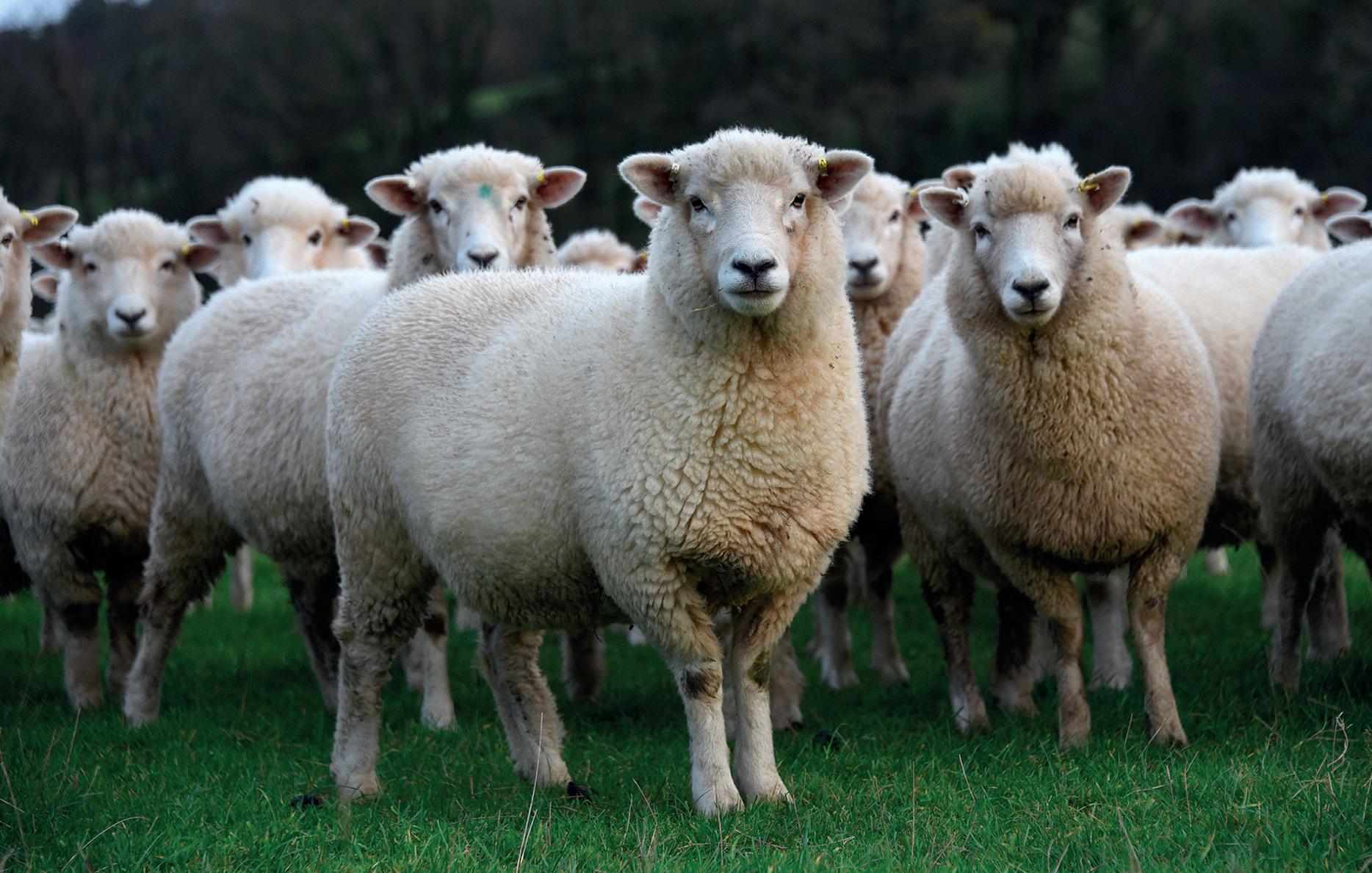

Wool is a fundamental part of the UK’s rural social fabric.

The organisation’s belief is that wool’s hard-wearing and resilient nature allows garments to last and look better for longer.
Chair of Campaign for Wool, Sir Nicholas Coleridge, said: “Following many recent global events, farmers and wool processors still face some of the biggest challenges in manufacturing, often being left to absorb the costs of rising energy prices and reduced margins within the residential and commercial interiors and lifestyle sectors.


“Despite this, Campaign for Wool’s supporters remain steadfast.
OCTOBER’S Wool Month is aiming to celebrate beautiful wool products to showcase the versatility of wool and continue to educate consumers about its value.


One objective is to promote sheep farming to create textile products which are genuinely traceable and sustainable.
In 2023, with a focus on the versatility of the fibre, the key messaging was ‘Keep Warm With Wool’.




Wool’s sustainable and biodegradable properties provide a unique natural option for us all to reassess our environmental values and purchases



“They are the unsung heroes of tomorrow, working with small communities and farmers, bringing muchneeded employment to rural areas, keeping artisanal skills alive and creating world-class products with sustainable and transparent supply chain credentials. If only all businesses operated in this way.”
Campaign for Wool is also combatting misleading advertising of acrylic and synthetic products.

As such, Campaign for Wool is encouraging consumers to choose their purchases wisely, to check the label and ‘Check it’s Wool’.

Wool chief executive Andrew Hogley said: “Wool is in the global commodity market, competing against man-made, oil-based fibres. To address


KING Charles’ support for British farming, and specifically sheep farmers, is not limited to the Campaign for Wool.
Founded in 2004, the Mutton
Renaissance Campaign aims to promote the consumption of The King’s favourite meat. Since its inception, the campaign has ensured the return of mutton
These retailers often include natural and agricultural imagery which may distract from shoppers’ concerns about the fabric they are seeking.
Campaign for Wool, aware of the challenging cost of living, cited research which suggested wool flooring could save up to 13% on energy costs.
Last year’s event also brought about a focus on wool products to improve sleep quality.

Research suggests that wool pillows, duvets and mattresses can help to regulate changes in body temperature through its natural thermo-regulation.



KING CHARLES

this we need to increase awareness and purchases of wool, such as through Campaign for Wool initiatives and events during Wool Month.”

to countless menus across Britain and aided in the availability of the meat by providing British farmers with opportunities to sell their stock.
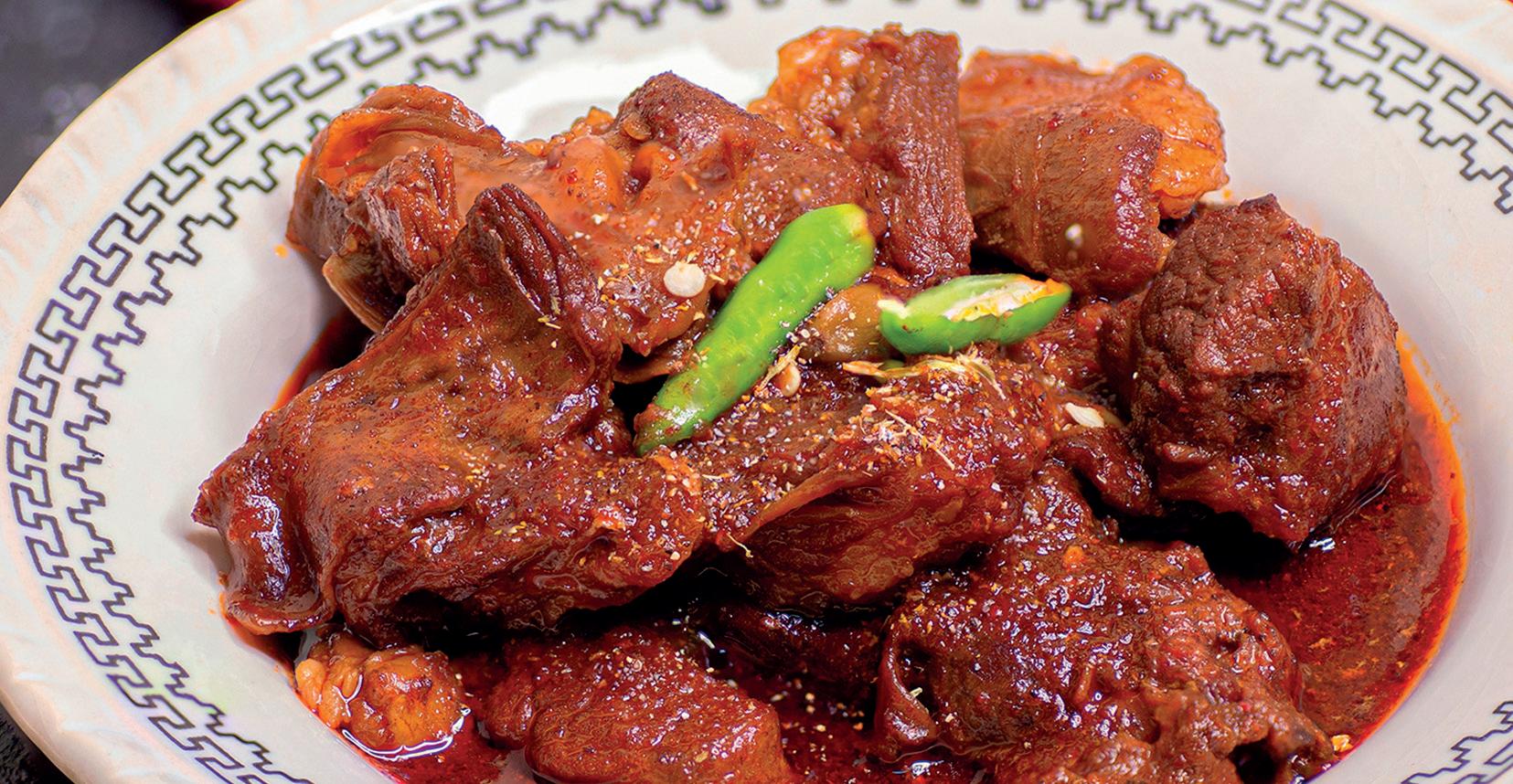


Edited by Angela Calvert – 07768 796 492 – angela.calvert@agriconnect.com
For more features, go to farmersguardian.com/farm-life
Ross and Elaine Pattinson worked hard to secure a tenancy of their own and have endeavoured to make their business as robust as possible for the family’s future. Howard Walsh finds out more.
From small beginnings, Ross and Elaine Pattinson eventually achieved their ambition and now run the 227-hectare (560-acre) all-grass Temon Farm on the side of the busy A69 east of Carlisle, and with a supportive private landlord, have developed their basic enterprises which effectively intertwine. R oss says: “We now have our pedigree Top Side British Blues,
■ Tenants on Temon Farm, Low Row, Brampton, Cumbria
■ 227 hectares (560 acres); all grass
■ Wide range of soil types from heavy through to sand and black peat; three-quarters original in Less Favoured Area
■ 183 metres (600ft) above sea level; about 1,000mm rainfall
around 140 cross-bred dairy cows in-milk, a traditional barn converted to create a milk vending station and ice cream sales counter for the general public. Then we have the sheep which utilise the rougher ground and can clean up after the cattle.
“We are using dairy heifers as recipients to carry Blue embryos, which is working well and so around 25 pedigree Blues were born last year.
“While we have a milk solids- based
■ Pedigree British Blues; 180 dairy cattle including followers; 200 Scotch Mule and Cheviot Mule ewes
■ Herd averages 6,200 litres at 4.8% fat and 3.5% protein
■ On-farm milk vending machine; home-made ice cream; ice cream trailer at markets and events
■ Contractor services for silage and slurry
contract with Yew Tree Dairies for most of our milk, we are also pasteurising ourselves for our retail milk and ice cream sales. But we have had lots of help along the way from both families in all parts of the business.
“My dad, Robert, still helps parttime on the farm and my mum, Sheila, helps on the ice cream side, while Elaine’s uncle Alan contracts our silaging.”
Since Ross and Elaine first got together, and both with farming experience, their ambition was to have a farm of their own, with that opportunity coming in 2011 when Temon Farm came up for tender, which at the time was 146ha (360 acres).
“My grandparents farmed and I spent a lot of time there as a child when they had sheep, their pedigree Gerrard Holstein herd – which I also milked later on – and Simmentals which they showed.
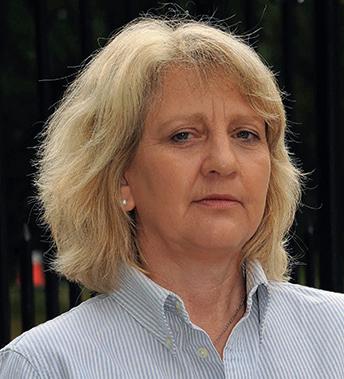

“My father was not a farmer, but we did have a bit of land and a few sheep and gradually increased acreage and sheep numbers and we were able to put a bit of money together from selling lambs,” says Ross, who is a former chair of the Border British Blue Club.





The farm has about 140 cross-bred dairy cows in-milk.
“Elaine’s grandparents also farmed beef and sheep and her late father had a few Blue cows and also used a Blue bull on commercial cattle to breed show calves, so she has always had an interest in agriculture as well.”
By the time Temon Farm came on the tenancy market, Ross and Elaine were married and expecting their first child Lexi, and were renting about 121ha (300 acres), a smallholding, had some commercial cattle, a nucleus of pure British Blues and were lambing some 600 ewes.
Ross adds: “Tendering for Temon Farm seemed a sensible move for us, and while we might have preferred a lower ground farm nearer the west coast, this more marginal place had a lot going for it, not least cubicle sheds, silage pit and slurry system.
“About a third of the land is around the buildings on one side of the road and the rest is on the opposite side, but with an access tunnel underneath the
Ross and Elaine Pattinson have been tenants on the 227-hectare (560-acre) all-grass Temon Farm, in Brampton, Cumbria, since 2011.
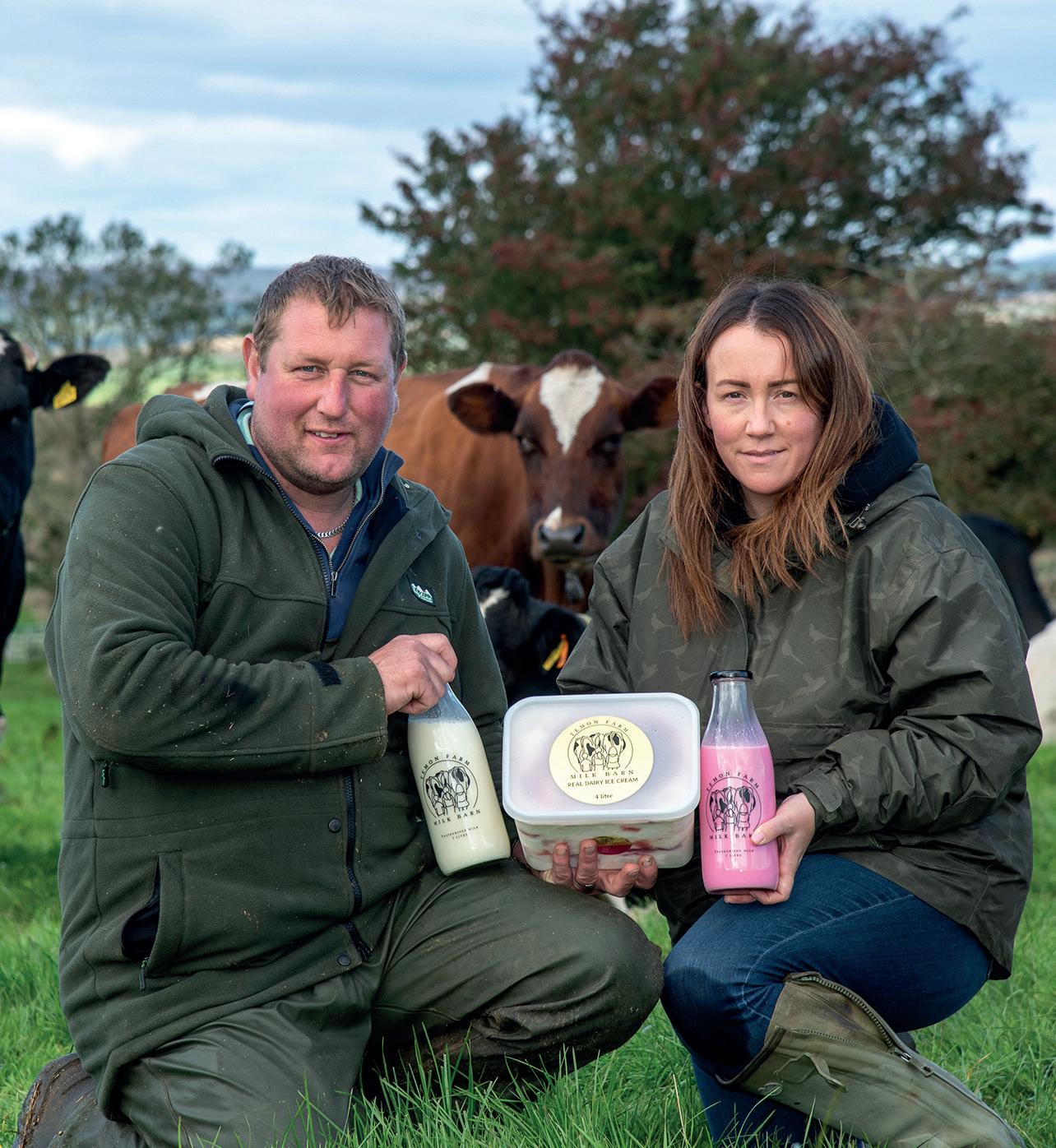
road and we have cow tracks as some of the grazing land is up to a kilometre away.
“I think that being an established family stood us in good stead when we tendered. We already had stock to move on, and we planned to initially contract rear dairy heifers as well,” says Ross.
The tenancy was initially for 15 years, but in 2018 when Ross and Elaine decided to go into dairying, seeing it as a long-term commitment, they approached their landlord for an extension before embarking on the investment necessary for the dairy enterprise and he was happy to do that.
Ross says: “The cubicle beds are the same dimensions as they were for beef cows, but we replaced the Newton Rigg cubicles, and we had already put in automatic scrapers for the dairy heifers we were contract rearing. We have since added another cubicle shed and strawbedded shed, and excavated a onemillion-gallon lined slurry lagoon across the road.”
However, both have a passion for British Blues, particularly those with plenty of muscle and height to produce show calves. After Elaine’s father died, her grandparents gave them a calf, Lowthwaite Cuddles,


We believe we were actually the only breeders in the UK with a polled Blue. That set us on a quest to pursue the polled genetics
ROSS PATTINSON
which was suckling its dam, and that was basically how Top Side Blues came into being.
In 2008 they bought Annanwater Adonie in Andy Ryder’s dispersal sale and only two or three females have been bought-in since then, with the focus on breeding up from what they already had. Before the dairy cows came, pedigree embryos were implanted in beef cross dairy heifers, but as most of the resulting progeny were sold, a nucleus of adult Blue cows remains in single figures. Another female they bought-in was Rathlyon Dinah which pro-
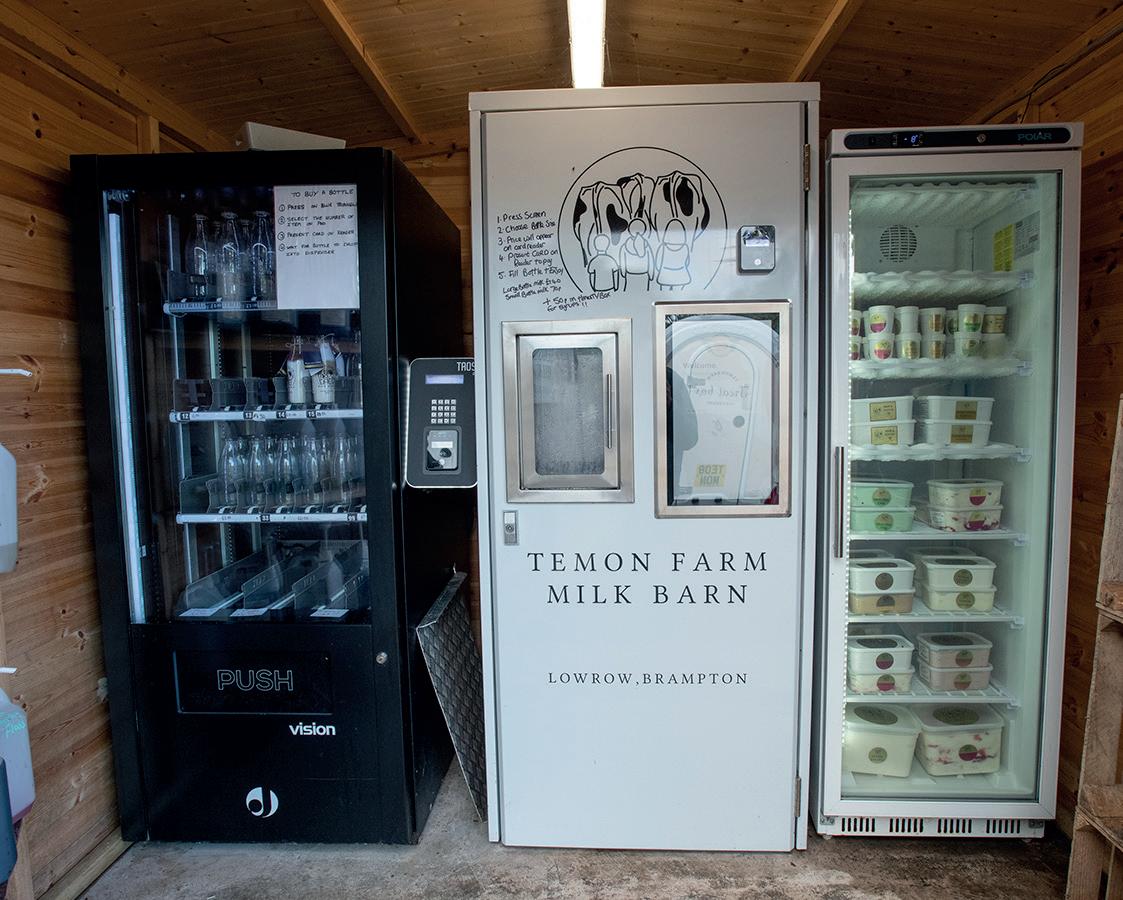

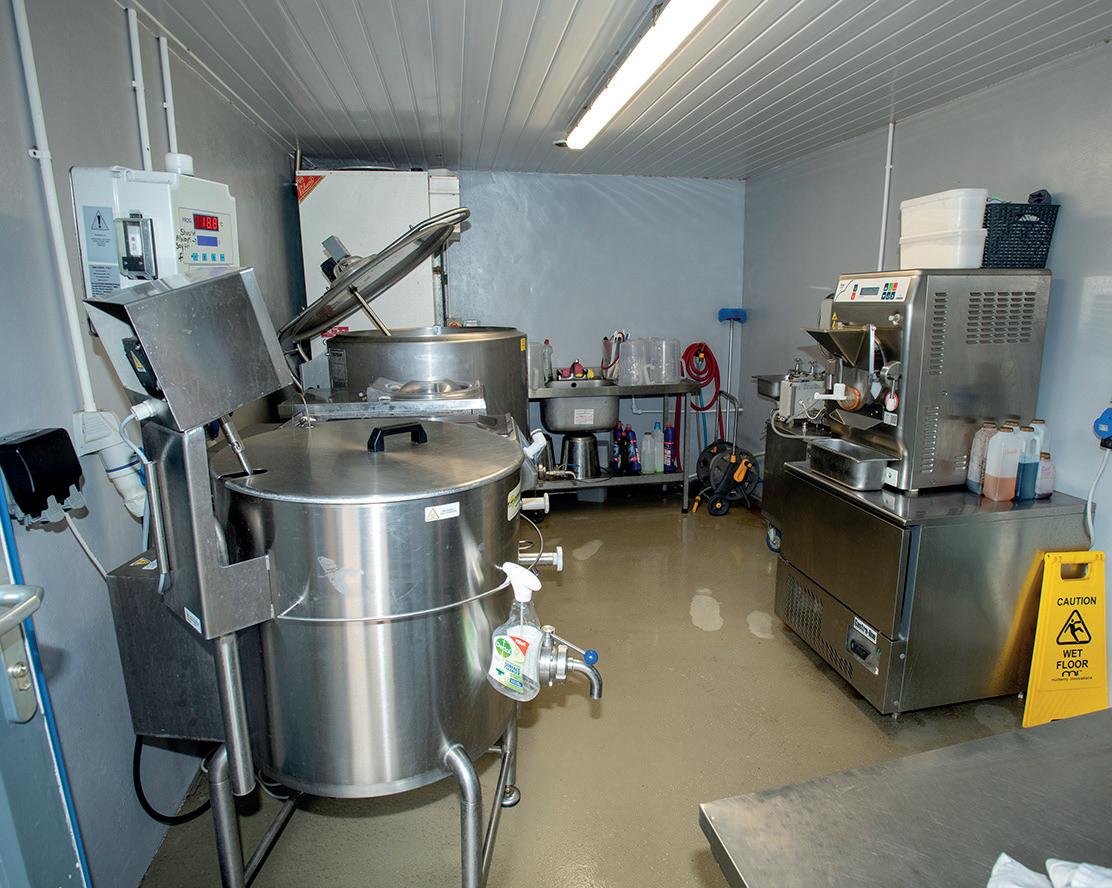
one of the

and a very successful
the
a
Ross says: “So far she has had seven natural calves and every one of them has been a show animal, and is also the dam of the two highest priced
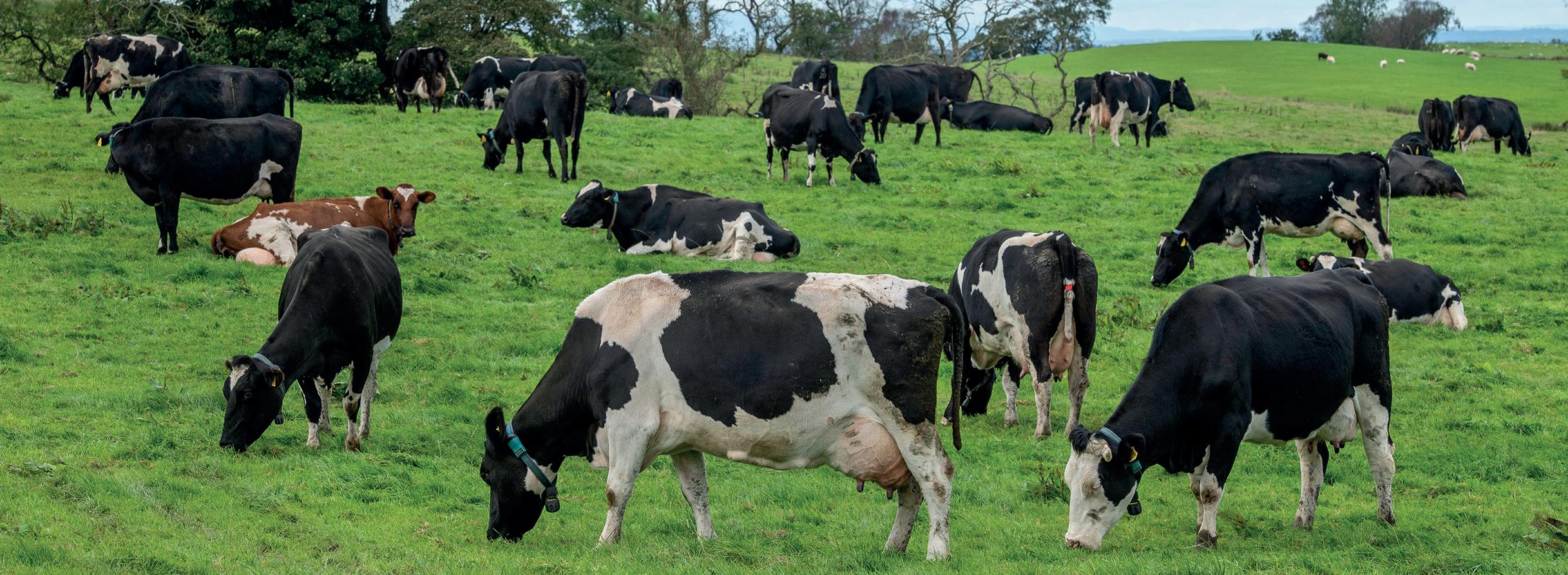

Blues we have sold so date, a bull and a heifer both over 10,000gns, plus others at good money.
“However, flushing Isla was not too successful so a vet from the Paragon Veterinary Group suggested we try IVF. We took her and Dinah there and got 45 eggs between the two of them at the first attempt with 25 off Isla. We have used IVF for her ever since and she will regularly produce eight to 15 eggs, whatever bull is used.
“A year or two before we began milking, we had an exciting development with the Blues when we realised we had some Blue calves born which were naturally polled and which derived from Lowthwaite Cuddles. We believe we were actually the only breeders in the UK with a polled Blue.
“That set us on a quest to pursue the polled genetics with the ultimate aim of breeding homozygous polled white bulls for dairy farmer customers, alongside the black and white bulls for suckler herds or other pedigree breeders. Three white polled bulls have been bred to date and an easy calving one,
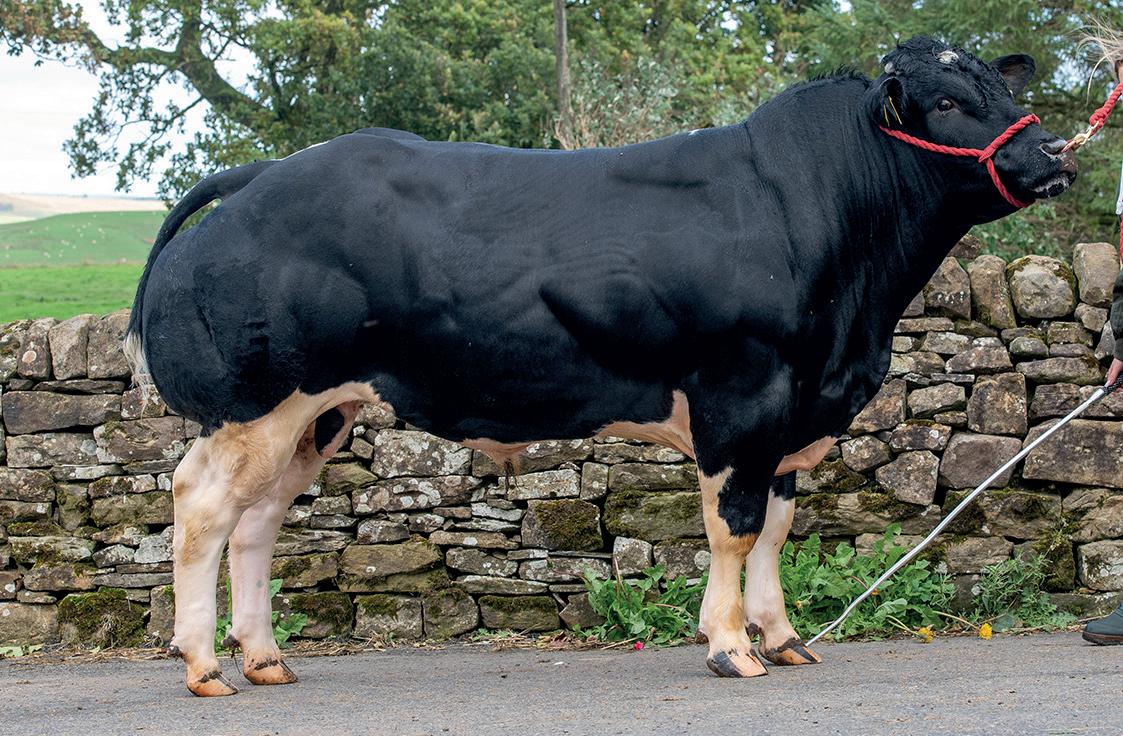
Top Side Sparkle PP, is with Scawfell Genetics.
“We told an artificial insemination [AI] salesman from Belgium, who was here at that time, about the polled calves and he was very interested and that resulted in us exporting a cow, calf and a bull for good money. That was a useful injection of cash to help fund a milking parlour.”
Now young bulls up to 20 months old, and a few pedigree heifers, are
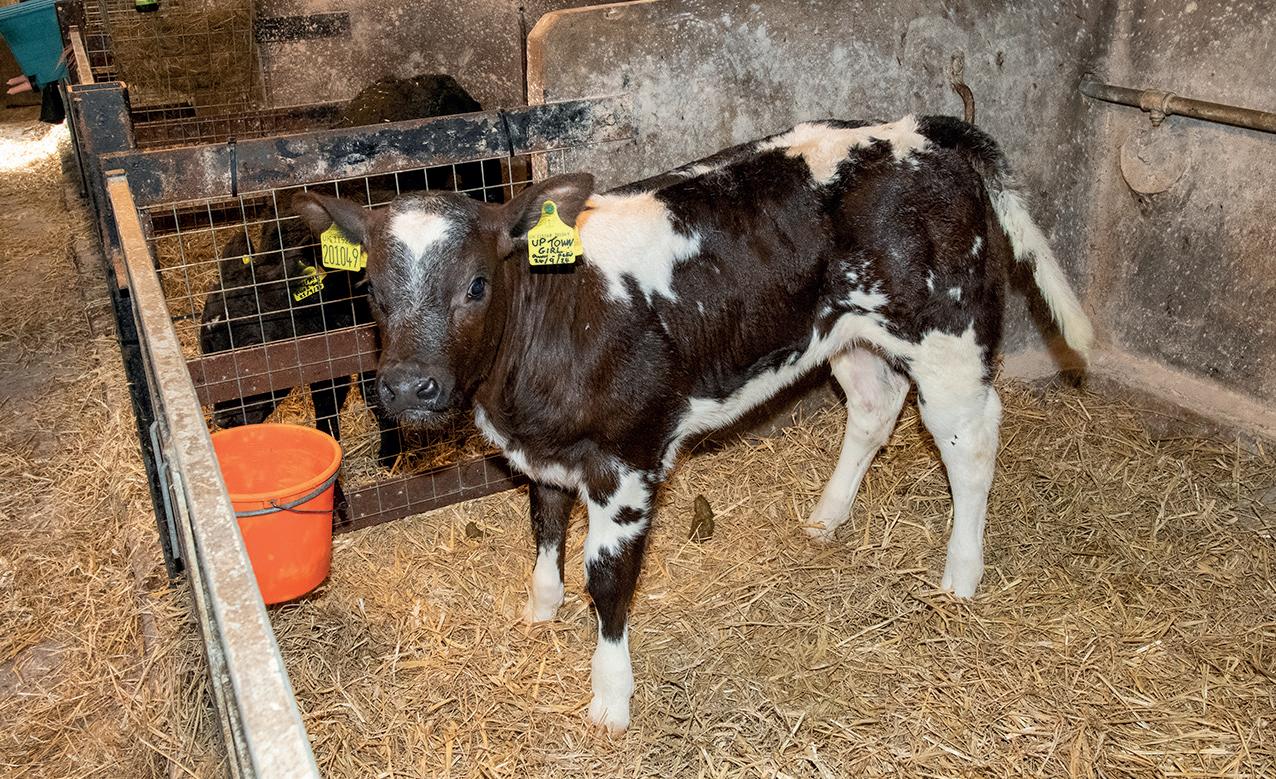

sold regularly and mainly through breed society sales. Blue-sired crossbred heifers out of the dairy herd tend to go as potential suckler herd dams.
When dairy farming began at Temon Farm, one of the first jobs was to find a milking parlour and at one farm where Ross had been relief milking, the eight aside herringbone was being taken out.
He says: “We bought that but I turned it into a 16-point one-side to fit the width of the building we needed to install it in, and although it has some age to it, it works well.
“There are always two people there at milking time but being onesided, it means one of them can, if necessary, go in and out attending to other jobs.
“The first batch of about 60 cows were mainly Jersey-Irish Friesian crosses and largely autumn-calving which is why they were a little less money than spring calvers.
“We managed to find two other farms willing to milk them for us until we were completely ready for them here in the January.
“We are gradually moving to allyear-round calving and have 140 in-milk, plus followers and we have a fairly simple system, grazing from
April until October or early November, clamp silage in troughs in the winter, and all fed to yield through the parlour. The cubicles have mattresses topped with sawdust.”
Ross now does his own AI and the hybrid vigour in the herd has been maintained by using Jersey on any larger framed cows, and Swiss Red or Irish Holstein on more medium sized ones and sometimes Viking Genetics Holsteins on smaller ones, although these days, the herd is much more even sized and uniform in colour.
Sexed dairy semen is used for the first service and then, if necessary, British Blue by AI or a bull. Total milk solids have been maintained which suits both the processor and their own retail sales.
Snatch calving is practised for nearly all the embryo-carrying cows and with the calves bucket-reared. Ross says he finds practically no difference between those and any which have been reared on their pedigree Blue mothers.
The milk pasteurising and vending machine came during lockdown in 2020, at which time Elaine gave up her job as a hairdresser and manages the retail business with parttime staff, as well, of course, looking after the family which includes Lexi, now 12, Phoebe, 11, and Seth, 9.
All the children are keen on livestock, including showing, and Seth has a particular interest in the sheep. The retail business now also includes an ice cream trailer which is regularly at Borderway Mart and other events and they have more recently taken a shop in Carlisle market.
As for the future, it is very much Blue genetics with the accent on the polling gene, and with the farm buildings and dairy pretty much as they want them, Ross plans to embark on grassland improvement.
Edited by Alice Dyer – 07966 445 458 – alice.dyer@agriconnect.com
Agronomist Ben Boothman says farmers are eager to put last year behind them and ‘get going with the next’.
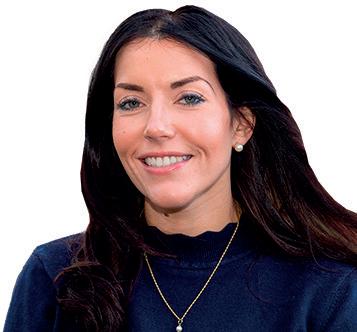
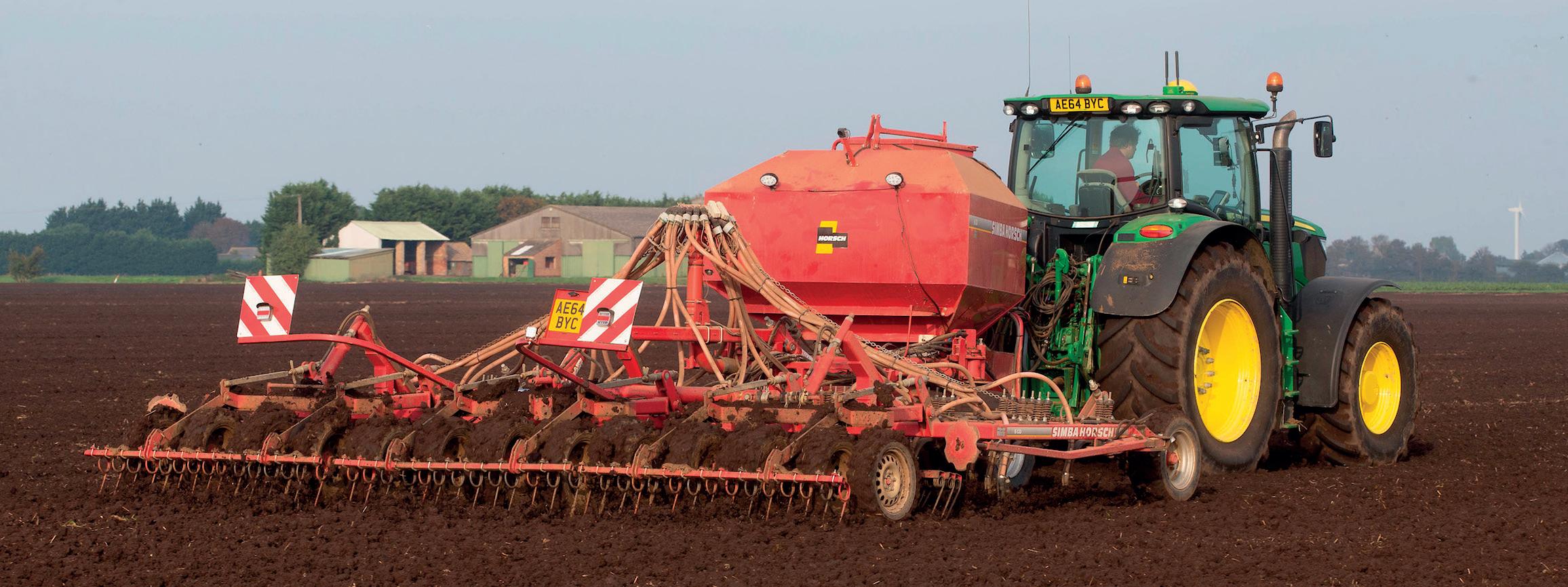
● Northants farm sees 150mm in two days
By Jane Thynne
AFTER the trials and tribulations of the 2024 growing season, farmers are facing further difficulties as heavy rain threatens to disrupt autumn drilling.
In the Wye Valley, Herefordshire farmer Ally Hunter Blair says the area has been hit by 90mm of rain in seven days, with a forecast of significant wet weather expected over the coming days.
Mr Hunter Blair says he already has OSR drilled, although it ‘looks terrible’, and winter wheat is yet to

be put in the ground. One positive, however, is the soil seems to be draining well despite the recent rain.
“Last year, we got all our autumn crops in and so I have stuck with the same plan, but this year is already proving to be more difficult.
“We just really need 10 days of dry weather.”
In Northamptonshire, the situation is proving more serious in the face of 150mm of rainfall which fell across last weekend.
“We were due to start drilling on Monday,” says farmer Ian Matts, “but it was just too wet and there is at least 20mm to come each day for some time. We already know we will be well over a week behind.”
Mr Matts says this fresh setback follows a harvest which he describes as a ‘mixed bag’.
“It was the first year we were hoping to do it all with one combine, which we have achieved, but in terms of results, wheat came out best and that was just about average. Barley was lower than I had hoped for, and the spring crops, although they looked full of promise, did not really deliver. A mixed bag certainly, but the best was only average.”
Mr Matts says the difficult year has prompted a change of rotation which will see the farm increase land under the Sustainable Farming Incentive action NUM3 for legume fallow.
“We hope this will cut up the spring

crops which have failed to deliver over a number of years owing to challenging conditions. We will be looking to establish our winter cover and then put the NUM3 in during the spring, giving us a black-grass break crop. Hopefully this will be less risky than oilseed rape.”
There is a much brighter picture, however, in North Yorkshire, where agronomist Ben Boothman says the ‘bulk of the barley drilling is already complete’.
“People have made a good start. A lot started around two weeks ago but mainly it has been over the past few days. We have just got some rain, but people are well on their way.”
Mr Boothman says despite last year’s results, growers are on the whole sticking with tried and tested

wheat varieties such as Dawsum, Extase and Champion, although newer options such as Beowulf are also breaking through.
“Our soils are pretty dry, and we have held off ploughing as it is just throwing up big clods. If anything, people here are waiting for that bit of moisture just to soften the ground a bit.”
Mr Boothman says farmers are eager to put last year behind them and ‘get going with the next’.
“Although I do not think things were as bad as they could have been, I think for most farmers it was average. What we do not want to see now is a return of the stormy weather that broke last October. A lot of farmers are tired, and are more than ready for a quieter season.”
In the last of our potato agronomy series, Farmers Guardian gets the view on harvest prospects and talking points of the 2024 season.
THE potato harvest, like the combinable crop harvest, is likely to be quite spread out this autumn after a protracted start to planting and precious few bright, sunny days to push canopy growth on and help tuber bulking. Indeed, abiotic stress has been an issue, caused by a number of factors, including late planting, lack of sunshine and low nutrient levels due to excess winter rainfall.
Many growers have been weighing up the benefits of giving crops more time to bulk up, against the risks of lifting later.
The good news is that blight monitoring under the industry-funded Fight Against Blight programme has not found any cases of EU_43_A1 this year, which has insensitivity to CAAinhibitor chemistry. Five cases of the metalaxyl-resistant EU_42_A1 were identified in Fife and Angus.
However, the latter is still sensitive to other chemistry, which further reinforces the importance of planning blight strategies and fungicide choices carefully every season.
There have been more incidences of black leg and potato leafroll virus (PLRV) reported in seed and ware crops this year. At Potatoes in Practice, the James Hutton Institute (JHI) highlighted the risk posed by asymptomatic PLRV isolates that have recently been identified in Scotland. Varieties that experience asymptomatic infection can act as reservoirs of virus for aphid transmission as they will not be
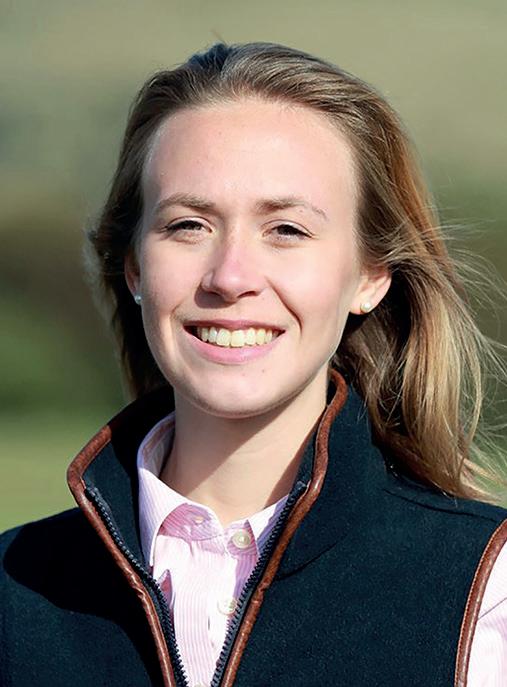
removed by rogueing. This poses a real challenge for seed crops.
JHI recognises that PLRV symptoms are more likely to manifest in stressed crops, which may partly explain why we have seen more virus this year.
Where high levels of virus have been seen and growers plan to homesave seed, it is worth reassessing virus control programmes. That may mean getting seed samples virus tested, managing aphids better through an integrated strategy, or buying new seed.
It is worth noting, however, that there are big challenges for seed certification and a tightening of seed supply for next year is anticipated, especially for sought-after varieties such as Maris Piper.
HISTORICALLY, September was often seen as the ‘bulking month’ for maincrop potatoes. However, lifting has crept earlier in recent years, especially where growers have large areas to cover before the autumn weather window closes.
In this area, lifting was just getting underway at the time of writing and early yield digs suggest some potato varieties could be 10-15% down due to the conditions this season, although yields of chipping varieties lifted earlier in summer were about average, so it maybe too early to tell.
Quality and size generally look good though, so there are no real concerns about crops going into store at this stage. It is worth noting though, that dry matter contents are quite high, which increases the bruising risk.
As elsewhere, this season has turned into quite a high pressure one for blight – after a slow start –so make sure any later-lifted crops are protected with products that offer good zoospore activity for tuber blight. Where desiccants are still to be applied, also remember that chemistry such as carfentrazone-ethyl works best when applied during conditions with bright sunlight.
There will inevitably be a rush to get ground turned around for the following crop, but take a moment to get the spade out and assess fields to see if there are any soil issues requiring remedial action,

such as compaction or smearing. Try to avoid leaving bare soil into winter months, as having roots in the soil will help repair soil structure sooner.
It is also worth remembering that where there are a lot of small grade-out tubers on the surface. Try to avoid ploughing them down, as leaving tubers on the surface aids breakdown by frost over winter.
For land going into potatoes next year, now is a good time to sample for potato cyst nematode (PCN), as there is still sufficient time to re-jig rotations or cropping plans if sampling indicates a high level in the soil. GPS sampling on one-hectare grids is good practice where there is a history of PCN as it helps avoid missing any isolated patches within the field.
Early yield digs suggest some potato varieties could be 10-15% down due to the conditions this season.

























Farmers and landowners will find the inspiration and support needed to expand your business through diversification and land optimisation.
You’ll meet a range of exhibitors ready to discuss income-generating opportunities beyond traditional farming, such as agritourism, renewable energy, direct sales, and more.
Plus, you’ll have FREE access to our talks, panel discussions, and hands-on workshops, which will equip you with practical advice and solutions.

agrc.im/register
Co-located with

trends across seasons.
FARMERS now have free access to more than 50 years of arable crop disease data from across England and Wales, thanks to a three-year project funded by Defra.
Agricultural consultancy firm ADAS has launched an interactive online platform, developed using current and historic data collected as part of the annual Defra Survey of Crop Pests and Diseases.
Since 1970, some 300 samples of winter wheat and 90 samples of winter oilseed rape, along with information on pesticide inputs, have been collected annually from randomly selected fields across England and Wales and assessed for signs of pest and disease infestation.
With the launch of this new online platform, stakeholders can use this extensive database to identify trends and map nationwide crop pressures over the last halfcentury.
Defra and ADAS hope this will lead to improvements in pest and disease risk forecasting, inform crop breeding priorities and could
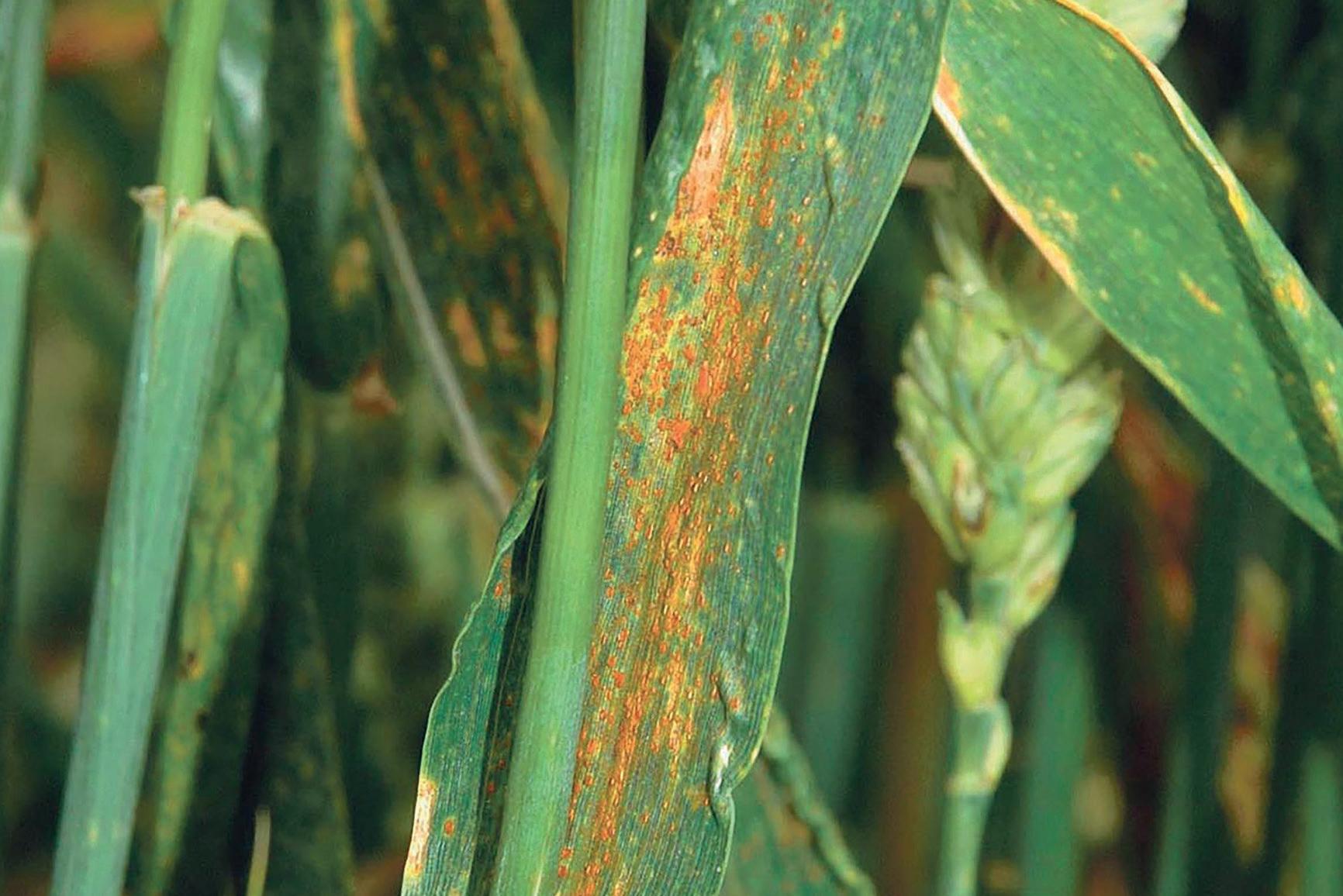
assist with understanding the impact of pesticide legislation and climate change. Individual farmers could use it to explore trends
NEW research at the UK Centre for Ecology and Hydrology (UKCEH) is focused on developing better approaches to assess the ecological risks of biotechnology-based plant protection technologies which aim to control pests without significantly affecting non-target species.
While countries like the USA, along with some in South America and Asia, have already adopted biotechnological pesticides, no such products have been approved by European regulators yet. This raises concerns that Europe might miss out on a growing global market for these new products.
The new research will gather data on how these new types of biotech pesticides can behave in the environment, helping to create methods and tools that European chemical regulators will need to make informed decisions on approving these products.
The research will look into two types of naturally-occurring molecules used in these potential new pesticides: small interfering RNAs (siRNAs) and peptides.
siRNAs or nucleic acids are found in all living organisms. siRNA-based products are designed to switch off specific genes in pests and diseases
through a process called RNA interference, which leads to adverse effects in the target species.
Peptides are short chains of amino acids, the building blocks of proteins. Peptide-based products disrupt certain physiological processes in pests, leading to toxicity.
Prof David Spurgeon, an ecotoxicologist from UKCEH, and Dr Helen Hesketh, a pathogen ecologist will lead this work as part of the ENSAFE project, a new programme which is led by the University of Copenhagen and involves Aalborg University. The project is funded by an €8 million (£6.67m) grant from the Novo Nordisk Foundation.
Dr Hesketh says: “Although biotechnological pesticides offer a safer environmental alternative to chemicals, we need to develop methods to understand the potential unintended effects.
“By studying real proposed products, our research will explore how animals, plants and humans might be exposed, whether these exposures have negative effects, and which species, if any, are most impacted.”
across seasons and explore for themselves the impact of integrated pest management choices such as variety choice, sowing date decisions, or different agronomy practices.
Julie Smith, ADAS principal research scientist and lead for the project, says: “We have worked hard to ensure this powerful dataset gives an accurate representation of growing pressures across England and Wales over multiple decades and that the data is easy to explore and visualise.
“We want this to be a useful open resource for anybody wishing to
explore and understand crop pests and disease trends, whether they are a farmer, researcher or a policy-maker.”
Pest data is due to be added to the platform in the coming months. The Defra Survey of Crop Pests and Diseases will continue in 2024 and this year’s data will be added to the database once all crop samples have been collected and analysed.
MORE INFORMATION
The platform can be accessed through the Pest and Disease Survey website: pestanddiseasesurvey. co.uk/platform
A PROJECT in Mid Wales has been trialling how foliage harvested from trees can be used as fertiliser.
Carried out by environmental group Ecodyfi, the Perennial Green Manures project has explored the idea of growing areas of trees, shrubs and other long-lived plants in what it has termed ‘bioservice areas’. These areas can not only increase the environmental resilience of a farm by providing shelter and habitat reserves, but also produce nitrogen.
By including nitrogen-fixing plants, such as clovers, broom bushes and alder trees, they can build up nitrogen in the green leaves, which are harvested and added as an organic fertiliser to soil.
The concept is similar to the traditional practice of growing
nitrogen-fixing green manures, which are cultivated in to fertilise soil. However, perennial green manures can be grown on less productive parts of the farm, and then harvested and added as and when needed.
The project has been working with local growers who have been experimenting with the method. They added the leaves of perennial green manures, either fresh, dried or pelleted to fertilise their crops.
Emma Maxwell, grower at Ash and Elm Horticulture, says: “I think the pellets are a great idea. These could be produced on scale at a dedicated coppice woodland and sold as a fertiliser boost.”
With many farms seeing wet conditions and an increased need to plough land or avoid soil compaction, Continental’s agricultural tyre specialist Tom Godwin offers tips for getting the most out of tyres when pulling cultivation machinery. Farmers Guardian reports.
THE maximum load a tyre can carry can be found on the sidewall as a number for the load index and a letter for the speed index.
Using this alongside the tractor’s manual to establish its axle weight tolerances and
gross weight, you will have most of the information needed to calculate pressure for load. With this data and a load/inflation table, it is possible to accurately measure the load for each axle – a relatively simple calculation that can save time and fuel.




THE aim of calculating pressure for load is to increase machinery performance and efficiency while also reducing soil compaction. Lowering tyre pressure can reduce slip, improving grip and forward speed while decreasing fuel consumption. It also lessens
the impact of the tractor’s weight on the soil.
However, when pulling cultivation equipment, the weight of both implement and tractor should be calculated to establish the optimum pressure for the combined load.
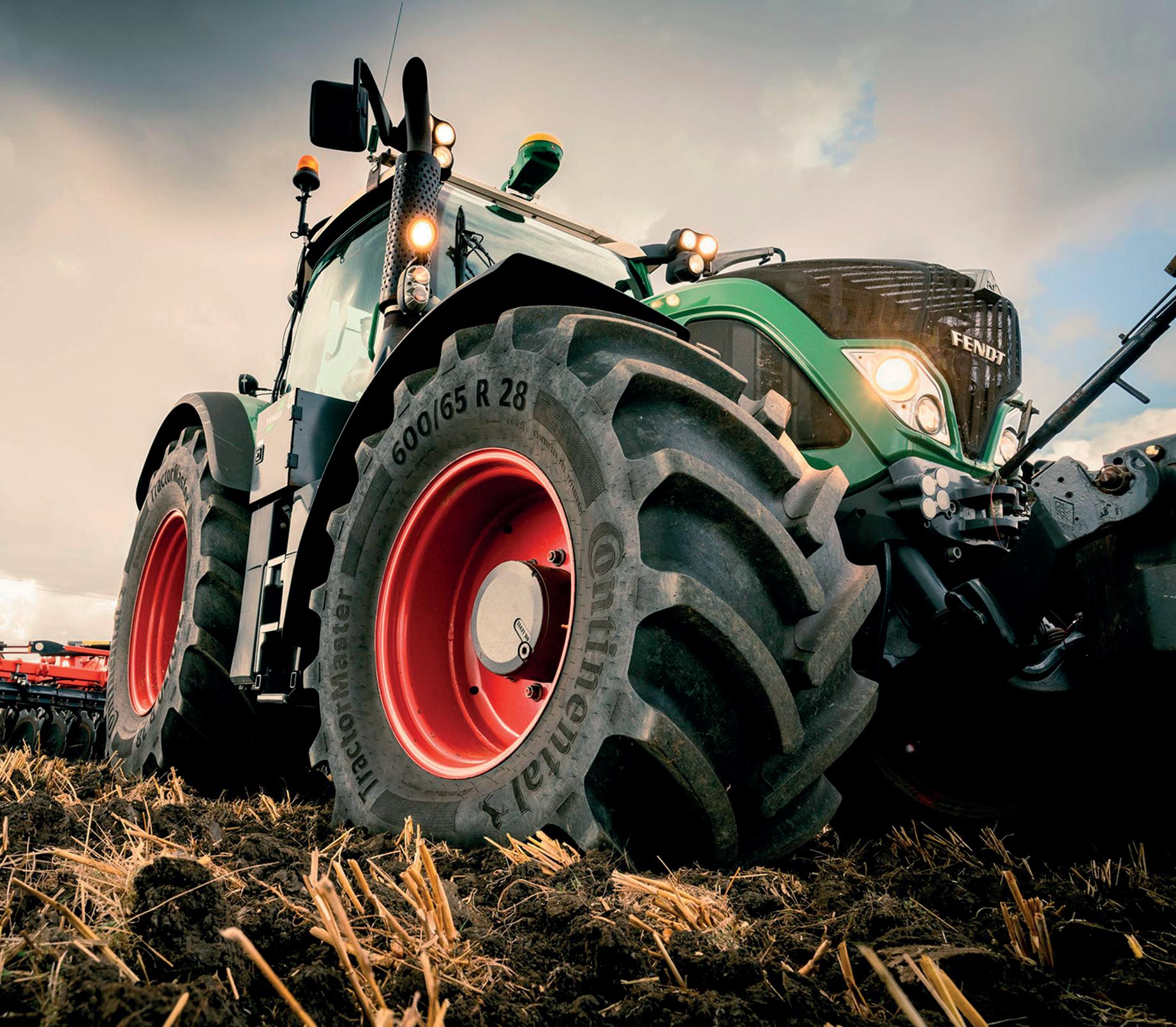
Understanding the tyre design fitted to a tractor, and how it can be loaded or operated at different pressures, can offer performance improvements and cost savings.

WHEN ploughing, either with an on-land or in-furrow plough, the same need for grip remains. Self-cleaning lugs, without significant tyre wear, help the tyre shed soil.
However, the choice of tyre is even more important; a narrow tyre will suit in-furrow ploughing, while a wider tyre will be better for an on-land plough.
REDUCING operating pressure when transitioning from road to field will help all aspects of tractor operation, especially in soft, wet conditions.
Retrofitting a central tyre inflation system (CTIS) or making the most of an onboard factory-fitted air system can provide significant improvements to grip and operating costs.
With grants available for up to 50% of the cost of a CTIS, the benefits can easily outweigh the investment cost.





XN.B. Bird and Son is a family business based on a 350-hectare arable and pig farm run by David Bird and his parents.
David is focusing on taking steps to reduce fertiliser and pesticides, zeroing in on soil health and improving long-term sustainability of the business through its soil.
The arable side of the business is predominantly no-till and moving to this system has helped to protect the business from fluctuating fuel costs.
Fertiliser costs are being managed by implementing a focused fertiliser strategy by using liquid-based fertilisers to balance the application to each crop and soil requirements, reducing the amount needed.
Similarly, continuing to use more foliar fertiliser will improve results, as nutrients are applied directly to the leaves and absorbed at a faster
rate. Introducing contract finishing pigs has helped to reintroduce nutrients into the soil which has improved its organic matter.
David is continuously looking into both opportunities and challenges in the arable sector.
Challenges include exposure to rising input costs that are seen throughout the agricultural industry, however, improving the environmental side of the business has put him in a better position to secure Sustainable Farming Incentive funding.
Similarly, private funding opportunities are increasing with companies looking to source low carbon schemes.
When David was told he was a finalist in the awards, he said: “It is a privilege to be shortlisted among many fantastic farmers in the country”.
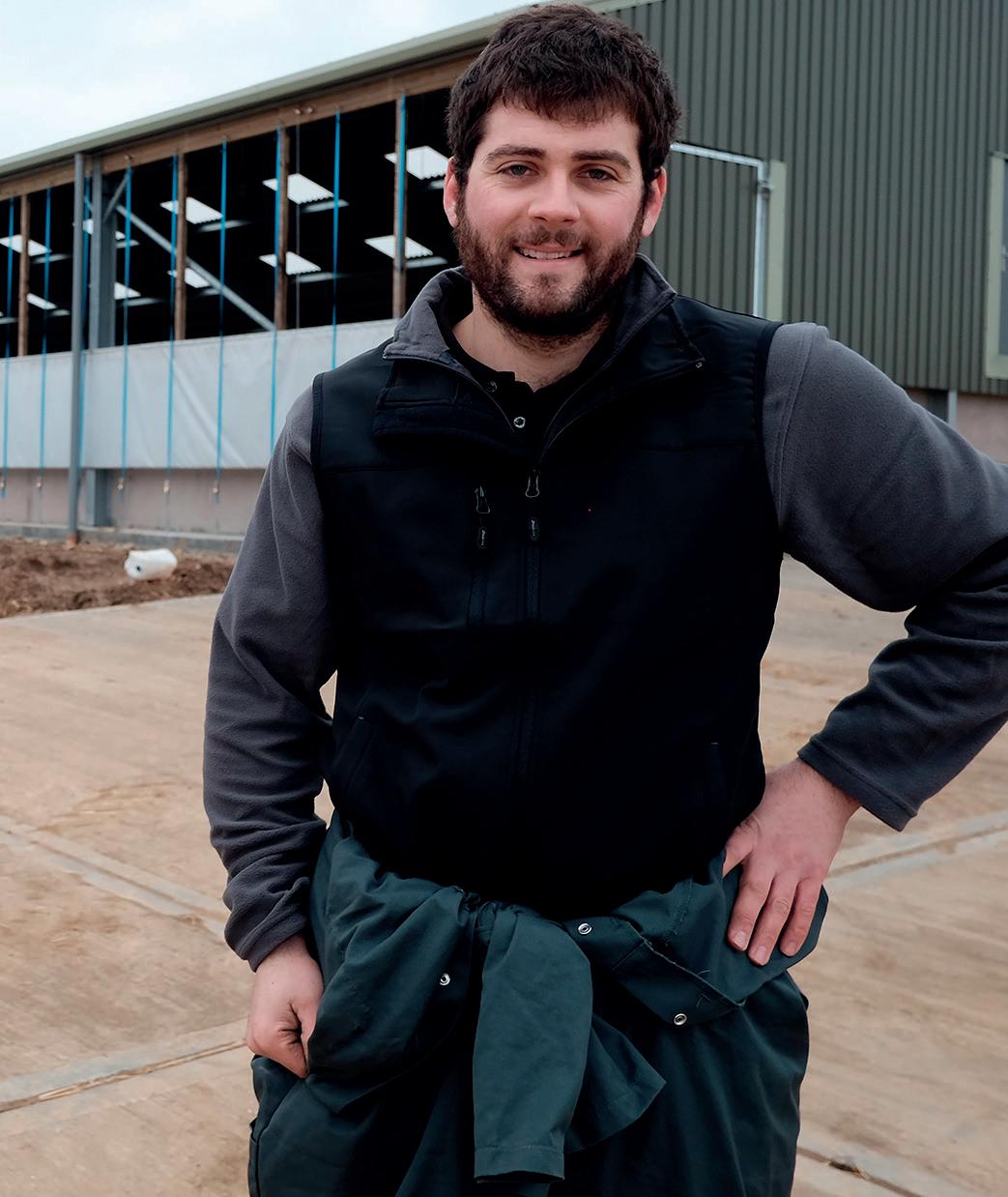



Sponsored by

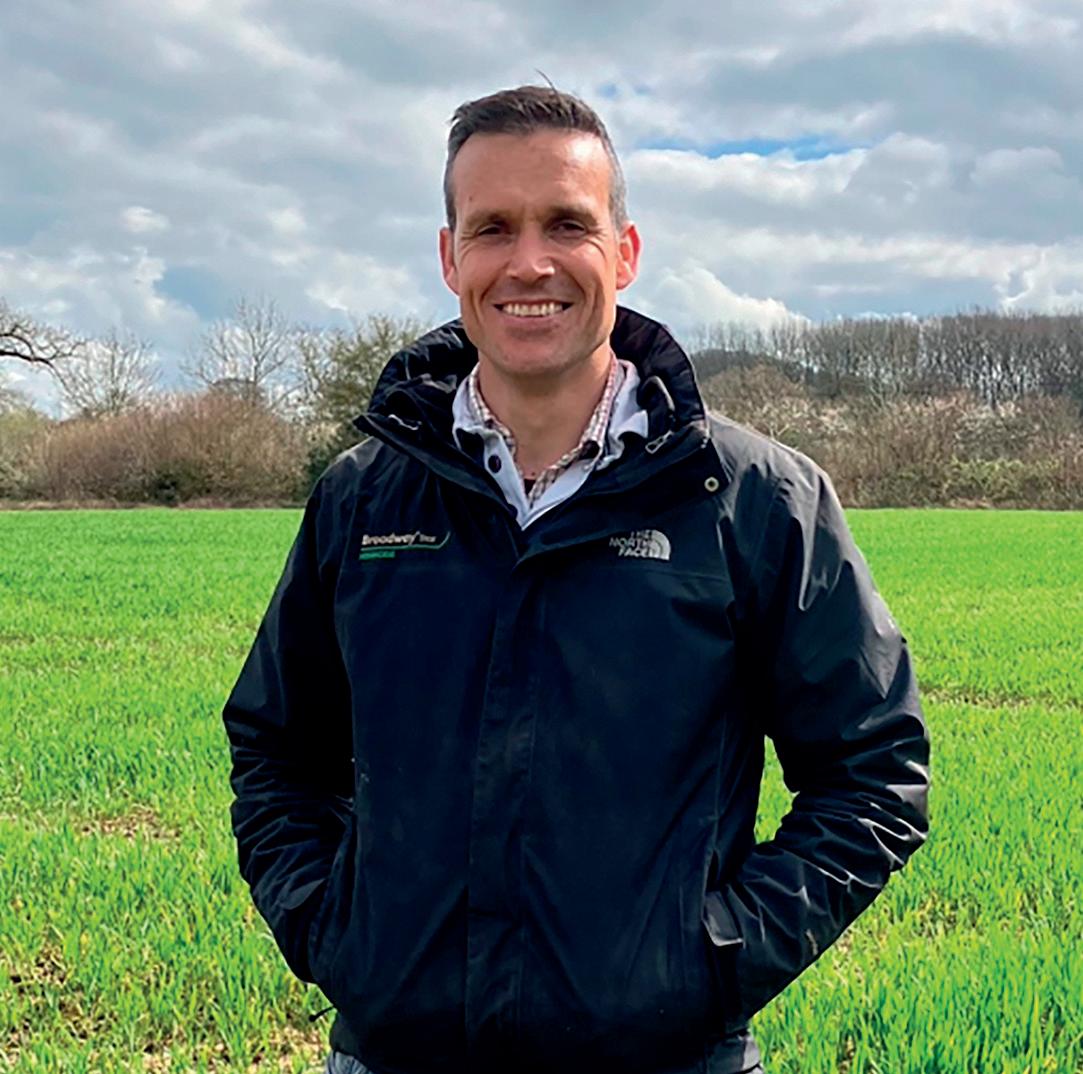
Chris Greenaway works at Garnstone Farms, a 880-hectare AHDB Cereals and Oilseeds Monitor Farm, alongside its owner James Verdin.
The farm has a diverse offering, including arable, poultry, forestry, property, anaerobic digestion and beef. The arable side of the business includes wheat, oilseed rape, beans, herbage seed, maize, wholecrop and land let for tenderstem broccoli.
Chris takes charge of day-to-day decision-making and forward planning decisions for the arable and beef side of the business, aiming to empower staff with quick decisions that require initiative.
The farm operates under strip-tillage including interrow companion crops drilled at 600mm spacing.
With the help of grants for machinery and equipment, the crops now recieve variable rate N, resulting in improved crop yields in a cost-effective manner.
In order to reduce damage from
the OSR. This acts as a trap crop, which is destroyed alongside the CSFB eggs and larvae.
Improving farm efficiency has been a focus for Chris, implementing numerous actions to achieve this.
A new grain store has been built to improve crop drying and storage, with double mowers for herbage seed and tedders increasing harvesting speed, with a larger grain bucket advancing grain lorry loading timeliness. He has also introduced staff appraisals to encourage participation in business and personal development.
Moving forward, Chris hopes to use the Sustainable Farming Incentive as much as possible, viewing it as an opportunity not an obstacle for business success, with income from the Basic Payment Scheme (BPS) and stewardship being more than 2020, albeit before the decline of BPS.
To celebrate with the finalists at the British Farming Awards, go to britishfarmingawards.co.uk to buy your tickets
XAshley Jones, alongside his mother and father, farms 350 hectares, a combination of the home farm and contracted land in south Cornwall.
This family business is a classic West Country farm, with a combination of arable, beef and sheep.
Diversification has been introduced in the form of bed and breakfast accommodation, a maize maze and a pumpkin patch.
Over the past 12 months, Ashley has introduced direct drilling and moved over to this new technique where possible.
This has reduced the use of fertiliser and chemicals on the farm.
Concerns for the farm moving forward come in the terms of climate extremes, commodity prices, input costs, fertiliser, chemical and machinery costs.
Adapting to the changing
climate and rising input costs through different techniques will be key for the future success of the farm.
Increasing precision and accuracy has led to less wasted inputs. Often thinking about the future of the business, Ashley looks to make decisions that will support it for years to come.
As the older generation looks towards retirement and the farm business adapts to a changing environment he is looking at expansion.
He recently had the opportunity to take on more land in his own right as it became available.
On becoming a finalist at the awards, Ashley said: “I am passionate about the industry I love, and would like to share my farming journey with others, so it is amazing to be recognised and make the shortlist.”
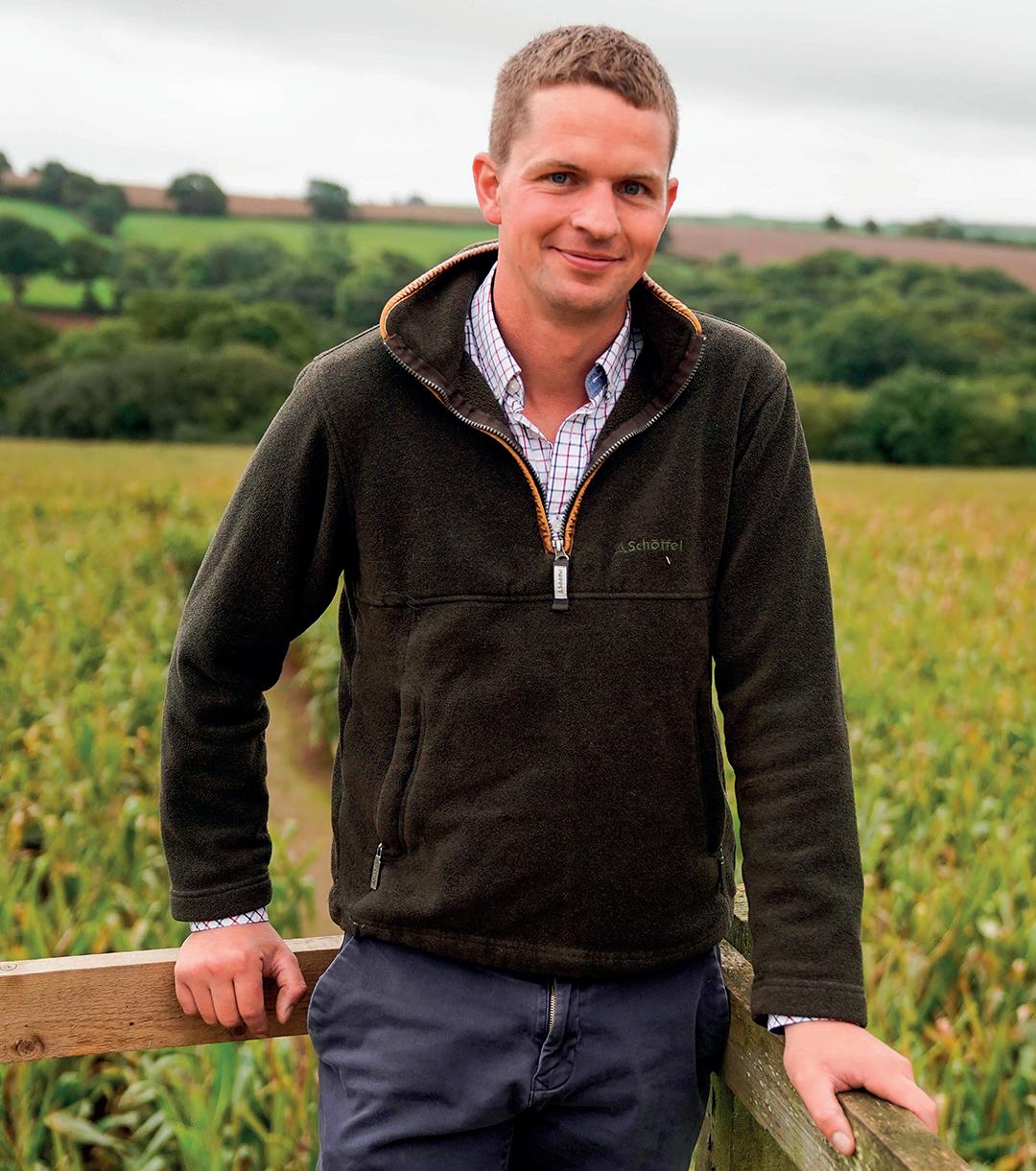


XLocated in the Lincolnshire Fens is Vine House Farm, which until 1992, was a typical 160-hectare fenland farm intensively growing crops.
However, when Nicholas Watts, who owns the farm and runs the business alongside his three daughters and their husbands, noticed a decline in the farmland bird population, he sought to rectify this.
The resulting influx of birds was such a spectacle that he organised an open day for local residents, which subsequently led to guests requesting to buy feed for their own gardens.
Fast forward to present day and the farm now scales 1,400ha and employs seven people.
It grows and sells 2,500 tonnes of bird seed via postal order.
This includes sunflowers, red millet, white millet, canary seed, naked oats, rape and wheat.
Over the past 30 years, Nicholas has focused on creating habitats to welcome birdlife back to the farm.
He uses newsletters to inform the public about his success, which has led to an increase in visitors and bird seed sales.
With visitors travelling long distances to visit the farm, he decided to build a 100-seater cafe and farm shop for guests.
The farm is home to eight 2MW wind turbines and two 100kW wind turbines, with solar panels on all suitable roofs and a biomass boiler used for heating the offices, museums and homes.
There is also a heater which runs on the waste oil from the farm’s tractors which heats the bird seed factory.
The bird seed business relies on 200ha of the farmland, while Nicholas also grows 100ha of potatoes and 80ha of sugar beet, with the remainder of the land growing typical fenland crops which go through a combine.
During his career, Nicholas has been asked and agreed to farm three other farms, due to his respectful way of farming alongside the natural wildlife population without harming it.
For 25 years the farm has been organic, making it more profitable than conventional farming and just as, if not more, productive.
Edited by Angela Calvert

l Second top price of £12,000 for two rams
A CENTRE and joint breed record of £28,000 was set at the sale of North Country Cheviot Hill rams at Lockerbie for Whitehope Dark Knight, a two-shear ram by Whitehope Batman from W.N. Douglas, Yarrow. It sold to Messrs Cook, Caithness.
Two rams sold for £12,000. The first was Gillesbie Dilema by a home-bred ram from Gillesbie Farms, Lockerbie, which was knocked down to Bridgewater and Wood, Langholm, Dumfriesshire.
The other at this price was Benger Dambuster, a son of Attonburn Apollo consigned by J.F. Irving and Son, Yarrow, which went to D. and I. Walker and Son, Girvan.
Making £10,000 was Calla Donald, a ram by Hownam Grange Almighty from David Baillie, Carnwath, which sold to Messrs Craig, Biggar. At the same price were Attonburn Dynamic and Attonburn Draco, both by Hethpool
Xceed, from Bowmont Farming, Yetholm, which sold to Messrs Elliot, Galashiels, and Messrs Hepburn and Co, Hawick, respectively.
The final ram to sell for £10,000 was Alticane Dynomite, a son of Attonburn All Night Baby from Messrs Walker, which sold to Rock Farming Co, Wooler.
Topping the ewe section was W.D. Allen, Stoophill, with a pen of drafts which sold for £242/head to C. Lewis, Brynowen.
Gimmers sold to £295/head for R.J. Tweedie, Buchtrig, to Messrs Sevenoaks, Abergavenny, and to £290 for Messrs Flintoff, Cocklawfoot, to Messrs Meiklam, Kelty. Ewe lambs topped at £380/head for Messrs Allen.
AVERAGES
378 rams, £1,579.89 (+£85.89 on 2023); 1,911 ewes, £182.92 (+£30.09); 1,365 gimmers, £219.35 (+£11.52); 767 ewe lambs, £122.55 (-£5.52).
Auctioneers: Harrison and Hetherington.
THE pre-sale champion topped the prime beef trade at 370p/kg at Gisburn’s show and sale, which drew an entry of more than 100 head.
Grossing £2,131, the red Limousin heifer from D.A. Wilcock, Ashton-in-Makerfield, sold to the judge, Stephen Hallworth of S. R. Hallworth Butchers, Whalley.
The Wilcock consignment also had the second top price per kilo of 369p for a 462kg British Blue cross, which sold to D. and A. Gregory and Sons Butchers, Bacup. At 340p/kg, Messrs Wilcock sold another Limousin cross heifer to Bowland Foods, Preston.
Taking the blue rosette in class was a 528kg Limousin cross heifer from R.T. and J. Critchley, Preston, which grossed £1,916, also going to Bowland Foods.
The top price per head for steers was £2,353 for a 740kg Limousin cross from Hargreaves Farms,
Preston, which had two more at £2,280 and £2,255.
The young bull class was won by J.T. Baines, Clitheroe, with a 656kg strawberry roan Limousin cross, which made 339p/kg (£2,223), while second prize went to E.W. and J.R. Parkinson, Dunsop Bridge, with a 616kg British Blue cross, which sold at 335p/kg (£2,063).
Native-bred cattle were also strongly bid for, with young bulls peaking at 324p/kg for a 682kg Angus from R. and E. Cowperthwaite and Son, Stockdale.
The 90 cast cattle sold to 236p/kg for beef-bred cows, with dairy culls reaching 224p/kg for a 572kg young Holstein.
AVERAGES
Young bulls, 288p/kg; heifers, 282p/kg; steers, 282p/kg; cast cows and bulls, 161.28p/kg. Auctioneers: Gisburn Auction Marts.

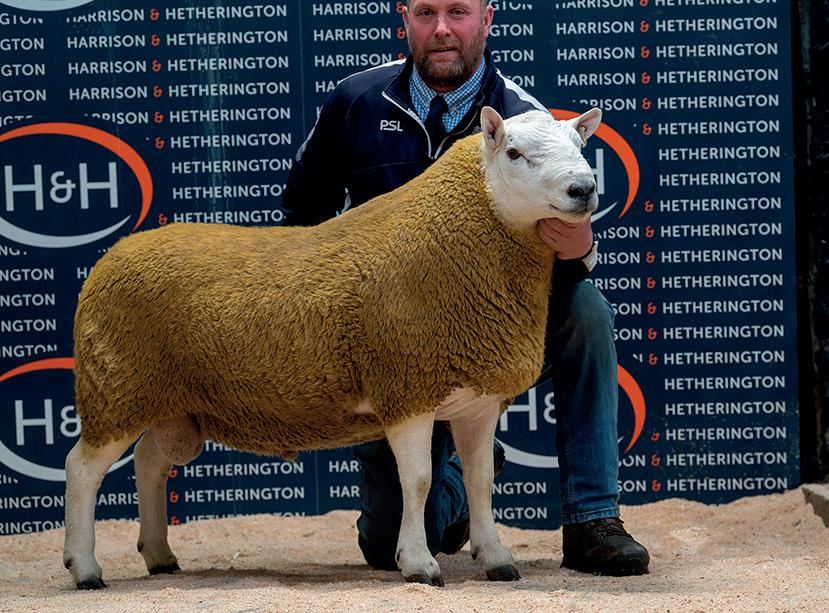
Whitehope Dark Knight, a two-shear ram from W.N. Douglas, Yarrow, which sold for the top price of £28,000 to Messrs Cook, Caithness.
Benger Dambuster from J.F. Irving and Son, Yarrow, which sold for £12,000 to D. and I. Walker and Son, Girvan.
THE Lleyn Sheep Society sale at Welshpool topped at 2,550gns for the second prize winning shearling ram from J.A. and R. Geldard and Sons’ Wray Castle flock, Levens, which sold to O. James, Bridgnorth.
Another ram from the same pen made 1,800gns, this time selling to Slawston Grange Estate, Leicestershire. The Lluest flock of E. and D. Jones, Machynlleth, topped at 2,400gns for a shearling ram which sold to R. Jerman, Herefordshire.
Another Lluest ram made 1,980gns when selling to Slawston Grange Estate.
The pre-sale show judge, Helen Bennett, Powys, bought her first prize ram, Borrins Major, from H. and M. Dugdale and Son, Stackhouse, for 1,550gns.
Shearling ewes from W. Davies’ Bronallt flock, Morfa Nefyn, sold to £290/head for a pen of five, which went to Edwards Partners, Foesidoes,
Powys, who also paid £265/head for a pen of 10 from the same home.
The first prize pen of shearlings from Messrs Jones sold for £275/ head to A. Clark, Kent. At the same money were the second prize winners from Messrs Geldard, which sold to I.G. Roberts, Gwynedd.
Ewe lambs
Ewe lambs topped at £170/head twice. Firstly for a pen of five from Messrs Davies, which sold to T. and P.U.M. Pickup, Bolton.
The first prize pen of five from D.M. and E.M. Hughes, Oswestry, matched the top price bid of £170, selling to Twose Farms, Carmarthenshire.
AVERAGES
Two-year-old ewes, £150; shearling ewes, £242.91 (+£76.28 on 2023); ewe lambs, £149.41 (+£38.22); rams, £1,006.54 (+£460.54).
Auctioneers: Welshpool Livestock Sales.

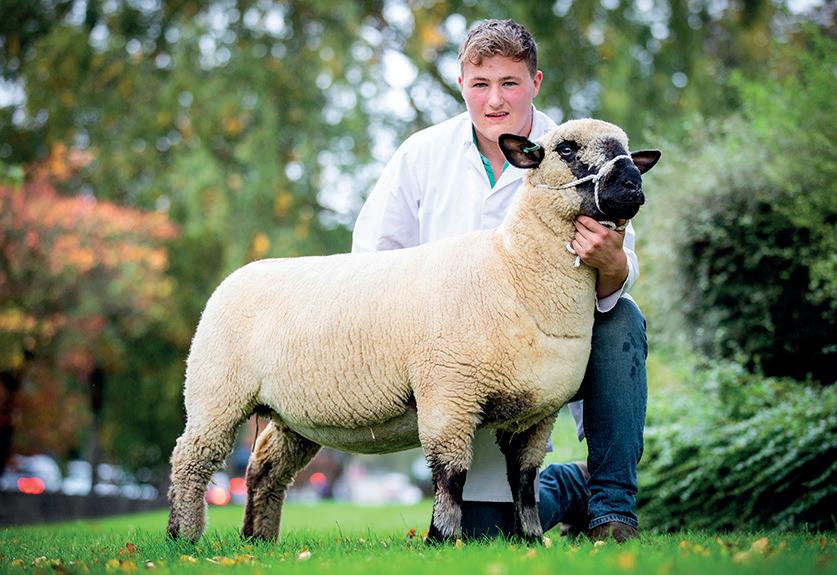
Female champion, from Adrian Rundle, Newquay, which sold for 2,800gns to the Middleditch family, Sudbury, Suffolk.
LEADING the trade at the Hampshire Down Sheep Breeders Association show and sale at Carlisle was the winning shearling ewe and female champion from Adrian Rundle’s Treworthal flock, Newquay. By last year’s Carlisle champion, Whitby Dracula, it sold for 2,800gns to the Middleditch family’s St Paul flock, Sudbury, Suffolk.
Next, at 2,700gns, was the presale show champion, a 2021-born Glanrafon ewe by Ballycreelly Shamrock from Jennifer Borsey and Martin Sivill, Denbighshire, which was female champion at the Royal Welsh last year. It sold inlamb with twins to Eppleby Lucky Dip to the judge, Harry Elsden, for his Hertford flock, Welwyn. Making 2,500gns, also to the Middleditch family, was the winning ewe lamb, a Treworthal Firestorm daughter from Mr Rundle
which was female champion at the Royal Highland Show and is in the top 1% for scan weight.
Also selling for 2,500gns was the male champion, Westland Imperial, a 2022-born ram by Ashwater Maestro bred by H.J.W. Knight and Son and consigned by Stephen Short, Halifax. Having been breed champion at the Great Yorkshire Show and reserve champion at the national show, it sold to Gary Gorman, Tow Law.
Louis Stainthorpe, Whitby, joined Mr Short’s Highcliffe flock at 950gns. Ram lambs sold to 600gns for the first prize winner from the Roadinghead flock of Karl and Arianne Knowles, Ayrshire, which was bought by Elaine Dalgliesh for the Barnhill flock, Moffat.
AVERAGES
22 shearling ewes, £932.59; 3 aged ewes, £1,995; 24 ewe lambs, £639.18; 7 springborn ewe lambs, £405; 2 shearling rams, £1,470; 4 ram lambs, £433.12.
Auctioneers: Harrison and Hetherington. ● Pre-sale champion makes 2,700gns
A March-born ewe lamb from
AT St John’s Chapel’s show and sale of Mule gimmer lambs on behalf of the North of England Mule Sheep
Association the pens of 10 were judged by Alan Redpath, Leicestershire, and Andrew McClurg, Crook,

First prize Mule
who awarded first prize to C. Hodgson and K. Brooksbank, Westgate.
They later sold for the top price of £320/head to J. Ackerley, Milton Mains, Cumbria.
The same vendors also won the prize for the best run of 50 or more North of England Mule lambs, with their 185 lambs averaging £153.76.
The second prize pen of 10 lambs from W.M. Reed and Sons, Westgate, made £245/head. The third prize winners from M. and B. Coulthart, Westgate, sold for £240/head, with their 76 lambs averaging £182.01.
The fourth prize winners from Messrs Pattinson, Daddry Shield, made £250/head.
AVERAGES
1,900 gimmer lambs, £139.49 (+£12 on 2023).
Auctioneers: Barnard Castle and Teesdale Farmers Auction Mart Co.
TOM Gorst, Ellel, topped the dairy sale at Bentham at £2,900 with his three-week calved 31kg heifer. Peter Swindlehurst, Underbarrow, was next at £2,780 with his heifer and also topped the cows at the same price with his 45kg second calver.
Four heifers from the Youngs, Jenkin Cragg, Kendal, saw their best two at £2,700, matched by David
Knowles, Kendal, whose run of seven heifers topped at £2,700.
Plenty of heifers sold from £2,500£2,700, with the next draw £2,200£2,400, with all 30 heifers averaging £2,450. Most of the cows sold from £2,000-£2,400.
The sale included the dispersal of
of £2,900
the Heathwaite herd of Jerseys on behalf of J.A. Jenkinson and Son, Scaleby. Trade topped at 1,700gns twice for both pure Jerseys and Jersey crosses. Plenty of the best sold from 1,450-1,550gns, with mid-lactation cows either side of 1,000gns and the milking portion averaging £1,040.
Auctioneers: Richard Turner and Son with Kivells.
THE Solway and Tyne Breeders Club show and sale of pedigree Texels at Carlisle topped at 3,000gns for the third prize ram lamb, Duncryne Hawkayethenoo, a son of Hexel Geronimo out of a Milnbank Brooklyn-sired ewe from D. Kerr Jarvie, Dunblane. The buyer was Messrs Thompson, Penrith.
Next, at 2,800gns, was the second prize ram lamb and reserve champion, Hilltop Headbanger by Auldhouseburn Gazza consigned by Kenny Pratt, Aberdeen, which sold to Messrs Ingram, Keith.
Overburns High Tide, a ram lamb by Ettrick Grey Goose from Keith and Andrew Campbell, Biggar, made 2,500gns to Messrs Phillips, Kimbolton.
Messrs Priestley, Brampton, paid 2,000gns for Craigdarroch Giant, a shearling ram by Mellor Vale Deja vu from Ruaridh and Isla Graham, Sanquhar.
Females topped at 1,000gns for the first prize shearling gimmer, a Stump Cross Foreman daughter from Robert Cockburn’s Knap flock, Crieff, which was knocked down to Messrs Sykes, West Yorkshire.
AVERAGES
38 shearling gimmers, £539.36; 10 shearling rams, £730.08; 102 ram lambs, £766.08.
Auctioneers: Harrison and Hetherington.
● Charmoise ring sees high of 1,300gns
TEXELS led the trade at 4,500gns at the Farmers Guardian-supported Welshpool multi-breed sale where six breeds were on offer.
The 400 Texels topped at 4,500gns for the Clun flock from A.E. Williams and Son, Craven Arms, with their pedigree yearling, Clun Gold Dust, which was awarded the pre-sale show championship by judge Gwilym Williams, Aberystwyth. The Teiglum Fieldsman son out of a home-bred ewe was knocked down in a two-way split to pedigree breeders, Cefyn Pryce, Welshpool, and J.B. Joseph, Church Stretton.
Next was Preenbank Goldfinger from J.F. Robinson and Sons, Church Stretton. The Roxburgh Colossus son went home with G.L. Jones, Machynlleth, for 3,100gns.
Will and Jackie Forrester, Market Drayton, saw highs of 2,500gns for Doonguile Glenmorangie sired by Doonguile Dram which sold to Evans and Price, Aberystwyth. Another from the pen, Doonguile Grio, a Brijon Cheiftain son, sold for 2,000gns to Messrs Lewis, Church Stretton. The Forrester’s pen of 20 rams averaged £1,325.
The Bluefaced Leicester trade was dominated by females, with three flock dispersals as well as the society ram sale.
Highs of 1,650gns were seen for the third prize yearling ewe from the major reduction of the Derwenlas flock from Phil May, Oswestry. The Kildalloig-sired ewe sold over the phone to D. Davies, Four Crosses.
The dispersal of Devon-based 89-year-old, Richard Montague’s Ashdown flock saw highs of 1,600gns for the female and overall champion.
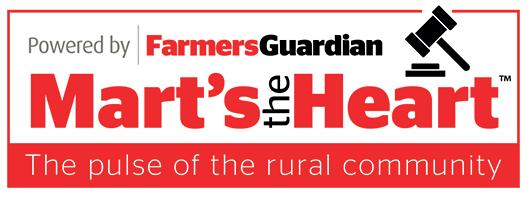
To find out where we will be next, go to farmersguardian.com/mth-roadshow
The Martin Grange-sired yearling was knocked down to Clash Farms, Stirling.
The second prize yearling from Sophie Harding, Nantwhich, sold for 1,400gns to Clarilaw Farming, Melrose.
Clash Farms also bought Mr May’s Mynydd Glas-sired first prize and reserve female champion, a three-yearold ewe for 1,300gns.
The first of two rams to achieve 1,200gns was from Dewi Williams, Angelsey, with his Blacket House yearling going to E.H. Hughes, Llandrindod. Top price ram lamb and pen mate to the champion male from Tom Jerman, Newtown, sold to the Jones family, Builth Wells.
Border Leicester
John and Gill Watkins, Hereford, topped the Border Leicester prices at 650gns with a home-bred Trinant Titanic son which sold to W. Finucane, Whitland.
Next, at 620gns, was E. Stokeld, North Yorkshire, with a Ditton Flying Scotsman-sired yearling ram which joined D.A. Williams, Denbigh.
Top price aged ram came from J. and D. Morgan, Trinant flock, Aberystwyth, and was a two-year-old homebred Knockglass Johnny son which sold to G.L. Jones, Rhyl, at 550gns.
The Watkins family also topped the female prices at 500gns with their champion female, a yearling by Trinant Titanic which joined Messrs Finucane.
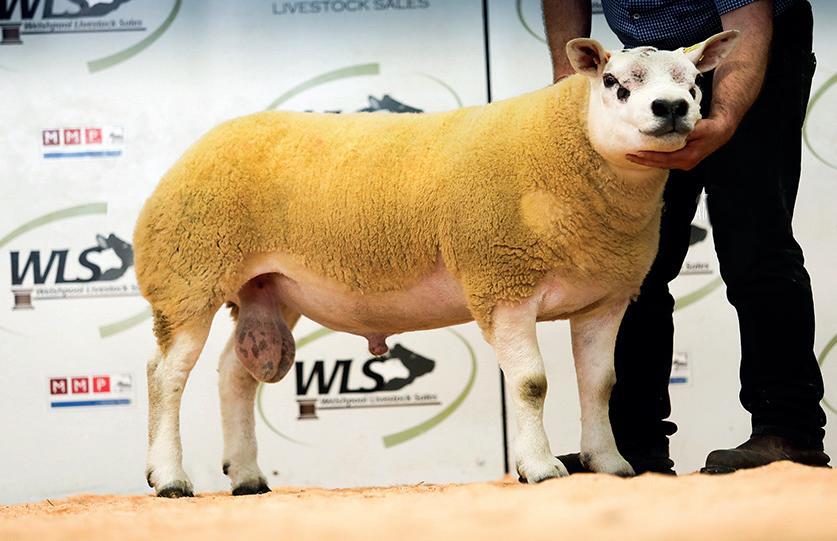
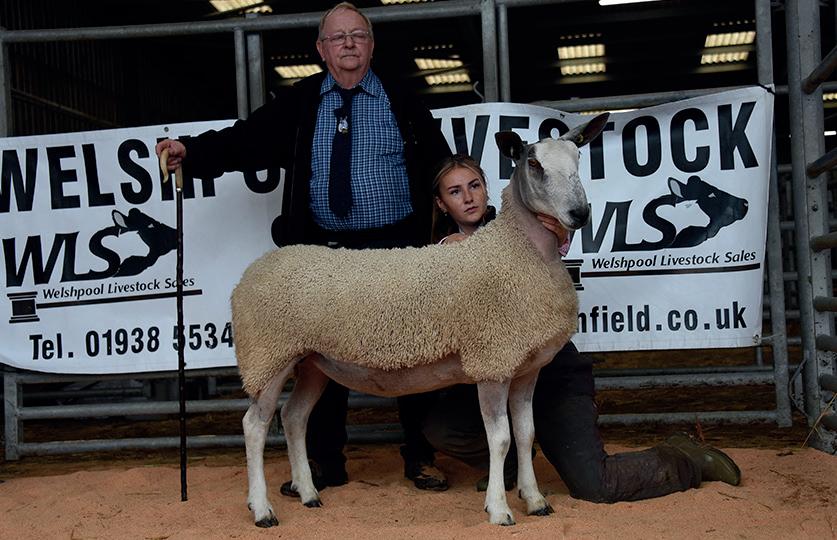
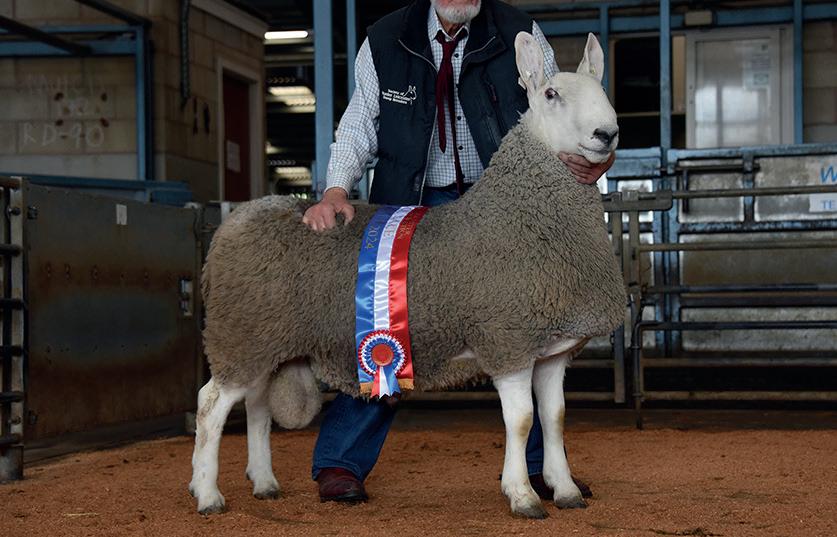
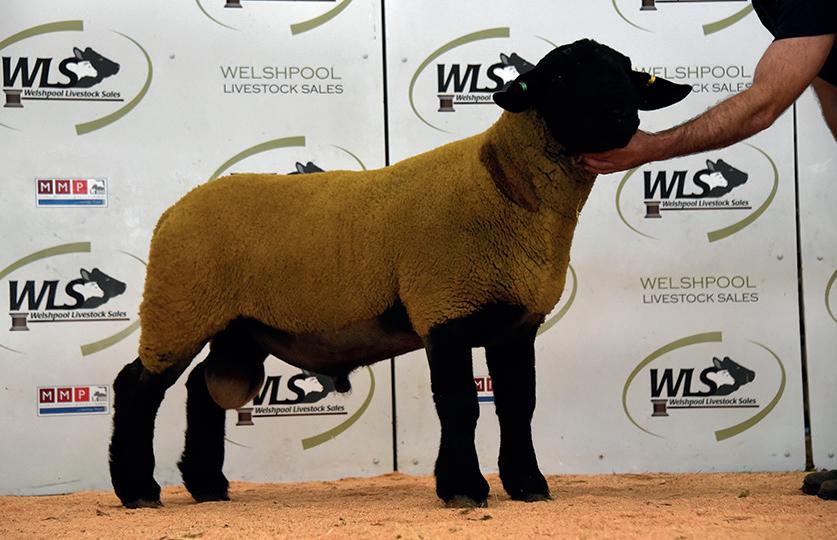
Pre-sale show champion, Clun Gold Dust, from A.E. Williams and Son, Craven Arms, which sold for 4,500gns in a two-way split.
Top price Bluefaced Leicester, a third prize yearling ewe, from Phil May, Oswestry, which sold for 1,650gns to D. Davies, Four Crosses. Border Leicester champion, from John and Gill Watkins, Hereford, which sold for 650gns to W. Finucane, Whitland.
Suffolk yearling, from G.V. and J.A. Hardman, Shrewsbury, which sold for 1,050gns.



In the Suffolk ring, 1,050gns was seen twice for yearlings from G.V. and J.A. Hardman, Shrewsbury. The first went to R. and S. Morgan, Whitchurch, and the second to T. and M. Morgan, Welshpool.
The second prize ram lamb from P.W. Poole, Shrewsbury, sold for 1,020gns to E.M. Roberts, Machynlleth. Its pen mate, the pre-sale show champion, sold for 920gns to A. Jones, Montgomery.
Top price in a consignment from S. Walker, Cheshire, was 950gns for a yearling ram bought by D. and S. Evans, Oswestry.
A strong trade for Charmoise topped at 1,300gns for Garn Billy Wiz, a Min-y-ffordd Eli-sired yearling ram, from B. Mosley, Llanonn, Ceredigion. While 1,100gns was seen three times for yearling rams. The first was for Camlad Buy A Good One from John and Richard Powell, Churchstoke, which went to W. Evans, Llanwrst.
Mr Mosley saw the next two 1,100gns price tags for Garn Beast, chosen by S. Jones, Oswestry, and the second, Garn Bobbie, selected by J. Armstrong, Hereford.
T.H. Roberts, Ruthin, came out on top in the Charollais section with a Caverick What A Boy-sired two-yearold ram which sold for 920gns to M. Ashton, Welshpool.
Mr Robert’s pen also achieved 800gns when F. Gethin, Newton, purchased a triplet-born yearling, sired by a home-bred Bachymyd ram. W. and R. Bowen, Pembroke, also took 800gns for a Boyo Vancover son from their Gwyndy flock which sold to G. Williams, Lampeter. Ram lambs saw highs of 600gns from A. Mosely’s Knockin flock, Oswestry, with a son of Mortimer Wide boy.
AVERAGES
Bluefaced Leicester, £596.19; Border Leicester, £365.20; Charmoise, £499.25; Charollais, £586.57; Suffolk, £572.62; Texel, £817.29.
Auctioneers: Welshpool Livestock Sales.
l
A SHEARLING ewe topped the Blue Texel Sheep Society’s second Carlisle show and sale at 2,800gns, while the day’s champion was one of two ram lambs making 2,000gns.
The sale leader from Mark Wattie, Alford, Aberdeenshire, was Tonley Heaven, a daughter of Joe’s Alvin out of the Caryl’s Blues Captain-sired Saltire Blue Fruity Tooty II.
Paying the 2,800gns were Messrs Hamilton, Cumnock, Ayrshire.
Second best price among the females and the same way bred as the sale leader was Tonley Hazel which sold at 1,600gns to Messrs Cousar, Kilmarnock.
Also from the Tonley flock was the ram lamb Tonley Jazz by Lyles Eagle – again out of the same dam as the sale leader.
It sold at 2,000gns to Messrs Rodger, also Alford.
An Alexander-bred Millside ram
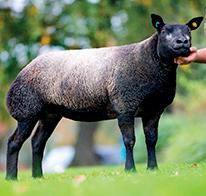
lamb by Dragon Fab, from Stasa Moyse, West Hill, took the championship and also made 2,000gns. It sold in a two-way split to Messrs Millar, Lockerbie and Messrs Graham, Blair Drummond.
Three shearling ewes sold at 1,000gns.
First from Mandy Graham, Annan, was Winnifred Honey Comb by Top-bank Flo Rida, which sold to D. Cormack and G. McDow-
of £7,000
THE 60th anniversary show and sale of Bluefaced Leicesters at Hexham topped at £7,000 for the pre-sale show champion, a ram lamb from Alan McClymont, Selkirkshire, which sold to A. Carr, Bentham.
The second top price was £2,000 for a ram lamb by Kirkstead Impeccable, from L. Fleming, Falnash, which went to an Aberdeenshire buyer.
Tonley Heaven, from Mark Wattie, Alford, Aberdeenshire, which sold for 2,800gns to Messrs Hamilton, Cumnock, Ayrshire.
ell, Tilton on the Hill, Leicestershire. Then came two from David Alexander’s Millside flock, Galston, both going to Messrs Horn, Penrith.
AVERAGES
One aged ewe, £367.50; 25 shearling ewes, £774.48; 11 shearling rams, £525; 18 ram lambs, £750.75.
Auctioneers: Harrison and Hetherington.
THE annual Llandovery Whiteface Society Sale at Llandovery market saw a tremendous trade for more than 3,000 sheep.
Shearling ewes sold to £380 for the champion pen of 20 from K.A. Hughson, Builth Wells, which were bought by A. and M. Jones, Builth Wells, who went on to sell ewes to £310 and £280.
J.R. Joseph, Brecon, sold yearlings to £358 while D. and H. Morgan, Llandovery reached £310.
The first prize, a pen of 20 full-mouth ewes consigned by D.G. and B. Thomas, Llandovery, sold for £290/head to the judge, J.M. Rowlands, Llanidloes, with another pen from the same home at £240.
Ewe lambs peaked at £180 for E. and J. Jones and Son, Erwood, selling to D. Roderick, Brecon.
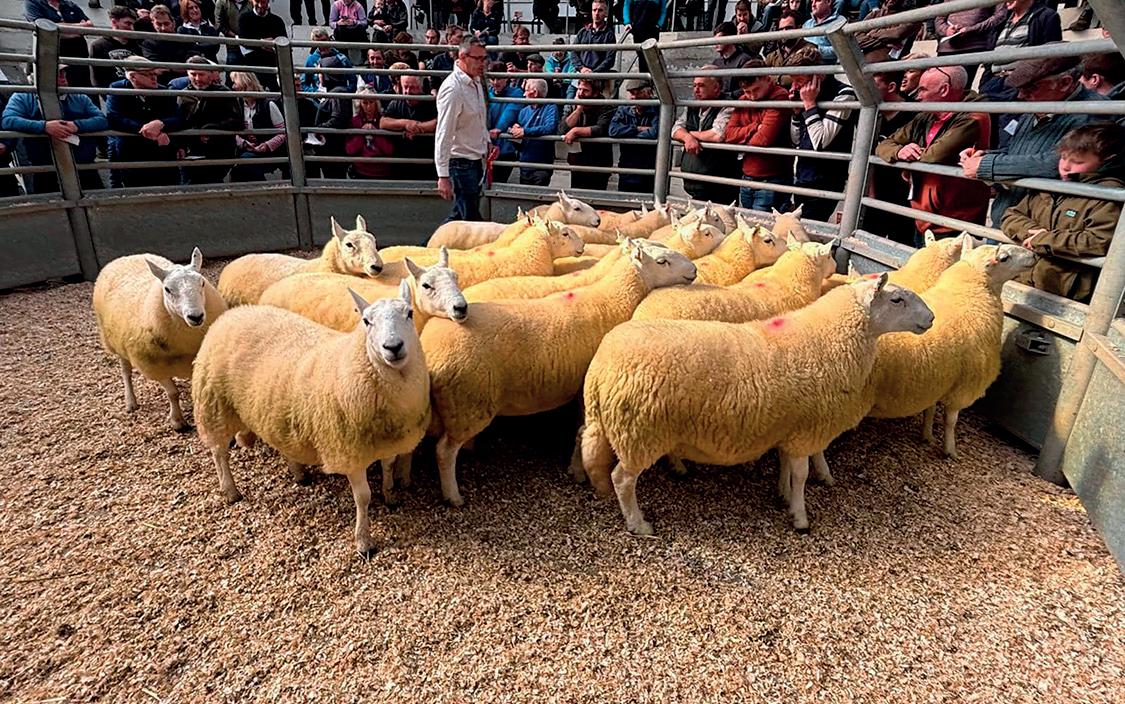
AVERAGES Shearling ewes, £235.44 (+£65.76 on 2023); two and three-year-old ewes, £184.40 (+£30.08); three and fouryear-old ewes, £182.57 (+£52.53);
full-mouth ewes, £136.06 (+£21.44); broken mouth ewes, £100.68 (+£17.61); ewe lambs, £147.63 (+£49.85).
Auctioneers: Clee Tomkinson and Francis.
The winning shearling ram and reserve champion from T.L. Forster and Son, Lowes Fell, made £1,200. Messrs Forster also had the top priced shearling ram at £1,350, which was followed by a shearling from A.G. and D. Bisset, Middle Dukesfield, at £1,300.
AVERAGES
20 shearling rams, £982.50; 5 ram lambs, £2,214.
Auctioneers: Hexham and Northern Marts.
THE Alston Moor sale of North of England Mule gimmer lambs at Lazonby saw 14,080 lambs go under the hammer, with North of England Mule Sheep Association (NEMSA) lambs averaging £157.18, up £24.15 on the year and nonNEMSA lambs averaging £148.44, up £22.43.
Top price was £500/head for a pen from Burrow and Rutter Armstrong, Langwathy, who sold 60 lambs to average £240.83.
The champion pen of NEMSA lambs was the winning pen of 10 from F. and M. Moore, Highside, which sold for £320/head, with their 130 lambs averaging £184.19.
The winning pen of 20 lambs from Phillip Dawson, The Lodge, sold for £200/head.
Non NEMSA topped at £230/ head for a pen of 10 from W.M. and C. Wallace, Gapshield, whose run of 205 averaged £163.32.
Tupping lambs sold from £160£180 while runners were £130-£150. Auctioneers: Harrison and Hetherington.
TOP STOCK Browse, sell, buy at FGBuyandSell.com

● Females see high price of 5,200gns
TREWINT Parker, the male champion from the pre-sale show, topped the sale of South Devons at Worcester at 6,000gns. The son of Highgate Prospect out of Trewint Mary 63, from Peter and Ashley Rowe, Liskeard, had been second at the National Show at Royal Cornwall, and sold to D. Trewern and Son, Penzance.
Next, at 5,200gns, was the reserve male champion, Grove Brutus 200 by Mutterton Stoke Red from A. Scott, Moreton-in-Marsh, which sold to the partnership of Bures Farm Partners, Shipdam, Norfolk, and Hadley Farms, Leamington Spa.
Females topped at 3,400gns for the reserve female champion Waddeton Hilda 124 from The
Tully Partnership, Brixham, Devon. Scanned in-calf to Highgate Napoleon, this May 2022-born heifer by Edmeston Homer 1 and out of a home-bred female by Arncliffe Otterburn, went to AAM Farms, Yeovil.
The same buyer also secured the female champion, Foxhole Cerys 9 by Trewint Churchill, and in-calf to Trewint Santos from K.V. and M.A. Plain, Tewkesbury, for 3,330gns and two more heifers from The Tully Partnership at 3,100gns and 3,000gns.
AVERAGES
3 bulls, £4,690; 10 halter broken served heifers, £2,357.25; 4 halter broken unserved heifers, £2,139.37; 13 non-halter broken served heifers, £1,550.76. Auctioneers: McCartneys.

A NORTHERN Ireland-bred shearling ram led the trade at the Beltex Society’s second sale at Carlisle at 2,500gns.
Vicky’s Jacob from J. Ferguson, Comber, Co Down, a son of Belvoir View Diamond Flame and out of a home-bred ewe by Woodies Cookie
Monster, sold to D. Cadzow and Co, East Lothian.
Next, at 2,000gns, from A.E. Story, Longtown, was the 2022-born ram, Borderesk Hooray Henry by Ardstewart Cheeky Charlie. The buyer was J. Halliday and Sons, Lockerbie.
J. and S. Wilkinson, Richmond, also

Vicky’s Jacob, a shearling ram, from J. Ferguson, Comber, Co Down, which sold for 2,500gns to D. Cadzow and Co, East Lothian.
took a 2,000gns bid on their shearling ram, Smart Ass Just Class, by Ainstable Factoum and bred by D.E. Owen, which sold to J.J. and E. Thomlinson, Wigton.
Also at 2,000gns and selling to Finn Christie, Inverurie, was the top priced shearling gimmer from Tippetts and Jones, Shifnal. Pager June is by Ardstewart Fred Flintstone and out of Hackney Guccy, a daughter of Broughton Ale. The same-way bred and selling at 1,400gns was another shearling ewe going to J. Gregory, Lockerbie.
AVERAGES
1 aged ram, £2,100; 33 shearling rams, £1,048.72; 15 ram lambs, £684.60; 16 shearling gimmers, £916.78; 6 ewe lambs, £264.25.
Auctioneers: Harrison and Hetherington.
THE male champion from this year’s Royal Welsh Show topped the Lleyn Sheep Society sale at Carlisle at 7,500gns. This was a shearling ram from Helen Wells’ Rowelen flock, Cardigan, which sold to Messrs Steen, Moffat.
Two rams sold for 5,000gns. The first from G. and A. Fort’s Brightonhouse flock, Keighley, was knocked down to Messrs Timm, Pickering, and the other from G.H. Blakey, Morpeth, went to Laga Farms, Orkney.
Twose Farms, Whitland, then paid 4,500gns for a ram from W.J. and D.J. Williams’ Tacho flock, Pwkkheli, and a 4,200gns bid from Messrs Dugdale and Son, Settle, secured a ram from Hamish Goldie’s Lachar flock, Ruthwell.
Shearling gimmer
Females sold to £700 for a shearling gimmer from Farmstock Genetics, Selkirk, which sold to Messrs Wells.
A pen for five shearling gimmers from Lionel Organ, Llandysul, made
£360/head to Messrs Timm and Messrs Goldie sold a pen of six shearling gimmers at £320/head to Messrs Peterkin, Invernesshire.
A pen of six ewe lambs from Messrs Organ made £300/head to Messrs Selway, Stalbridge, Dorset.
AVERAGES
100 rams, £1,435.98; 30 aged ewes, £171.25; 636 shearling gimmers, £259.59; 354 ewe lambs, £158.92.
Auctioneers: Harrison and Hetherington.
A SHEARLING ram by an imported French sire from S. Hughes’ Garn flock, Garndolbenaein, Gwynnedd, topped the Roussin Sheep Society show and sale at Carlisle at 2,100gns, selling to Messrs McFarlane, Ayr.
Next, at 2,000gns, was the second prize winning shearling ram, Blaenaucaron Neptune, a son of Blaenaucaron King consigned by G. Jones, Tregaron, which was knocked down to Messrs Fleming, Newton Stewart.
The winning shearling ram and reserve overall champion was a shearling ram by another imported French sire from Messrs Hughes which made 1,000gns to Livesey Farming, Melrose.
Females topped at 1,500gns for a shearling gimmer by a French sire from Messrs Hughes, which went to Messrs Armstrong, Alnwick. Another gimmer from the same home made 800gns to Messrs Limond, Cumnock.
AVERAGES
13 shearling rams, £959.53; 6 shearling gimmers, £761.25; 10 ewe lambs, £300.30. Auctioneers: Harrison and Hetherington.
There were 30 rams which sold for more than 3,000gns.
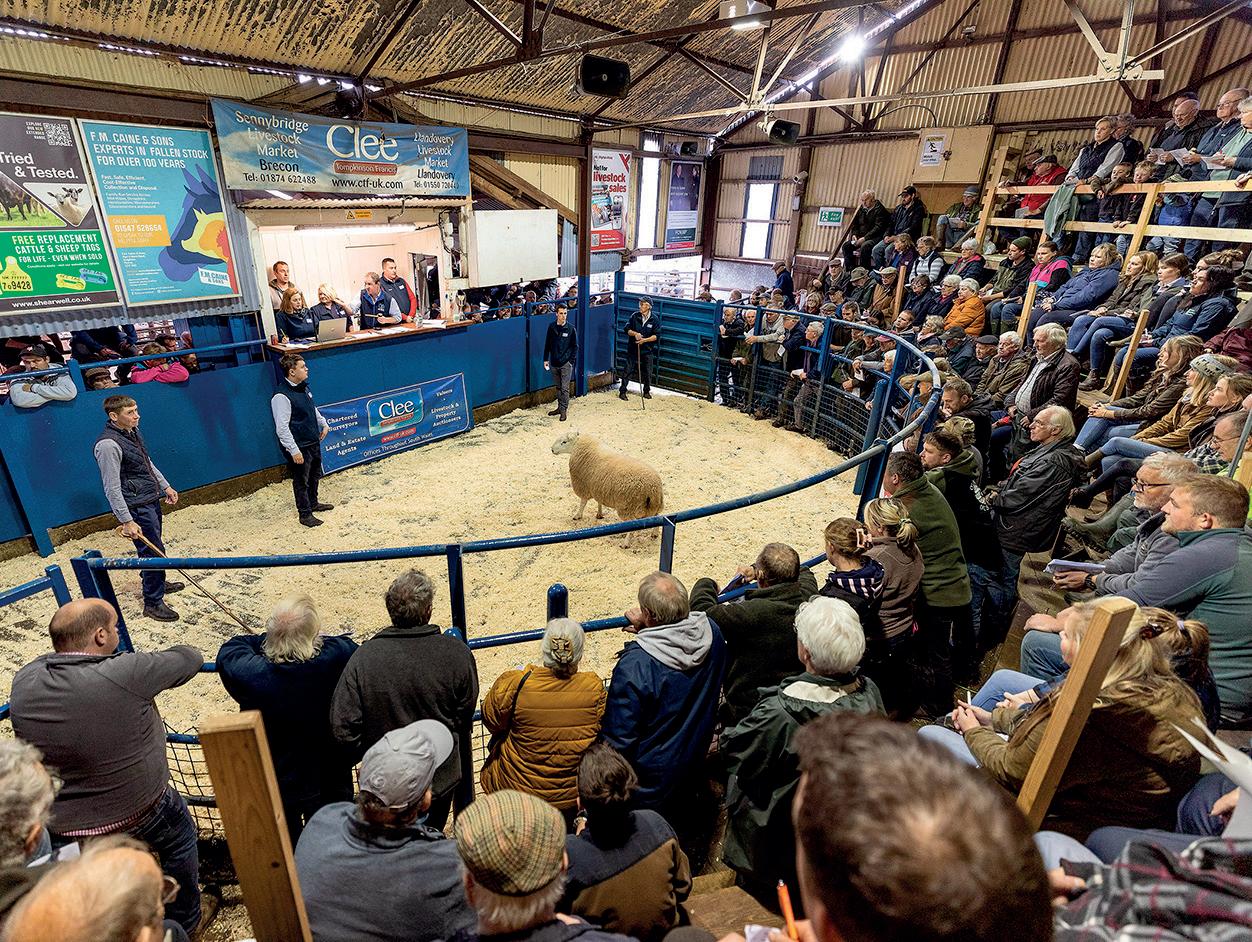


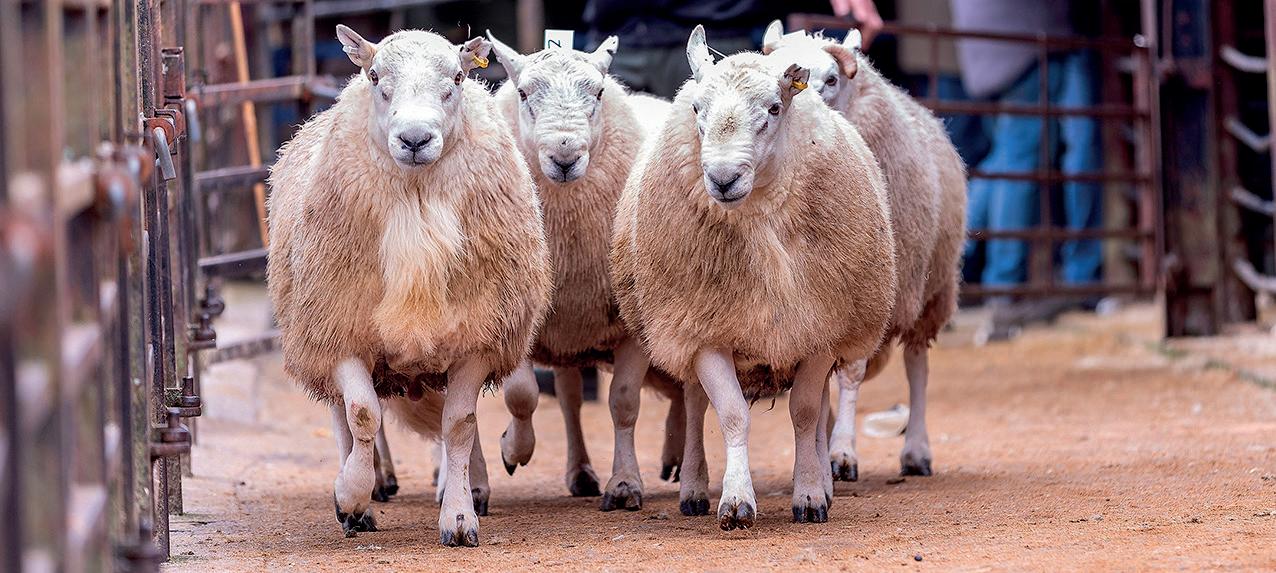





The 272 yearling rams at the sale averaged £1,438.50.
● Four rams sell for 6,000gns
THE Farmers Guardian-supported Brecknock Hill Cheviot Society sale at Sennybridge topped at 10,000gns with the 272 yearling rams averaging £1,438.50, up £313.83 on the year.
The atmosphere was electric in the small, historic market in Sennybridge, which is nestled in the Brecon Beacons, and this was reflected in the trade with 30 rams selling in excess of 3,000gns.
Prices peaked at 10,000gns for a yearling ram from D.M. Jones, Crai, Brecon, which was knocked down to the Davies family, Tirmawr, Brecon. It was the only ram of its kind on offer that day as it had only one testicle, but it was sold in full faith, backed by its breeders and accompanied with a semen test certificate.
The father and son judging duo, Brian and Robert Thomas, Llanddeusant, tapped out a home-bred ram from G. Davies, Pantglas, Trecastle, as champion. True to the type that the Thomas family breed, they backed their decision and bought the ram for 9,000gns.
G. Meredith, Llanbadarn Fynydd, Newtown, bought a yearling for 7,200gns from young breeder Caryl Howells, Llanddeusant, Carmarthenshire, who was awarded the prize for
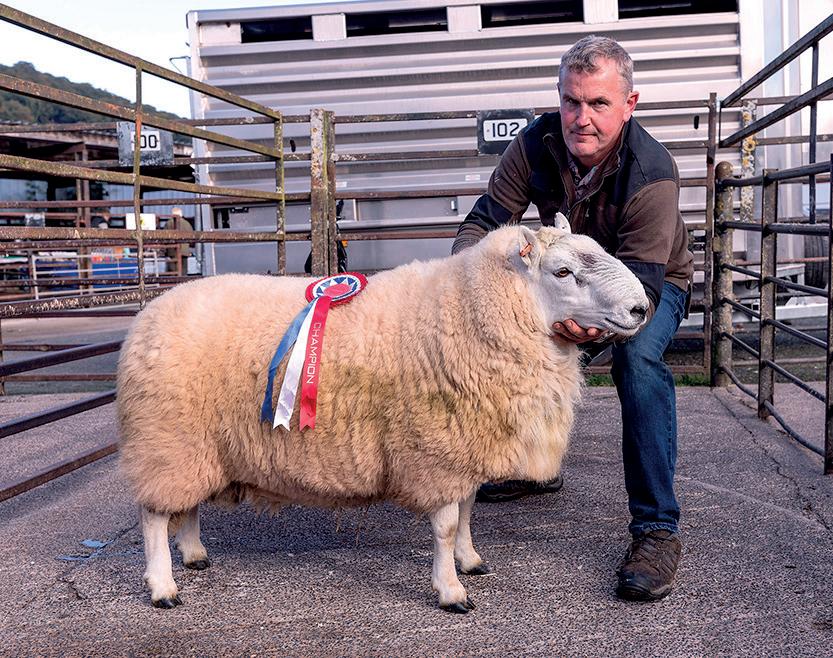
the highest pen average of £3,759 for five rams sold.
Going back to Nantgwynne with D. Morgan was the third ram in the run from D. and M. Prosser and H. Jones, Libanus, Brecon, which made 6,500gns.
The first of four rams to sell for 6,000gns came from P. and M. Davies, Tirmawr, Brecon, and was bought by Llangurig-based E.T. Bound.
Based in Llanstephan on the Radnorshire border, the Joseph family were next to secure 6,000gns for their yearling ram, which was bought by Aron Hemmings, Cross Hands.
The first of the run from J.C. and D. Jones, Belfont, Trecastle, sold for

Champion ram from G. Davies, Pantglas, Trecastle, which sold for 9,000gns to Brian and Robert Thomas, Llanddeusant.
the same price to the Phillips family, Sennybridge. The final ram to achieve the 6,000gns price tag was from the same pen as the reserve champion from T.B. Phillips, Libanus, which sold to Messrs Davies.
After claiming third prize in the pre-sale show, a ram from D.G. and B. Thomas, Aberdyfnant, Llanddeusant, joined Messrs Bound for 5,800gns.
Next in line was the second prize yearling and reserve champion from T.B. Phillips, Libanus, which changed hands for 5,500gns to J.C. and D. Jones, Trecastle.
The Joseph family, Brecon, paid

5,500gns for the first of the run from D.G. and B. Thomas, who then bought a yearling from P. and M. Davies for the same money. Another J.C. and D. Jones ram went under the hammer for 5,200gns, which went home to the Cnewr Estate, Sennybridge.
T.B. Phillips took the next two places on the chart, with a ram going to D.R. Price, Garreglwyd, Llanddeusant, for 5,000gns and the second selling for 4,500gns to Ben Amphlett, Brecon.
AVERAGES
Top flock averages: C. Howells, Nantgwynne, 5 rams, £3,759; T.B. Phillips and Co, Twyn Neuadd, 13 rams, £2,818; G. Davies and Co, Pantglas, 9 rams, £2,706; J.R. Joseph and Co, Lloyney, 15 rams, £2,586; P. and M. Davies, Tirmawr, 11 rams, £2,405; I.G. and M.E. Jones and Co, Pwll Isaf, 12 rams, £2,266; D.G. and B. Thomas, Aberdyfnant, 13 rams, £2,222; J.C. and D. Jones, Belfont, 7 rams, £2,184. Averages: 266 yearling rams, £1,438.50; 6 aged rams, £856.80 (+£13.30).
Auctioneers: Clee Tompkinson and Francis.
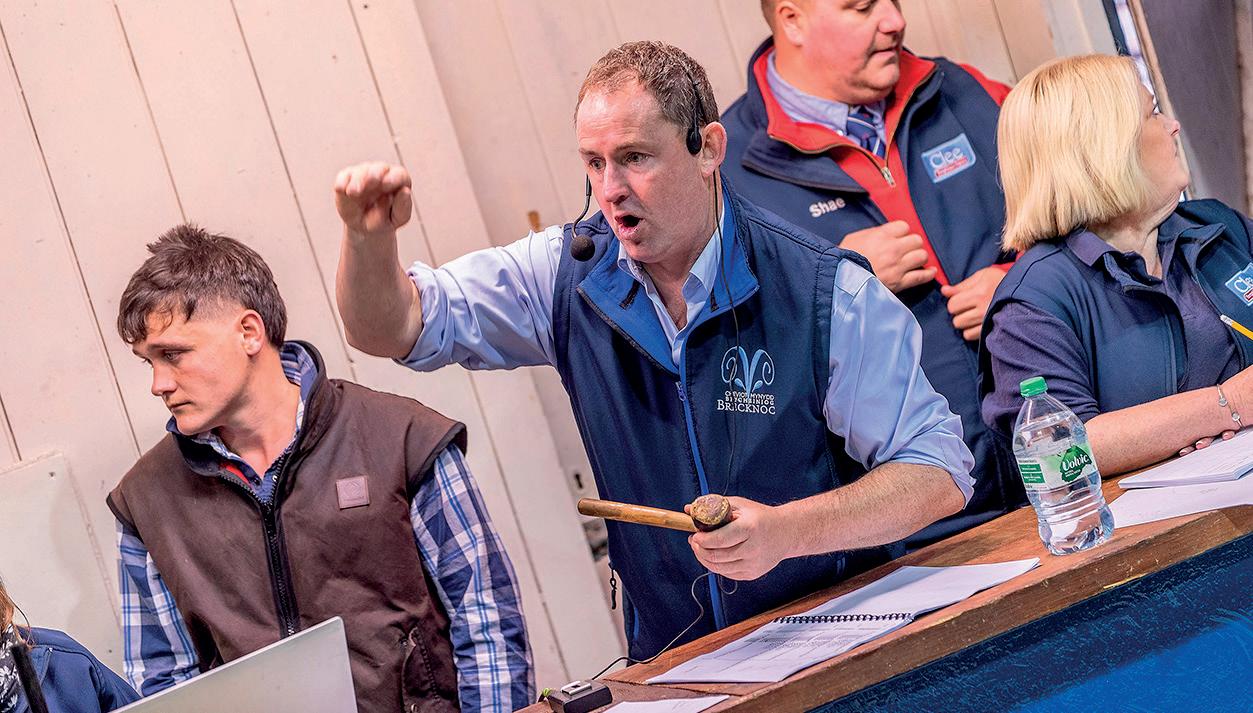


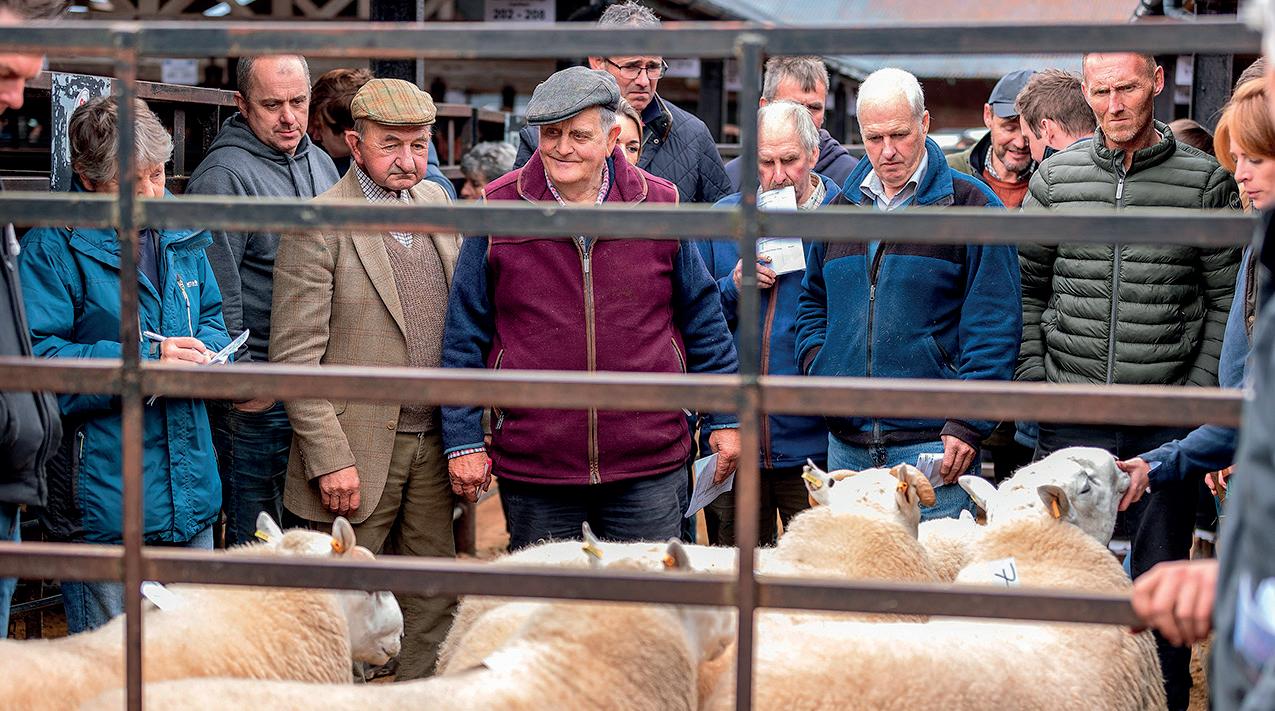


FRIDAY 11th OCTOBER (10.15am)
AT WIGFAIR FARM, CEFN, ST ASAPH, LL17 0ET
(Off A525 Denbigh Road, 3 miles A55 St Asaph)
For H & M Jones ON FARM DISPERSAL SALE
THE FIRST CLASS PEDIGREE WIGFAIR HERD 300 HOLSTEIN FRIESIAN MILKING COWS & HEIFERS
★ 260 milkers to be sold in calving order ★ 34 heifers left to calve ★
★ 10,179L 4.52F 3.37P 95CC ★ 3,966L from forage ★
★ YOUNG HERD ★ 60% 1st and 2nd calvers ★
★ Proven Genus sires including Applejax ★
★ Autumn bias 180 calving 1-7-24 to 31-12-24 ★
★ In-calf Cows due to Beef (BB/Lim) Heifers to AA ★
★ CUBICLES ★ HERRINGBONE PARLOUR ★ NEVER HAD TB ★
01630 652 926 | marketdraytonmarket.co.uk
SALE AT SHORT NOTICE
Jonty Cliffe 07595 453 306 dairy@barbers-auctions.co.uk Catalogues by post on application
MONDAY 14TH OCTOBER (10am prompt)
AT BROOK HOUSE FARM, CHORLEY, NANTWICH, CHESHIRE, CW5 8JR (2 miles A49 Cholmondeley Arms)
For RL & PR Latham LLP ON FARM DISPERSAL SALE
THE PEDIGREE ORGANSDALE HERD
450 BROWN SWISS MILKING COWS & HEIFERS
★ The entire milking herd ★ 450 milkers to be sold in calving order ★



★ 300 Autumn calvers ★ 150 Spring calvers ★
★ 6,234L 4.38F 3.57P 176CC ★
★ CUBICLES ★ HERRINGBONE PARLOUR ★

FRIDAY 18th OCTOBER (10am)
AT TILSTONE BANK FARM, TILSTONE FEARNALL, TARPORLEY, CHESHIRE, CW6 9QH
(Just off A51 Nantwich Road, 2 miles Tarporley)
For TJ & SL Mansell ON FARM COMPLETE DISPERSAL SALE
THE PRIZE WINNING PEDIGREE TILSTONE HERD 400 HOLSTEIN FRIESIANS
★ Former Champion Farm Cheshire Farms Competition ★
★ Former Runner up Tesco Dairy Farmer of the Year ★
★ 245 milkers to be sold in calving order ★
★ 155 followers of all ages from baby heifer calves to served heifers ★
★ 10,839L 4.14F 3.44 114CC ★ AV DAILY YIELD 38.5L (2X) ★
★ All year calving ★ Graze from Spring to Autumn ★
★ Proven Genus sires including Applejax ★ Sexed services or AA ★
★ CUBICLES ★ HERRINGBONE PARLOUR ★
★ HIGH HEALTH STATUS HERD ★ NEVER HAD TB ★
652 926 | marketdraytonmarket.co.uk
Jonty Cliffe 07595 453 306 dairy@barbers-auctions.co.uk Catalogues by post on application only


BISHOPS CASTLE AUCTION SHREWSBURY AUCTION CENTRE
THURSDAY 10TH OCTOBER 2024
BLUE GENES SATURDAY 6TH MARCH 2021
Prize Sale of 500
STORE CATTLE
THURSDAY 17TH OCTOBER 2024
A Sale of Autumn & Spring born Suckled Calves
01588 638755
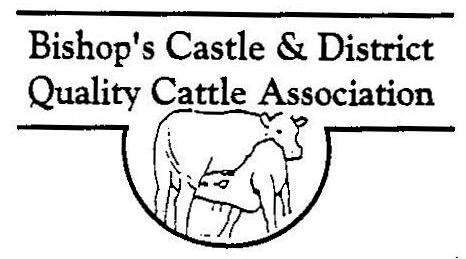
SHOW & SALE OF 29 PEDIGREE BRITISH BLUE BULLS AND HEFIERS, inc EMBRYO PACKAGES from leading herds inc Barleyclose, Delhorn, Graymar, Littlewood, Newpole, Old Stackyard, St Clements, Stoneleigh, Trencrom, Ty Isaf, Ruthall. Also 3 PEDIGREE LIMOUSIN BULLS from Dinmore & Twemlows Herds AT SHREWSBURY AUCTION CENTRE SY4 3DR Show at 9.00am - Sale at 11am
bishopscastle@hallsgb.com hallsgb.com/auctions
BISHOPS CASTLE AUCTION
Thursday 4th MARCH 2021
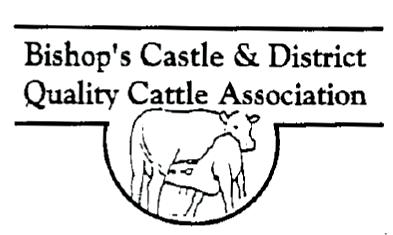
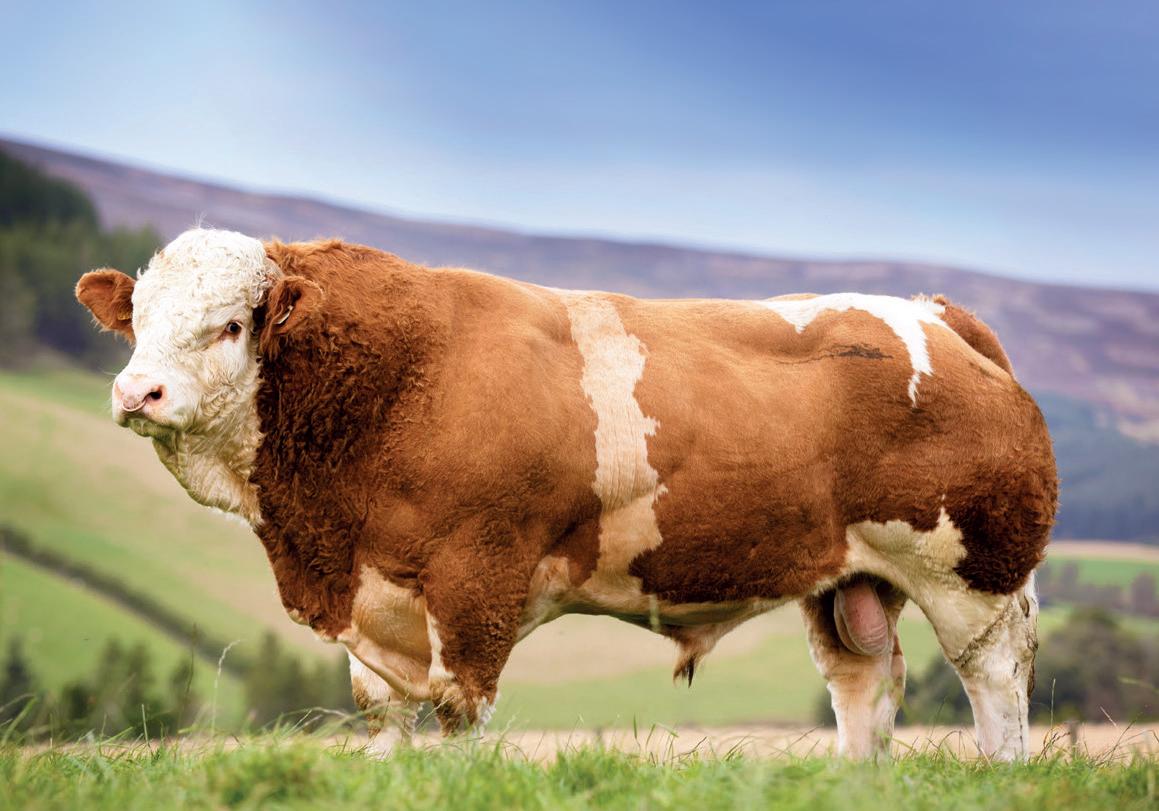
Livestock Markets
Livestock Markets






▪ Bridgnorth, Carmarthen & Newcastle Emlyn
▪ Bridgnorth, Carmarthen & Newcastle Emlyn
▪ Private & deadweight sales
▪ Private & deadweight sales
▪ Primestock & store markets
▪ Primestock & store markets
Bridgnorth:
Bridgnorth:
Weekly primestock sales and fortnightly store sales
Carmarthen:
Weekly primestock sales and fortnightly store sales
Carmarthen:
Weekly dairy, calves & weanlings sales; weekly barren cows, store cattle and all classes of sheep; monthly weaned calves, suckler cows and breeding bulls; monthly orange TB restricted cattle sale; monthly Holstein South Wales show & sale
Newcastle Emlyn:

Weekly dairy, calves & weanlings sales; weekly barren cows, store cattle and all classes of sheep; monthly weaned calves, suckler cows and breeding bulls; monthly orange TB restricted cattle sale; monthly Holstein South Wales show & sale
Newcastle Emlyn:
Weekly calves, weanlings, cull cows & sheep; fortnightly store cattle sales

Rural Professionals
Weekly calves, weanlings, cull cows & sheep; fortnightly store cattle sales
▪ Specialising in property sales, lettings & management; dispute resolution & planning; environment al schemes & grants; valuations
Rural Professionals
Auctioneers & Valuers
▪ Specialising in property sales, lettings & management; dispute resolution & planning; environment al schemes & grants; valuations
▪ Growing crops & fodder; rural land & property, farm dispersal; machinery sales; annual valuations
Auctioneers & Valuers
All dates for markets are on the Nock Deighton Agricultural website
▪ Growing crops & fodder; rural land & property, farm dispersal; machinery sales; annual valuations
Bridgnorth Market Contacts: Martin Clack 07977 0675198, Ollie Clack 07891 343673 or Mark Burgoyne 07831 192603
All dates for markets are on the Nock Deighton Agricultural web
Bridgnorth Market Contacts: Martin Clack 07977 0675198, Ollie Clack 07891 343673 or Mark Burgoyne 07831 192603
Welsh Mart Contacts: Llŷr Jones 07812 934964 or Paul Taylor 07815 509504. Bidding available on “Marteye” in Welsh marts nockdeightonagricultural.co.uk
LIVESTOCK CENTRE, NANT Y CI, CARMARTHEN SA33 5DR 01 267 493200

Welsh Mart Contacts: Llŷr Jones 07812 934964 or Paul Taylor 07815 509504. Bidding available on “Marteye” in Welsh marts nockdeightonagricultural.co.uk
LIVESTOCK CENTRE, NANT Y CI, CARMARTHEN, SA33 5DR 01 267 493200

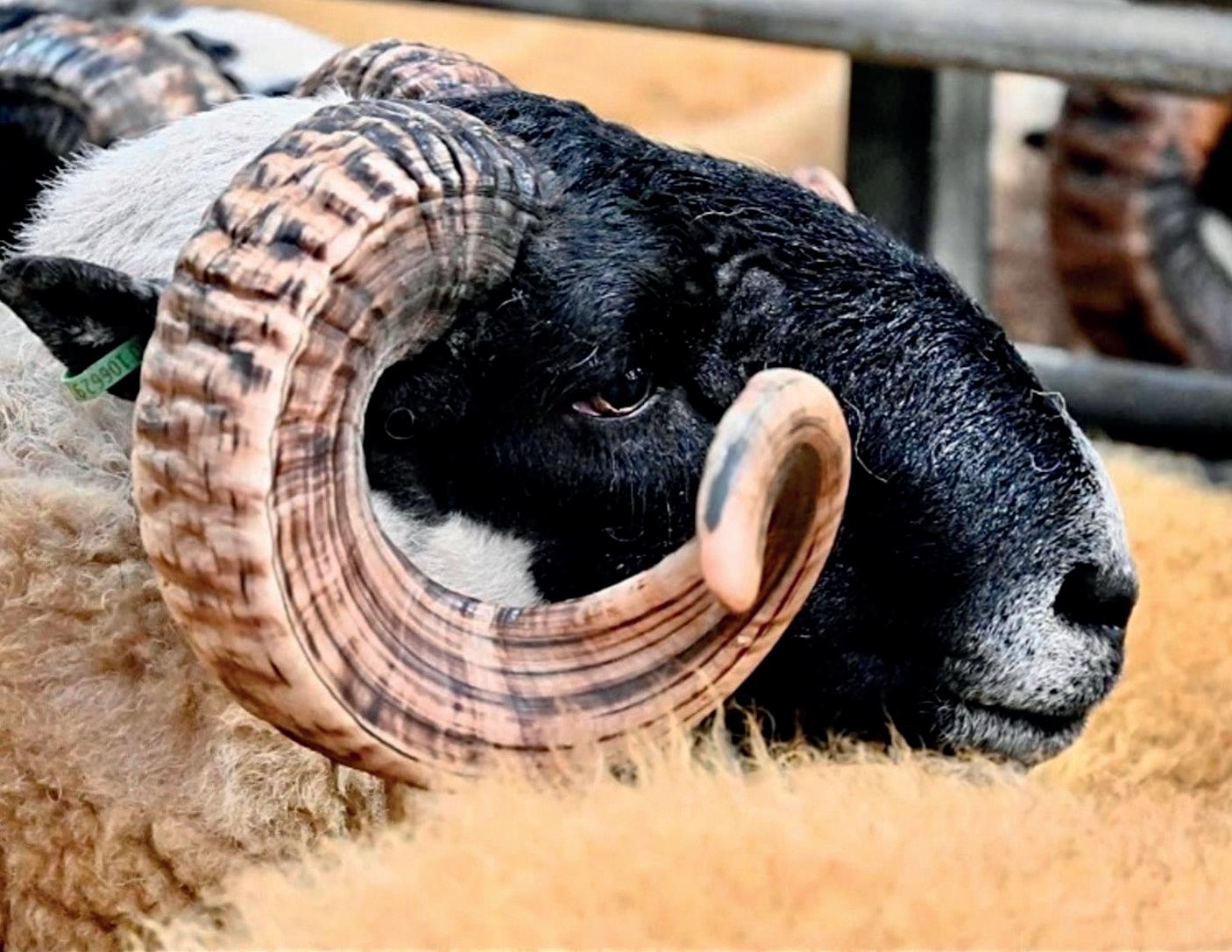
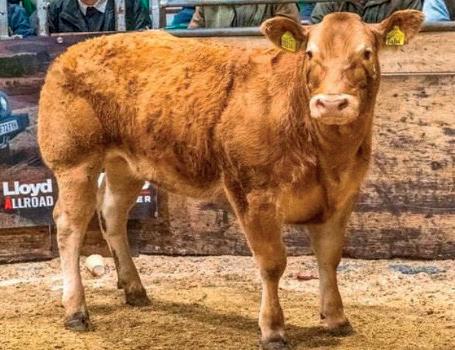
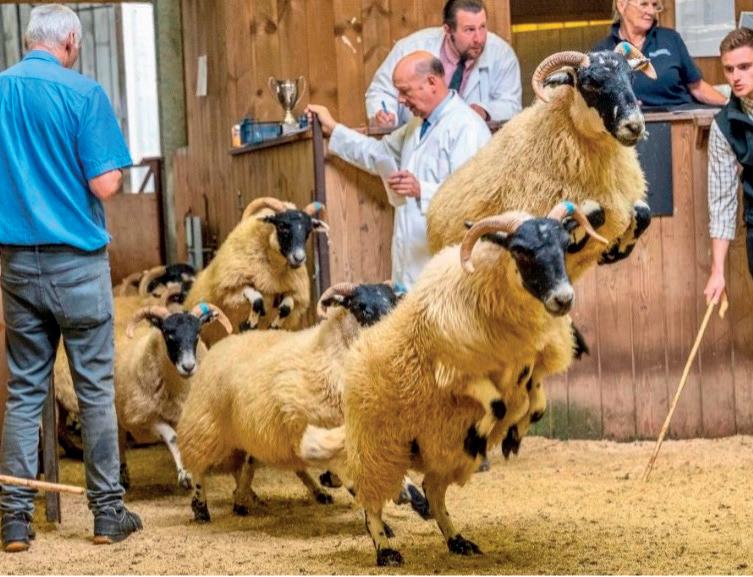
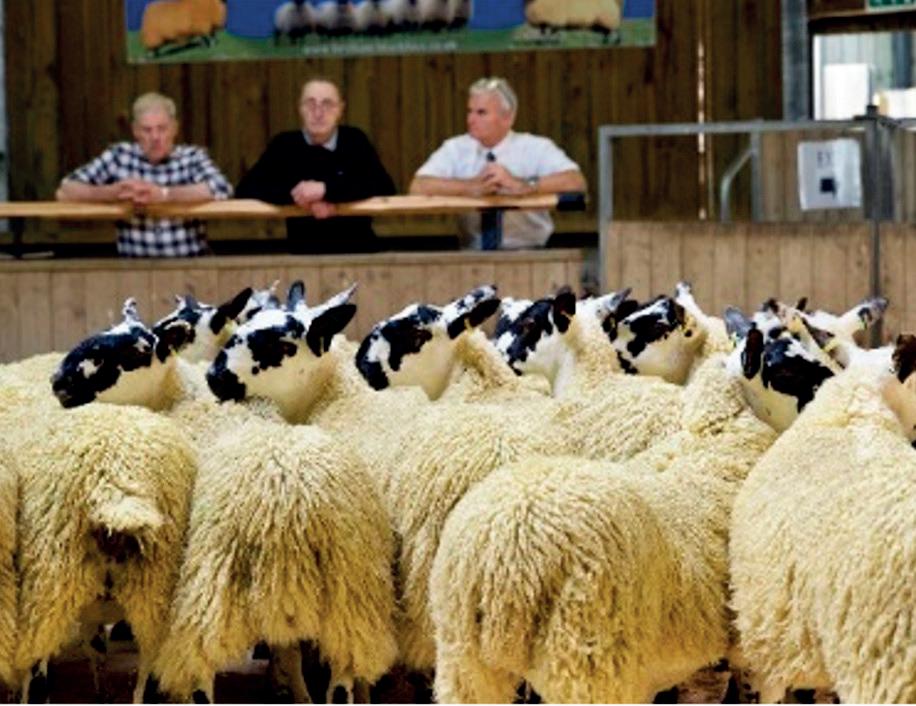

Thursday 10th October at 10.00am
Second Sale of 400 Bluefaced Leicesters, Texels, Suffolks & Other Continental Rams & Ram Lambs
Friday 11th October at 9.00am
Sale of 1500 Cast Ewes & 6000 Store Lambs
Annual Prize Show & Sale of
600 Continental Store Cattle & Suckled Calves
Start of 2024/2025 YFC Competition
Entries invited by 10am Monday 7th October
Monday 14th October at 10.30am (Show at 8.00am)
Prize Show & Sale of 250 Blackface Aged Rams, Shearlings & Ram Lambs
Under the auspices of the Blackface Sheep Breeders Association
Thursday 17th October at 10.00am
Second Sale of Hill & Lowland Ewes, Gimmers & Ewe Lambs
Entries invited by Wednesday 9th October
Friday 18th October at 9.00am
Sale of 1500 Cast Ewes & 6000 Store Lambs
Annual Prize Show & Sale of
700 Limousin Store Cattle & Suckled Calves
Second Sale to purchase a calf for 2024/2025 YFC Competition
Entries invited by 10am Monday 14th October
Thursday 24th October at 10.00am
Annual Bellingham Sale of Spring Born Calves.
Entries restricted to calves bought after the 1st January 2024
Third Sale to purchase a calf for the 2025/2025 YFC Competition
Friday 25th October at 9.00am
Sale Cast Sheep & Store Lambs
‘Tow Law’ Sale of 550 Store Cattle & Suckled Calves
Fourth Sale to purchase a calf for the 2025/2026 YFC Competition
Entries invited by 10am Monday 21st October
LIVESTOCK AUCTIONEERS � VALUERS www.nwauctions.co.uk info@nwauctions.co.uk
Saturday 5th October HILL FAIR DAY 10.30am Sale of all classes of Breeding Ewes, Gimmer Shearlings, Breeding Rams & Gimmer Lambs. Plus sale of Store Lambs
Monday 7th October 10am PRIME LAMBS & CAST SHEEP
Friday 11th October
10.15am 100 REARING CALVES & WEANLINGS 10.15am 150 CAST / OTM CATTLE 11.15am 300 STORE CATTLE
Monday 21st October Young Handler Prime Lamb Show
Monday 28th October Dairy Dispersal Sale on behalf of DJ A & L Sutcliffe, Throstle Nest Farm, Winmarleigh Comprising of 100 In milk / In calf & 40 Young Stock (Robot Trained)
Monday 7th October 4pm Show & Sale of 300 Registered & Unregistered Bluefaced Leicester Rams & Females
Tuesday 8th October
10.30am ALL CLASSES OF PIGS 1pm PRIME LAMBS & CAST SHEEP

WEDNESDAY 9TH OCTOBER
Dedicated Slaughter Market
350 Prime Cattle 520 Prime Sheep 175 Prime Pigs PLEASE NOTE Cattle & Sheep from The Bluetongue Restricted Zone MUST be booked in prior to sale Pigs 9am Sheep 9.45am Cattle 10.30am
SATURDAY 12TH OCTOBER
*Please Note Change of Sale Times*
Breeding & Store Cattle of all classes at10.15am
18 LimX Hfrs, 12mth, W Gibson & Son 14 Limx Bulls, 12mth, W Gibson & son 6 Limx Str, 16/18mth, S Oddie
Special Sale of Breeding & Store Sheep at 11.30am
Contact Office for Details
MART OFFICE: 01757 703347
Inc. Ewes, Shearlings, Rams & Lambs
RICHARD HAIGH: 07768 594535 www.selbymart.co.uk
Breeding & Store Pigs AT 9am Entries Invited
*ALL SALES SUBJECT TO CURRENT BLUE TONGUE RESTRICTIONS*
Contact Office for Details
MART OFFICE: 01757 703347
RICHARD HAIGH 07768 594535 www.selbymart.co.uk



Thursday 10th October 10.30am
Second Sale of 1500 GIMMER LAMBS Fortnightly Sale of 6000 STORE LAMBS
Saturday 12th October
The Rough Fell Sheep Breeders Association Show & Sale of 134 ROUGH FELL RAMS Society Sale of 30 CHARMOISE HILL RAMS & FEMALES
Thursday 17th October
10am 150 REARING CALVES & WEANLINGS 10:30am 100 CAST/OTM CATTLE 11:15am 300 STIRKS & STORE CATTLE
Saturday 19th October ‘LAKELAND FAIR’
Closing Autumn Sale of Breeding Sheep & Rams To include Show & Sale of Swaledale & Cheviot Rams
Saturday 26th October
Fell Pony Society Show & Sale, Shetland Pony Society Show & Sale, Sale of Registered & Part Bred Mountain & Morland Ponies
SALE LIVE ONLINE - www.nwa.auctionmarts.com
Viewing: Friday 4th (9am-4.30pm), Saturday 5th (9am-12noon) & Monday 7th (9am-4.30pm).
Sale to Conclude: Tuesday 8th October Collection: Wednesday 9th & Friday 11th October
Saturday October 12th
Special Sale of Breeding Cattle (in conjunction with the usual market).
Entries include: 4 limX BB heifers of show quality,14 He, AA cows and calves,10 ped beef shorthorn, many more entries expected. Please see website for full details.
Saturday October 19th
Sale of Farm Machinery, Implements and Effects. At Shipdham Airfield.
Entries and further details on the website.
www.norwichlivestockmarket.com
Saturday 5th October
Show & Sale of Registered Lonk Sheep (Rams & Females) on behalf of the Lonk Sheep Breeders AssociationShow 10.30am, Sale 12 noon
Sunday 6th October
Show & Sale 400 Registered Cheviot Sheep (Rams & Females) on behalf of North Country Sheep Society Show 10.30am, Sale 12 noon
Monday 7th October 11am
Further entries accepted on the sale day.
Tuesday 8th October 12.30pm
Prime Lambs & Cull Ewes
Saturday 12th October
Show & Sale of Registered Derbyshire Gritstone ( Rams & Females) on behalf of Derbyshire Gritstone Sheep Society Sale 10am, Show 12.30pm
Monday 14th October
Show & Sale of Horned & Hill Going Rams plus Show & Sale of Bluefaced Leicester – Catalogue entries close Mon 7th October
Online Machinery Sale
Thursday 17th - Saturday 19th October – Intake of items until Thursday 10th October
Friday 25th October
‘Old Fair Sale’ of 5000 Breeding Ewes, Feeding Ewes, Shearlings, Gimmer Lambs & Store Lambs – Catalogue entries close Tuesday 15th October
Saturday 26th October
‘Old Fair Sale’ of 350 Breeding Rams – Catalogue entries close Tuesday 15th October

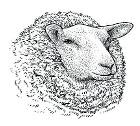

Tel: 01228 406200
BLUEFACED LEICESTER SHEEP
462 TRADITIONAL TYPE
Judging: Thursday 10th October 5.30pm
Sale: Friday 11th October – 10.00am
122 aged & shearling rams, 266 ram lambs and 74 females
555 CROSSING TYPE
Friday 11th October
Judging: 7.30am Sale: 10.00am
392 lamb rams , 152 aged & shearling rams and 11 females
Dispersal of the HAUGHHEAD CHAROLAIS HERD
Wednesday 16th October – 11.30am
Comprising 14 cows/heifers with calves at foot, 3 incalf heifers and 3 bulling heifers
190 DAIRY CATTLE SELLING
Wednesday 16th October
Show 10.00am Sale 11.00am
Follow Us On Facebook To View Sale Lots Prior To Sale
130 Cows/Heifers In Milk - 18 In Calf Heifers –40 Bulling/Maiden Heifers Sell
No.1 source for quality milkers in the UK FOLLOWED BY THE CARLDANTON AUTUMN OPPORTUNITY SALE
For A. Griwmshaw, Smithhills Open Farm, Bolton 13 Cows & Heifers In Milk – 18 In-Calf Heifers – 40 Bulling & Maiden Heifers
The CARLDANTON Holstein herd is phenomenal on PRODUCTION, TYPE, LONGEVITY & GENETICS. Without exception this is the BEST group of Holstein cattle to ever sell from the Carldanton herd. The commercial aspects of this herd should not be ignored with a large emphasis placed on health & fertility traits. Currently production is running at 11512kg at 4.23% butterfat and 3.25% protein with a 392 day Calving Interval. Continued...
The heifers selling comprise 13 cows & heifers in milk, 18 in calf heifers, 25 bulling heifers, & 15 heifers born in 2024 and includes several world class pedigrees and individuals that can grace the very best show rings in the country. Carldanton Chief Springsteen EX94 was 2nd in the Production Class and Carldanton Chiefs Springsteen VG86 2yr was 3rd in the Junior 2year old class at UK Dairy Expo this year. Progeny from both of these awesome cows sell. The Springsteen cow family has been an incredible addition to the herd as has the ASHLYN, MAHOGANY, MATTIA, SHARON, SARA & LILI cow families.
Herd Health
The herd is tested BVD & Lepto free and is Johnes accredited free. The herd is situated in four-year TB testing area and there has never been a case of TB within the herd.
Show and sale 126 PEDIGREE LIMOUSIN BULLS
Thursday 18th October - Show 10.00am
Saturday 19th October – Sale 10.30am
Second sale of BLUEFACED LEICESTER RAMS & FEMALES
Monday 21st October
Entries close Monday 14th October
SUCKLED CALVES
Mainly hill bred and spring born Wednesday 23rd October
Entries close Monday 14th October
GALLOWAY & WHITEBRED SHORTHORN CATTLE
Friday 8th November
Entries close Friday 4th October
Show and sale of INLAMB SUFFOLK FEMALES
Friday 8th November
Entries close Friday 11th October
Show and sale of OXFORD DOWN INLAMB FEMALES
Friday 8th November
Entries close Friday 11th October
Premier show and sale of ZWARTBLES INLAMB FEMALES
Friday 15th November
Entries close Friday 18th October
PEDIGREE SIMMENTAL
“Nxt Gen” Show and sale of females and weaned calves
Friday 2nd December
Entries close Monday 7th October
BORDERWAY BLACK & WHITE PEDIGREE DAIRY SALE
Saturday 7th December
Entries close Friday 11th October
KIRKBY STEPHEN
Tel: 01768 371385
Prize show and sale of 162 BLUEFACED LEICESTER
RAMS & FEMALES
Saturday 5th October
Show 9.00am Sale 10.30am
Luke Fair sale of STORE CATTLE
also Cast/Feeding Cows and OTM Cattle
Monday 14th October
Entries close 10am Monday 7th October
SWALEDALE SHEEP BREEDERS ASSOCIATION
“C” District RAM SALES
Wednesday 16th October
Judging 8.30am Sale 10.30am
93 aged – 37 lamb rams
Thursday 17th & Friday 18th October
Judging 7.30am Sale 10.00am
714 shearling ram




& FEEDING CATTLE Sale 11.30am (TB exempt section available) PRIME LAMBS - Sale 12.30pm followed by CAST EWES, RAMS & GOATS
Special Evening Sale of 68 SWALEDALE RAMS Show 4.30pm Sale 6.00pm
Tuesday 8th October
3673 GIMMER LAMBS
Annual Show & Sale of 1000 SWALEDALE, 160 MASHAM & 2513 MULE/ DALES MULE GIMMER LAMBS Sale 10.30am Lingfield Ring
Wednesday 9th October
40 FEEDING BULLS Sale 10.00am followed by 30 BEEF FEEDING COWS & 350 STORE BULLOCKS & HEIFERS & 20 BREEDING CATTLE Inc 6 PEDIGREE MULTI BREED BULLS & FEMALES Sale 12.30pm Main Ring
Thursday 10th October
Complete farm dispersal of Tractors, Machinery & Equipment on behalf of W & J & E Harker & Son, Raygill House Moved to Pateley Bridge Show Ground Sale 1.30pm Details on www.ccmauctions.com
Pre-Sale Commission bidding is available via the online auctions page until 9am Thursday 10th October
Friday 11th October
LIVE FIELD SALE OF 33 WORKING SHEEPDOGS
Comprising 26 Field Dogs & 7 Pen Dogs Farmers Guardian Marts the Heart Supported Sale Sale 10.00am
Breeding & Store Sheep Sales
Tuesday 15th October
Sale of all Classes of BREEDING EWES, SHEARLINGS & RAMS & Unregistered LLEYN BREEDING SHEEP
(Entries close Monday 7th October) Wednesday 16th October
Sale of STORE LAMBS & FEEDING EWES
(Entries close Monday 7th October)
Tuesday 22nd October
Sale of All Breeds of GIMMER LAMBS
(Entries close Monday 14th October) & 24th Annual Show & Sale of DALESBRED RAMS & FEMALES (Entries to the society)
Saturday 12th October
Sale of STIRKS, WEANED/SUCKLED CALVES, BREEDING & CULL GOATS & SHEEP (Entries close Monday 7th October)
47 PEDIGREE CHAROLLAIS FEMALES & AUTUMN CHARMS SALE
Sale 11.00am Lingfield Ring
Major Reduction of the BRADHILL HERD OF PEDIGREE BEEF SHORTHORN CATTLE on behalf of Steven Swales Dairy Ltd, Cliviger. Supported by the Beef Shorthorn Cattle Society Sale includes Cows and calves, Incalf cows/heifers, maiden heifers and one stock bull. All cattle are classified and the sale includes 2 Excellent 93 cows, with remainder VG or excellent except for 1.
Sale at 12 Noon, Viewing from 4 pm on Friday 11th October. Online bidding will be available
SKIPTON MACHINERY SALE
Machinery Lines, Grass & Manure Equipment Special, Implements, Trailers, Stone Lines & Indoor Section
Delivery Strictly Thursday 10th October 9.30am-3.30pm
Dairy Cattle
Monday 14th October
SHOW & SALE OF DAIRY CATTLE
Inc AUTUMN JERSEY & COLOURED BREEDS Entries & Enquiries to Sarah 07710 795585
Horse Sale
Saturday 19th October
110 COBS, HORSES & PONIES at Upper Austby Farm, Langbar, Ilkley, West Yorkshire, LS29 0EQ
Incl. Mares and Foals, Horses and Ponies broken and unbroken. On instructions from BH Gray&Sons.
Pedigree Cattle
Wednesday 6th November
Autumn Show & Sale of PEDIGREE BEEF
SHORTHORN BULLS & FEMALES
Sale of ABERDEEN ANGUS FEMALES (Entries close Wednesday 2nd October)
Pedigree Sheep Sales
Saturday 2nd November
Show & Sale of PEDIGREE SUFFOLK FEMALES (Entries close Friday 11th October)
Border Fine Arts & Collectables
Saturday 14th December
Agricultural Themed BORDER FINE ARTS & BESWICK PIECES & New Sale of AGRICULTURAL THEMED TOYS & COLLECTABLES More details & entry forms available soon
Sunday 6th October
Show 3pm; Sale 5pm
Show & Sale of 200 Crossing Bluefaced Leicester Rams and Females
From the noted flocks: Cockleberry; Greenhow; Brockholes; Mains; Crossfell Farm; Scarrowmanwick; Hollins; Wescoe; Hegdale; Laypool; West Coast; Oak House; Howgate; Bowderdale; Kentmere Hall; Hawkswell; Kirkby Redgate; Todhills; Low Scales; Leavyholme; Hewgill; Waterside; Ling; Binsey; Street House; Ynys Mon; Sky High; Yore House; Spurigg; Sullom; Skeughdale; Cotehouse; Gillbeck.
Monday 7th October
9.30am - Prime Bulls, Clean Cattle & Cast Cows.
Special Section for TB area 1 Cattle.
11am - Sale of 375 Store Cattle and Feeding Bulls of all classes
Monday 7th October
2pm - Sale of 1000 Store lambs of all classes
Wednesday 9th October
8am - Cast Ewes & Rams followed at 10.30am with Prime Lambs (Ballot 10.30am)
Thursday 10th October
Show 9.30am; Sale 11am
Annual Prize Show and Sale of 5,500 Swaledsale, Herdwick, Cheviot and other Hill Bred Ewes and Gimmer Shearlings also Swaledale and Herdwick Gimmer Lambs
Comprising 3325 Swaledale Ewes; 230 Cheviot Ewes; 395 Herdwick Ewes & Shearlings; 473 Swaledale Gimmer Shearlings; 948 Swaledale, Herdwick and Cheviot Gimmer Lambs.
Friday 11th October
10am – Sale of 250 Rearing Calves and Weaned Stirks
Tuesday 15th October
Late Autumn Fair of the Second Sale of North of England Mule Gimmer Lambs, Breeding Ewes & Shearlings of all breeds.
Also, the Annual sale of Swaledale Rams also Bluefaced Leicester, Cheviot, Suffolk and Continental Rams
Entries close noon Tuesday 8th October
www.penrithauction.com
Andrew Maughan 07717 611952 Paul Gardner 07552 589141


Bakewell Market Results - Monday 30th September 887 Cattle & 2,319 Sheep - Full report available on our website
Store Cattle Entries for Monday 7th October, Please call the Bakewell Office before 12 Noon on Friday 4th October
T HURSDAY LUNCHTIME WEEKLY SHEEP SALE
Entries/Enquiries, contact Ivor Lowe: on 07977 449126 or Peter Oven on 07973 982443
Follow on Facebook for up to date details on Special Entries FRIDAY11TH OCTOBER -10.30AM

We are now taking entries for the following sales: Saturday 19th October - HPLS Hill Sheep Friday 25th October - Store Sheep including Rams Call the Bakewell Office on 01629 812777 (option 2)
STORE LAMBS includes special anniversary show of un haltered Steers & Heifers Call the Bakewell Office with any Enquries

Massey Ferguson & Ferguson Classic Tractors Small Range of Implements, Antiquities and Household Items
Tools, Sundries & Effects, To include End of Tenancy Livestock Items

UNIT 3 GIBBS LEASOWS FARM, STAFFORD ROAD, NR UTTOXETER ST14 8QA SATURDAY 19TH OCTOBER 2024 AT 10.30AM
New Holland, Leyland and Fordson Super Dexta Tractors
Volkswagen Caddy Crew Van, 2 Ford Transit Vans, 2 Lorries
John Deere, Iseki, Kubota Ride on Lawn Mowers
Large Range of Professional and Robot Lawn Mowers Range of Garden Tools, Workshop Items and Sundries Catalogues are available to download at www.bagshaws.com
Email: olivia.fernihough@bagshaws.com
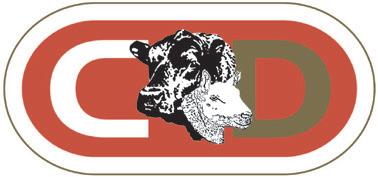
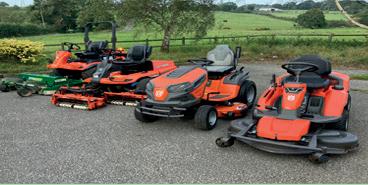


LONGTOWN MART Tel (01228) 791215
535 Tomorrow, Saturday 5th October at 10am 535 Show & Sale of 535 mainly Continental Bred Suckler Calves & Store Cattle
Tuesday 8th October at 10.30am
9,000 Store Lambs including Special Sale for Blackface Wether Lambs
Wednesday 9th October at 10am 1,100 Longtown Ram Fair 1,100 Sponsored by Lloyd Ltd, Carlisle
Show & Sale of 100 Bluefaced Leicester Rams
Show & Sale of 480 Texel & 120 Suffolk Rams
Show & Sale of 400 Charollais, Beltex, Crossbred & Other Breed Rams
Tuesday 15th October at 10.30am
9,000 Store Lambs including Cheviot Lambs & Show & Sale of Blackface Lambs
Wednesday 16th October at 10.30am
Late Sale of Lowland Ewes & Shearling Gimmers. 2nd Sale of Blackface, Cheviot & Swaledale Ewes. All classes of Ewe Lambs
SATURDAY 5th OCTOBER
Oktoberfest Sale of Pedigree Charollais Sheep 63 In Lamb Shearling Ewes, 10 Ewe Lambs 1 Ewe Sale at 11.00am
Badger Face Welsh Mountain Sheep Show & Sale Torwen and Torddu Males & Females Show at 10.30am, Sale at 1.00pm
Online bidding will be available via Marteye. For more information and catalogues, Contact Worcester Office on 01905 769770

HAWES, NORTH YORKSHIRE, DL8 3NP
01969 667207 www.hawesmart.co.uk
Monday 7th October 10am
Show & Sale of Swaledale Breeding Ewes & Gimmer Shearlings.
Sale includes Uncrossed & Crossed ewes. Judging 9am.
Kindly Sponsored by The Rural Law Practice
Tuesday 8th October 10am
2000 Prime Lambs 600 Cast Ewes & Rams 20 Calves at 10:30am
Friday 11th October 10:30am Sale of 2500 Store Lambs.
Saturday 12th October 9:30am
Annual Show & Sale of 6000 Swaledale Gimmer Lambs & Shearlings.
Monday 14th October
Third sale of Mule, Masham Cheviot Mules & Continental Gimmer Lambs
Tuesday 15th October
Second Annual Sale of Swaledale Breeding Ewes & Gimmer Shearlings
Followed by second sale of Terminal Sire Breeding Rams
Catalogue closes Tuesday 8th October
Saturday 2nd November - “Gregg Day”
New Sale fixture- End of season sale of all classes of Breeding Sheep, Gimmer Shearlings & Gimmer Lambs. Second show & sale of Swaledale Breeding Rams followed by sale of all classes of Breeding Rams inc Terminal Sires & BFL’s
Catalogue closes Thursday 24th October Ian Atkinson 07957 256337 Kenton Foster 07711 469280.
We take a farmer-centric approach to media. Our job is to help farmers run their farms more efficiently and make better purchasing decisions


TUESDAY 8th OCTOBER 13,000 SHEEP
Sale commences 11.00am
SECOND PREMIER SALE OF 9,000 MULTI BREED EWE LAMBS
3400 Suffolk x Mules
4000 Texel x Mules
1500 Mule / other breed
150 pure bred Texel / Suffolk
Many suitable to tup
Catalogue available Followed by
1000 BREEDING EWES
3000 STORE LAMBS
MULTIBREED RAMS
REARING/WEANED CALVES
TUESDAY 15th OCTOBER
AT 11.00am SECOND SOCIETY SALE OF 6500 WELSH MULE EWES & EWE LAMBS
400 WELSH MULE YEARLING EWES
6000 WELSH MULE EWE LAMBS
Catalogue available shortly WEEKLY SALE OF 4000 - 5000 STORE LAMBS
Greg Christopher - 07770 972815
Matthew Nicholls - 07811 521267
Rory Matthews - 07983 465226
HMA Ltd, The Livestock Centre, Roman Road, Hereford HR4 7AN 01432 761882 www.herefordmarket.co. uk

www.benthamauction.co.uk
DALESBRED ASSOCIATION SALES
Friday 4th October at 11am
1249 DALESBRED EWES, SHEARLINGS & GIMMER LAMBS
Monday 7th October at 11.30am 213 DALESBRED AGED & SHEARLING RAMS
Tuesday 8th October at 10.30am Fortnightly Sale Of 7430 STORE LAMBS
Wednesday 9th October 10.30am Fortnightly Sale of Dairy Cattle 11am 100-150 Rearing Calves 2.30pm 2500 Cast Ewes followed by 3000 Prime Lambs inc. Show & Sale of Mule Lambs TWO AUCTION MART SHARES-For Sale at 7.30pm
Thursday 10th October at 3pm
MULTI BREED RAM SALE
200 Terminal Sires followed by 51 Blue Faced Leicester, 2 Border Leicester, 10 Teeswater, 3 Herdwick, 13 Cheviot
Annual Show & Sale of 75 SWALEDALE AGED & SHEARLING RAMS
Saturday 12th October at 10am
Autumn Sale of Tractors, Farm Machinery & Equipment See entries online
Tuesday 15th October
1st ANNUAL SHOW & SALE OF SUCKLED CALVES Inc. Annual Entry of 70 Char/Sim from Fishwick Farms STIRKS, YOUNG STORES & FEEDING BULLS Entries for catalogue close Friday 4th October
Friday 18th October
Autumn Field Sale of Working Sheepdogs & Pups Entries for catalogue close Wednesday 9th October
Saturday 19th October
Three Counties October Sheep Fair
All classes of Lowland & Hill
Breeding Ewes, Shearlings & Gimmer Lambs
Annual Show of Swaledale & Cheviot Gimmer Lambs Entries for catalogue close Wednesday 9th October
& Son




O ce: 01325 464529 E: info@dfam.co.uk
The Darlington Farmers Auction Mart Humbleton Park I Darlington I DL2 2XX
Tuesday 8th October
Special sale of over 1600
Breeding sheep and Gimmer lambs plus 3rd Sale of Breeding
Rams incorporating the annual
“A Hill of a Day”
Sale of Hill bred Sheep.
Sale to commence at 10.30am
Saturday 12th October
Autumn Collective Sale of Tractors, Implements and Machinery
Mark Dent Chairman 07711 198641
Scott Ferrie Auctioneer/Director 07557 260653
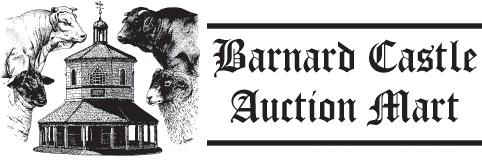
BARNARD CASTLE AUCTION MART
THURSDAY 10TH OCTOBER
2ND PRIZE SHOW & SALE OF 900 MULE GIMMER LAMBS
Also Sale of 250 Continental & Mule Ewes & Shearlings
Followed by Prize Show & Sale of 70 Continental & Suffolk Rams & 10 Blue Faced Leicester Rams Sale at 1.30pm
PATELEY BRIDGE AUCTION MART
FRIDAY 11TH OCTOBER
2nd Prize Show & Sale of 500 Mule/Masham & Continental Gimmer lambs
Also sale of 220 Horned & Mule Ewes Sale at 11am
SATURDAY 12TH OCTOBER
Saturday 5th October
9.30am WEEKLY CAST SHEEP & PRIME LAMBS 10:00am 74 BREEDING & FEEDING CATTLE, inc dispersal of ‘Buffs’ herd Ped Simmental Cows, Calves & In Calf 8 YOUNG BULLS, 156 SPRING BORN SUCKLED CALVES followed by 251 STORE STEERS & HEIFERS
Thursday 10th October
10:30am REARING CALVES
10:30am PRIME CATTLE followed by CULL CATTLE
11:00am WEEKLY DAIRY CATTLE
12:30pm STIRKS - Entries to the office by Tue 8th Oct
Saturday 12th October
Paul Gentry Auctioneer/Director 07940 330907
Sale to commence at 9.30am
Stephen Dodsworth Fieldsperson 07946 514154
Friday 25th October
Daniel Lynn Auctioneer 07887 653442
Tracey Gilhespy Fieldsperson 07867 974688
Farm Dispersal Sale on behalf of Late Mr Graham Simpson, Orchard Farm
Middleton in Teesdale
Full Details to follow
Scott Ferrie Auctioneer 07557 260653
Oliver Chapman Auctioneer 07887 653442
Megan Dowson Trainee Auctioneer 07471 823606
Tracey Gilhespy Fieldsperson 07867 974688
Stephen Dodsworth Fieldsperson 07946 514154
John Wharton Auctioneer 07912 946549
Sale of 140 cattle & 550 Store Lambs/ Feeding ewes (inc. prize Show of Horned Wether Lambs) Sale at 11am
ST JOHNS CHAPEL AUCTION MART
TUESDAY 8TH OCTOBER
Swaledale Sheep Breeders D District Ram Sale 250 RAMS Sale at 10am
BROUGHTON AUCTION MART
9TH OCTOBER**** ANNUAL PRIZE SHOW & SALE OF 2100 HERDWICK & SWALEDALE EWES & 80 Herdwick Gimmer Lambs Sale at 11am For catalogues for all the above sales visit our website
First October breeding fair 9:30am WEEKLY CAST SHEEP followed by PRIME LAMBS, All classes of BREEDING SHEEP, RAMS and STORE LAMBS
Thursday 17th October
10:30am REARING CALVES


10:30am PRIME CATTLE followed by CULL CATTLE 11:00am SEMEX UK & WE JAMESON FEEDS SHOW & SALE OF DAIRY all entries to Eleanor 12:30pm STIRKS Entries to the office by Tue 15th Oct
Saturday 26th October
9:30am CAST SHEEP followed by PRIME LAMBS
Second October Breeding Fair of Sheep Entries invited of all classes of BREEDING SHEEP, RAMS and STORE LAMBS
24-25 YOUNG HANDLERS OVERWINTERING BUYING WINDOW IS OPEN!



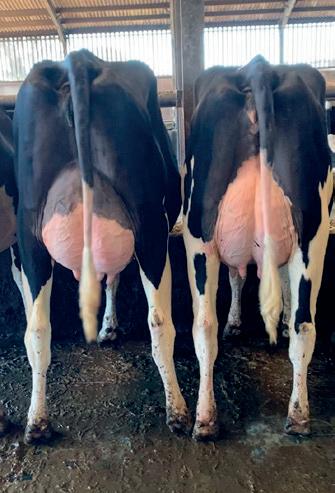
Mark Lee: 07980924179
Simon Lamb: 07815 188125
Ryan Spackman: 07725 653542
Mark@nortonandbrooksbank.com


FRIDAY 11TH OCTOBER (11.00AM) EXETER LIVESTOCK CENTRE, MATFORD PARK, EXETER, EX2 8FD LOFORD HERD DISPERSAL (164 HOLSTEINS)
Dispersal sale of the entire first class LOFORD herd the property of Master Breeders MJ & JE Wade of Bideford, Devon and removed to Exeter Livestock Centre. The Sale contains 85 milkers of which there are no fewer than 37 Excellent & 37 Very Good (inc. 14 VG 2yo), added to that superior conformation is a quite exceptional catalogue. A true breeder’s herd, with depth of pedigree seldom seen! 98% of the entire catalogue are bred from 5 to 16 generations EX or VG. Many super representatives of all the leading cow families such as Ambrosia, Chassity, Dellia, Elegance, Fifi, Flo, Ghost, Gloria, Lausine, Lila Z, Lustre, Marci, Moxy, Rae, Raven, Rhonda, Rose, Roxy, Sharon and Shower. Fed on a modest TMR of grass silage with blends, topped up with concentrates in the parlour and housed in cubicles. Herd average 9,841kg 4.48% 3.42% cc164. Sale also includes 80 youngstock, including 40 A lot calves, by noted sire such as Bullseye, Chief, Davinci, Lambda, King Doc, Lemagic, Legend, Pepper, Ryder and Showtime, all of which catch the eye for all the right reasons. High Health, NO Vaccinations with NO evidence via bulk testing. Johnes monitored – never had a clinical case. A genuine dispersal of one of the best small herds to be sold this Autumn. Sale in conjunction with KIVELLS. Sale contains guest consignment of 30 well bred bulling heifers from the WALKABOUT herd of E Gay & Sons, Axminster
TUESDAY 15TH OCTOBER (11:00AM)

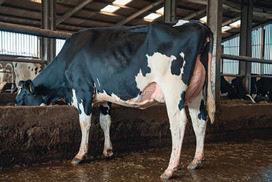
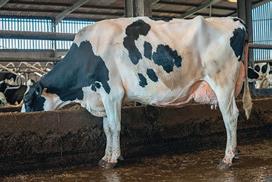
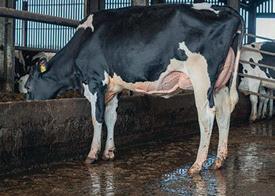
Dispersal sale of the entire HOLLAFRENCH herd, the property of W S Jose & Son (Holsworthy). It cannot be overstated just how good these cows are! A true hidden gem of high yielding and highly classified, modern type cows. 10,000kg 4.2% 3.3 scc143, cubicles, simple TMR, 2x milked. Recently awarded Master Breeder herd with almost 100 VG & EX cows with many superb milking heifers. Top modern sires combined with great homebred families, some with up to 7 gens EX! Over 130 cows in milk sell along with y/stock of all ages. Fully vaccinated IBR, BVD, Lepto. NO TB REACTORS IN OVER 20 YEARS! Really a sale not to be missed by any breeders and serious milk producers. In conjunction with KIVELLS.
All catalogues available by request, call, text, email for catalogues. Sales via MARTEYE FOLLOW US ON FACEBOOK FOR SALE INFO & PICTURES!
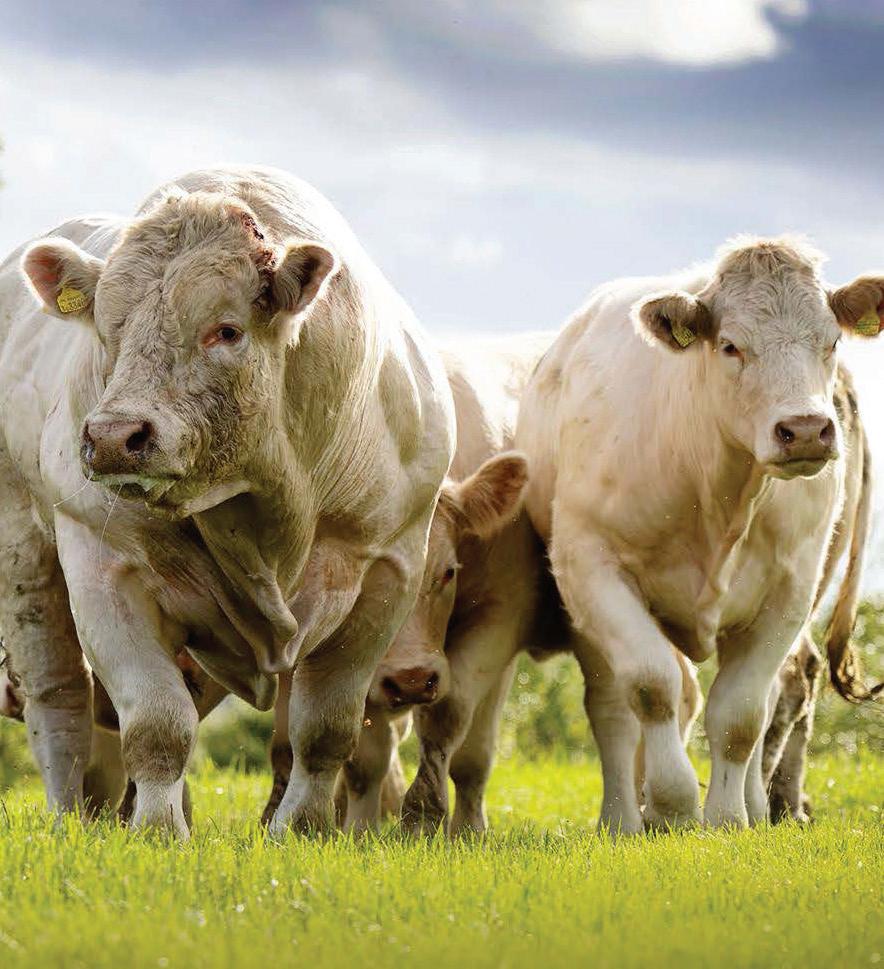
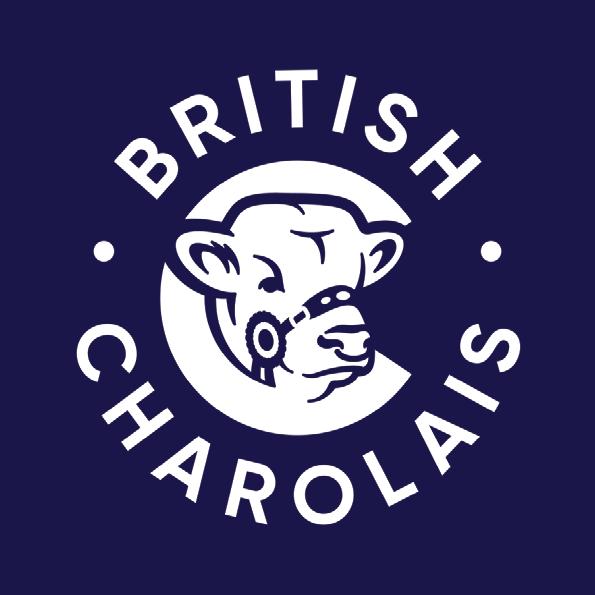
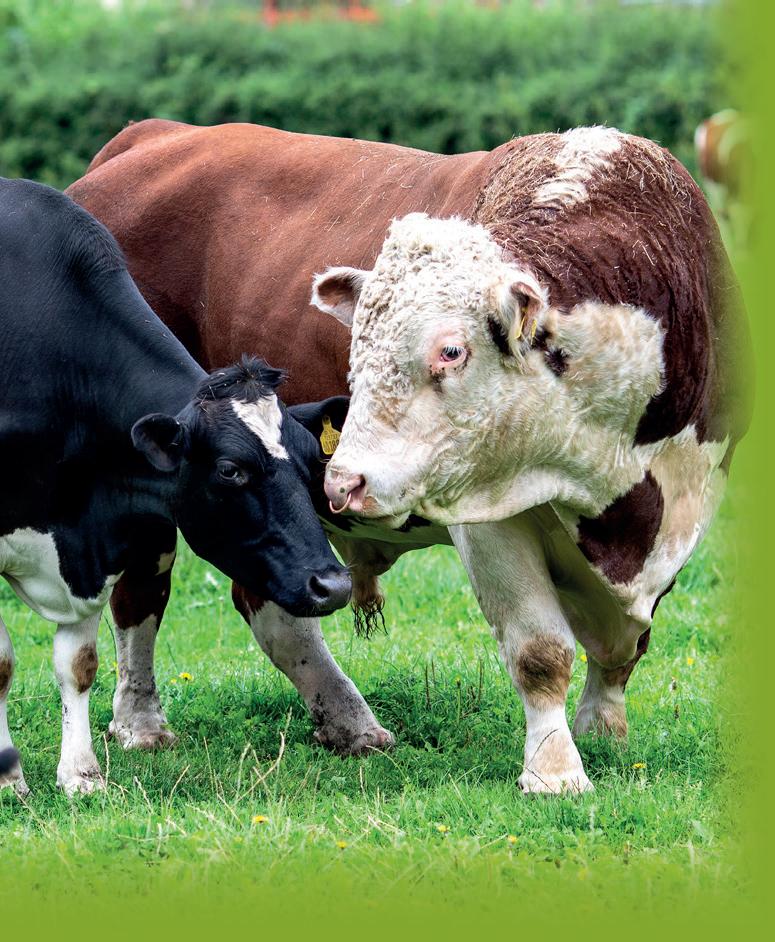



A complete farm dispersal sale on behalf of Mike & Judith Adlington t/a Greenacre Turkeys
To be held at Barn Close, Balsall Street, Balsall Common, Coventry, CV7 7AQ. To include: 1992 Case International 5120 4WD Tractor c/w Robust F30 Power Loader, c. 1994 Thomas 103 Skid Steer Loader c/w Bucket and Grab, Ifor Williams DP120G3-14 4.4m Triple Axle livestock trailer, Eight Roxell Bulk Bins with poultry feeding systems, Poultry watering systems.
Together with: A comprehensive range of poultry processing equipment and poultry equipment.
Plus: Trailers & Farm Machinery, Refrigerated systems, Livestock Equipment, Rural Bygones, Agricultural Requisites.
To be sold by auction on the premises on Saturday 12th October 2024 at 10.30am.
& Information










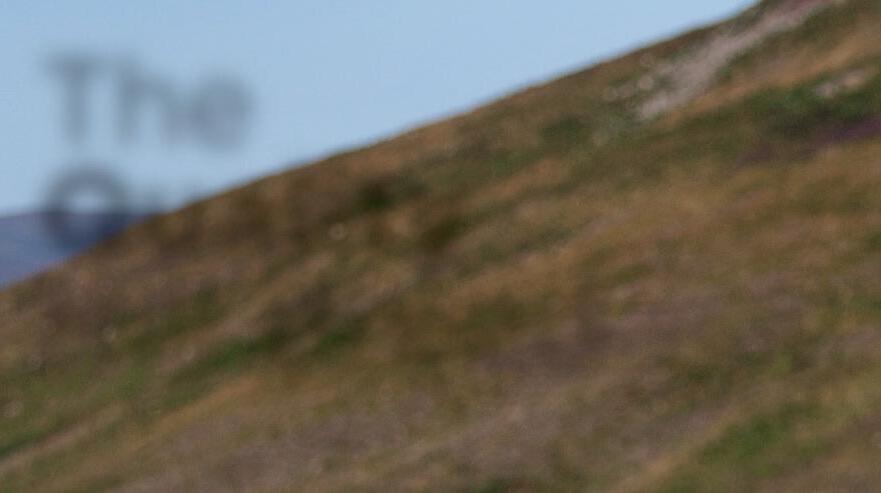
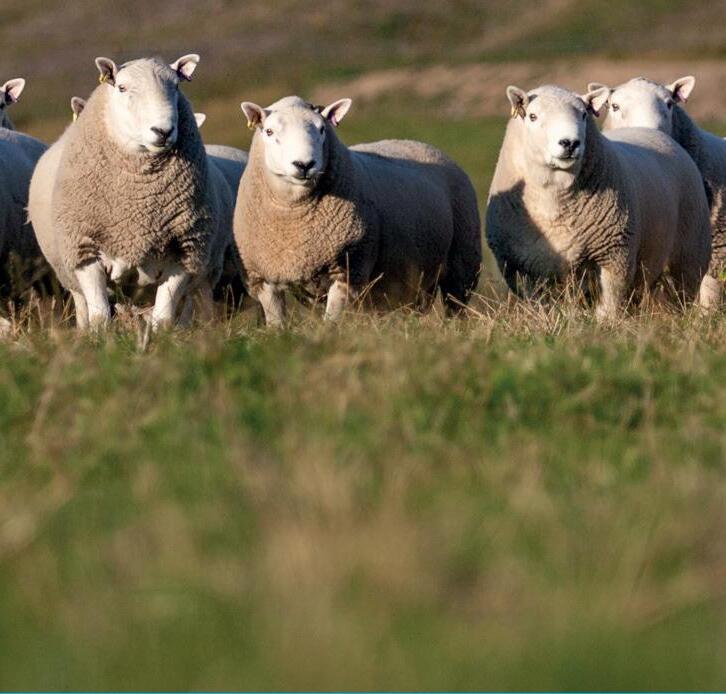
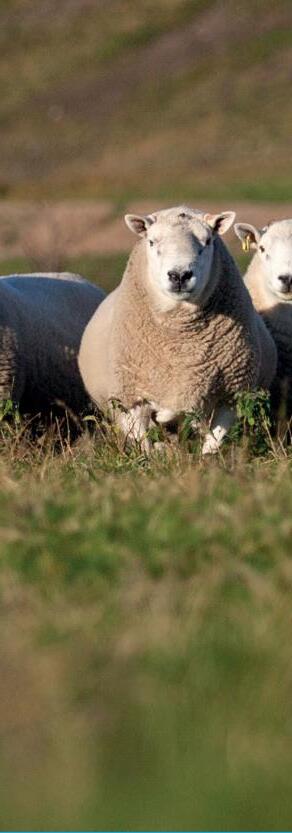
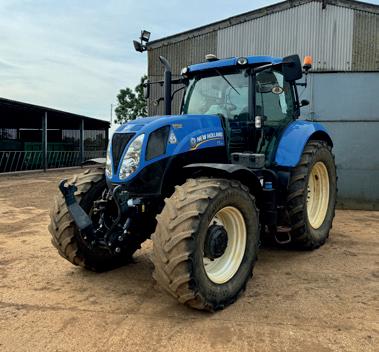
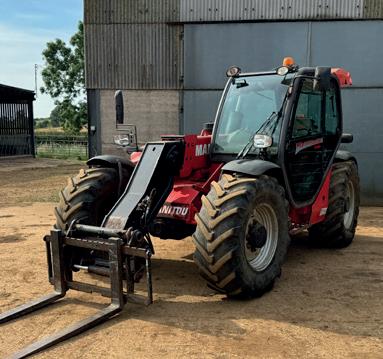
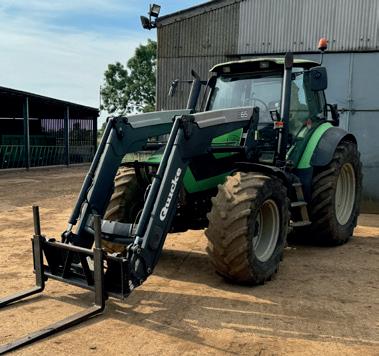
400 quad; Trailers: Bailey 14t grain (01), Bailey 11t grain (88), Ken Wootton 11t grain, Bailey 25ft bale (04), Big K 20ft 4-wheel bale, 22,000l, 18,000l and 9,000l stainless steel tankers, Ifor Williams LM146G flat bed, Ranch 12ft livestock (95); Implements: Bomford Hawk Evo 6.0 hedge cutter, KRM 2.6m flail, Dowdeswell DPH3 power harrow, Dowdeswell DP7D2 5f rev plough, Cousins single leg mole plough; Livestock Equipment: Bateman, IAE and Tubar cattle crushes, misc. metal gates hurdles, ring feeders and sundries etc. Misc Equipment & Spares: Quantity vintage equipment, implement spares, workshop equipment, grain aeration pedestals etc.




ADLINGTON EQUESTRIAN CENTRE DISPERSAL SALE
10.30AM - SATURDAY 5TH OCTOBER 2024 STREET LANE FARM, ADLINGTON, CHESHIRE, SK10 4NT



JCB Fastrac 4220 c/w Quicke loader (2100hrs; 20);
NH T7030 (07); JD 6800 (94); Ford TW10 (80); Ford 7610 c/w loader; McCormick MC115 (09); MF 6170; Mitsubishi & Yanmar compact 18 LOADERS: Merlo 23.6EV handler; JCB 3CX; JCB 8014 mini Terex dumpers 21 QUADS: Can-Am Traxter HD8 (17); Honda Pio-
25 VEHICLES: Ford Transit connect (18); Ford Ranger 2.2 (62); Land 23

300 Bales of Hay, Farm Implements and Machinery, Tipping Trailers, MCHALE Bale Grab, 38Ft Steel Container, RM Irrigation Reel, LOGIC GDS150 Salt Spreader, EQUESTRIAN SURFACES Menage Grader, 37 Internal Stable Fronts, 2 x Arena Surfaces (Indoor Fibre & Outdoor Rubber), Equine Sundries & Farm Miscellanea. Catalogues on Website. For Mr D Shore.
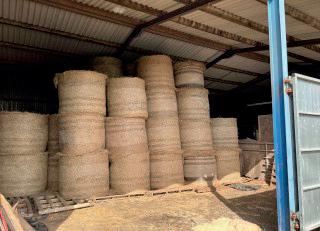
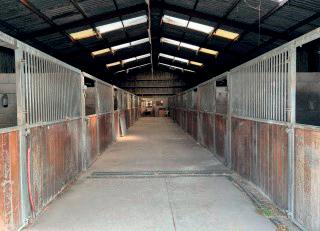


Friday 11th October 2024 at 11 am Manor Farm, Alsager, Stoke-on-Trent, Staffordshire, ST7 2TG
A & H 14T; 2 Triffitt 12T; Bailey & Wootton 12T Houghton 4 Deck; IW TA510 & TA510GT; JPM 8 BALE TRAILERS: Bailey 30ft bale/box; 56 GP TRAILERS: 2 Chieftain low loaders; IW 18ft
16 MANURE SPREADERS: Rolland Super Conic 2130; -110; Marshall ST1400 tanker (15); Bunning 105 (06); Shelbourne dual spread; K Two 1200; Marshall Vesuvius 11 Lemken Europal 5 4F; KV 6F & 5F; Rabe 4F; Howard 74 CULTIVATORS: Kuhn 4004 c/w Maxi pack; Cousins 4m
Simba Solo 380ST; Watkins Tri -Till; Simba 4m X -Press; Dalbo 830 rollers; Cousins & NRH rollers 8 DRILLS: Horsch C04; KRM Sola 4m 11 SPRAYERS: Chafer Mirage 3000L; Hardi 34 HAY TIME: NH BR740 baler; 2 Claas Rollant 255; Kuhn TBE222 flail (17); Claas Volto 770; Krone Swadro 900 rake 350 Shelbourne Powermix Pro19; BVL 17 -25 V Mix -Spec Mix Max 14; McHale C460 & C430; BVL 300 -2S VMix; Teagle 8080 & 4040; Kuhn Primor; Gehl 170 mill mix; Portequip 16ft feed trailer; Parm. post knocker; Wessex Dung Beetle; Agriweld feed bucket 120 HEDGERES, BUCKETS: Ryetec Super SC470; 8ft bucket (19); JCB fork grab 680 SPARES & WHEELS: 120 2 JD 1435 out front; 2 Ransome AR250; Husqvarna 590 Harrington 6KVA generator; JCB Bea-
20 forklift skips; Belle & Teagle mixer 16 FORESTRY: Berti tree 520 BUILDING : 90 X 30 Portal building




To include Case International 4230 2WD tractor, Massey Ferguson 575 2WD tractor, Case International 695 2WD tractor, JCB 3C Model with rear bucket and a Massey Ferguson 240 Combine with an 8’6” cut. There is also a wide range of farm machinery including a 10’ Ifor Williams livestock trailer, Samasz two drum mower, trailers, cultivation equipment, drills and two Bamford conventional balers, Mesko-Rol Z275 hay bob, livestock equipment, fencing, galvanised gates, small tools and sundry items and also a range of collectable vintage items of machinery including a Bamfords “Rapid” Grist Mill, antique dairy equipment, a stone trough, antique water pumps, dolly tub, copper milking machine buckets etc. Enquiries contact John Wilson or Peter Kirton-Darling Tel: 01782-522117
Email: john.wilson@whittakerandbiggs.co.uk or peter@whittakerandbiggs.co.uk
Catalogue available at www.whittakerandbiggs.co.uk
NEXT TUESDAY 8TH OCTOBER at 9.00am. MONTHLY MACHINERY SALE
Entries to date:- 1959 DB 950 (no vat) Shepherds Hut, Twin Cab Gater & other Quads, Single Bed Pod, Ifor & Bateson Cattle,Flat,Horse & Tipping Trailers, 20’ Container, Toppers, Scrapers, Hay Rake, Sheep Equipment to include Bateman Scales, IAE Creep,Cratch, 4’ & 9’ Troughs, Vehicles to include Vans, Cars, etc. Transit Flat Beds, Luton, etc DETAILS ON LINE at www.easyliveauction.com
Guardian



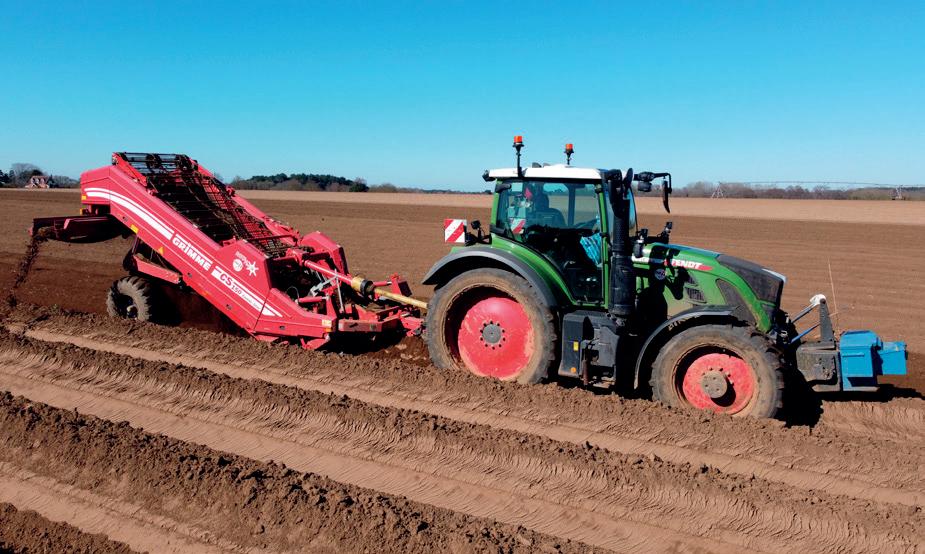

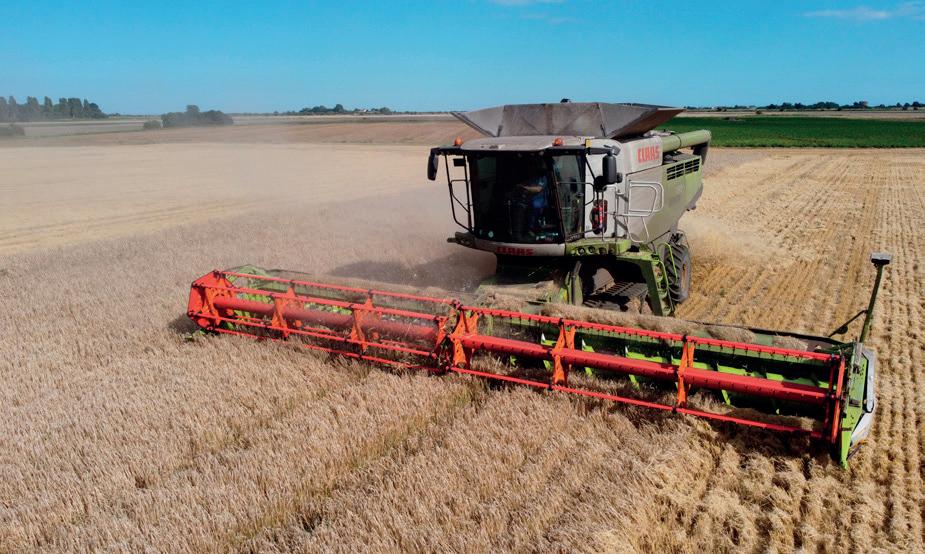

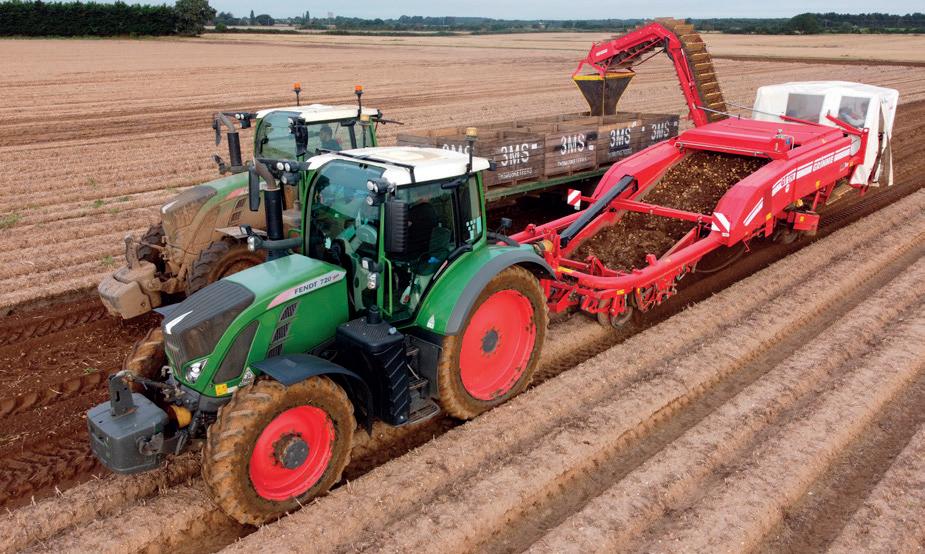
Tel: 01728 746 323



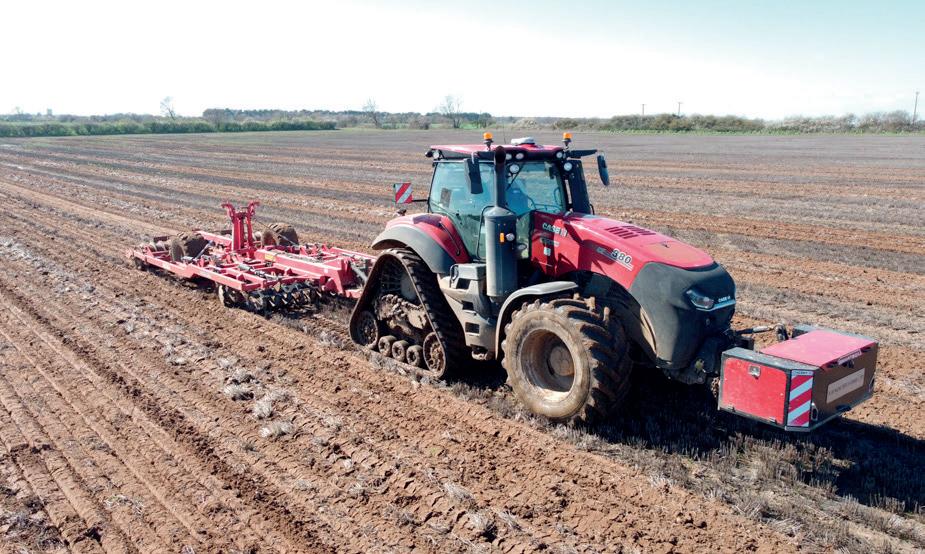

BIDDING Via www.i-bidder.com and www.bidspotter.co.uk
Opens 9am, Wednesday 9th October
Closes from 9am, Wednesday 16th October
VIEWING
9am to 4pm, Thursday 10th, Friday 11th and Saturday 12th October Cedar Farm, Alderton, Woodbridge, Suffolk, IP12 3BB

.com


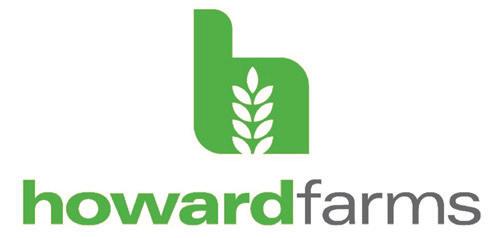
Forage based regenerative dairy cross beef enterprise taking 1500 calves per year through to finish by 24 months.
Role is to oversee all cattle, a team of 4 full time staff and associated machinery. Accommodation available.
Modern diverse family farm growing root crops, cereals, AD maize, sugar beet, grass and forage crops covering 2000Ha with a team of 15 full time.
Role to include straw spreading, irrigation, harvesting, carting, cultivations and maintenance. Accommodation available.
CV’s to jhoward@howardfarms.co.uk
Or call Joe 07793 494720
We currently have a wide range of positions available nationwide to include:-
• Assistant Herdsperson, Shropshire, 450 cows
• Herd Manager, Kent, 525 cows
• Assistant Herdsperson, North Somerset, 400 cows
Relief Herdspersons Nationwide LKL provides the perfect solution for finding the very best herd carers and managers. Visit our website for a full list of our current vacancies.
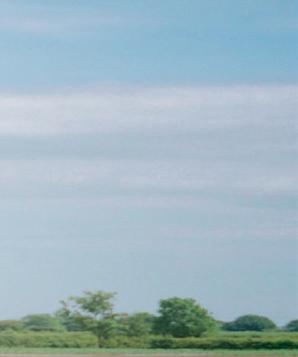


Outline of responsibilities:
• The principal role of the Workshop Fitter/Engineer is to repair, service and inspect
• Plant and equipment prior to delivery and on return from hire.
This includes equipment from manufacturers such as Takeuchi, JCB, Komatsu, Doosan, John Deere, New Holland, Terex, Hamm, Ammann, and Indeco.
Your Responsibilities:
• Repair & locate faults with equipment in-line with manufacturer recommendations and in a timely fashion to ensure minimum downtime.
• Service equipment in-line with manufacturers’ recommendations.
• Carry our PUWER & LOLER inspections for all equipment.
• Follow the procedures and guidelines to ensure compliance with our ISO9001 quality management system.
Professional experience we would like you to demonstrate:
Previous experience in a similar role.
Dealership training (manufacturers listed above)
Understanding of engines, hydraulic systems and electrical systems.
Some of the skills you will have:
A professionally recognized qualification in plant maintenance and repair (NVQ level 3 or equivalent Knowledge of Microsoft products (Excel, Outlook, PowerPoint, Word)
Excellent communication & organizational skills
A full UK driving license
What’s in it for you?
We offer competitive salaries in the industry and treat our staff fairly and as individual people - we really look after you. We don’t hold anyone back and there are many examples of employee promotions within the business and a lot of our employees have been with us for many years. We like to train and develop our staff to get the best from them and in return for your hard work and commitment, we provide a safe, fun, relaxed and flexible work environment for you to succeed.
Interested in hearing more and coming to join the family?
If so, please submit your CV today. Email: richard.walsh@bphsp.com

PRAY Calling all farmers seeking love without compromise! Begin the next chapter of your life by finding a soulmate who will delight in you and your life. Join ‘Friends1st’ where genuine connections blossom offline. Our timeless lineage of successful matches speaks volumes. A Christian faith is required and a commitment to authenticity. Let your heart cultivate a lasting connection with Friends1st – where romance grows in every season. Call 0121 405 0941. www. friends1st.co.uk/christian-farmers-dating

• BOREHOLE DRILLING FOR DOMESTIC AND COMMERCIAL PURPOSES
• WORK CARRIED OUT TO A VERY
• WATER SYSTEMS INSTALLED
• BOREHOLE PUMPING INSTALLATIONS
• 24HR BREAKDOWN SERVICE
• FREE QUOTATIONS AND SITE VISITS THE POTTERIES GARAGE
SMALLBROOK LANE, LEIGH, WIGAN, LANCS, WN7 5PZ. TEL: 01942 871900. FAX: 01942 896843. Out of office: 01942 893660 Visit our Website www.waterwellengineers.co.uk Email: sally@waterwellengineers.co.uk


COLLECTORS OF DEAD ANIMALS THROUGHOUT LANCASHIRE AND CHESHIRE
Competitive
PLEASE
01704 893161 or 07768 051800 (24
Martland’s the
Established over 100
Daily collections of all types of fallen stock throughout the North of England.
Tel: 01524 261144 or 01524 263022 or 01274 833196
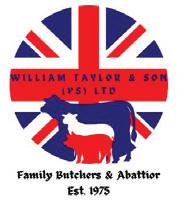

TOP QUALITY
BELTEX x TEXEL, BELTEX x CHAROLLAIS & CHARMOISE x BELTEX shearling rams. Carefully bred for over 20 years, grass produced, no corn. The rams need to be seen. Heptavac P. No silly price. Can Deliver.
Please contact Phillip Langton: 07815 123783 - Derbys
SHOOTING WANTED Grey Squirrels and Ferrel Pigeons. Neil Tomlinson 07970 490687 (P)
CONCRETE GROOVING Neil O’Donnell -Tel: 01900 817009 or 07759 194600 Nationwide (T)
WOOL WANTED All types required. Full payment. L.Pierce Wool Merchant: Scotland & North England - Grace Dobson- 07743 628405 or 07754 702187 or Southern England and South Wales- John Wood 07980 655637
IAN SMITH Livestock Scanning Services. Across the North -Tel: 01200 445750 or 07976 539197 (T)



New Roka Silos and Tanks available from 500 Ltrs to 50,000 Ltrs!
20,000 Ltr Roka Silo
16,000 Ltr Delaval 16,000 Ltr Fabdec (holds 17,000)
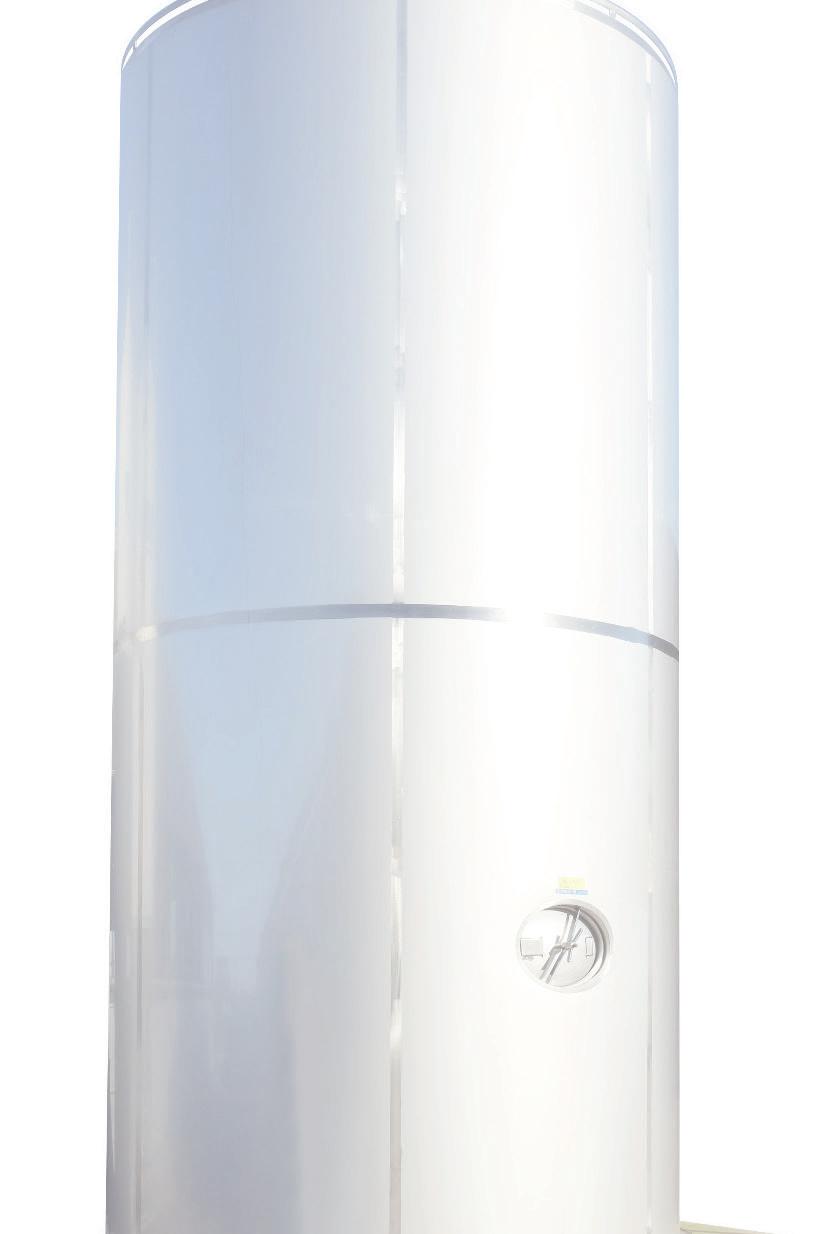
Ltrs every other day
Smaller bulk tanks available, emergency open & enclosed, loan tanks available to rent, main dealer for new Ro-ka milk cooling systems. For further details please call S.W Refrigeration specialising in “On Farm cooling Equipment” 01392 210344 or Paul on 07974 140949


























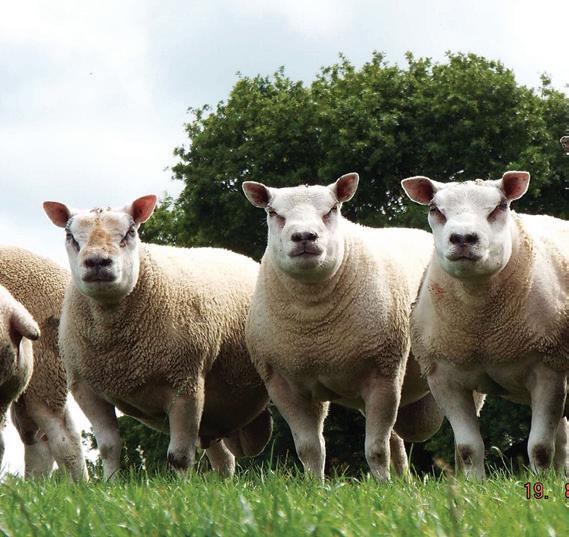


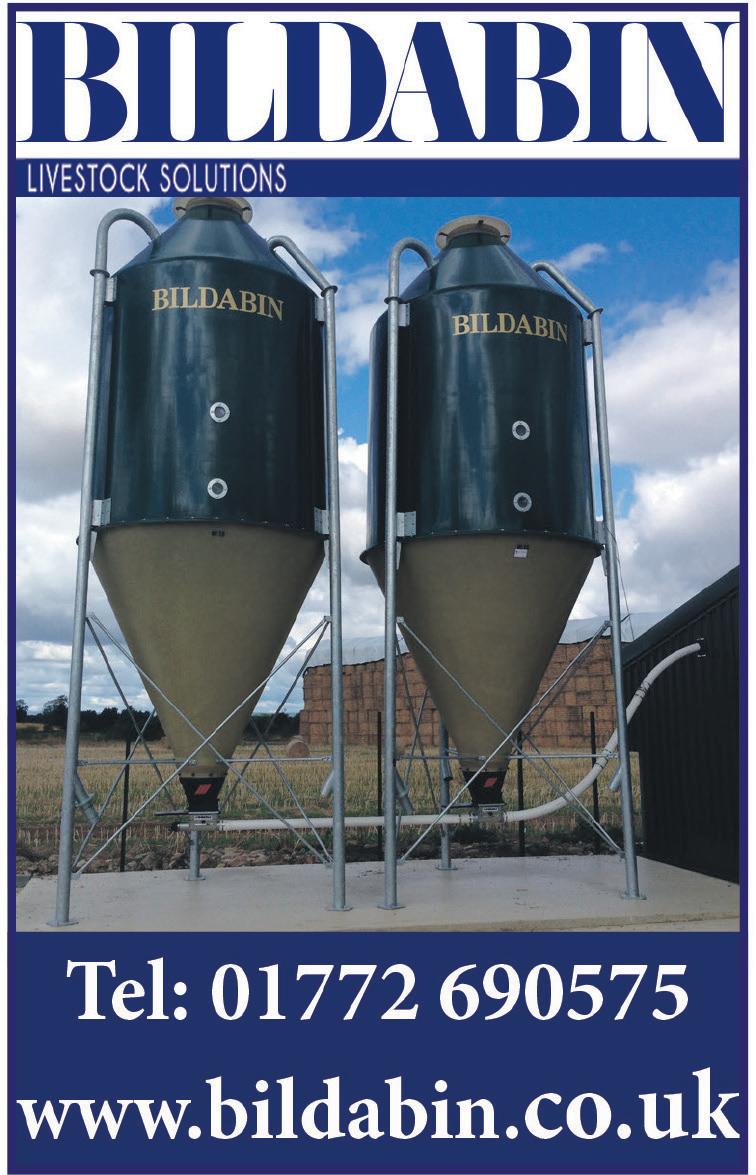
The Captive Bolt Stunner that’s also humane on your pocket!

ORDER YOURS NOW!
For further enquiries and for telephone orders please contact Calton Moor Farm 01538 308697
You can pay by Cheque made payable to M Dickinson, Bank card over the telephone, or BACS, please ring for bank details. BRNO Guns UK
Calton Moor Farm, Swinscoe, Ashbourne, Derbyshire DE6 2BU.
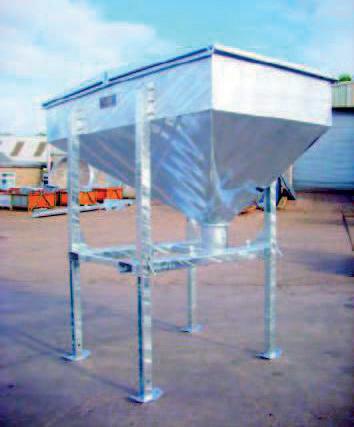
A Winder & Son Cumbria 07779 185 562 ND Jeans Somerset 01963 370 044
WYNNSTAY RETAIL Wales 01691 662 690
Dogs & Pets www.vmacsilos.co.uk

Dogs & Pets
SHEEPDOG PUPS
Due to time waster 1 sheep dog bitch. Ready to go.
Top bloodlines. Tel: 07890 650996
Mid Wales (P)
Call 01772 799500 and



TRADE ENQUIRIES WELCOME E&OE www.brnoguns.co.uk
BRAND NEW & UNUSED
Fibreglass
CALF -O-TEL
Calf Hutches. Complete with fencing. A large selection of all animal and calf feeding equipment and all other associated products also available. Massive saving on list price Livestock Supplies Ltd. Ashley: 07831 887531 Office: 01829 260328 www.livestocksupplies.co.uk
Excellent conformation. Extremely well-muscled. All home bred.
Tel: 01298 872500 or Mobile: 07570 272376 Derbys (P)

18 Outdoor reared, grass fed, pedigree and commercial Suffolk shearling rams for sale. Vigorous modern type, with some New Zealand genetics, selected for low birth weight, high growth and muscling, and balanced terminal and maternal characteristics. MV accredited. Mid-season discounts available. Also 12 well priced Shearling Ewes available.
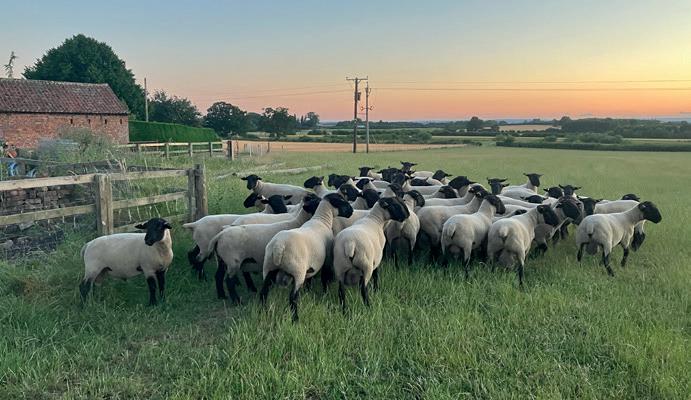
Miles Wise, North Yorkshire T: 07890 135183 | E: info@suffolkrams.co.uk








Used for the humane destruction of animals, no firearms permit is required to use one and at only £320.00 (inc VAT & p&p) this has to be the best value Captive Bolt Stunner on the Market! The Bolt gun come with a box of 50 blanks a carry case and postage NOVA RED White Star & Purebreds now available. -Tel: 07768 790962 W.Yorks (P)

Sire - Lyn Howells tremendous young Taff dog, with brains and power to spare. Dam - is by Tanhill Alex 3rd at The International Sheepdog trial 2017. Both parent’s DNA CEA clear. Also, a litter of unregistered pups, a previous litter same way bred are all excellent workers. Telephone: 07831 140720 (P)
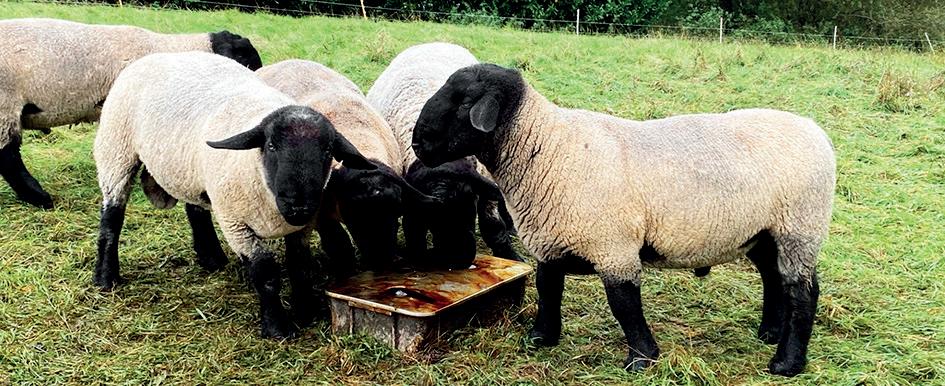
Outstanding size and shape. Telephone Roger: 07940 910955 Lincs (P)
(Pedigree Blue Faced Leicester ram crossed with a Pedigree Suffolk ewe) Resulting in Outstanding Hybrid Vigour, Growth & Performance Suffolk Ram Lambs & Shearlings - MVD Accredited - Heptivac P Vaccinated - Red Tractor Assured - Insured for 4 months Seafield Pedigrees – 07715 764 351 Registered Pedigree Parson Russell Terrier Pups Dog and bitch, well reared family home, lovely temperament. Tel: 07778 156513

















Take advantage of short gestation of 278 days, easy calving and no horns! Offspring easily and well sold in market from 3 weeks SEMEN FROM £4.00 A STRAW CONTACT US TODAY: 07771 571478 / 07767
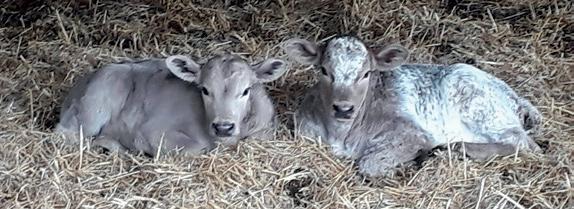
/
891188 Shropshire/Powys/Hereford border FB page: Pentervinlivestock
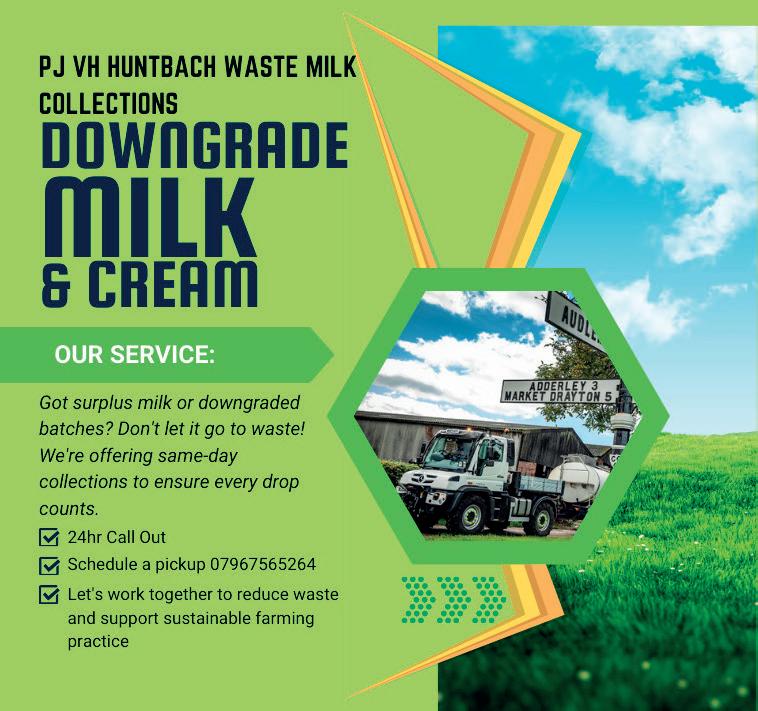
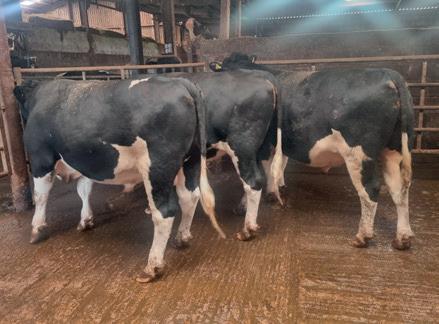
Tel: 07729 544283 Lancs (P) 18\19 months old. BVD tested negative, 4 year TB. Good fats and proteins.
A weekly selection of freshly calved & in-calf dairy cattle sourced from the UK. All guaranteed and delivered anywhere in the UK Finance can be arranged. Livestock Supplies Ltd
Ashley: 07831 887531, Office: 01829 260328, Will: 07769 974476 www.livestocksupplies.co.uk

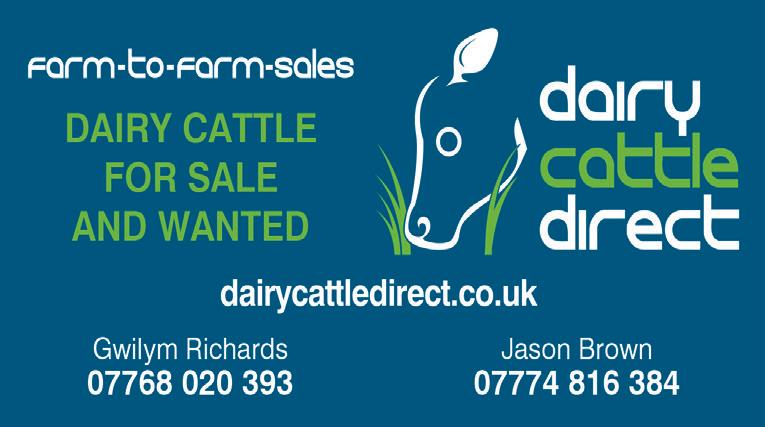
Black & White and some Red & White Plenty to choose from - first come first
Tel: Ray Brown 01477 532220 or 07885 652718 Cheshire (T)
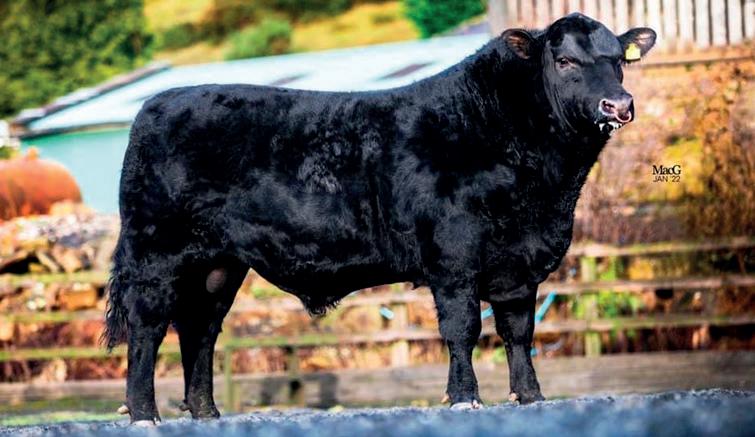

3 Well bred, Halter trained Bulls 18 months - 2 years. Vaccinated for BVD + IBR, TB 4 Area John Procter, Waterbeck. Tel: 01461 600257 or 07729 405369 Lockerbie (P)
Have a great selection of 2023 born 12-16 month old pedigree bulls for sale. SAC Hi-Health Member Tested free of Johnes, BVD, IBR, Lepto, TB 4 Semen Tested, Performance recorded Nationwide Delivery Available Kurt – 07715 448366 Richard - 07816 173689 Lancs (P)
Available
Heifer calves 3-5 weeks old available now. Quality store cattle sourced directly from Welsh/Shropshire Borders Farms, delivered to your farm. Delivery Nationwide.
Livestock Supplies Ltd
www.livestocksupplies.co.uk
17-22
Ready to work, delivered direct to your farm, very quiet, easy calving. Females available. Health monitored, grass fed, full pedigree with each animal, Red tractor. Semen Available.
• Fertility Tested
• SAC Premium Health Scheme
• From Top Bloodlines •Closed herd Telephone: 077157 64351
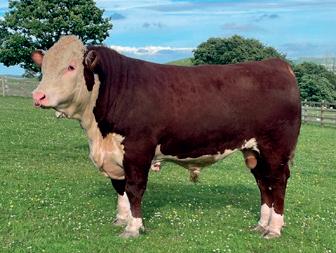
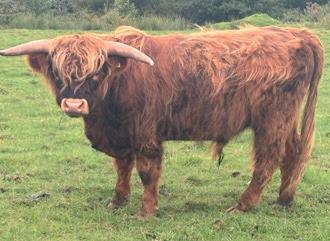
Quality, home-bred Limousin cross British Blue young cows and heifers, with Lim x and BB x calves at foot. Also two excellent Lim x British Blue bulls. Eager for work, all quiet, TB tested and ready to go. ALWAYS NEGATIVE FOR TB Wilf Lomas

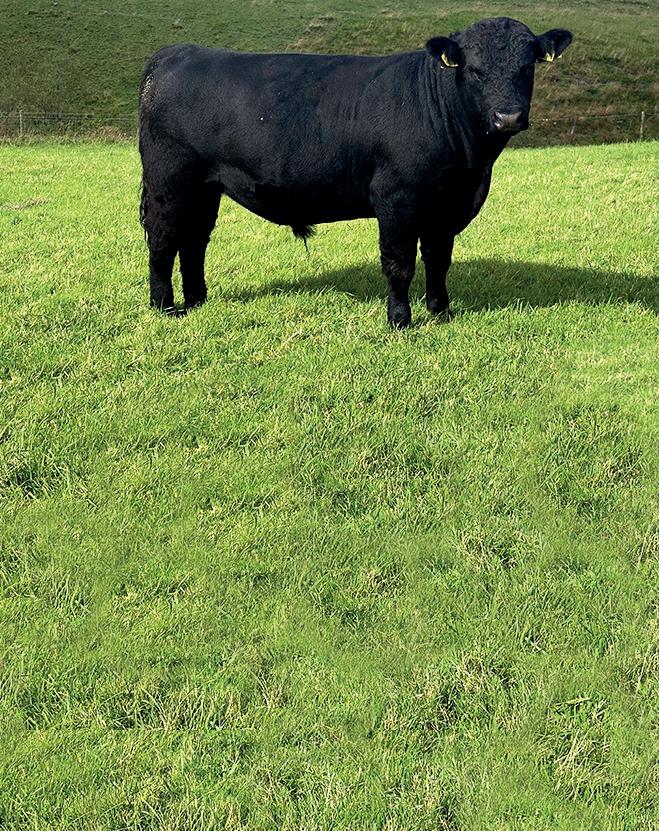
Health, Bulls fertility tested Contact Alex Tel: 01869


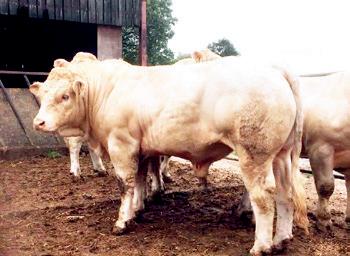
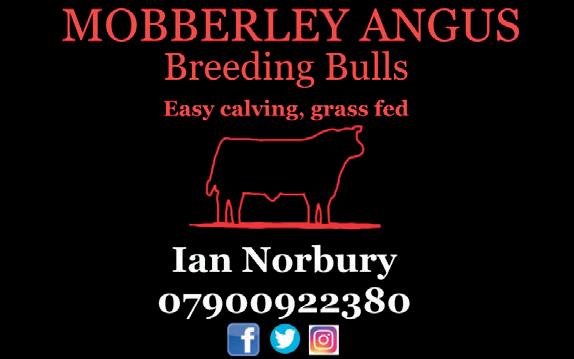


Milk Replacer Elevage Boost



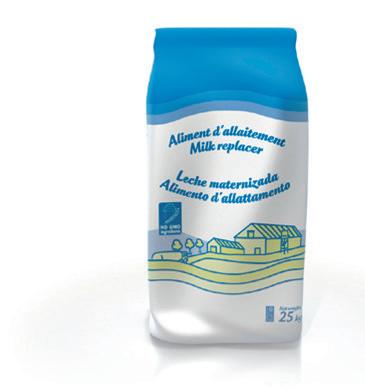
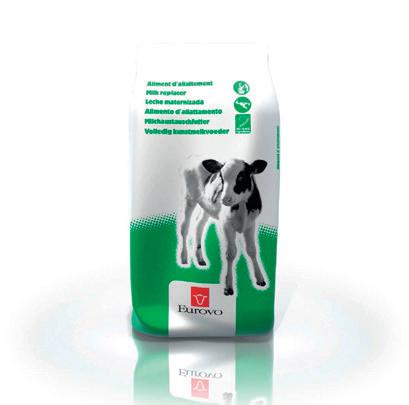

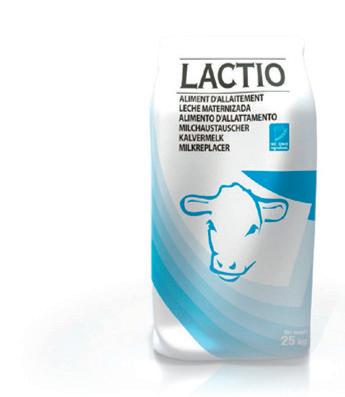
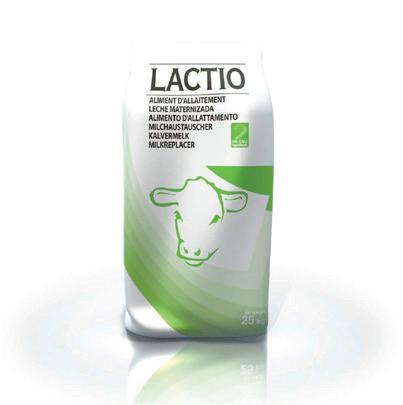


More information: Ashley J Latham • Livestock Supplies Ltd Office: 01829 260 328 • Ashley: 07831 887 531 • Will: 07769 974 476 • Email: ashley@livestocksupplies.co.uk
More information: Ashley J Latham • Livestock Supplies Ltd Office: 01829 260 328 • Ashley: 07831 887 531 • Will: 07769 974 476 • Email: ashley@livestocksupplies.co.uk BEESTON GATE FARM, BEESTON, NR. TARPORLEY, CHESHIRE CW6 9NN www.livestocksupplies.co.uk
BEESTON GATE FARM, BEESTON, NR. TARPORLEY, CHESHIRE CW6 9NN www.livestocksupplies.co.uk
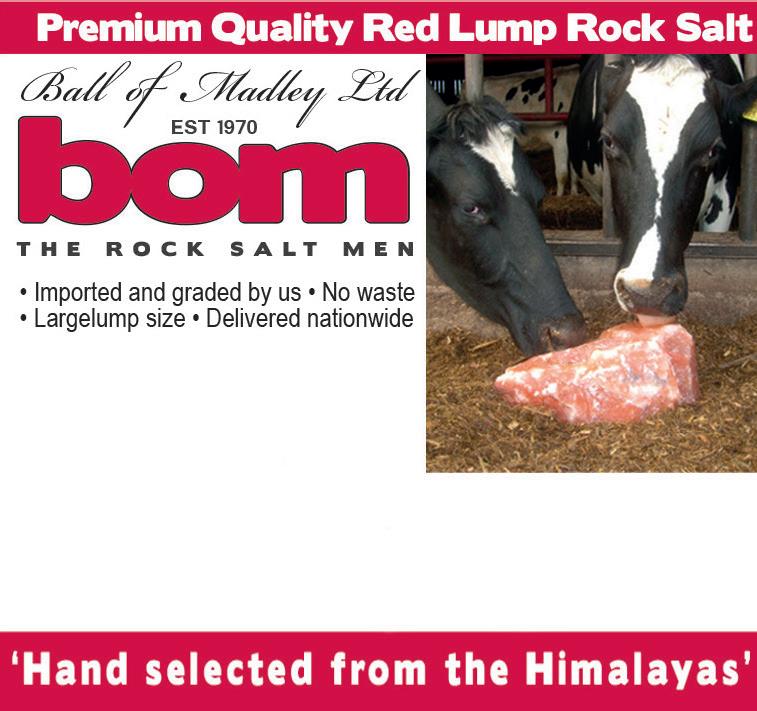


FARM FEEDS BURNLEY www.sunshinefarmfeeds.co.uk
Nick Wilkinson Mobile 07952 078732
Growth Promoter Licks
Fertility Licks
Easy Calving Licks
Wormer Licks
Coccidiosis Licks
Orf & Ring Worm Licks
Staggers Licks
Pneumonia Licks
Easy Lamber Licks
Nationwide Delivery any Quantity
Design your own Licks or bagged minerals to your own farm and requirements
Store Open at Gisburn Auction Mart on Thursday & Saturday


FODDER BEET Cleaned, Competitive Prices,





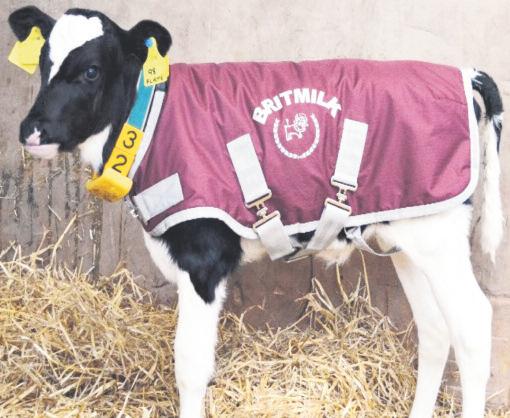





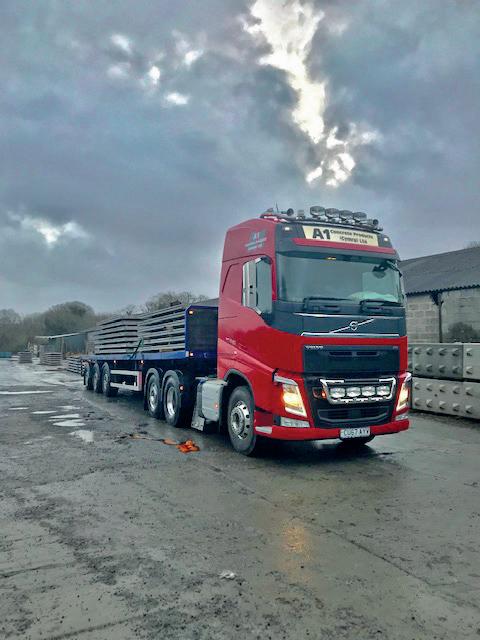
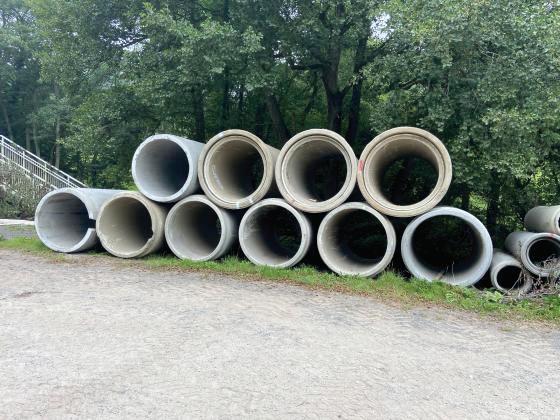
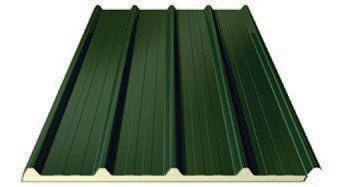








Manufacturers of: Box Profile & Corrugated Roof & Wall Cladding · VentAir, Perforated & Anti-Con Sheets · Curved Sheets ·Purlins and Sections · Folded Galvanised Guttering
Manufacturers of: Box Profile & Corrugated Roof & Wall Cladding · VentAir, Perforated & Anti-Con Sheets · Curved Sheets ·Purlins and Sections · Folded Galvanised Guttering Market leader in
Cement and GRP
01568 61 00 00panelsandprofiles.co.uk
Manufacturers of: Box Profile & Corrugated Roof & Wall Cladding · VentAir, Perforated & Anti-Con Sheets · Curved Sheets ·Purlins and Sections · Folded Galvanised Guttering Market leader in Steel Building Components

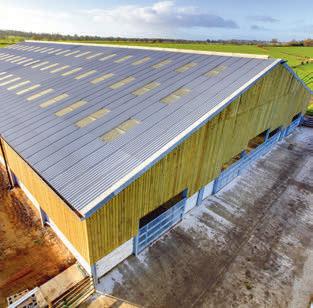
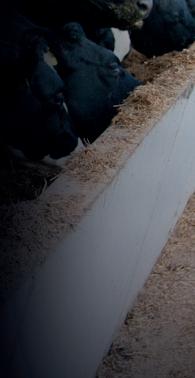






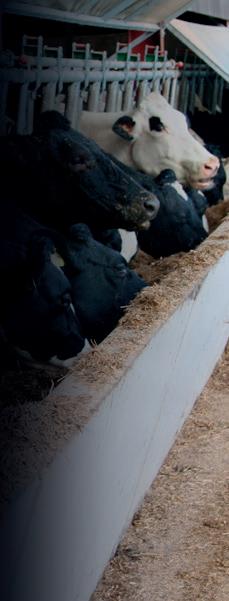
01568 61 00 00panelsandprofiles.co.uk
01568 61 00 00panelsandprofiles.co.uk


& Sections



























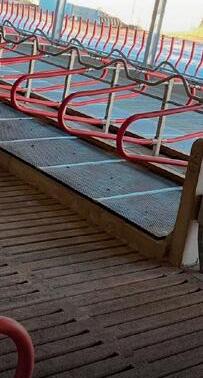












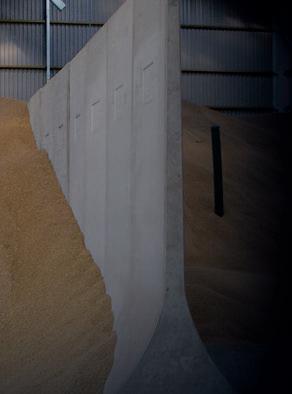







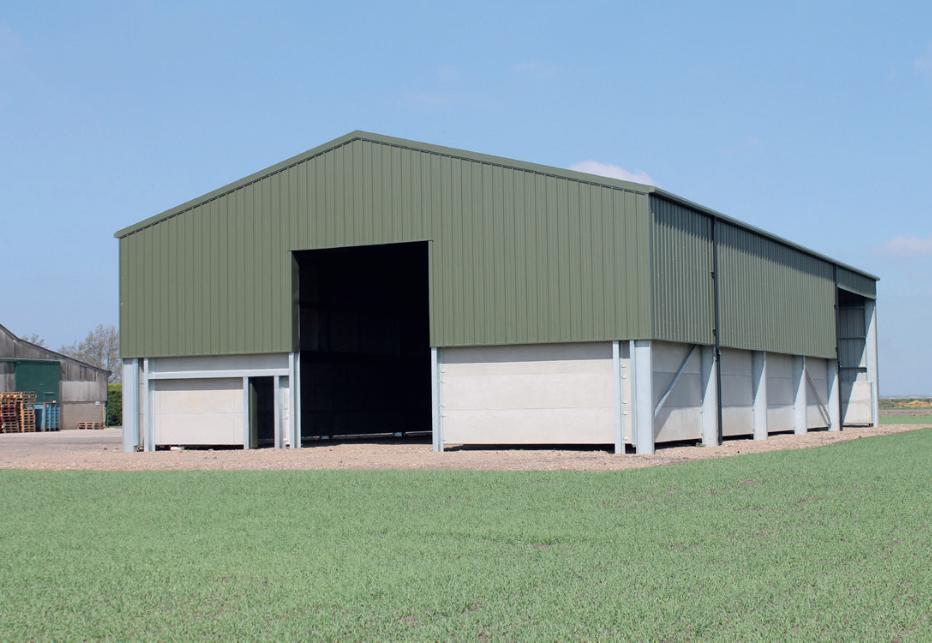
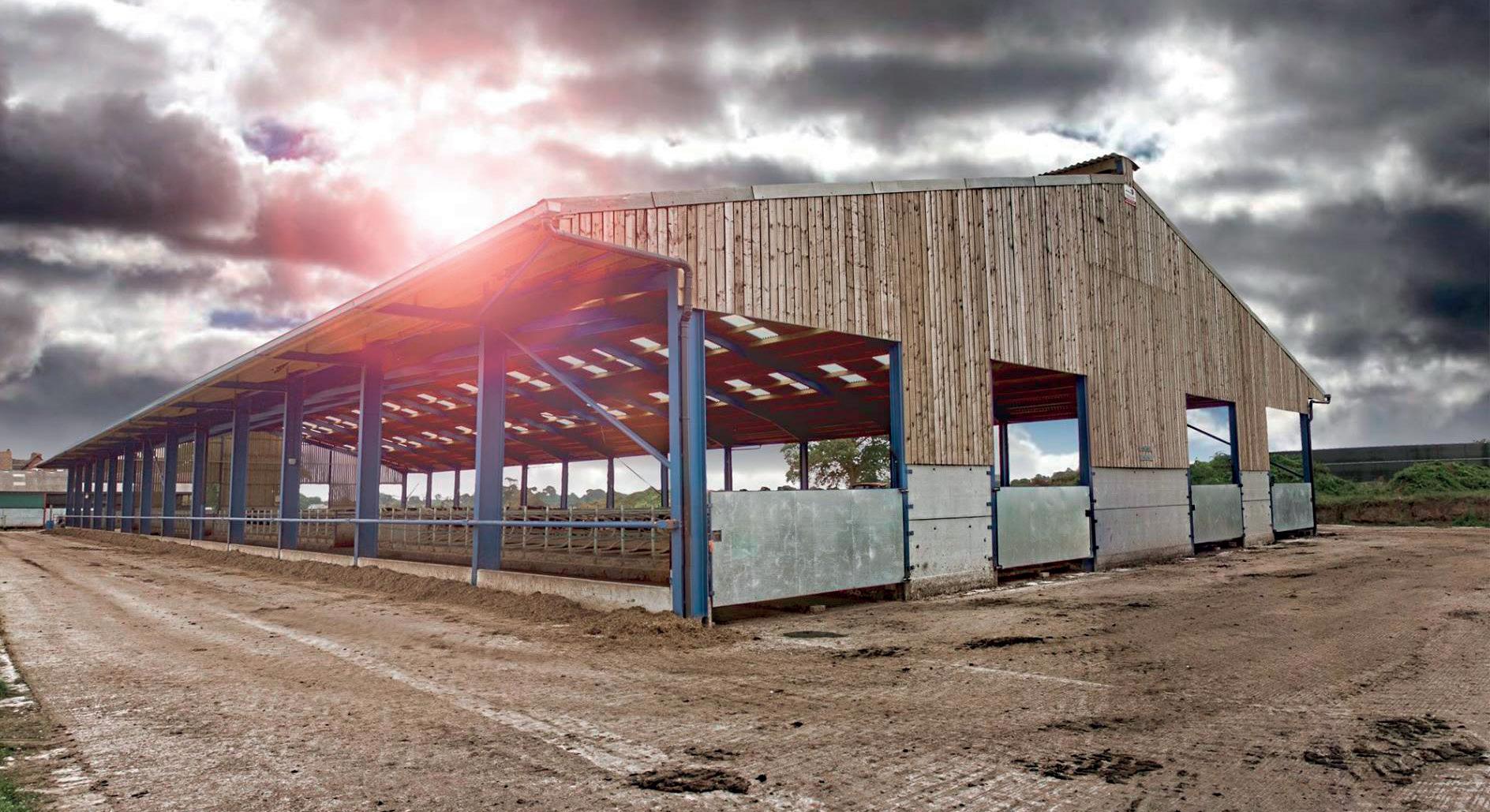













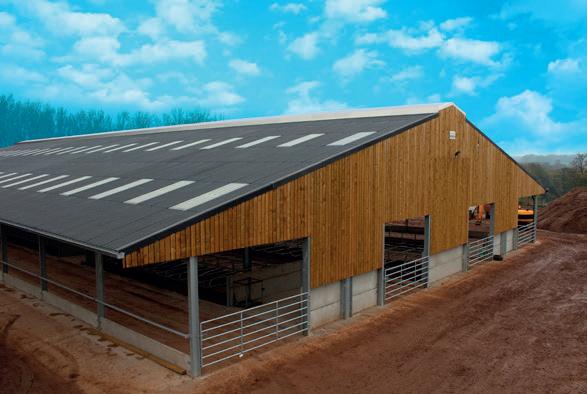
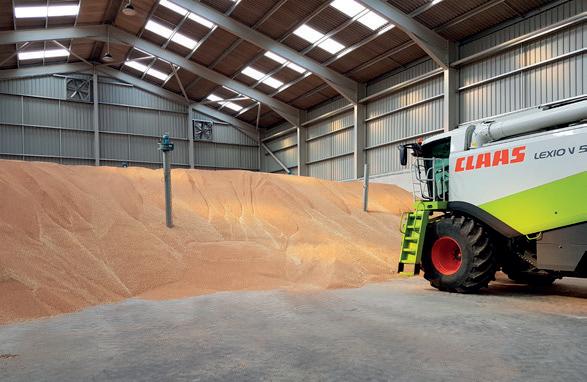
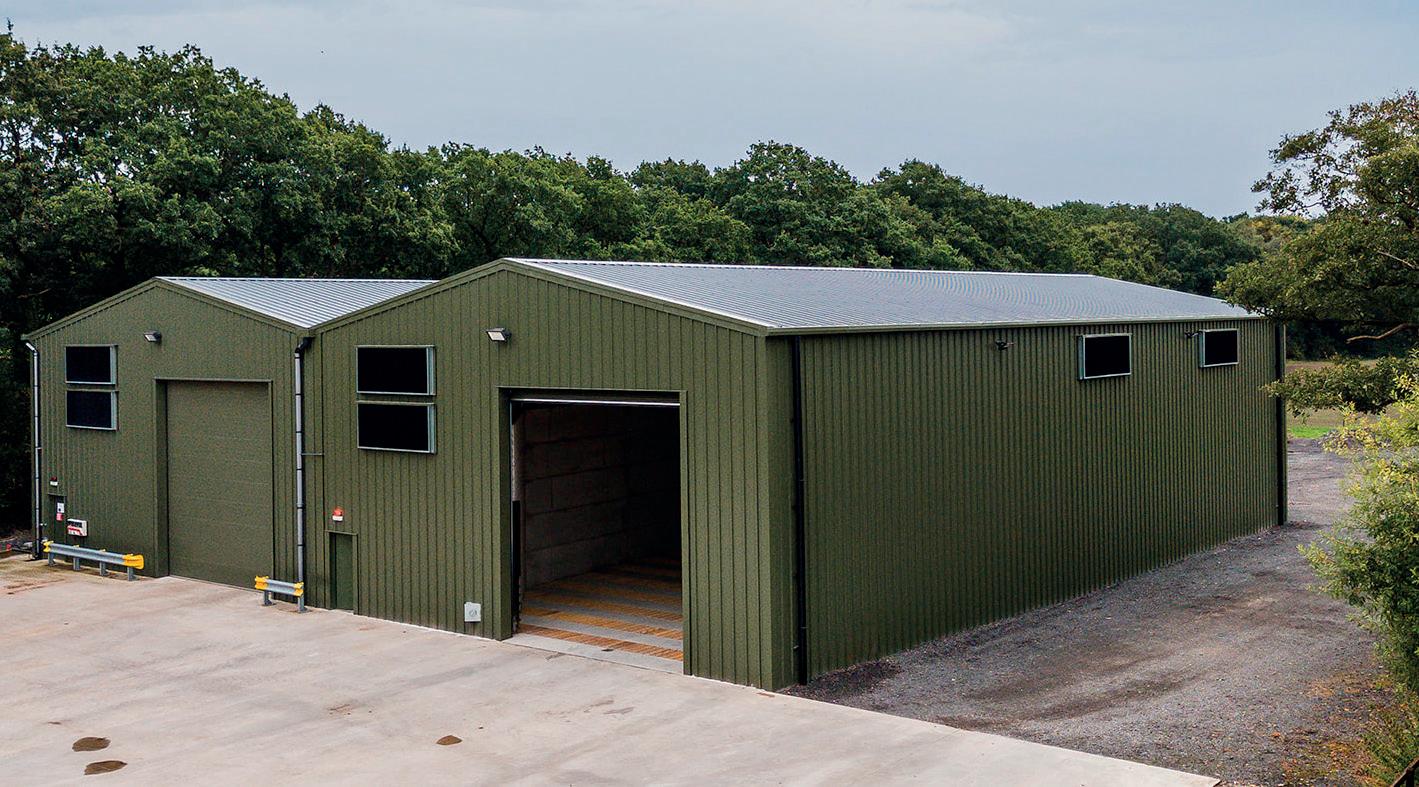
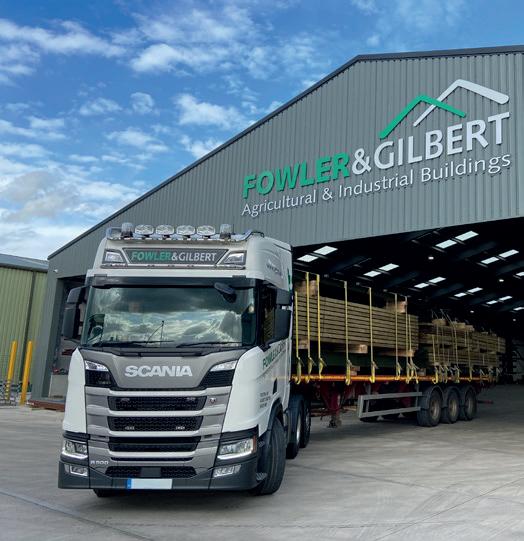
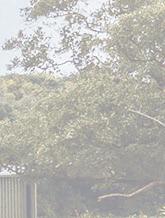






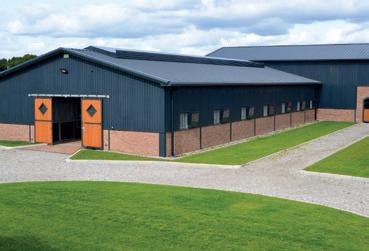

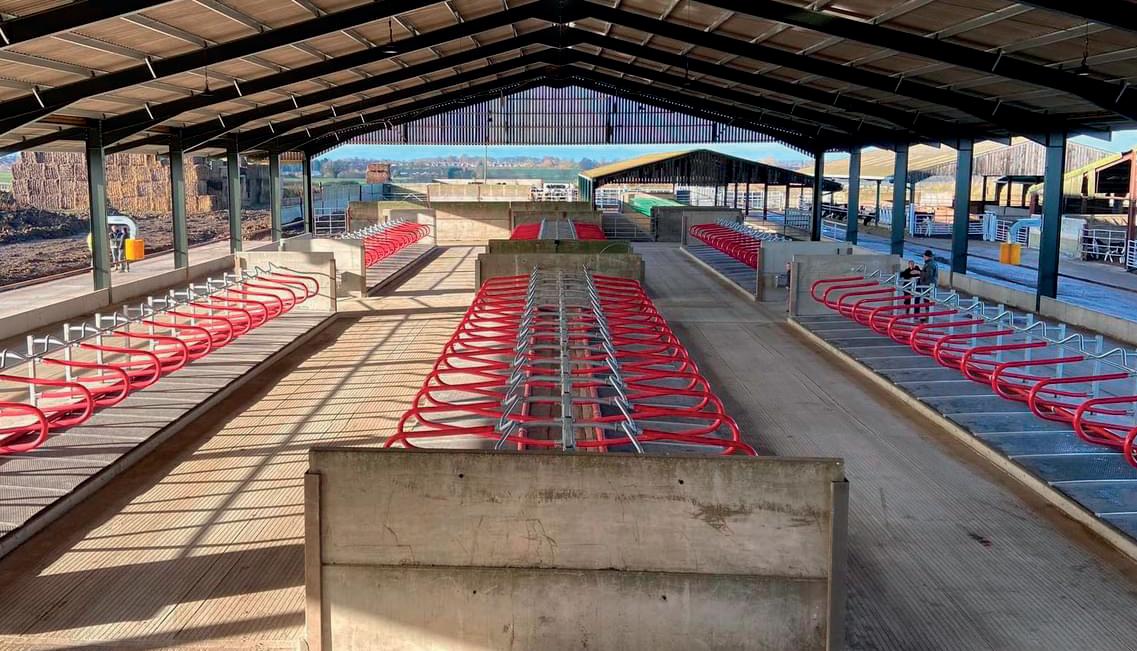
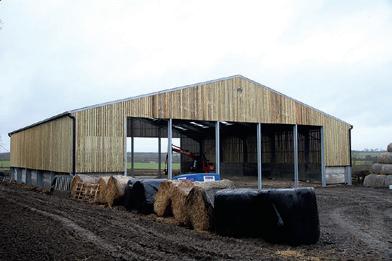
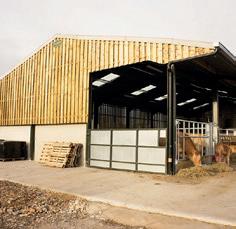
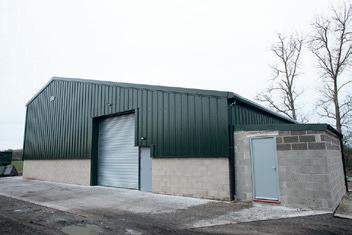








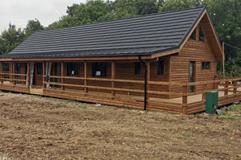
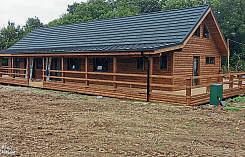
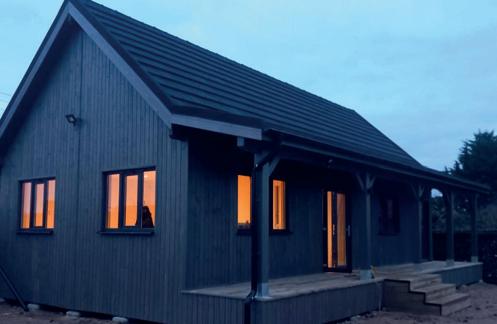






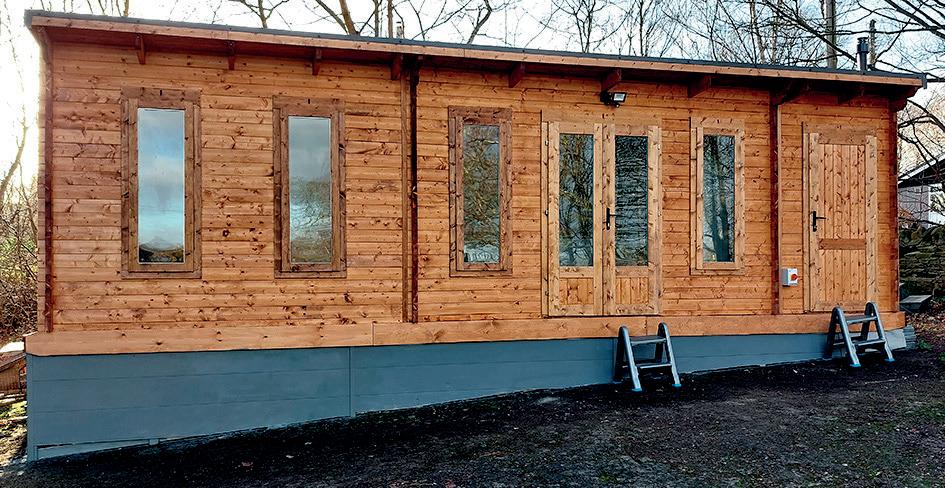
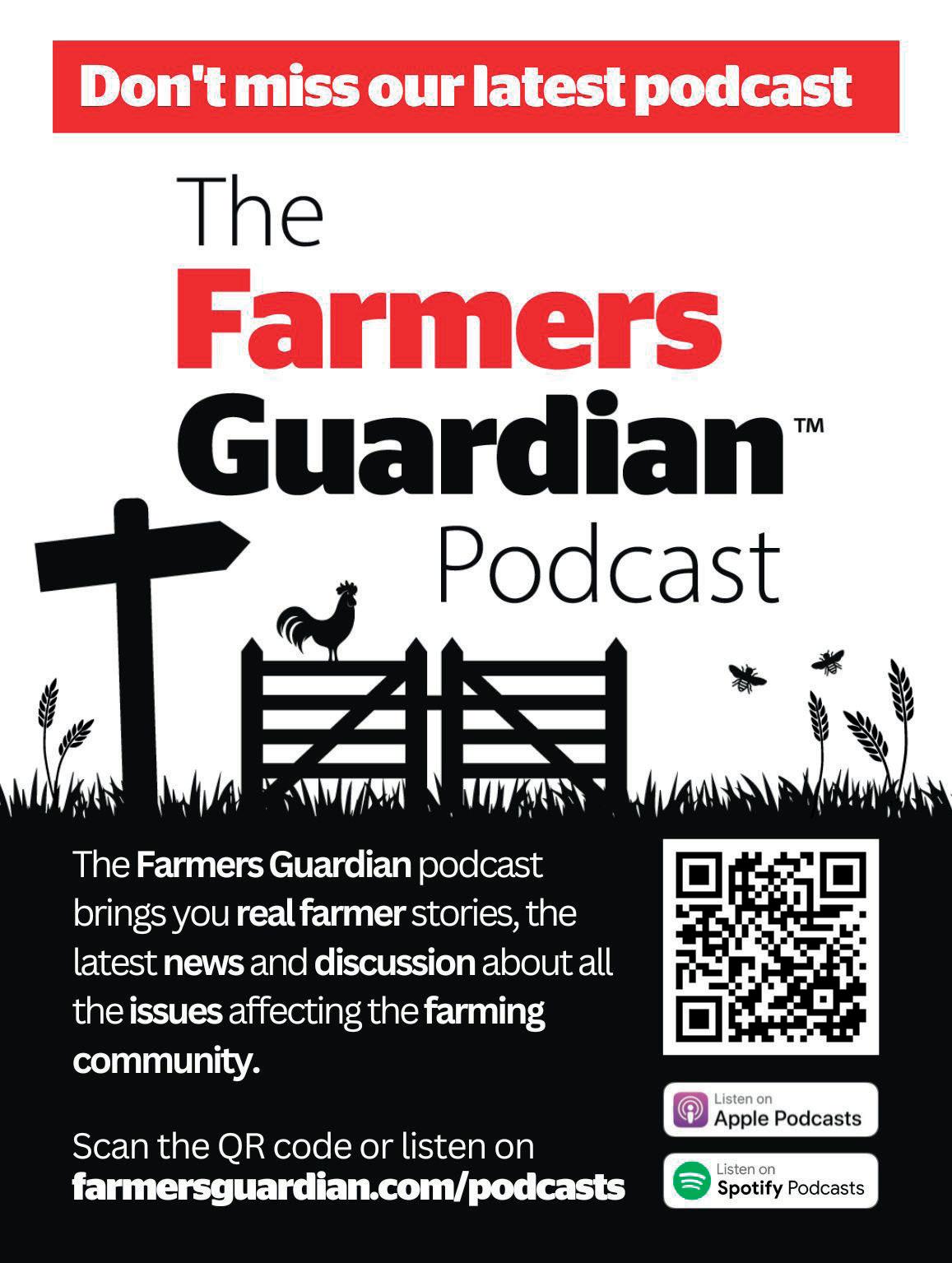
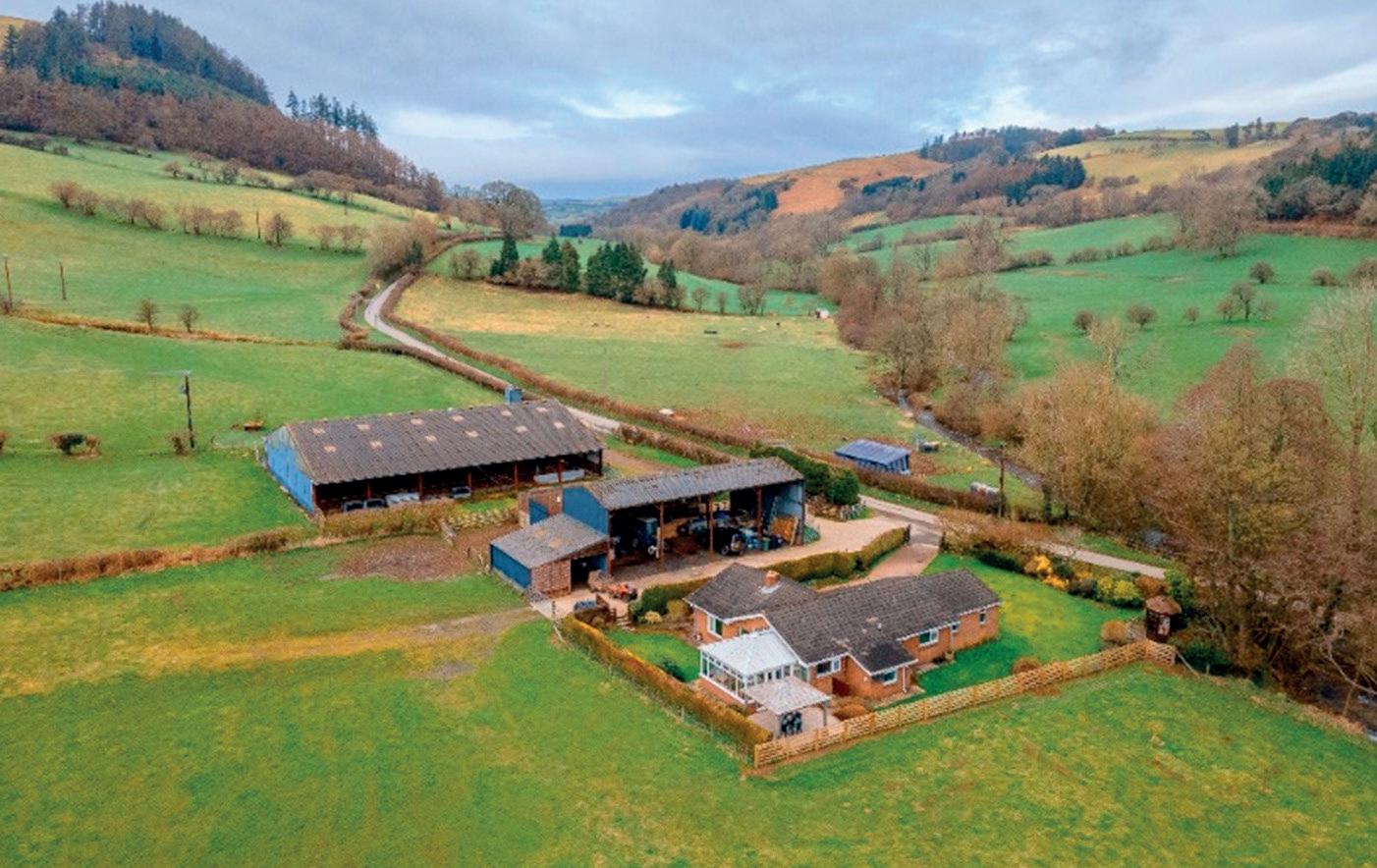
The summer holidays typically bring something of a lull to the property market and this year was no exception, particularly with families getting used to travelling abroad again.
However, we have seen a busy start to trade this autumn, with lower mortgage rates implemented over summer encouraging both buyers and sellers into the market.
Over the past six months, the length of time to agree sales has been noticeably longer at an average of 60 days, particularly on sales of higher value property.
Having said that, reports of possible cuts in the base rate should be a positive which will stimulate buyer activity, thereby reducing the time from launch to sale agreed.






features.
SUBJECT TO AN AGRICULTURAL OCCUPANCY CONDITION GUIDE PRICE: £455,000 (Ref: C383)
SUFFOLK, Bures St Mary Highfields is a large 5 bedroom detached house in a quiet rural location and grounds of approximately 1 acre. The garden is a particular feature with large lawned area, numerous ornamental shrubs and plants, pergola and pond. To the front there is a sweeping tarmac drive with parking for several cars. SUBJECT TO AN AGRICULTURAL OCCUPANCY CONDITION
GUIDE PRICE: £750,000 (Ref: C394)
ESSEX, Stock
An attractive four bedroom detached farmhouse with attached single storey one-bedroom self-contained annexe all set in a good-sized plot with ample parking, large garden, and three small outbuildings located to the south of the popular village of Stock.
SUBJECT TO AN AGRICULTURAL OCCUPANCY CONDITION
GUIDE PRICE: £1,145,000 (Ref: C386)
ESSEX, Little Totham
The Laurels is a 4 bed bungalow built approximately 25 years ago of traditional brick and tile roof. It sits in a plot of roughly 0.2 hectares that also contains a single room annex, garaging and former kennels (more recently used as pony stabling). The property is presented in excellent condition having been recently redecorated.
SUBJECT TO AN AGRICULTURAL OCCUPANCY CONDITION GUIDE PRICE: £625,000 (Ref: C395)
HAMPSHIRE, Winchfield
A four bedroom detached farmhouse with established garden, outbuilding, ample
and a small paddock set in a rural location to the Northeast of the village of Winchfield. SUBJECT TO AN AGRICULTURAL OCCUPANCY CONDITION GUIDE PRICE: £900,000 (Ref: C387)
MILTON KEYNES, Aspley Guise
A well-presented Five-bedroom detached house with a large garden, double garage, rear patio, parking and paddock to front, located in a sought-after countryside location.
SUBJECT TO AN AGRICULTURAL
£1,325,000 (Ref: C393)

The property portal, Rightmove, states that ‘2024 continues to exhibit a return of momentum in the property market after what can be considered a tumultuous unsettling few years where interest rate hikes and the cost of living crisis dampened market activity’.
While this might be true of the standard residential market, the more niche rural land and property market thrived post Covid-19 and is only just easing back now.
The Autumn Budget Statement will lay out the Government’s fiscal plan to try to fill the reported £22 billion black hole in Government finances and there are rumours of alterations which may affect the housing market.
These include a possible reduction in the threshold of capital gains tax and a change in the base value dates which could impact on individuals’ desire to sell because of increased taxation.
There is also talk of capping agricultural and business property relief, which could reduce the number of speculative investors.
There are also potential positives
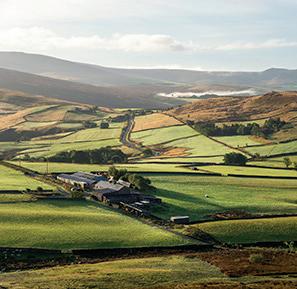


on the horizon, including renewed investments in rural broadband coverage and transport links which, by improving connectivity and accessibility, could stimulate the market by allowing buyers to expand their geographical search area.
Similarly, such investment could facilitate diversification projects for farmers with redundant buildings which are ideal for office complexes.
The other prospective positive is a change in the thresholds of stamp duty land tax, which is designed to encourage buyers and boost the market.
The timings of any changes will have a huge impact and will dictate what considered buyers and sellers decide to do.
Meanwhile the old adage that ‘quality sells’ remains true and the most attractive and best located houses continue to attract the most interest even in a slightly sluggish market.
A noticeable change, though, has been the recognition of the increase in building costs since Covid-19 which has meant that buyers have been a little more cautious about anything that needs a lot of work doing.
Buyers still want to adapt, modernise and change, but they are more realistic about the cost of doing so.
Annabel Fearnall is a partner at Barbers Rural. Call 01630 692 500, or email a.fearnall@barbersrural.co.uk

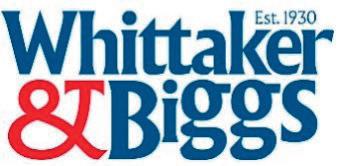
Fenced Winter Grazing/Fodder Crops required for 150-200 Mule/ Cheviot ewe lambs. 3 hours of mid Wales
Wednesday 9th October 2024 at 7:30pm at Congleton Golf Club, Biddulph Road, Mossley, Congleton, CW12 3LZ berrys.uk.com
An opportunity to purchase property and land, in the sought after rural locality of Astbury.
Lot 1: Four-bedroom farmhouse in need of renovation & modernisation, barns with potential for residential or commercial conversion (subject to planning) and grassland extending to 12.50 acres in total.
Lots 2-6: Parcels of excellent grazing & mowing land ranging from 1.94 acres to 30.01 acres.
For more information please contact Peter Kirton-Darling Whittaker & Biggs Leek Office 01538 372006 www.whittakerandbiggs.co.uk

Tel: Andrew 07523 982712
DO YOU HAVE LAND?
Sites of 1- 1000 acres required for residential development. If you think that your land has potential for development, or you have been approached by a developer, then you will need expert advice that is not available at traditional sources. Michael Rutherford is a specialist agent acting and negotiating for landowners. Contact me for a confidential and expert consultation at no cost. All areas of the UK covered.
The Yard is arranged as 32 individual pens, suitable for intensive beef finishing of up to 2000 head. The yard is a well designed system and is provided with concrete passageways, stone lanes, feed storage areas and an excellent race and crush. Maize silage and straw is available if required this would be an excellent opportunity for a beef finishing business to expand as there are large amounts of veg and feed by products available locally





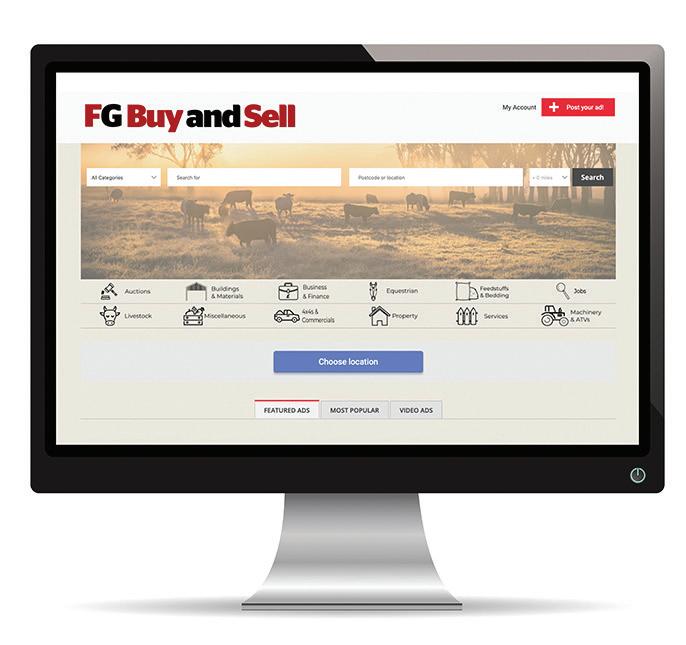

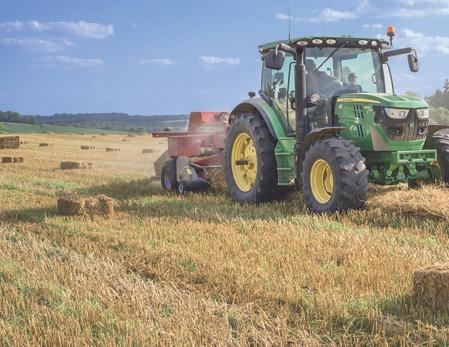
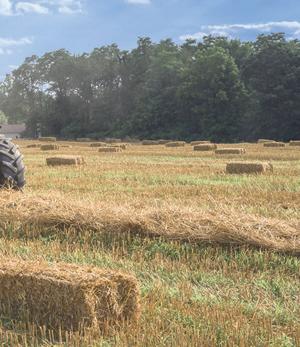

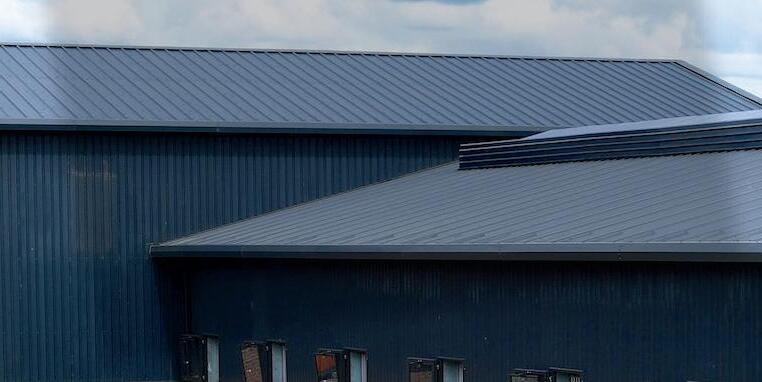




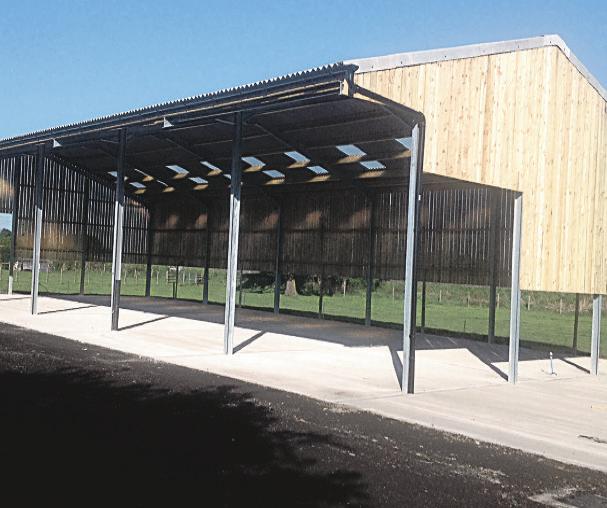



CLITHEROE, LANCASHIRE OR SEDBERGH, CUMBRIA. 07976 252191 - 07977 410694
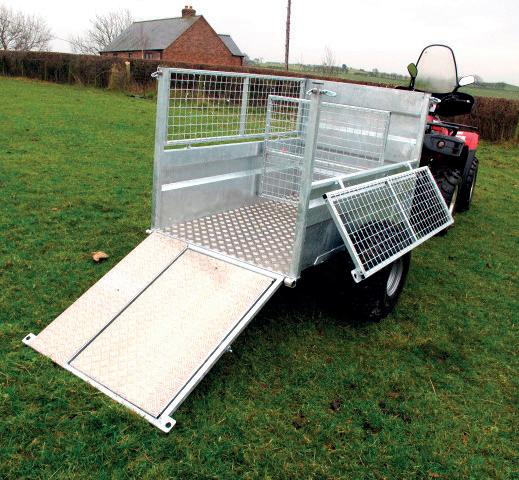
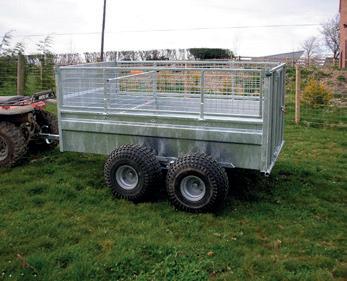






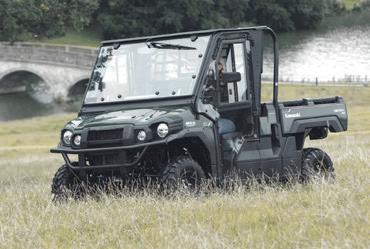
HONDA TRX420 FA6, 2021 £5250 +VAT
HONDA TRX500FA6, 2014
HONDA TRX420 4X2, 2007
£4850 +VAT
£2250
KAWASAKI KVF360, 2009 £2850
SUZUKI LT-A400 KING QUAD £2850 (Choice)
KAWASAKI KLF300B 4X2 £2150 (Choice)








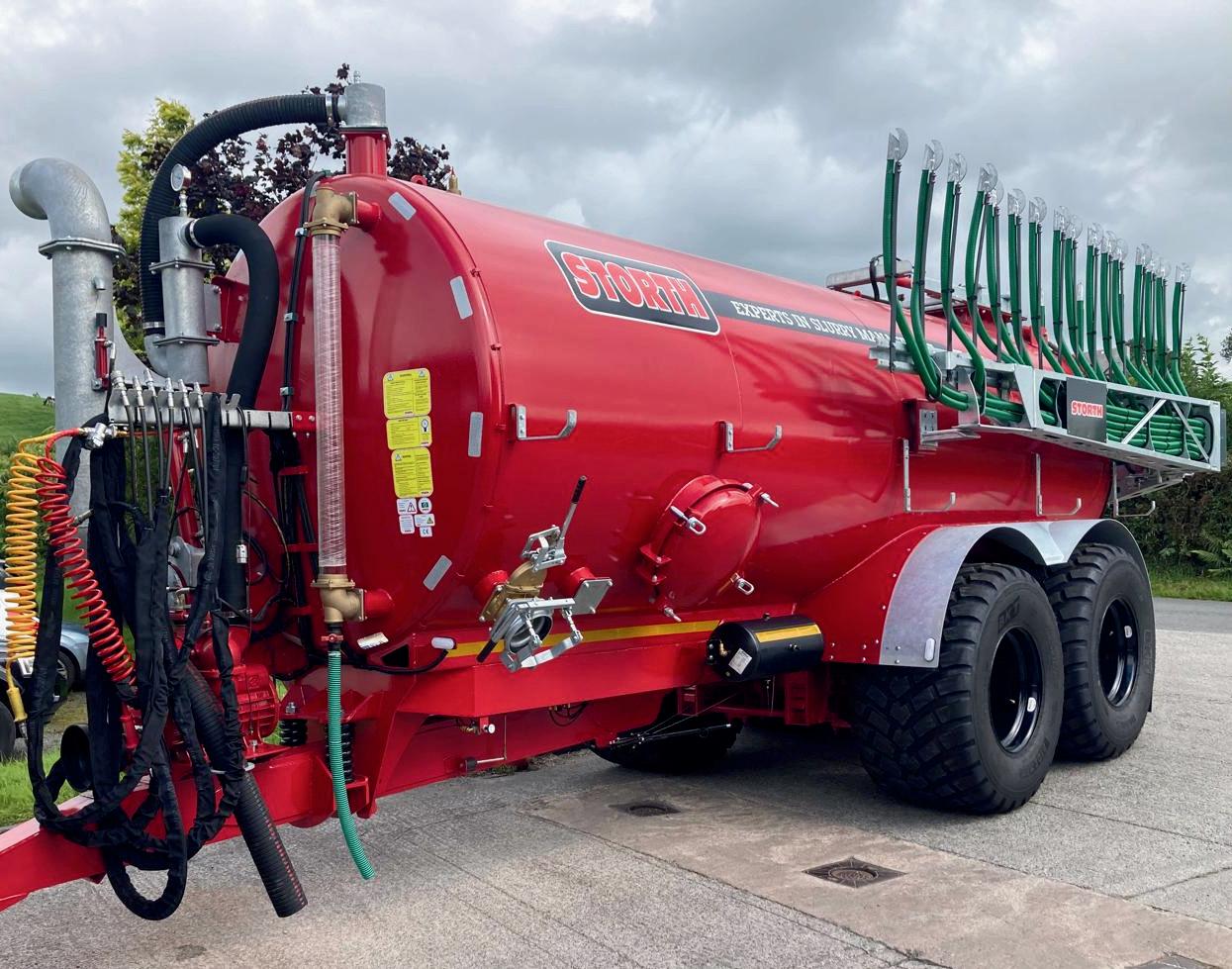


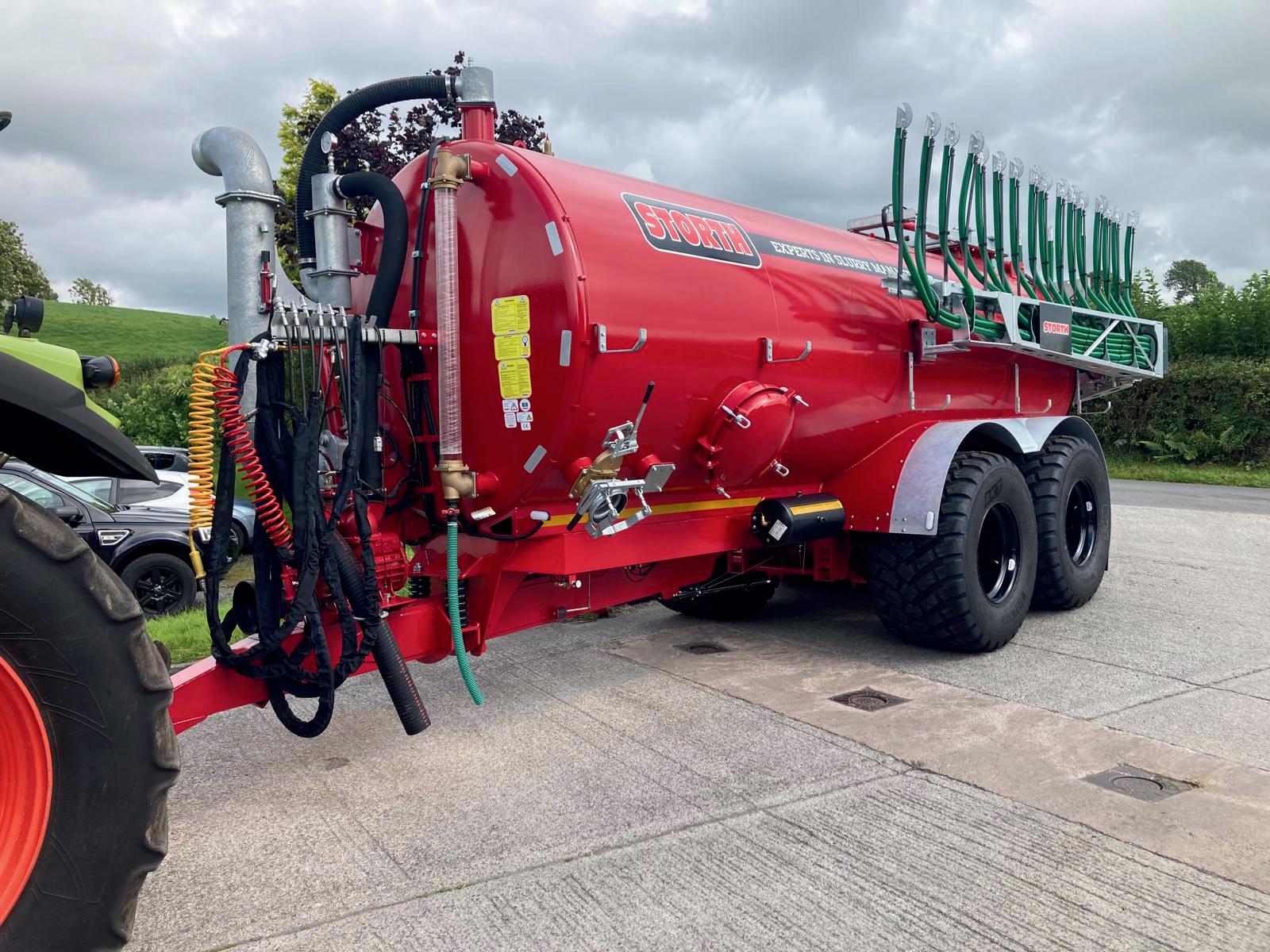



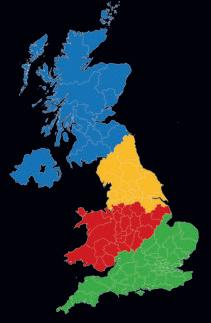


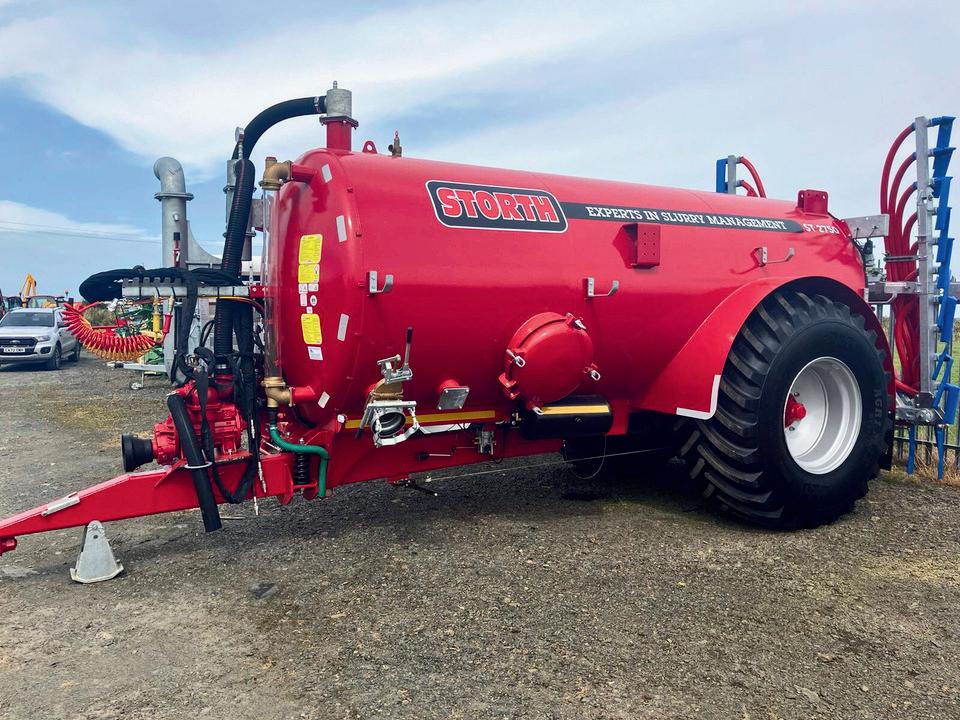



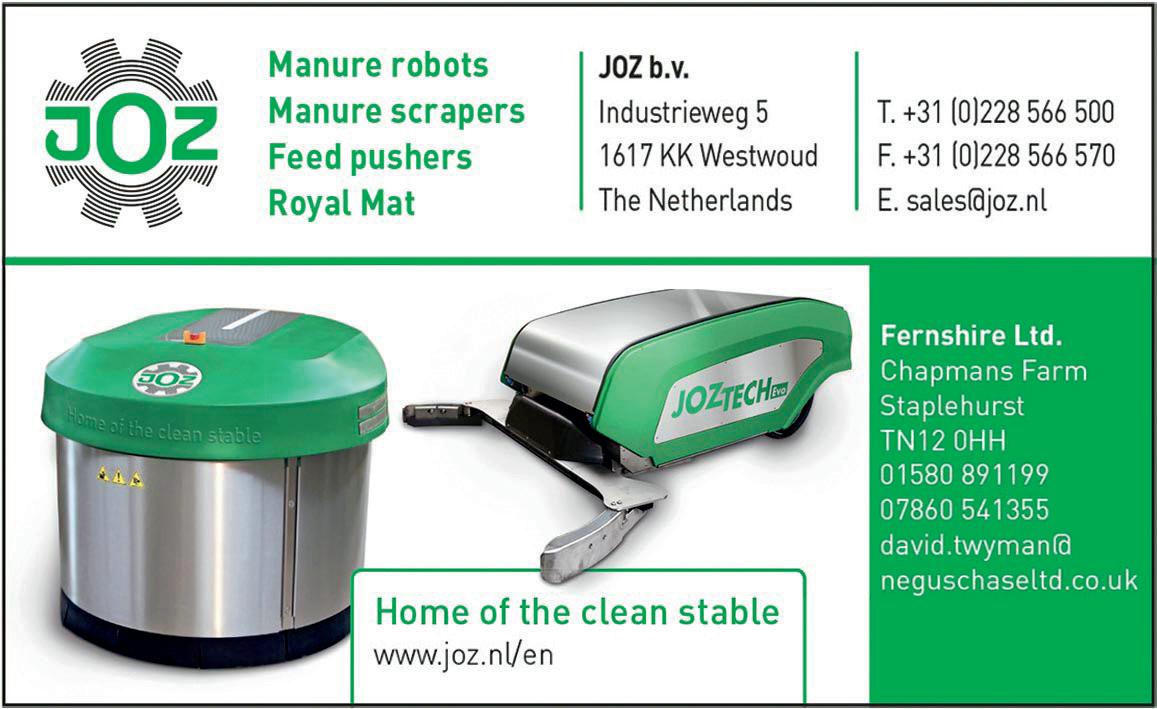






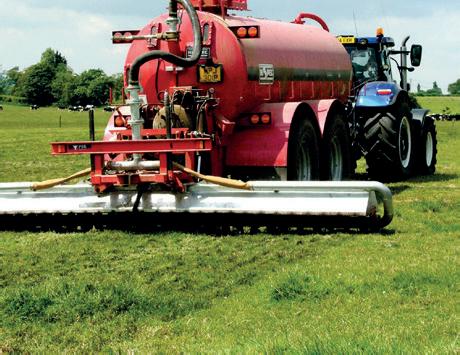
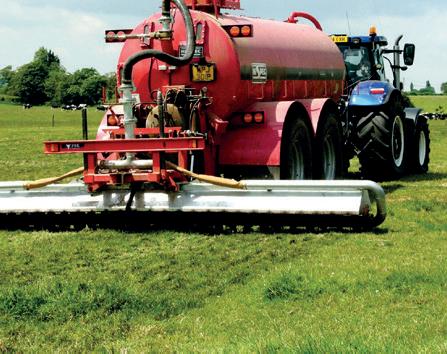
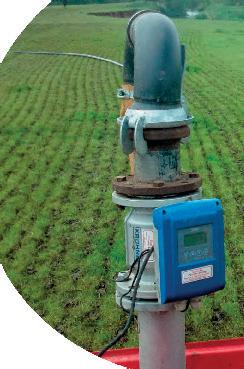

All types of Augers for all machinery manufactured and
We are specialists in the supply and repair of augers for all models of tub feeders, grain dryers and header augers for combine harvesters. We also provide a cost-effective repair service for all makes of diet-feeders.

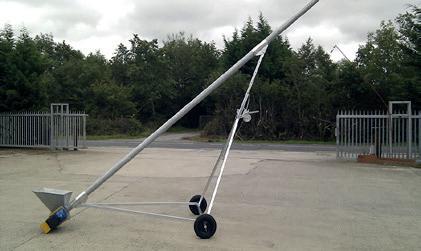
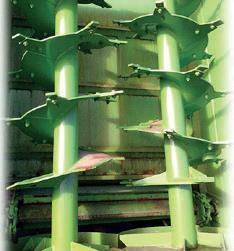

Contact the Roto Spiral team today and see
• 01244 520005 (Office) • 07761 292070 (Mobile)
Roto Spiral (UK) Limited - Unit 33, Engineer Park, Sandycroft, Deeside, CH5 2QB Email: info@rotospiral.co.uk
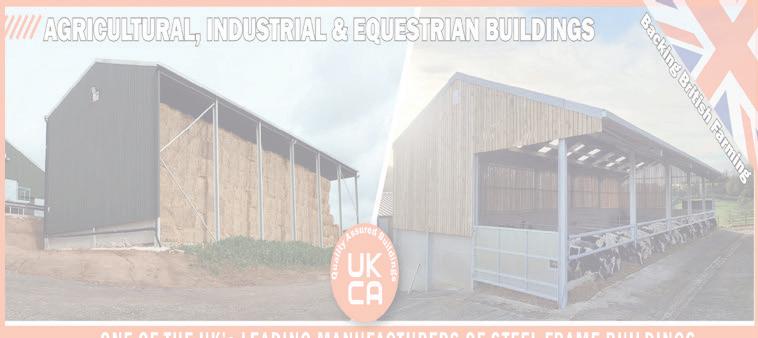

Replacement tractor parts Direct to your door Phone for best quotes Mobile: 07971 243668 or 01545 570 810


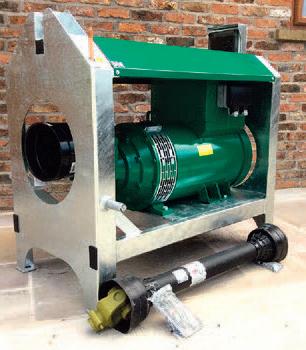






CLAAS John Deere, and other makes, combine harvester 2nd hand and new spares. www.jmtcombinehire.co.uk. Tel:


3000 p.s.i.16-30L/min 2ndLance Available Fully TractorPowered Hot&Cold Water Pressure Washers www.LandyPressureWashers.com Tel: 01756 794291 Skipton. N.Yorkshire Find us landywashers







We take a farmercentric approach to media. Our job is to


• Massey Ferguson MF399 Tractor & Loader
• Massey Ferguson 362 Tractor
• Massey Ferguson 2210 Tractor & Loader
• JCB 1135 Fastrac
• Yanmar CT65 Crawler Tractor
• Mitsubishi MKM-750 Crawler Tractor
• Yanmar C50R-3 Tracked Dumper
• Hitachi EG70R Rotary Tracked Dumper
• Hitachi EG110R Rotary Tracked Dumper
• Case CX210B Excavator Piped/Rotate
• JCB 718 Articulated Dump Truck on LGP Tyres
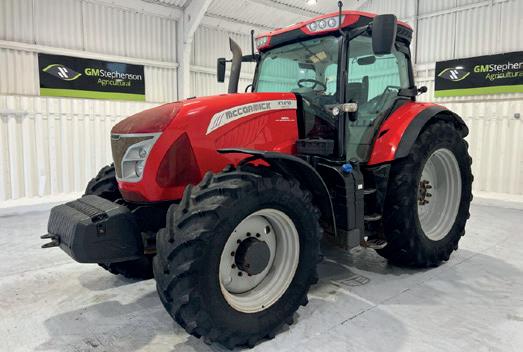
2016 McCORMICK X7.670 POWER PLUS 7488 HOURS, 50K POWERSHIFT, AIR BRAKES, FRONT & CAB SUSPENSION, 3 X ELECTRIC SPOOLS, 540/540E/1000/1000E PTO SPEED, AIR SEAT, AIR CON. 540/65R30 X 650/65R42 £33,500
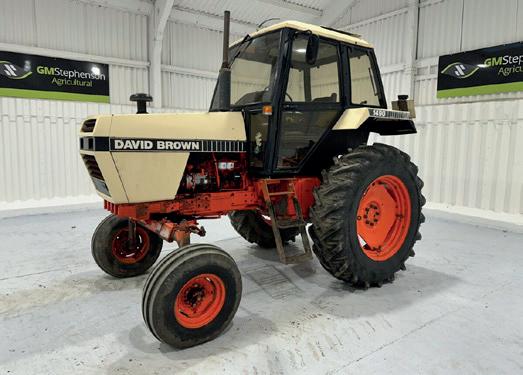
1983 DAVID BROWN 1490 HYDRASHIFT
2665 HOURS ONLY, ONLY 2 OWNERS, IT IS HIGH CLEARENCE, IT HAS BEEN ON A SPRAYER SINCE NEW, IT COMES WITH ITS ORIGINAL OPERATORS MANUAL, ON ORIGINAL TYRES! 11L- 15 X 16.9R34
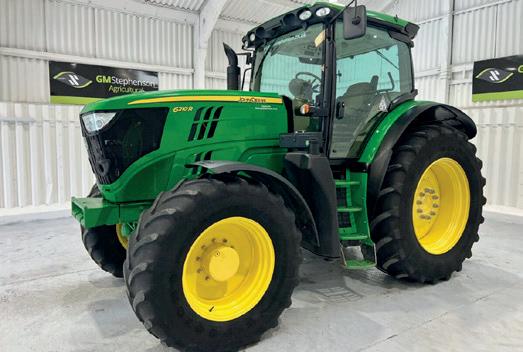
2012 JOHN DEERE 6210R ONLY 2806 HOURS!!, 40K AUTOQUAD TRANSMISSION, TLS & CAB SUSPENSION, 3 X MANUAL SPOOLS, AIR SEAT, AIR CON, JOHN DEERE 110KG TOMBSTONE WEIGHT. 540/65R30 X 620/70R42 FIRESTONE
£59,950
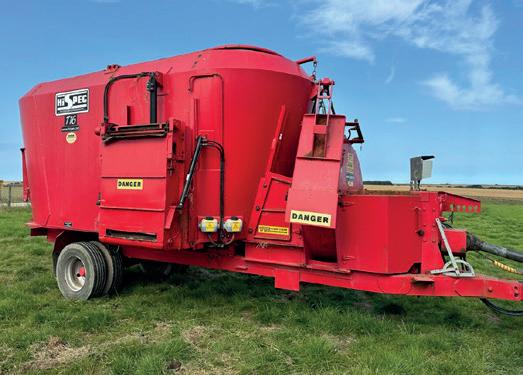
£6,950 2016 HI-SPEC T16 VERTICAL TWIN AUGER FEEDER TWIN AUGER, HYDRAULIC CONTROLS, ADJUSTABLE CHUTES
£8,750

2019 SCANIA R500 6X2 TAG AXLE, 373960 KM, C/W ALLOY WHEELS, SUN VISOR, STITCHED LEATHER SEATS, AIR HORNS, KELSA LOW BAR, STROBE LIGHTS IN GRILL, LED ROOF LIGHTS, SINGLE BUNK, FRIDGE, OUR OWN LORRY & IS IN VERY NICE CONDITION. TRAILER NOT INCLUDED £69,950

2003 MASTER 270M 27 TON MOBILE GRAIN DRYER 1,641 HOURS, C/W RETRACTABLE EXTENSION, DUST EXTRACTION, TWIN AXLE, DIESEL BURNER, FULL ELECTRIC DRIVE, ALWAYS DRY STORED, A VERY TIDY EXAMPLE
£39,950
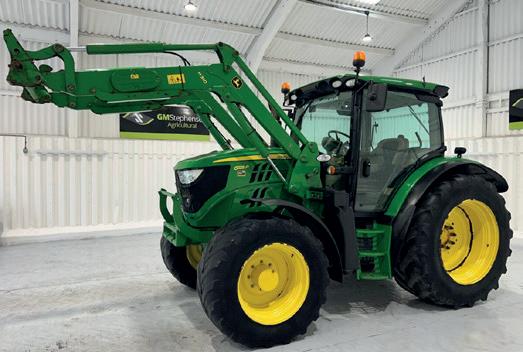
2015 JOHN DEERE 6125R 4393 HOURS, 50K AUTOQUAD, AIR BRAKES, FRONT SUSPENSION, 3 X MANUAL SPOOLS, 540/540E/1000 PTO SPEED, HEATED AIR SEAT, AIR CON. C/W JOHN DEERE H310 FRONT LOADER. 520/60R28 X 650/60R38
£39,950

2009 DEUTZ-FAHR 5690 HTS BALANCE
1855 HOURS, C/W 20FT HEADER, STRAW CHOPPER, CHAF SPREADER, 540/65R24 X 800/65R32. THIS COMBINE IS IN LOVELY CONDITION HAVING COME FROM A GOOD HOME
£55,500





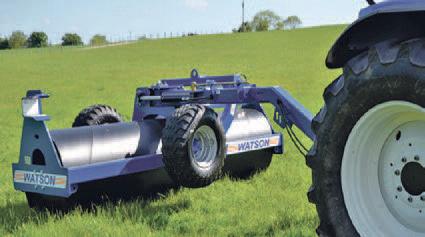

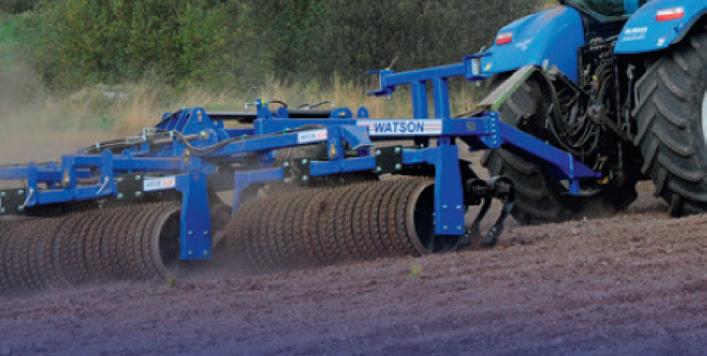
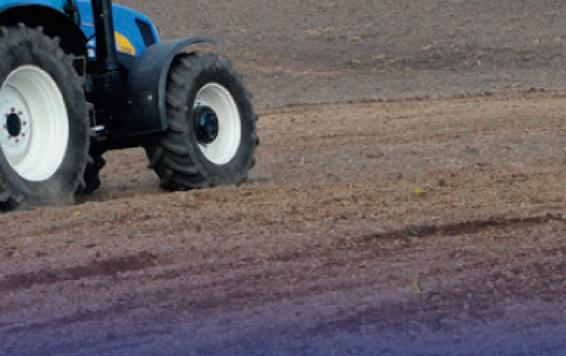
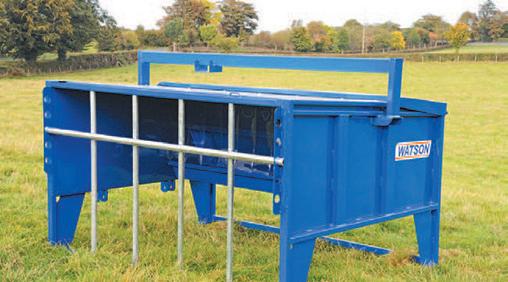
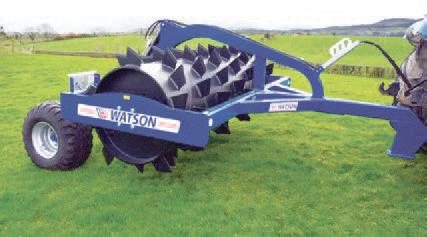
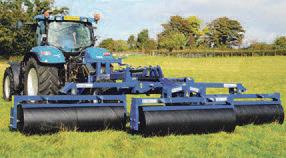

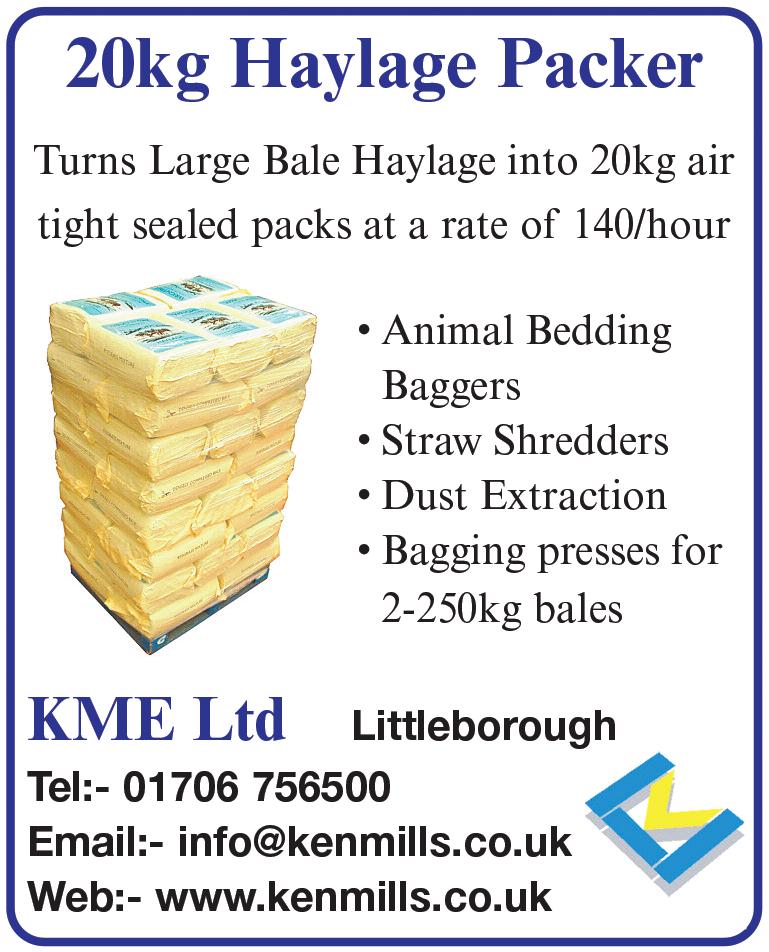
















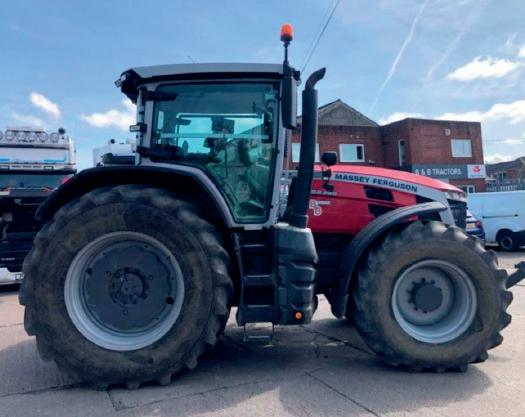
2023 Valtra T175A



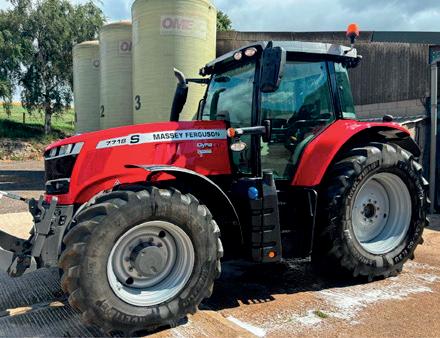
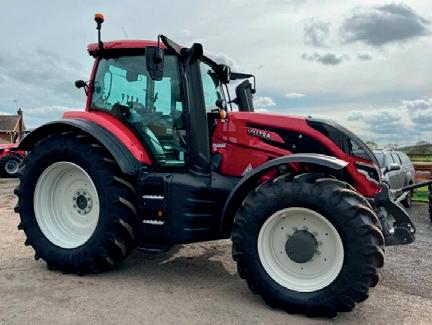
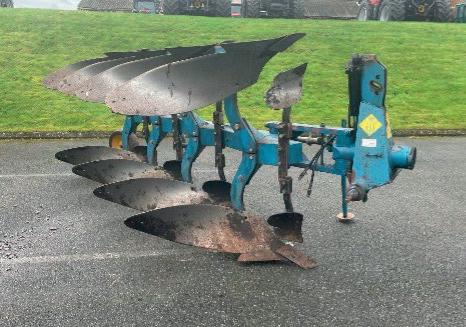
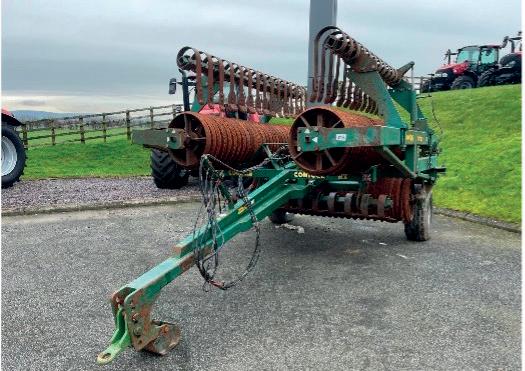






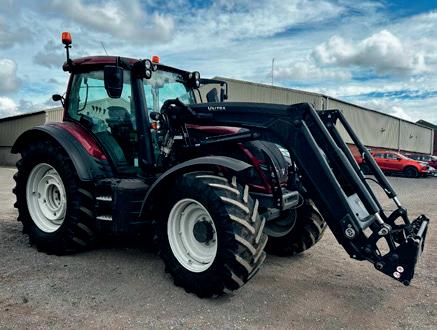
467 Hrs, Active, 57kph, Remainder fo 3years/1500 Hrs Warranty, 4 Manual Spools, Front Links, Air Conditioning, Twin Beacons. 2022 Valtra N154eA
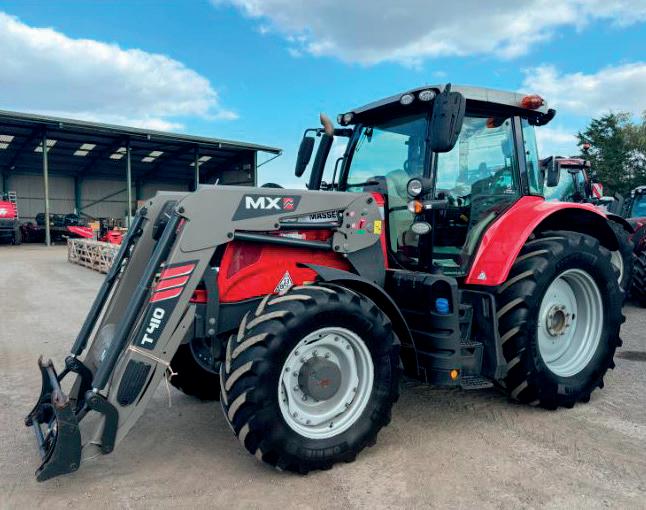





2019 MF 5711







3050 Hrs, 50kph, G5S Loader, 4 x 80kg Wheel Weights, 160L/min Pump, 4 x Rear Spools, 600/480 Tyres @ 60%.
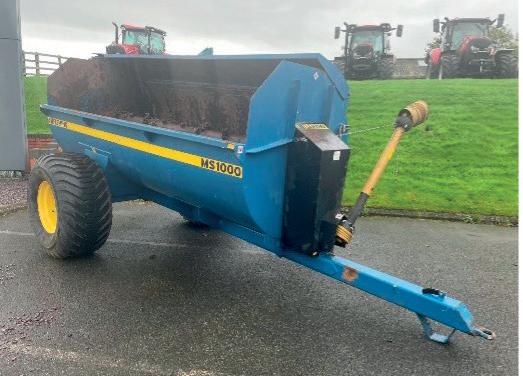
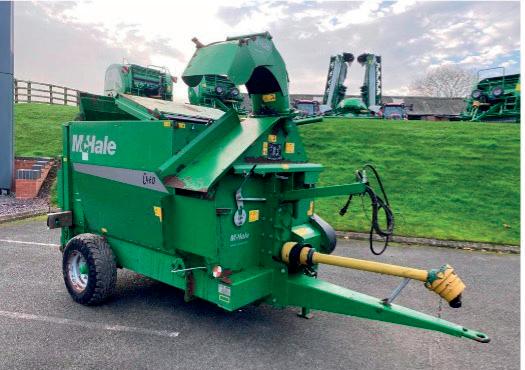



10028703 £69,850 W
2390 Hrs, Essential Spec, Dyna 4, FL.4121 Loader, 2 Manual Rear Spools, Air Conditioing, 420/85 R34 Rears, 380/85R24 Fronts. 10028481 £47,000 W



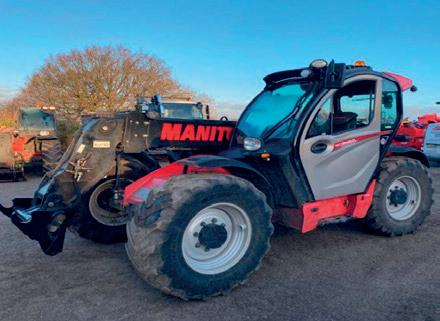

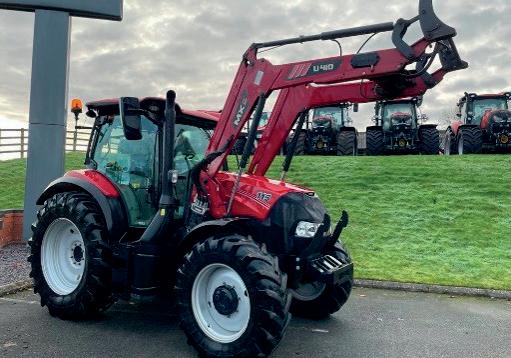
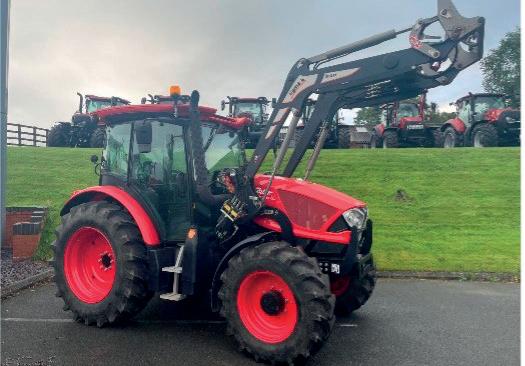









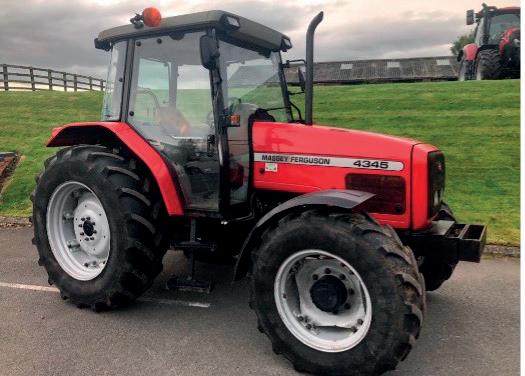
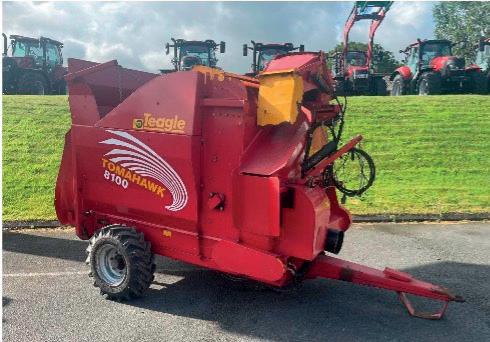


2023 Valtra T255V Ex Demo, 57kph, Power Shift, 4 Valve + Power Beyond, Trimble
Autosteer, 12 Month Warranty, ISOBUS Rear.
£130,000 F
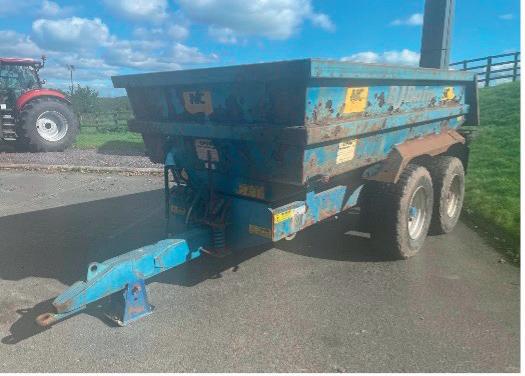
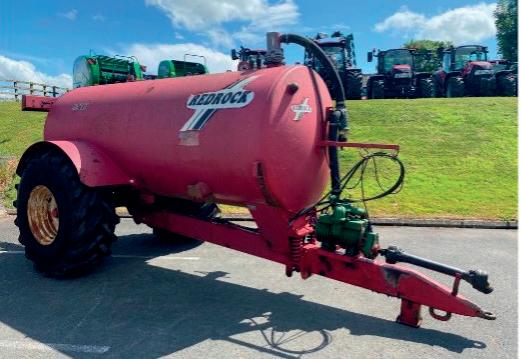



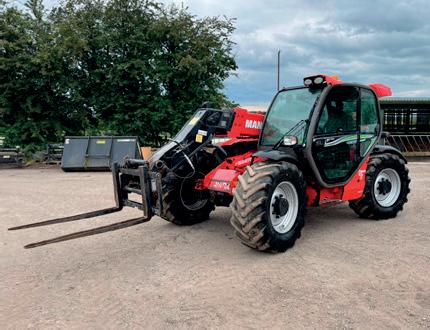
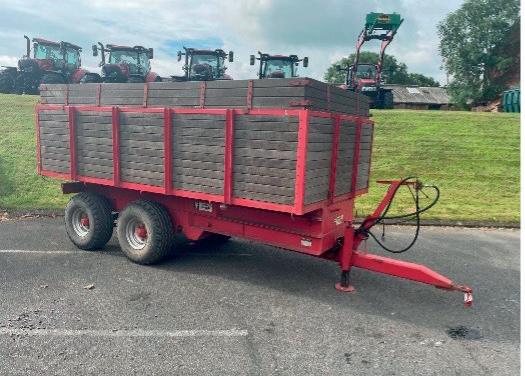
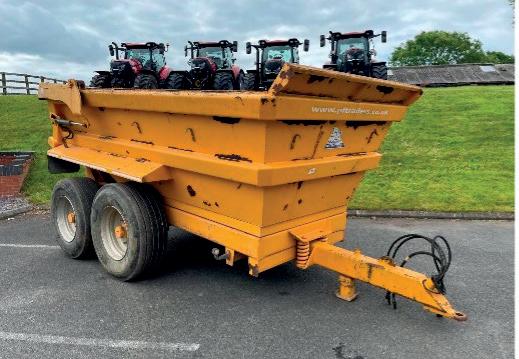
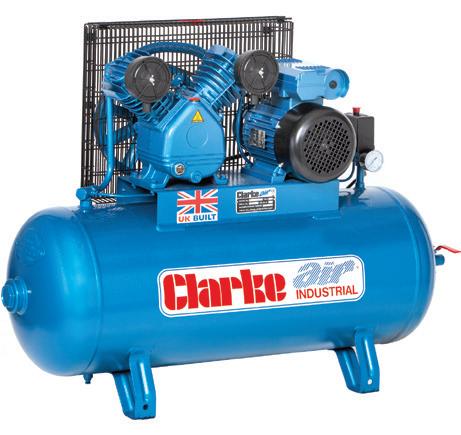

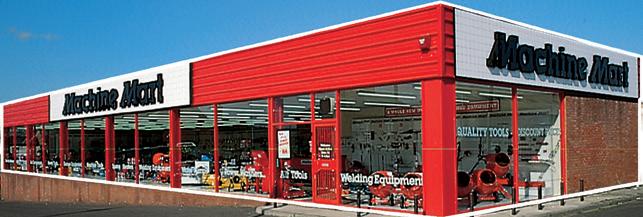







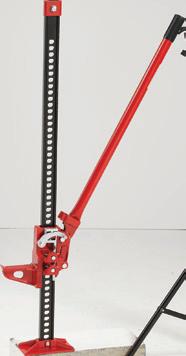









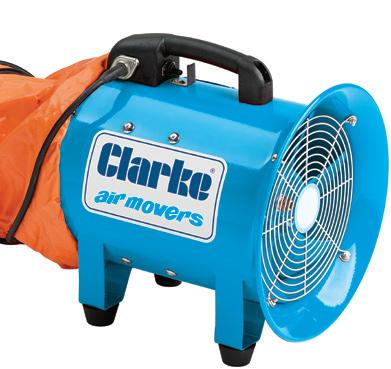
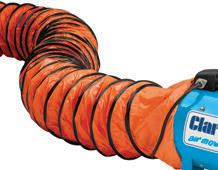

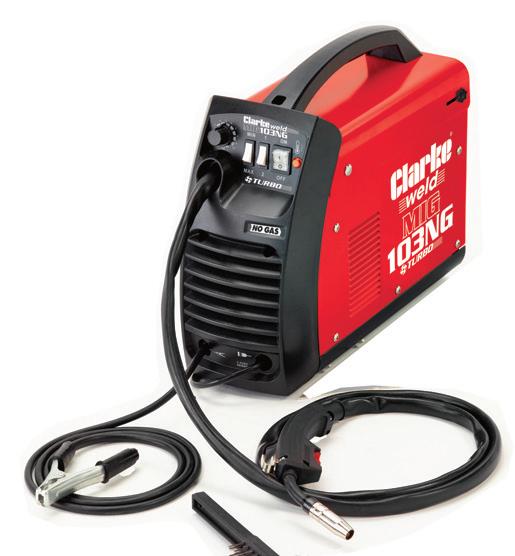

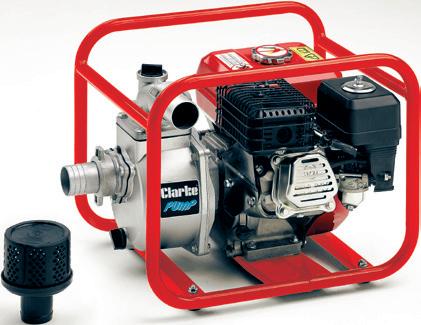

















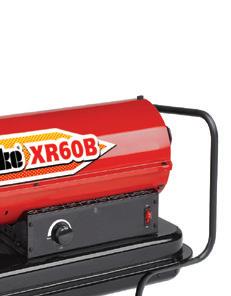









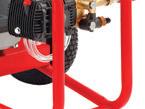








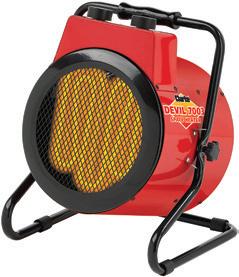






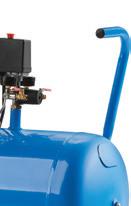

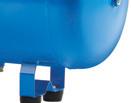

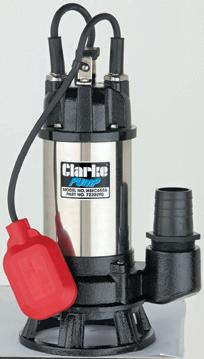


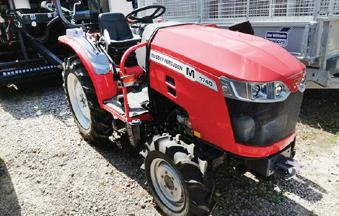
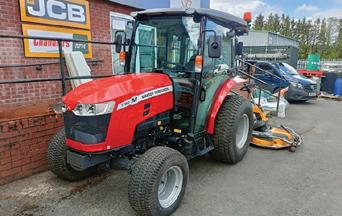
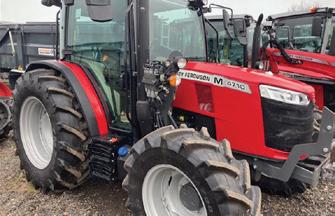
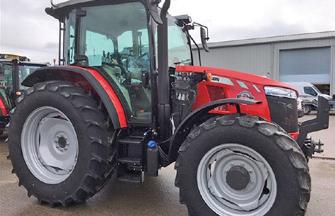
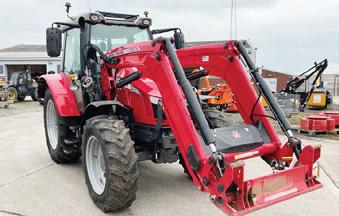
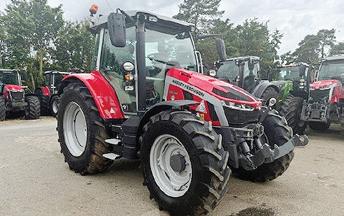

MF 8S.265 EXD7
2264 Hrs, 265 HP
Tyres: 600/65R28 (60%) 650/75R38 (70%)
Guidance Ready, EXCLUSIVE Spec Package, DYNA-7 Transmission, Radar Fitted, 3000 Hrs Warranty Until: 24/02/2026
£99,950 +VAT
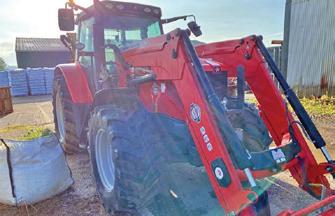


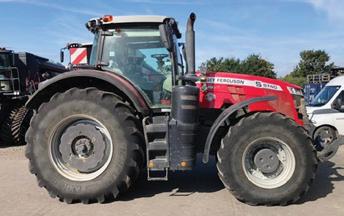

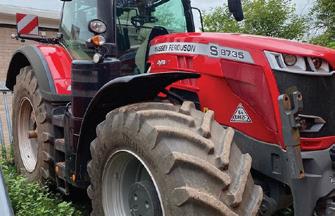
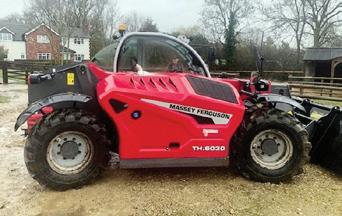
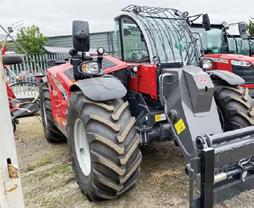


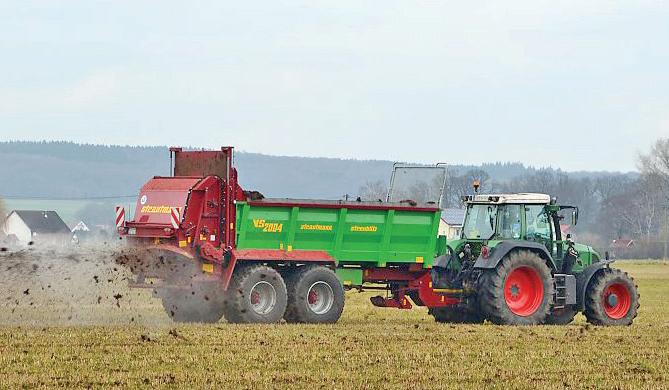




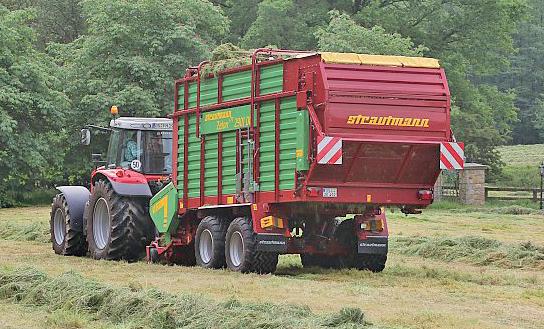


Edited by Toby Whatley – 07583 054 831
–

Looking for flexible frontline power, one Warwickshire arable farm replaced a pair of Case IH Magnums with two 300hp Optum models. Geoff Ashcroft catches up with the farm team to find out more about the switch.
Heavy draft tractors have a reputation for being one-trick ponies and, away from a six- or eight-week window of cultivations and drilling, such muscle can be parked in a shed for about 10 months of the year.
For Warwickshire grower Robin Turney, the need for more flexible tractor power to suit both frontline field work and a wide variety of general tasks could help to keep tractor numbers low.
“I was looking for a pair of frontline 300hp tractors that could replace our heavier Magnums to do everything they did, plus so much more around the farm,” says Mr Turney, who farms around 1,011 hectares at Pools Barn Farm, Henley-inArden, Warwickshire.
Cropping includes winter wheat, oilseed rape, spring barley and forage maize, with contract farming agreements in the mix along with contracting for local farms and neighbours. In addition, the farm
operates a 30,000-tonne grain storage facility, complete with high-tech cleaning and drying capability, plus an optical colour sorter to handle less-than-perfect loads.
A recent shift into forage maize also influenced replacement tractor choices, to safely handle 18t trailers.
Mr Turney says: “From November to March, we will move 3,000t of our maize to a nearby anaerobic digestion plant and bring solid digestate
back to the farm. And this requirement was another consideration in replacing the Magnums with 300hp Optums.
“You would not put a Magnum on a grain or silage trailer by choice, yet the Optums are as capable with trailer work as they are with field work.”
Past history with a succession of Magnum models that delivered questionable reliability also influenced the farm to consider moving
away from powershift transmissions to continuously variable transmissions.
“CVX has been a breath of fresh air for our business,” says Mr Turney.
“It is a transmission that is very easy to use; it allows engine performance to adapt to load; and overall, we are burning less fuel too. In the Optums, CVX has made a big tractor very smooth and efficient.”
Powered by an FPT 6.7-litre en-
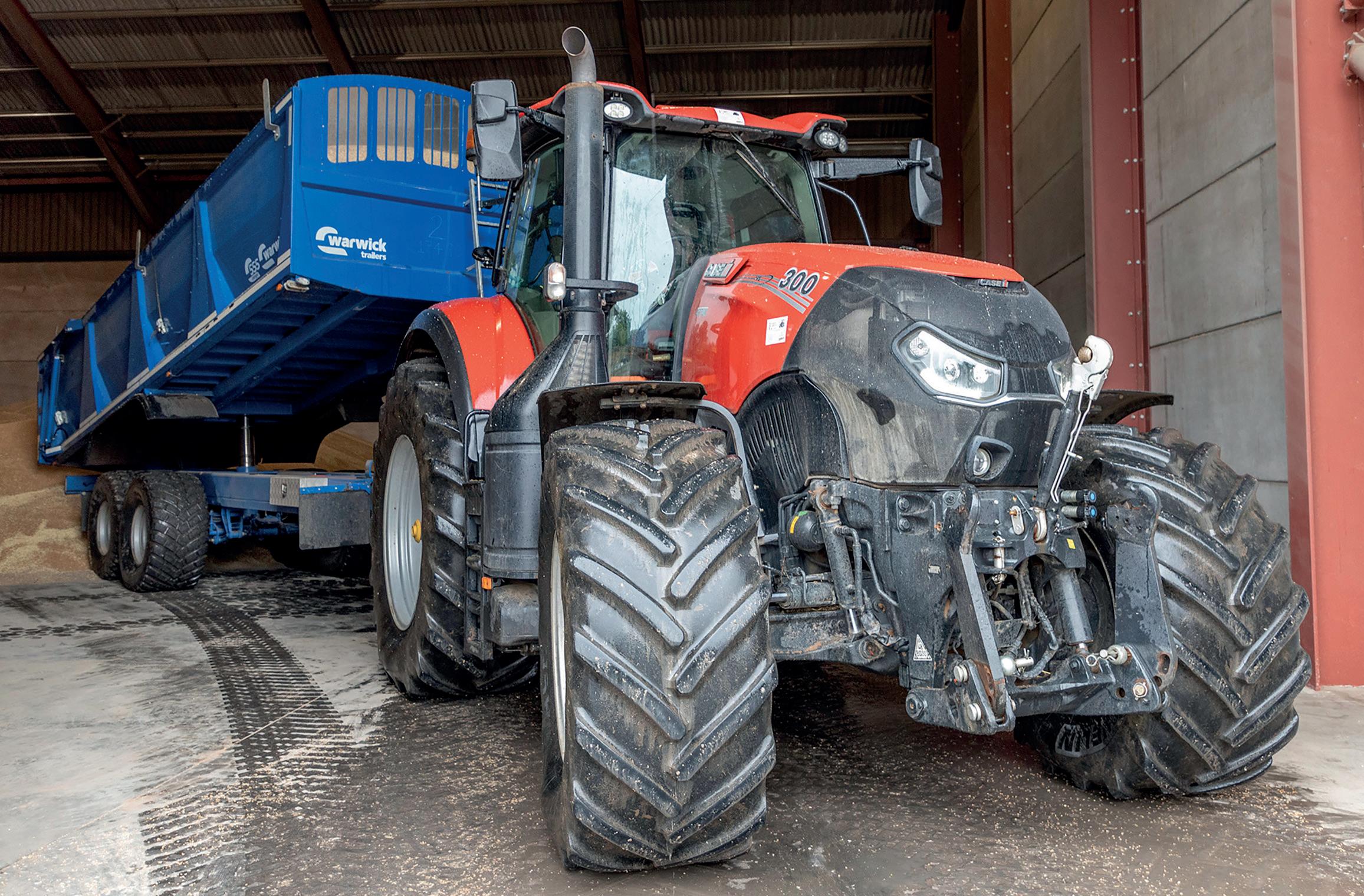


At the Warwickshire farm, 18-tonne trailers are handled with ease, as are sixmetre cultivation and drilling implements.
gine, the Optum 270 and 300 models were introduced in late 2015, bridging a gap between the Puma and Magnum tractor series.
Peak power is 288hp and 313hp, respectively, with both being continuously variable CVX-equipped tractors offering a 50kph road speed and 11t rear lift.
It stood to reason that two 300hp Optums should have been capable of handling everything that the business could throw at them.
Being min-till focused, the farm’s equipment choices include a Simba 6.6-metre Cultipress, a 3m Sumo Trio, He-Va Stealth subsoiler and a 6m Bednar Swifterdisc.
A six-furrow Kverneland plough is used, but only to prepare 100ha of maize ground.
Drilling options include a 6m Vaderstad Rapid, a 6m Weaving Sabre Tine, an older 6m Weaving tine drill plus a power-harrow drill combination. And the farm is weighing up its options to add a direct drill for next season.
Mindful of compaction, Mr Turney says tyre choices remain important, as does the ability to change ballast and tyre pressures, to work the farm’s heavy clay soils.
He says: “It is easy to add and remove weight from the Optums to give us a working weight range of 11-16t.
“With different front weight boxes
It is a transmission that is very easy to use; it allows engine performance to adapt to load; and overall, we are burning less fuel
ROBIN TURNEY
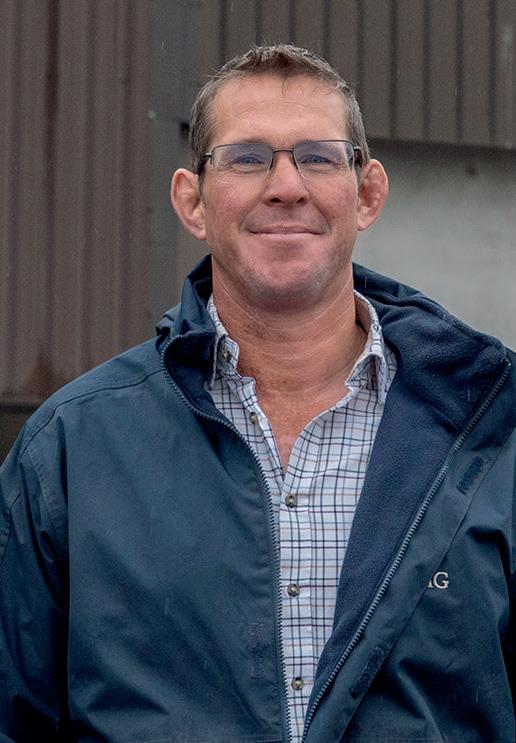

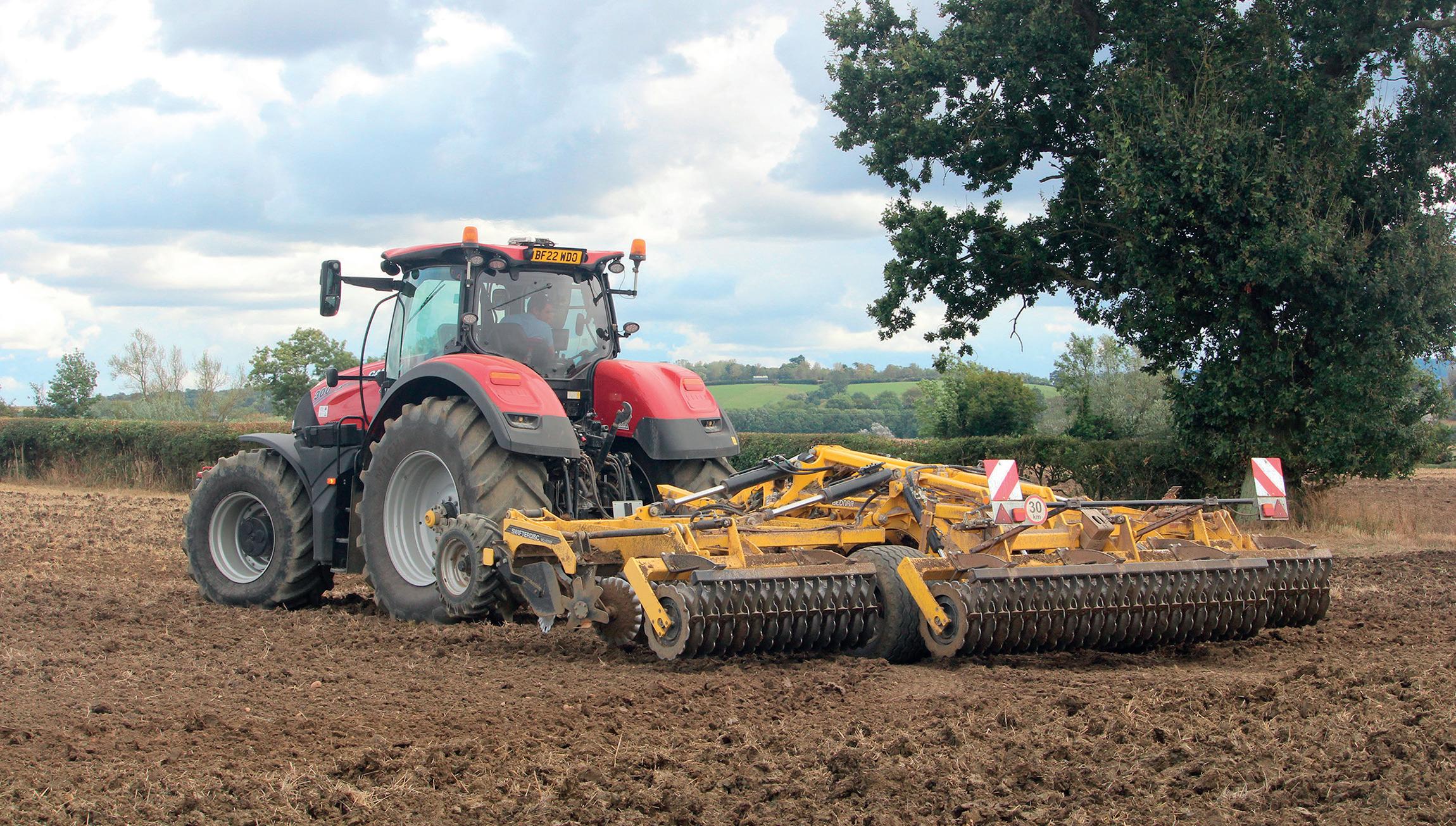

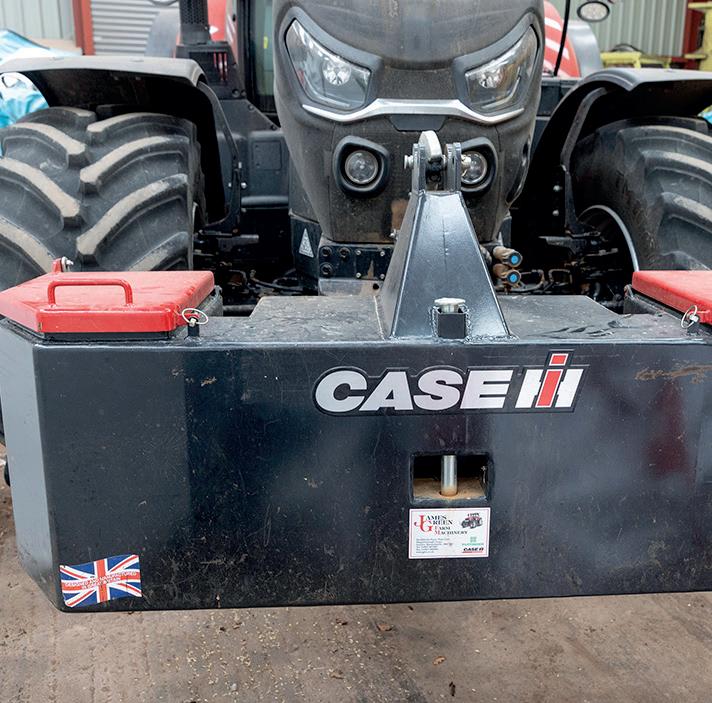
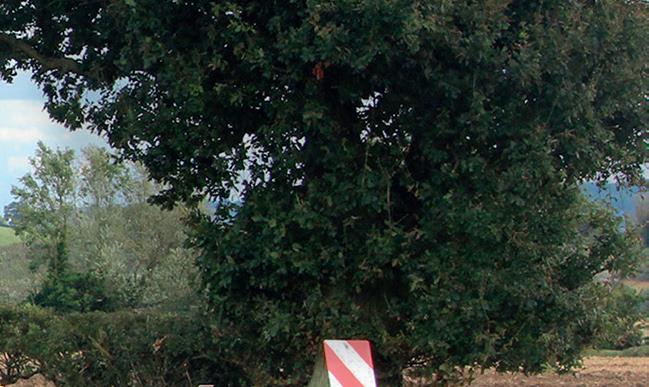

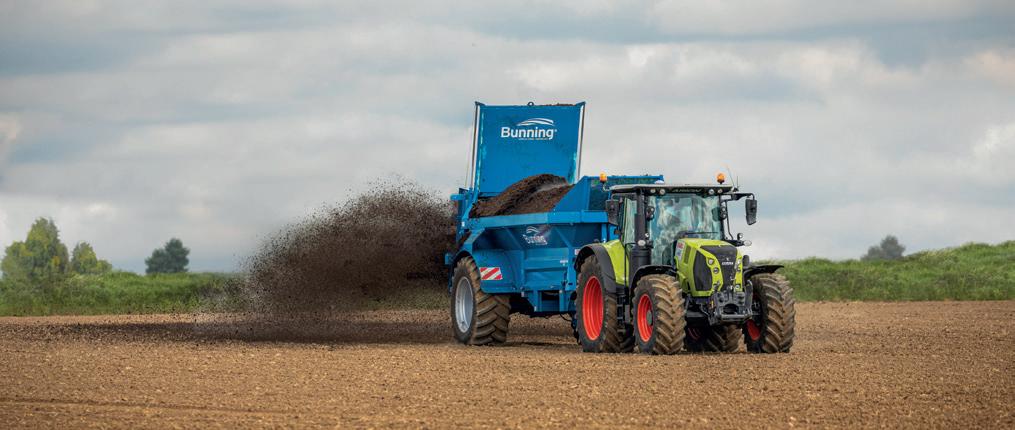



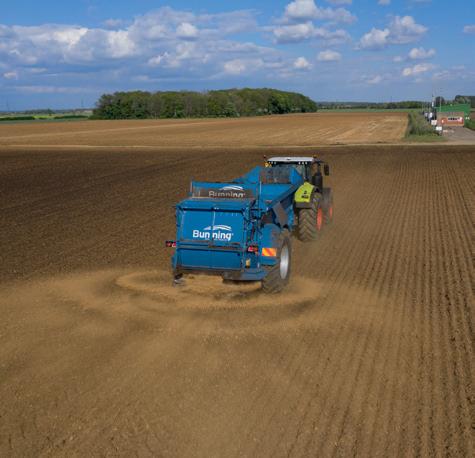

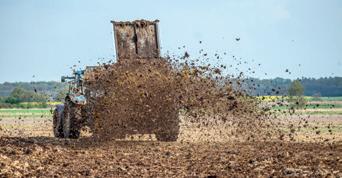













and wheel weights, plus input from Michelin, we have committed to making changes to suit field work or road work through a working range of 0.90 to 1.5 bar.”
A good relationship with local dealer James Green Farm Machinery also has an impact on buying choices.
“Having the support of a helpful dealer does make tractor ownership easier for us,” Mr Turney says.
“Out-of-hours support is great, replacement tractors have always been available and the workshop technicians are extremely knowledgeable.
“It is a team of people that is very easy to contact and willing to help.”
Pools Barn Farm’s first Optum, a 68-plate model, has been on-farm for five years and has clocked 5,000 hours.
Other than brittle plastic spool levers that are now regularly replaced as a service item, overall reliability has been reported as superb.
“We had a NO x sensor failure in the early days and a rocker cover gasket failure, but that has been pretty much it,” Mr Turney adds.
“We do buy a three year/3,000hour service package, but after that, it is on-farm servicing with parts and materials bought through the dealer.
“The really big services are still done by the dealer, with our assistance available where required.
“It is a frustration though, having to remove a rear wheel just to swap hydraulic filters.”
The newer Optum, a 22-plate tractor, has just completed its second season and is identical to the first, save for the rear linkage.
The older Optum came with a Cat IV rear linkage, where the newer model is Cat III.
“It is not ideal, as we do run some Cat IV implements and the goal was to have two frontline tractors that can easily share all the kit,” Mr Turney says.

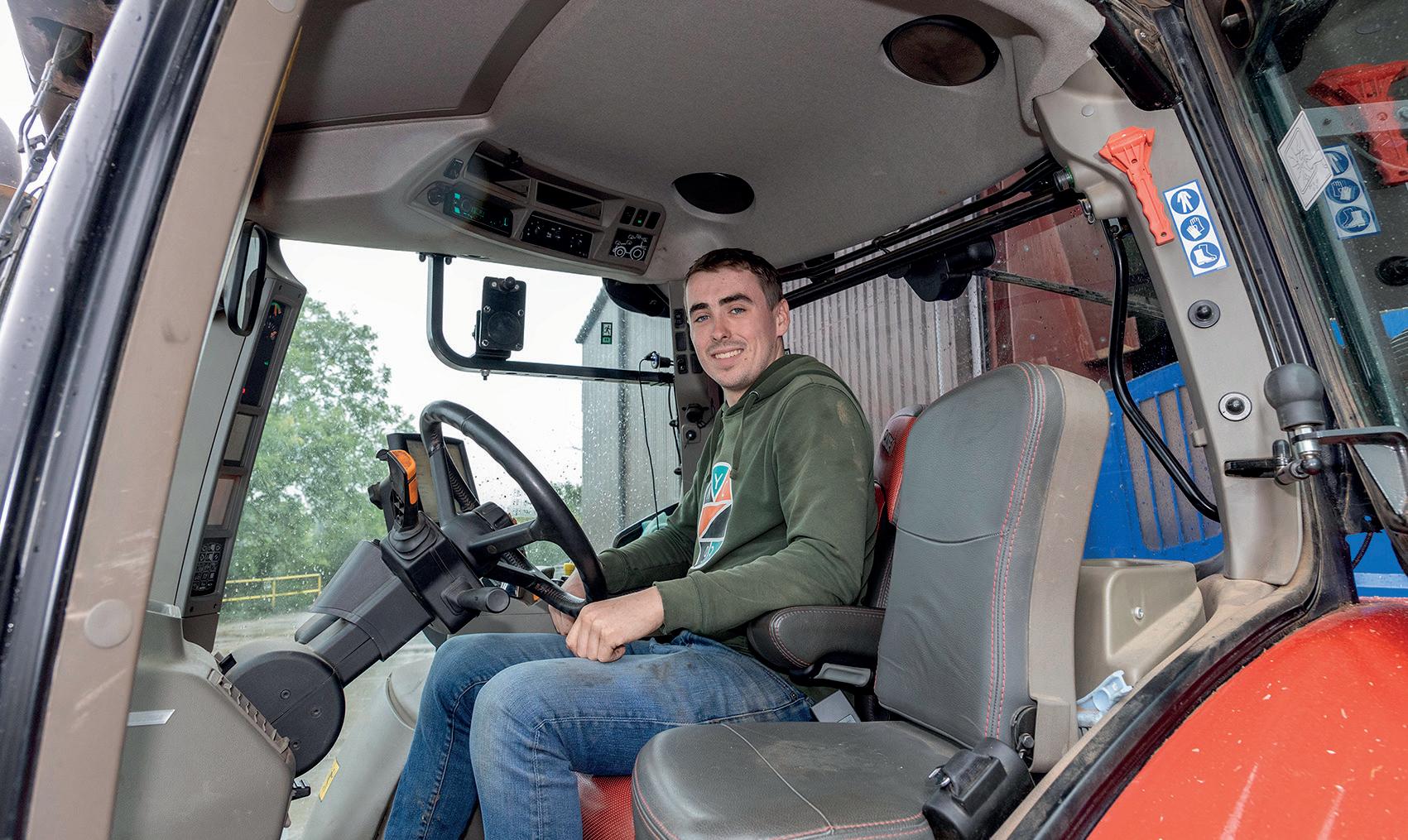
Operator James Deane says the Optum has proved to be a very comfortable place to sit.
There is more cab pillar than I am used to and the interior seems darker, but it is actually a very strong performer
JAMES DEANE
“We run Deeres at home and while my first impressions were a bit subdued, the Optum has proved to be a very comfortable place to sit,” he says.
“There is more cab pillar than I am used to and the interior seems darker, but it is actually a very strong performer.
“For a 300hp tractor, the Optum is also relatively compact.”
Mr Deane adds that the cab’s forward position on the chassis makes it trickier to see the rear linkage and pickup hitch, but a mirror on the rear window does help when hitching up.
“It is a relatively easy tractor to operate and I can do all I need to with the in-cab terminal,” he says.
“In my opinion, there is a wider customer base for an Optum than a Magnum, which also helps residual values.”
He says that while the farm does not follow a set tractor replacement policy, it does consider a tractor’s future based on its reliability and running costs.
“If we start getting some big bills, the chances are there will be more to follow, and then it will be time to look at the replacement options,” he says. Replacement models are often sought as ex-demo units up to 1,000 hours, and this year, Mr Turney added a 22-plate, 700-hour Puma 240 CVX as a potential replacement for a 7,500-hour 2016 Puma 200 CVX.
“But tractor supply issues postCovid-19 meant we had to compromise to get our second Optum 300, and it is working out well.”
Harper Adams placement student James Deane, who has been in the cab of both Optums during the summer, offers positive feedback on the tractor.

Despite the rising clock hours on the farm’s older Optum, its future is not determined by time or hours.
Mr Turney says: “Tractor disposal is as important as buying, which was another reason for changing to the Optums.
He says: “Like the Optums, the smaller Puma has been so reliable that it is currently just too good to get rid of and is currently worth more to keep, although we will be keeping a close eye on its reliability and running costs.”
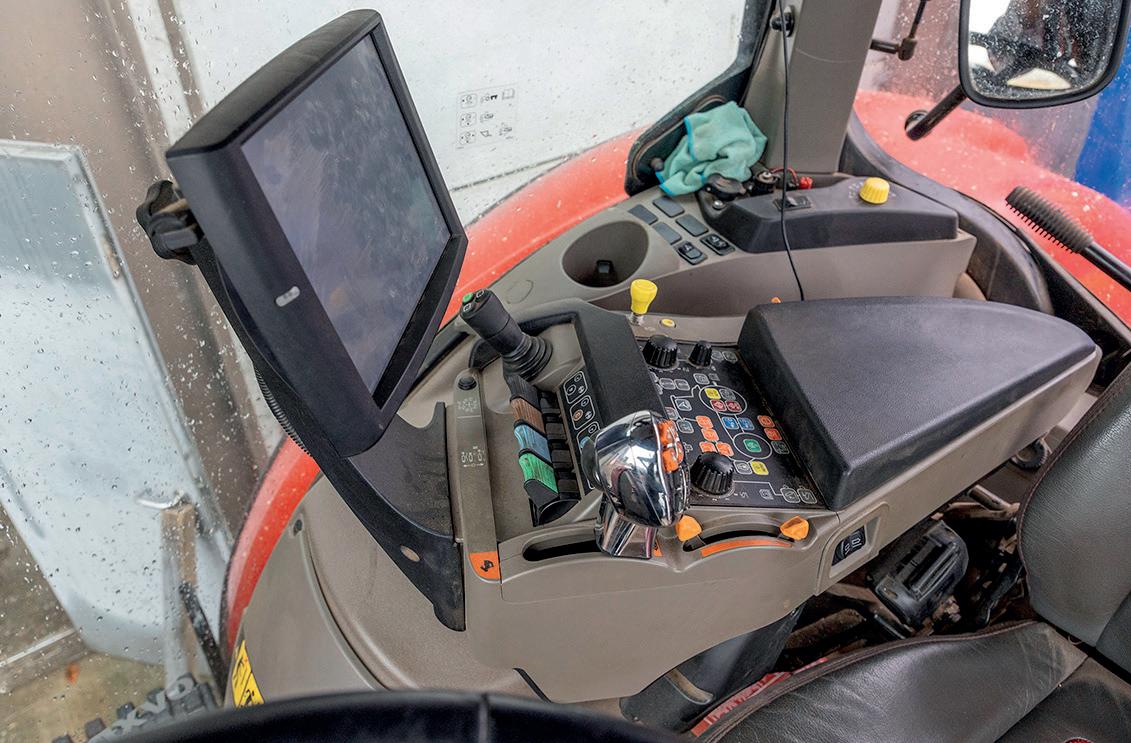































































































Released as the largest tractor Claas has ever produced, the Xerion 12.650 enters the market against some established competition. Toby Whatley reports.
High horsepower tractors have always been in demand from a limited market, as the costs to buy and operate them, alongside the range of tasks and implements required, mean these tractors have traditionally found buyers with only the largest and most extensive farm businesses.
Farms have become bigger and the average power of tractors sold has moved from 90hp in 1990 to 174hp in 2023, so the term ‘high horsepower’ can be subjective to a specific time period. Yet, the market demand for these flagship machines has remained relatively limited in terms of units sold.
There could be some speculation about why manufacturers continue to develop increasingly large tractors in a market where less are sold and with increasing competition.
Providing a peak power of 653hp from its 15.6-litre Mercedes Benz engine, the Xerion 12.650 is comfortably the biggest tractor Claas has ever produced – it was briefly the largest in the world following its launch in mid-2023.
Unlike the smaller Xerion machines, such as VC models where the cab can be rotated to operate in reverse drive, or the Saddle Trac specification where the cab is moved to a permanent forward control position to integrate with semi-mounted or fully mounted slurry tanks, the Xerion 12 uses a fixed position mid-mounted cab.
Offered in two models with 585hp or 653hp, the range competes with some established machines from John Deere, Case IH and New Holland in a market with a decreasing
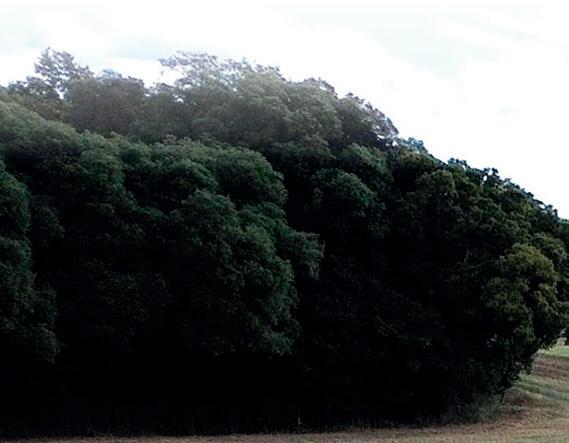
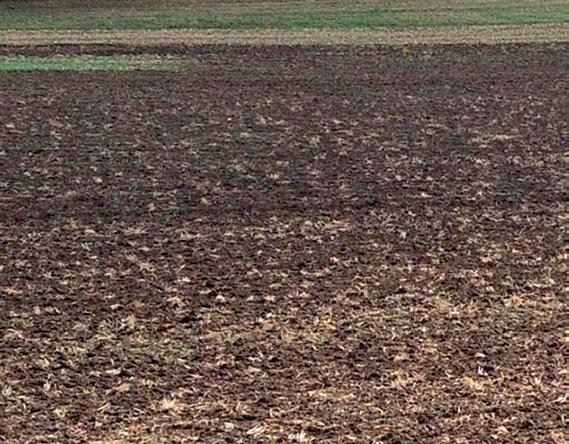
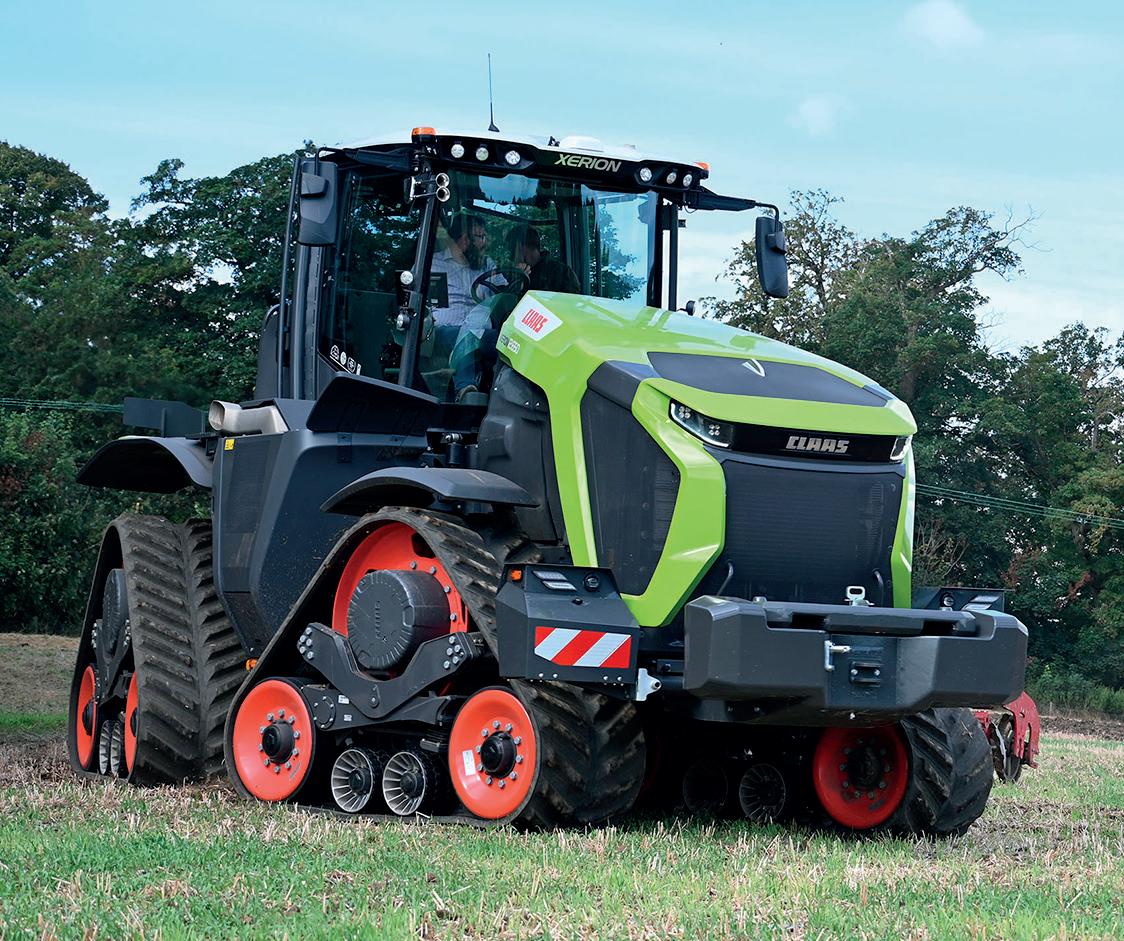
integrate the combine and crop establishment machinery to maximise the value of the data gathered.”
Those who saw the original launch publicity of the new range would have noticed the models are provided as either a wheeled or four-track variant. However, UK buyers will only have access to the tracked versions.
Patrick Frawley, product manager for tractors at Claas UK, explains how the different designs work.

number of customers, as farms continue to get bigger and rely on fewer, larger machines.
So why has Claas moved into the 600hp+ sector and made the significant investment required to develop and support these products? Oliver Beekes, head of tractor sales at Claas UK, provides some insight.
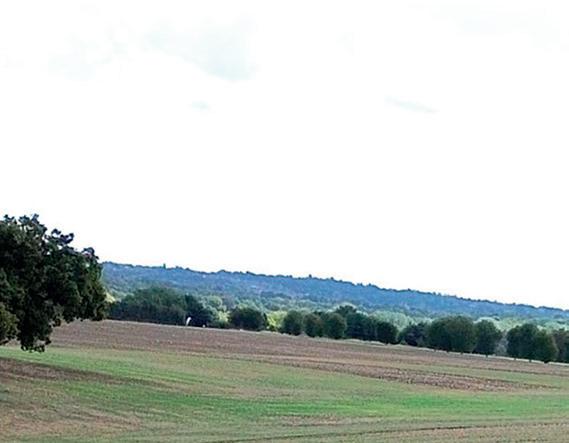
He says: “The Xerion 12 has been developed specifically for tillage and cultivation tasks, with many of these users already working with Claas machinery through our combines and forage harvesters, and having well-established,
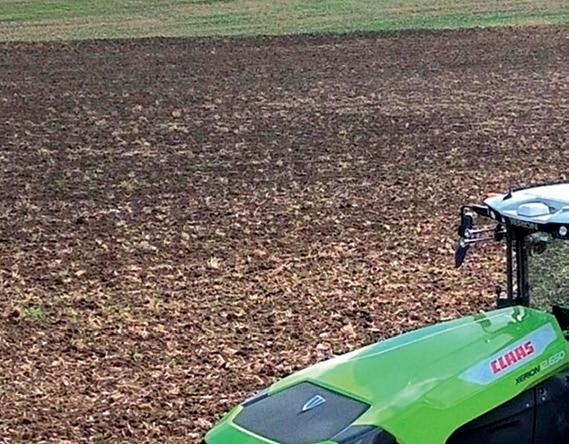
existing relationships with our dealers. Our combine and forager customers are experienced with Claas cabs, control systems and the high level of dealer backup we offer.
The 12-Series reflects this, using a very similar cab and operator interface, and will be supported by the same service and support backup.
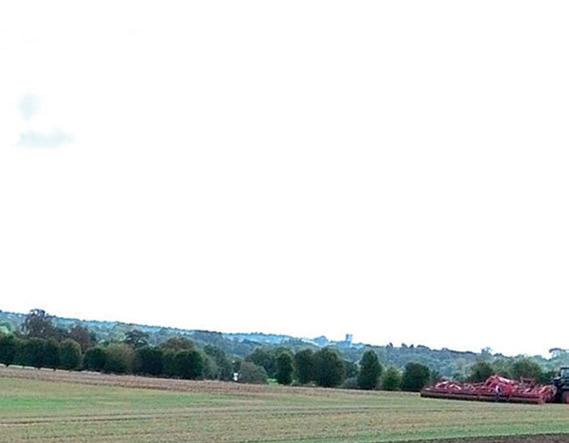
“We have extensive knowledge of the needs of arable farmers and have the experience to support their businesses during the busiest and most stressful time of the year.
“In addition, current and future data systems will
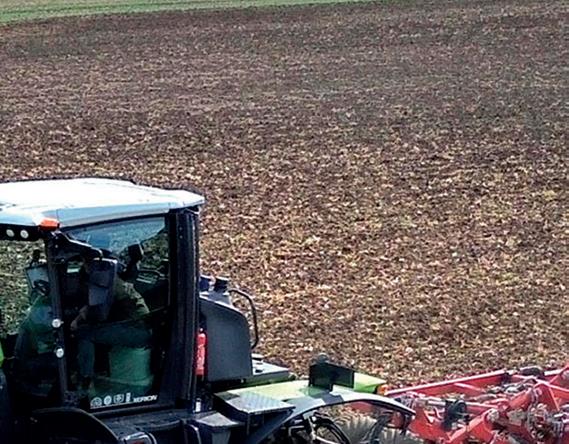
He says: “The development of the Xerion 12 covered all the worldwide markets where we supply our largest combines, and for some of these the overall width of the machine when fitted with dual wheels for road transport is not a problem.
“In the UK, we need a machine which has a transport width of three metres, but can still operate over a wider contact footprint to reduce compaction and any impact on soil health. UK farmers are asking for machines which can fully utilise the power available, but are easy to transport between fields. To achieve this, tracks are the only feasible option.”
The individual track drives have been created specifically for the new models and are said to build on the 25 years of experience Claas has in building rubber track drives for its own combines, foragers and the half-trac Axion tractor models, alongside selling versions of the terra-track
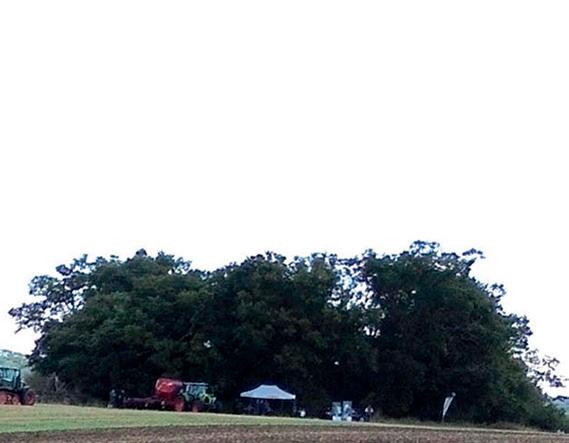
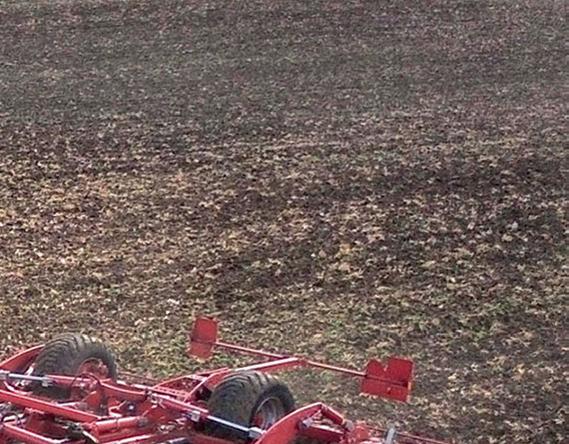



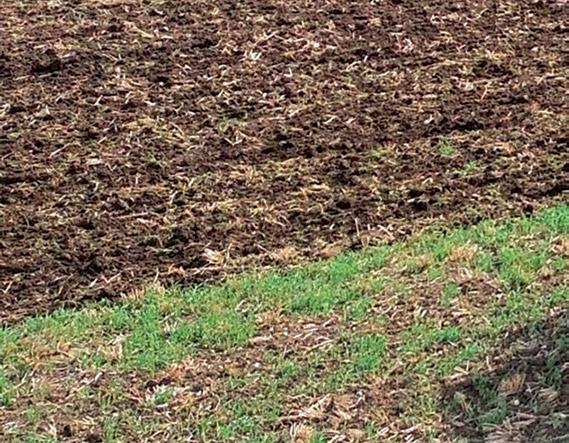
With a maximum power of 653hp, the Xerion 12.650 is the largest tractor Claas has ever produced.

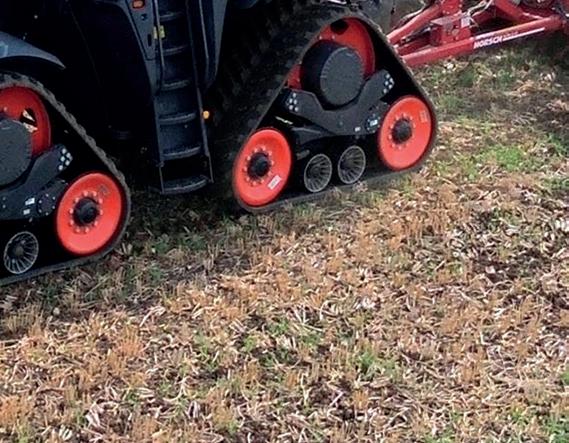
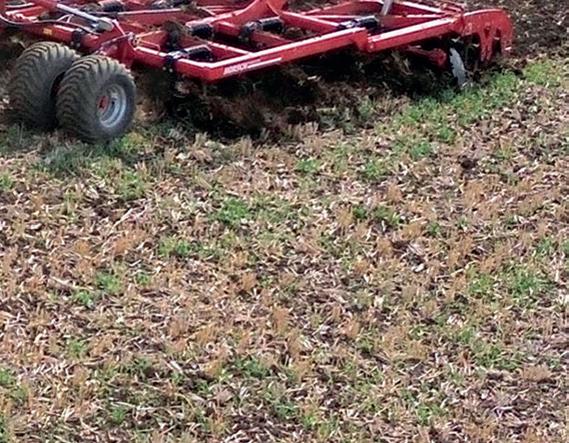

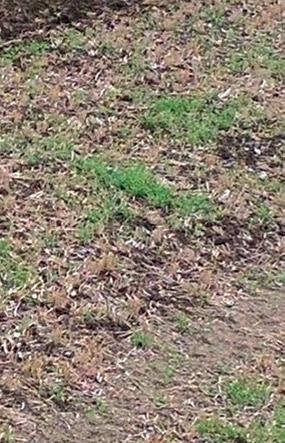
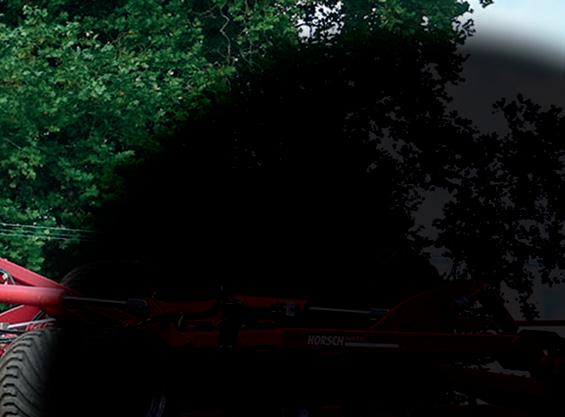
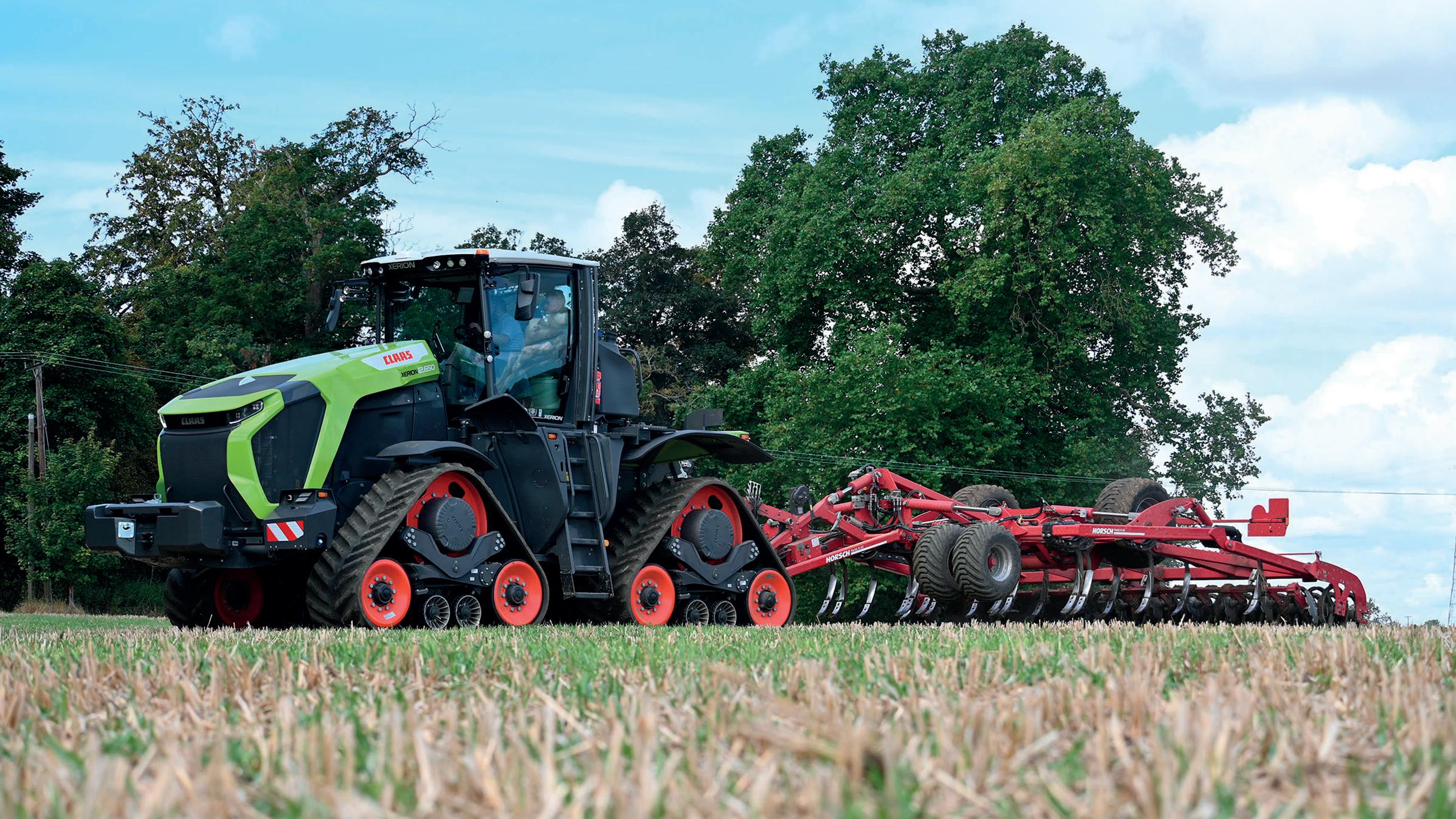
UK models will only be offered with a four-track drive.




Inset: Visibility to the rear is very good.
drive for fitment to other manufacturers’ machines, including potato and sugar beet harvesters.
Each track drive provides 10 degrees of oscillation around the central hub, which allows each unit to ground follow individually, alongside providing a damping effect to the machine when in use.
During operation, this system works in conjunction with the manufacturer’s cab suspension – drawn from the established pedigree of Renault tractors – and has created a very smooth, quiet ride.
Drive to the tracks is through a version of the manufacturer’s CMatic CVT transmission, with the design using a claimed low-speed concept introduced in the first versions of the Xerion in 1997. In the Xerion 12, Claas says this transmission layout provides 3,100Nm of torque at an engine speed of 1,300rpm, which has the potential to generate lower fuel consumption against some competitive machines.
Steering of the machine is achieved through the pivoting of all four track drives in a similar method to fourwheel steering on a telehandler.
For a tractor of its size, the lack of articulation places the Xerion 12 in a unique position, both through its design of steering but also the lack of a front and rear chassis. An articulation joint has also provided the design engineers more space to fit diesel tanks and the exhaust system into compact spaces away from the operator’s vision.
Unlike some articulated machines, which fit a wheelie bin-sized exhaust and Ad-Blue system alongside the cab pillar, the Xerion 12 places this under the cab, with a short length of pipe emerging from underneath. This
design layout gives the operator a wide field of vision from the seat of what is claimed to be the largest cab on the market.
The cab is based on the manufacturer’s X11 variant, which is used on its own range of combines and foragers alongside sprayers and root crop harvesters from several additional manufacturers, all of which buy the cab from Claas’ industrial technology business.
The version used on the Xerion 12 has been extended to occupy a volume of a claimed 4cu.m to utilise the space available on the machine platform.
It also incorporates many of the features buyers would expect for machines of this size and intended operator duration, including leather seating with heating and cooling, multiple storage options, and dual screen for guidance plus IsoBus operation.
The creation of the Xerion 12 is clearly a progressive move by Claas to place itself in the very high horsepower sector, and the firm appears to have acknowledged that it is working against some well-established suppliers of tractors in this category. Reflecting this, the design uses several unique features to attract buyers.
However, the use of some very established components and its supply through a highly integrated and well-resourced dealership network could be the deciding factor for businesses to purchase the machine.
Current pricing for the Xerion 12 sits at a retail price of £640,000 before any on-farm discounts.
This positions the unit with a cost of less than £1,000 per hp, which is economical when compared to the prices of some competitive machines.
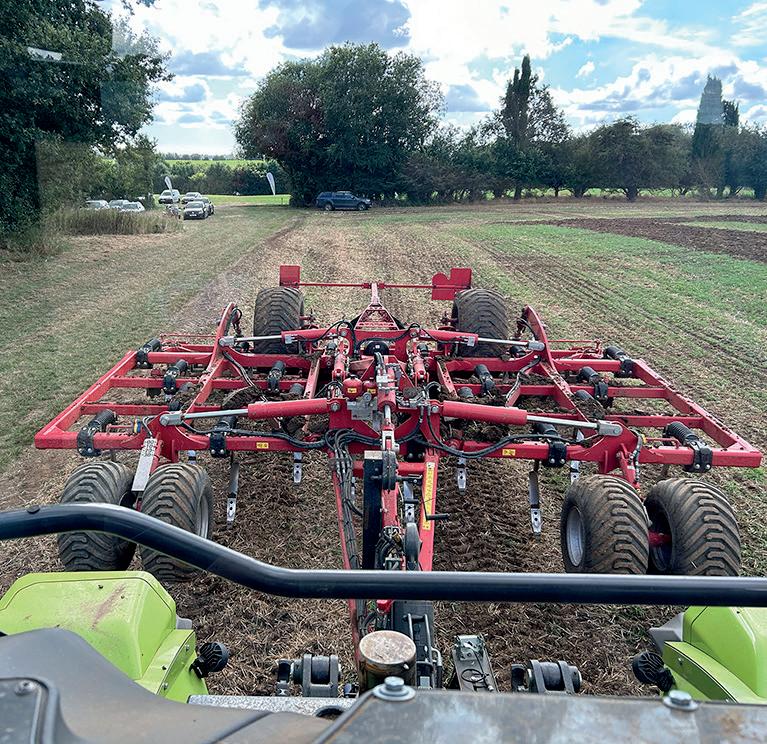
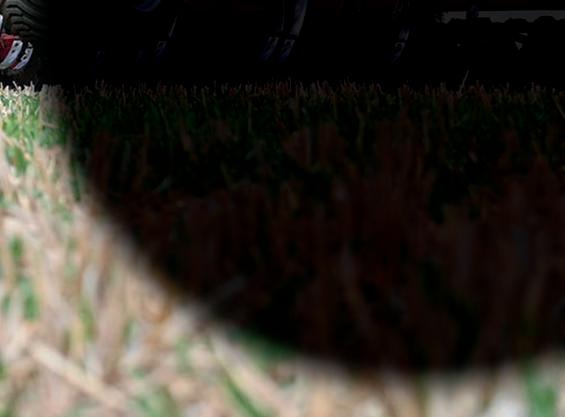
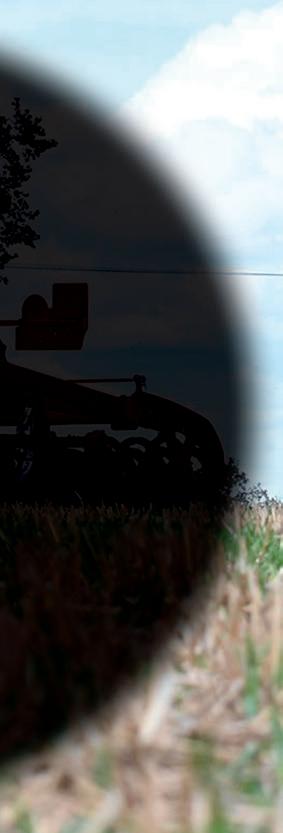



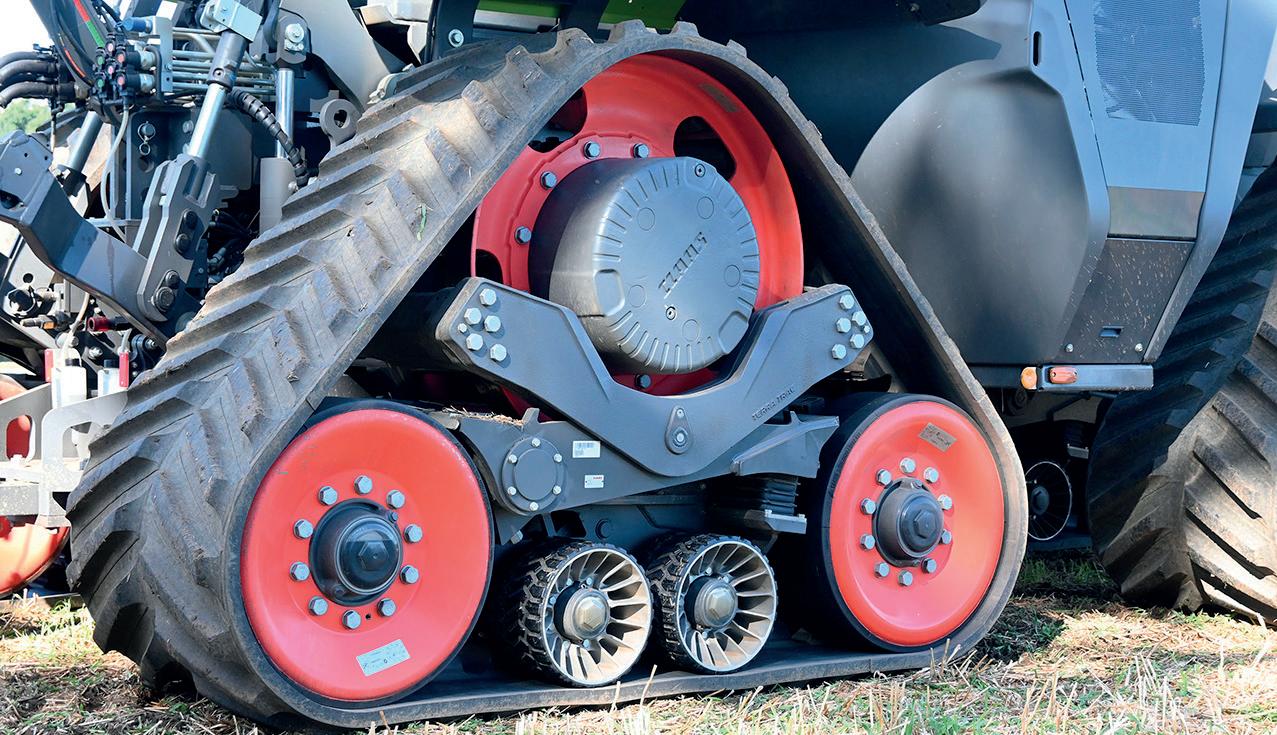







XMungeon Farm, managed by John Blackett and his wife Kath, is a 200-hectare (494-acre) lowland fell beef farm dedicated to sustainability, regenerative farming, and environmental stewardship.
The farm, home to a herd of native Belted Galloway cattle, focuses on restoring priority habitats and operates with a negative (42kg negative per year) carbon footprint.
The farm integrates regenerative practices, extensive grazing and habitat restoration into its operations, supported by a HigherTier Countryside Stewardship agreement.
Sustainability efforts at Mungeon Farm cover a broad spectrum. Architect-designed, wellinsulated buildings minimise energy use, and renewable energy sources, such as heat pumps and solar power, further reduce the farm’s carbon footprint.
The farm maintains a lake as a natural habitat and operates it as a fishery in partnership with the Windermere, Ambleside and District Angling Association, promoting sustainable eating and recreational activities.
Historic features, such as dry stone sheep folds and field boundaries are preserved and former wood pasture sites have been restored to create important habitats for native wildlife.
Having previously farmed a
121ha (300-acre) intensive arable farm with huge focus on the commercial success and high yields, John looked to transform the way he farmed and create a diverse ecologically balanced landscape.
The initial bracken-covered land has been developed into a thriving ecosystem, supporting a range of biodiversity initiatives.
The farm also conducts research on nutrient grazing trials to produce nutrient-dense meat, aligning with the growing demand for sustainable food sources.
Diversification is key to the farm’s continuity.
Mungeon Farm provides various activities, including educational programmes on regenerative farming, opening a fishery, and collaborating on environmental projects with local stakeholders, including Natural England, the Forestry Commission, Cumbria Wildlife Trust and Butterfly Conservation.
These initiatives not only generate income, but also enhance the farm’s environmental mission and support the local community.
John said: “Going forward, any funding will be a competitive application and being recognised with an award should give us a better chance of being accepted.”
This holistic approach ensures that Mungeon Farm remains sustainable, adaptive and forwardthinking for future generations.

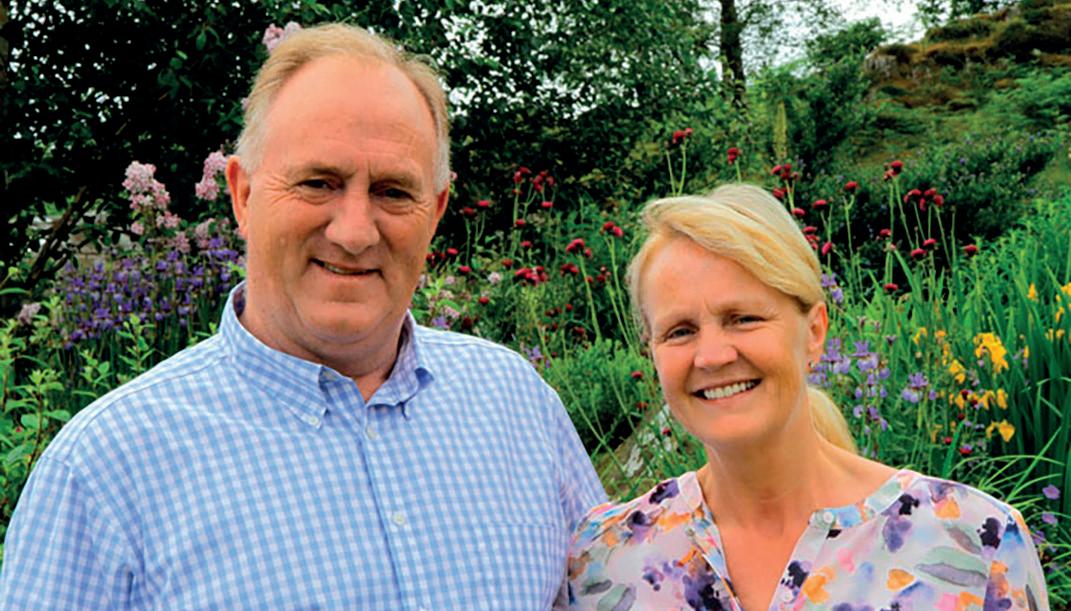




Sponsored by
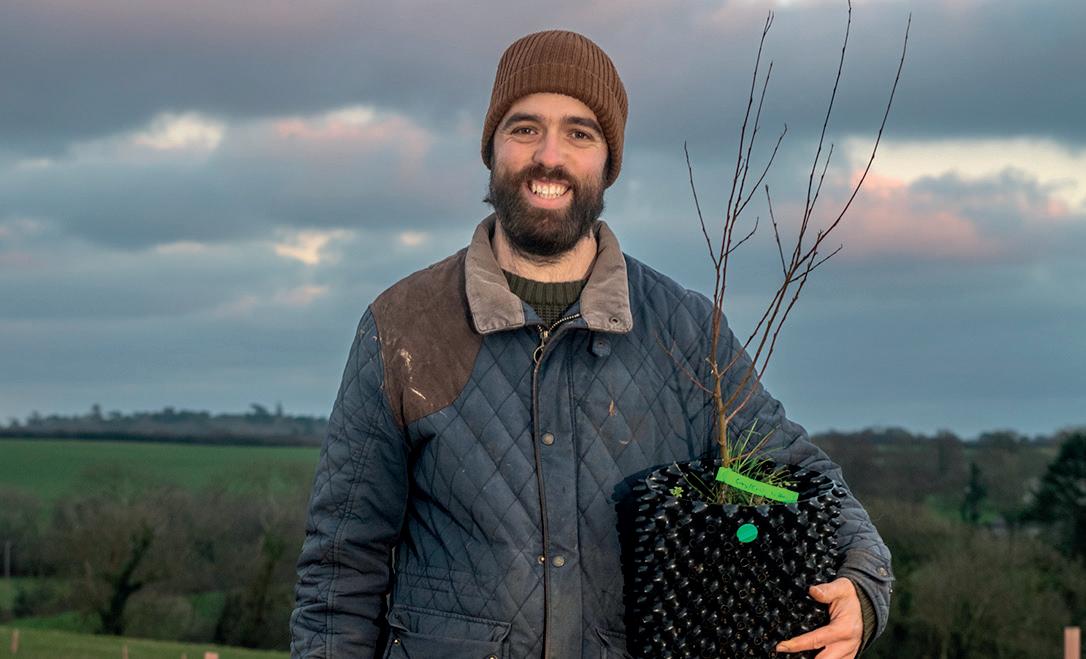
XRosuick Farm, managed by David Oates in partnership with his father Chris, is an eighth-generation mixed organic farm located on the Lizard Peninsula.
Spanning 500 hectares (1,235 acres), the farm is centred around a herd of pedigree Welsh Black cattle and Clun Forest sheep, which play a crucial role in managing and creating natural habitats such as lowland heathland and species-rich grasslands.
The farm has also integrated heritage grains and alternative crops, increasing food production while maintaining a strong commitment to sustainable land management practices.
David’s approach emphasises the protection and enhancement of the farm’s natural resources.
This includes large-scale woodland pasture and silvo-arable tree planting, which contributes to carbon sequestration and biodiversity.
The farm’s organic practices focus on maintaining soil health, including on-farm composting and developing liquid seaweed fertilisers in collaboration with a local company.
These practices reduce the need for artificial inputs and improve long-term productivity.
Rosuick Farm also minimises its environmental footprint by reducing fossil fuel use. It has
done this by changing machinery and tillage practices and opting for baled hay instead of silage wrapped in plastic.
Similarly, David has installed solar-powered boreholes to provide water across multiple sites, and solar panels to generate electricity, contributing to the farm’s energy self-sufficiency.
David is also experimenting with plastic-free alternatives for baling twine, moving towards a completely plastic-free operation.
Diversification is key to the farm’s success, with additional income streams from weddings, events, educational visits, and consultancy services.
These activities not only support financial stability, but also promote environmentally friendly practices.
David is committed to balancing environmental stewardship with economic viability.
He is involved in collaborative projects with other farmers and businesses, exploring private finance models to support environmental enhancements.
Looking ahead, David aims to ensure that Rosuick Farm remains profitable, sustainable, and a place where future generations can thrive, demonstrating how farming can evolve to meet future challenges while preserving the environment.
To celebrate with the finalists at the British Farming Awards, go to britishfarmingawards.co.uk to buy your tickets
XStrickley Farm has been home to the Robinson family for six generations and 149 years.
For the past 20 years the farm has been fully organic, maintaining a closed herd of 130 Dairy Shorthorns and 130 followers.
James Robinson, alongside his father Henry and son Robert, operate the farm with a dedication to producing milk in a commercially viable way while actively managing and creating wildlife habitats.
The farm benefits from reduced veterinary costs and a significant reduction in bought-in electricity, decreasing bills by 50%.
Fuel efficiency improvements, especially with a new forage wagon, have also halved diesel costs during silage time.
Grazing management has improved through innovative water solutions and the farm has focused on increasing shade and shelter with new woodlands and hedgerow management.
The Robinsons prioritise sustainable practices, including a reduction in insecticide use, and have successfully attached a compelling story to their farm, allowing them to attract a premium for their milk.
Hosting educational visits
and group tours has become an additional income stream, managed by James’ wife, Michelle.
James expects challenges in the future to include climate change, with more extreme weather events impacting cow health and grass growth, alongside the fluctuation of commodity prices and Government support.
Future plans focus on expanding educational programmes, joining with local farmers for catchment-scale habitat creation, and potentially processing their milk on-site to create the ‘Nature Friendly Dairy’ brand.
The farm has implemented numerous conservation measures, such as solar water pumps, rainwater collection, reduced antibiotic use and the creation of new habitats such as ponds, wetlands, and hay meadows.
These efforts contribute to biodiversity and demonstrate how dairy farming can coexist with nature, offering a model for sustainable agriculture.
Commenting on being a finalist at the awards, James said: “It is great to be shortlisted; it is recognition for the work we do at Strickley from our peers within the farming industry.”


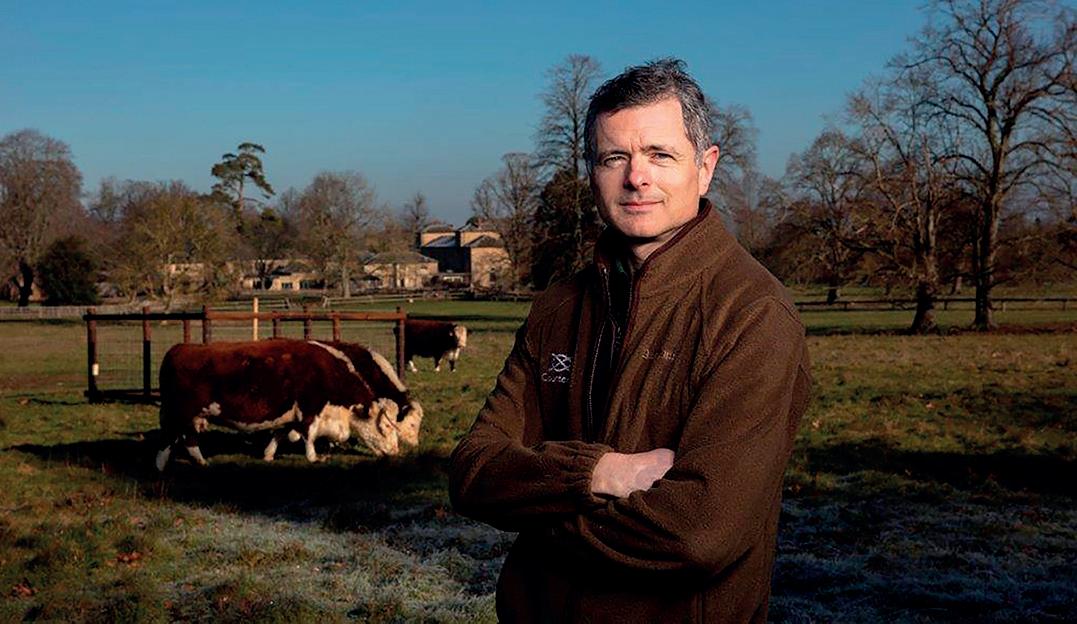
XCourteenhall Farms, under the management of Johnny Wake, spans 231 hectares (570 acres) and is a model of sustainable and diversified farming practices.
The farm combines arable crops with innovative practices to strengthen environmental stewardship, community engagement, and financial stability.
Johnny utilises key sustainable practices such as regenerative farming, circular agriculture, renewable energy, biodiversity and conservation, and community education.
The farm employs minimum tillage and precision farming on Hanslope clay soils to enhance soil health.
Organic manures, notably poultry manure, replace artificial fertilisers and balance cost and yield efficiently.
A closed-loop system utilises arable wheat for poultry feed and returns poultry manure to enrich the soil, reducing waste and external inputs, while boosting soil fertility.
With 425kW of solar panels, ground source heat pumps and wind turbines, Courteenhall Farms significantly cuts carbon emissions and energy costs.
The rainwater harvesting system conserves water, minimising mains supply dependence.
The reintroduction of traditional Hereford cattle supports
biodiversity through extensive grazing.
The Higher-Tier Stewardship scheme promotes wildlife habitats with new hedgerows, tree planting, and restored water bodies.
Membership in the Pasture for Life Association and local conservation groups underscores the farm’s commitment to wildlife.
The farm also engages with the local community through educational programs, events, and plans for a farm shop and cafe to market local produce and support local businesses.
Johnny Wake, who transitioned from a medical career to farming, has gained recognition for Courteenhall Farms’ innovative practices, speaking at events such as Groundswell.
The farm is in the second year of a 10-year Higher-Tier agreement with Natural England and was honoured with the Bledisloe Gold Medal from RASE in 2023 for contributions to farming, the environment and profit.
Johnny also chairs the Central England region of the Environmental Farmers Group, a co-operative focused on ecological research and natural capital goods.
Courteenhall Farms demonstrates how sustainable practices can complement environmental, financial and community goals, setting a benchmark for modern agriculture.
Edited by Katie Jones
– 07786 856 439 – katie.jones@agriconnect.com For more livestock content, go to farmersguardian.com/livestock-news-hub
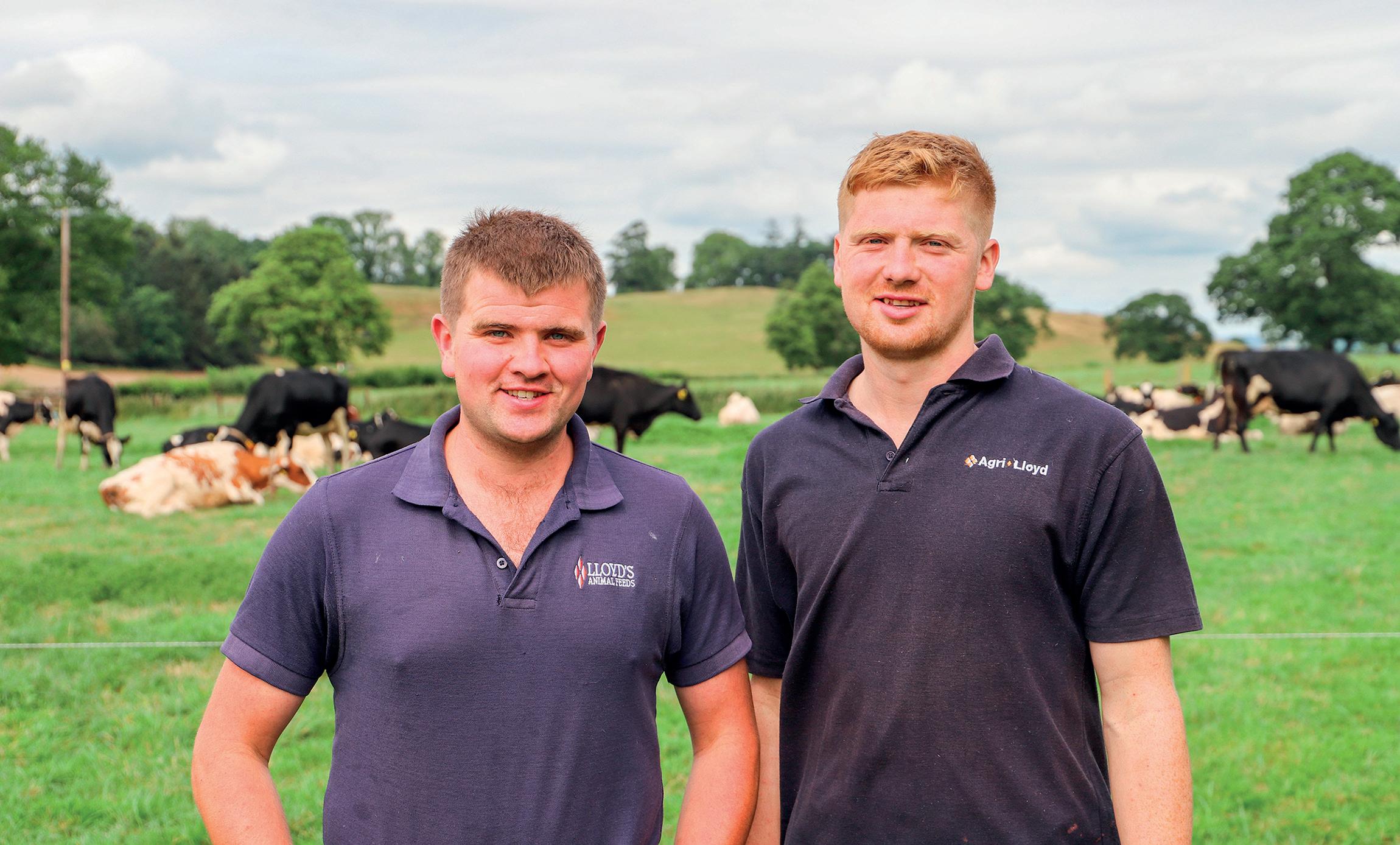
Farming Connect’s Our Farms initiative aims to help Welsh agriculture transition to a net zero future, with the farms involved trialling innovations and new technologies in their own systems.
One of these farms is Cwmcowddu Farm, Llangadog, where brothers Aled and Rhodri Davies farm together with their mother Sian, running a mixed enterprise business.
Their 142-hectare (350-acre) unit is home to a 120-head Holstein Friesian dairy herd, a 500 Suffolk and Welsh Mule flock and a 32,000 laying hen flock, which was established in 2017.
The family became involved in the Farming Connect initiative in 2023. Speaking at a recent farm open day, Aled said: “We want to improve our system, and with the varied enterprises on-farm, this initiative has provided advice, helping us work to make the farm more efficient.”
Typically, a traditional ryegrass mix has formed the basis of the grazing platform at Cwmcowddu Farm.
However, the Welsh Herbal Ley Project provided an opportunity to explore the possible productivity and environmental gains that multispecies swards can provide in comparison with conventional swards.

Herbal leys and the value of woodland and hedgerows are two of the topics being investigated at Cwmcowddu Farm, which is part of the Farming Connect ‘Our Farms’ initiative. Ellie Layton reports.
The Davies family have implemented clover leys before, however they had the typical concerns regarding establishment and management.
As part of this project, the Davies family have worked with Monty White, of DLF Seeds, who has supported them during the process from soil preparation to establishment and grazing for lambs and dairy cattle.
Speaking at the open day, Mr White said: “Given the complexity
and contrasting characteristics of herbal leys to conventional grass swards, their establishment and management differ to perennial ryegrass and clover swards.
“Soil type, structure and climate will impact the ley’s success, so every farm should be treated differently.
“Cwmcowddu is one of the Farming Connect trial farms to have replicated the field trial, which has compared the productivity and environmental impacts of a herbal ley reseed and a conventional grass sward. We looked at impacts
on sward and livestock performance. Here, we have been rotationally grazing with a move every three to four days, which has also allowed optimal regrowth, especially for the clover.”
The lower fields of the farm have heavier soil and can be quite wet, so it was important these provided the leys with a good start, said Aled. He added: “To start, chicken manure was applied to the field prior to ploughing and worked down. Then the seed was broadcast, to ensure that the seed was not buried


New herbal leys at Cwmcowddu Farm have resulted in better grassland utilisation, demonstrated by improvements in the milking cows’ lactation curve.

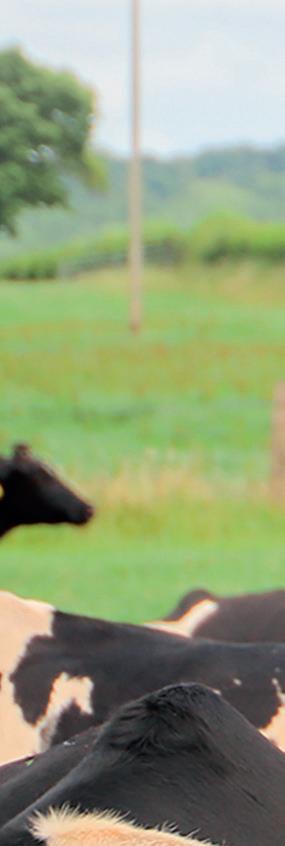


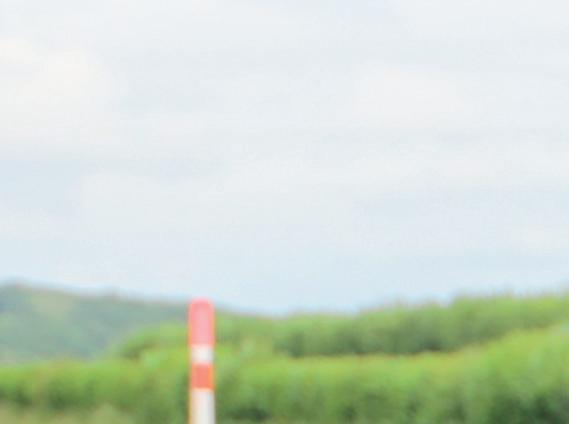
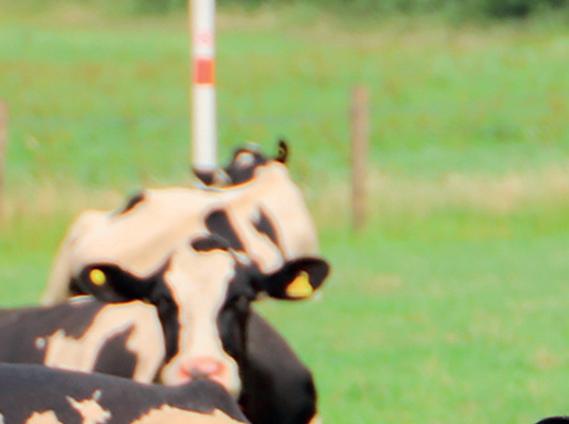
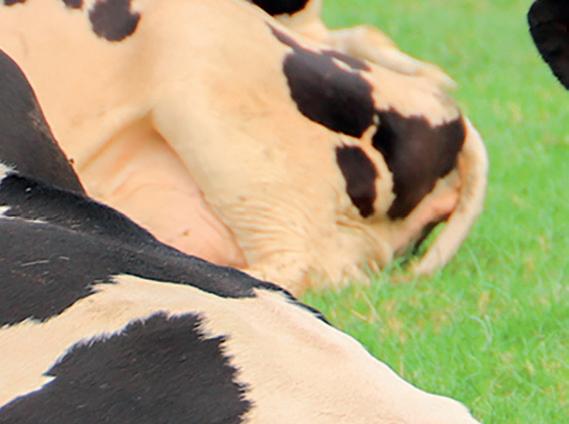


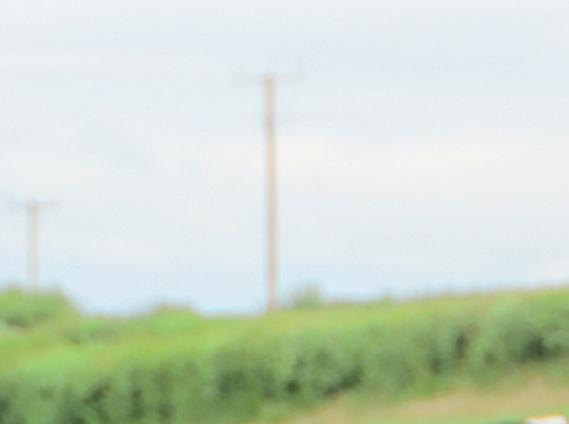
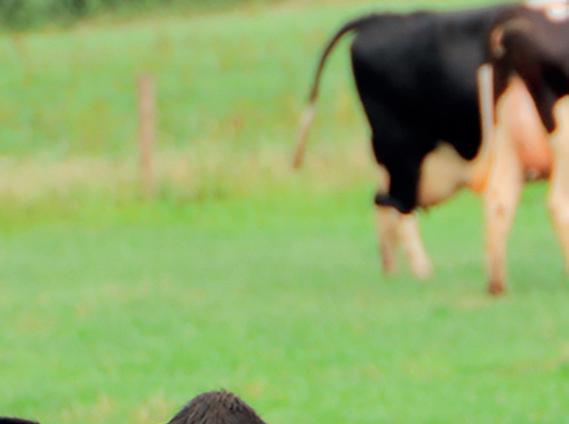
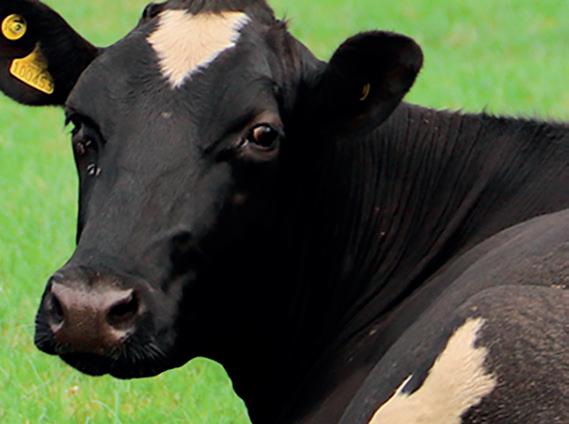
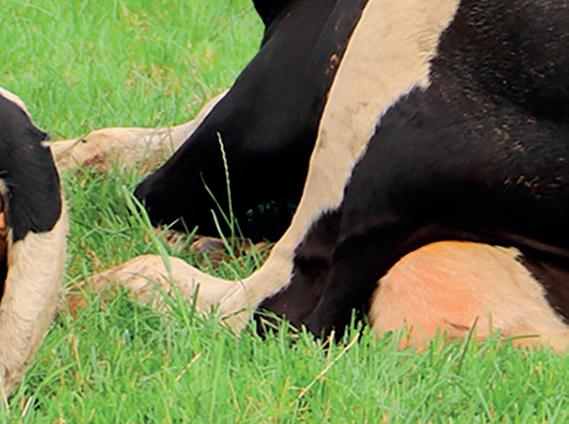

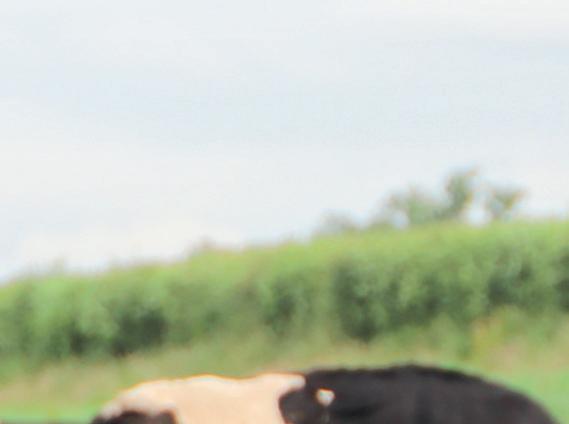
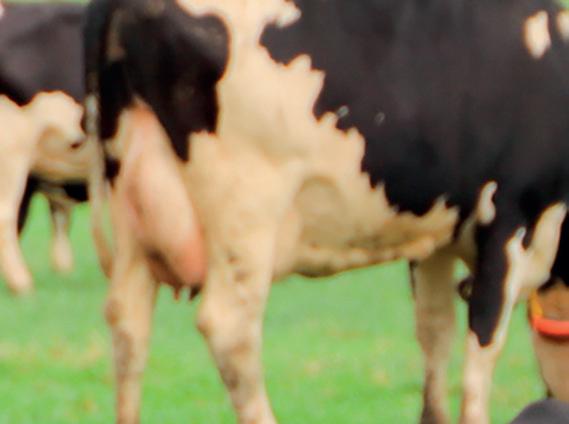
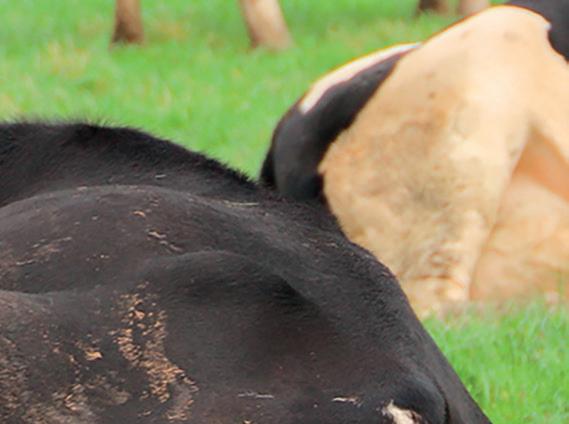



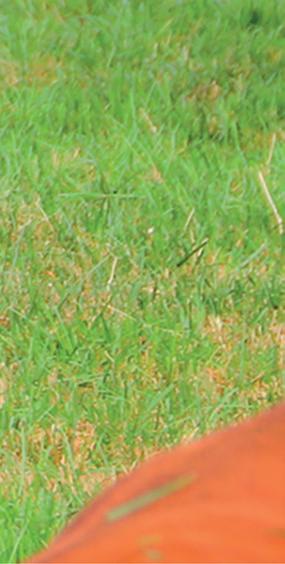
too deep and was then ridge rolled.”
The mix was an ‘off the shelf’ herbal ley mix, made up of tetraploid and perennial ryegrass with 20% red clover and 5% white clover.
Mr White said: “Herbal crop production can go in ebbs and flows, particularly depending on the season and ground temperatures. But depending on soil type and management, herbal leys will generally last for two-and-a-half to four years.”
Another herbal ley included plantain and chicory, which have brought their own challenges, said Mr White.
“Chicory is a biennial plant. Therefore its first regrowth is reproductive, which needs to be controlled.
“Plantain builds up in dry matter earlier than ryegrass in the northern hemisphere, so they work well in the same leys, needing to be managed in early spring,” he said.
“I would prefer the plant to be overgrazed rather than undergrazed to control that initial spring
We want to improve our system, and [Our Farms] has provided advice, helping us work to make the farm more efficient
ALED DAVIES
growth, which will benefit it later into the season.”
The new leys at Cwmcowddu Farm have resulted in better grassland utilisation, demonstrated by improvements in the milking cows’
lactation curve and also in lamb finishing times.
Part of the initiative also involved studying the tree cover on-farm, and its benefit for animal health and productivity.
Cwmcowddu Farm is home to 17ha (42 acres) of woodland, with 16,800 metres of hedgerows including 5,000 trees. In total there are 22ha (54 acres) of trees, covering 12% of the farm.
Geraint Jones, forestry technical officer at Farming Connect, said: “Current Government schemes have shone a light on tree cover, and grants are being offered for a range of activities that improve the management of Wales’ natural resources.
“There are opportunities to implement capital works and improve the environmental performance of the farm, such as siting trees to aid livestock handling and collection, fencing out steep dingles and slopes to benefit livestock.”
Mr Jones said the woodland and trees provided a number of benefits.
“There is cover along the cow tracks, with trees and hedge plants, which is a prime example of when this habitat can become a forgotten asset on farms,” he said.
“There is also the potential to help improve cover and reduce water burden on lower lying ground by adding a parallel row of trees on the opposite side of the track.
“This would use minimum space and provide maximum benefit, also keeping the track cleaner, helping with hoof health.”
One way that Mr Jones encouraged the Davies’ to maintain their high woodland habitat level is through replanting of trees.
He said: “Assessing the structure and health of the trees is a key part of management. If a group of trees are all the same age, they should be managed, with younger trees planted around them to allow continuity.”
It has certainly been a challenging maize growing season for many farmers around the UK, and now growers will be facing tricky decisions over when best to harvest the crop. Katie Jones reports.
Alack of summer sunshine and lower heat units this year means that maize in some parts of the UK, particularly the west, is not yet fully matured, and as a result, the timing of harvest, clamping and eventual feed out will be a challenge for many.
Simon Montgomery, of ProCam Field Options, says he was seeing a lot of maize where cobs were still cream-coloured mid-September, and since it usually takes four to five weeks for the cobs to ripen from this stage, he has concerns about the timing of harvest.
He says: “Harvesting in the east of the country has already started, but they have had the heat units to ripen the cobs. Further towards the west we have not had these heat units, and as a result, we are seeing cobs that are not yet fully mature.
“Many farmers will be looking at their crops and wondering how long they dare wait for harvest.
“There are also the environmental considerations of a late harvest and implications for the establishment of a following cereal or cover crop. You need to be asking what stock you are planning on feeding this maize to and what you are looking to achieve.
“I would advise speaking to several people to help you make this decision and would say there is no simple answer. In particular, you will need to work closely with your contractor and nutritionist to come up with a plan.”
He says that if choosing to take maize earlier at less than 28% dry matter (DM), it is important not to over-process the maize at the point of harvest to ensure it is not over-compacted in the clamp.
Where maize crops are not yet fully mature, the advice from Simon Montgomery is to consider an earlier harvest, but he says this decision needs to be based on several factors.

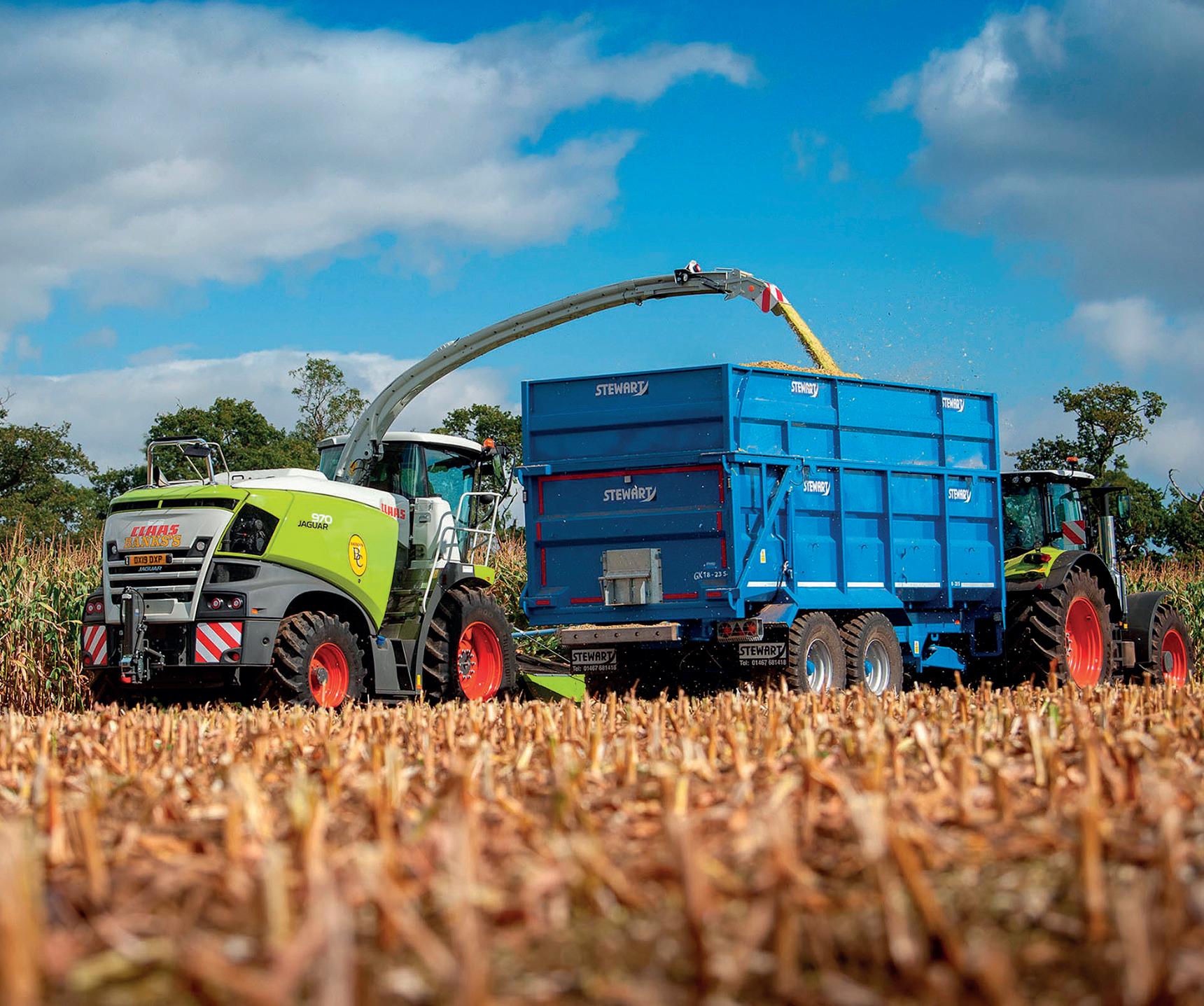

It is also important to minimise effluent, and ensure the right additive is used to preserve the sugars and feed value, while minimising nutritional losses and spoilage once opened for feed out.
You need to be asking what stock you are planning on feeding this maize to and what you are looking to achieve
He says: “Clamp management will be key to success here.
“Keep the chop length long and reduce the processor action. The unripe cobs will be soft so you do not want to pummel them in the harvester.
“And do not over-compact it when putting it into the clamp. If you do you are just going to get a high volume of effluent.”
His advice is similar for immature crops which have been impacted by frost, with reports of this in certain areas of the UK already coming through.
“When crops are frosted, they need to be harvested as quickly as possible. There is a 10-day window to harvest crops once they have been affected by frost.
“Once you get past this window, feed value will start to fall off a cliff, the crop will start to go brown and die off, and this is when disease will start to get into the plants.”
In this scenario, his advice is to increase the chop length, use a good additive, and not to overprocess or overly compact the silage.
Mr Montgomery says this earlier harvested immature maize could have a DM as low as 24-24%,
but with high sugar levels along with a lot of sap.
“Earlier harvesting will mean the sugars will not have been converted into starch, so you are going to have a lot of sugar going into the clamp that will ferment and result in high levels of lactic acid. This acid loading could be an issue at feedout.”
He adds that earlier harvested crops will have less feed value and will not have the energy density that you would expect from a fully mature crop.
As a result, he says it will be important to think about how the maize is incorporated into winter rations and what it will need to be supplemented with.

However, despite this, he advises not waiting until the crop starts to go brown before harvesting.

He says: “In a normal year, the crop is mature when it reaches a natural peak of 3335% DM, and that is when you get peak utilisation. The crop still has sugars in the leaf, the neutral detergent fibre is going to be at its highest, and the lignin content is not going to be excessive.
“However, once you get over this level and start approaching 40% plus DM you get a very mature crop that is very high in lignin fibre. All you are going to be doing at this point is harvesting cardboard and starch.

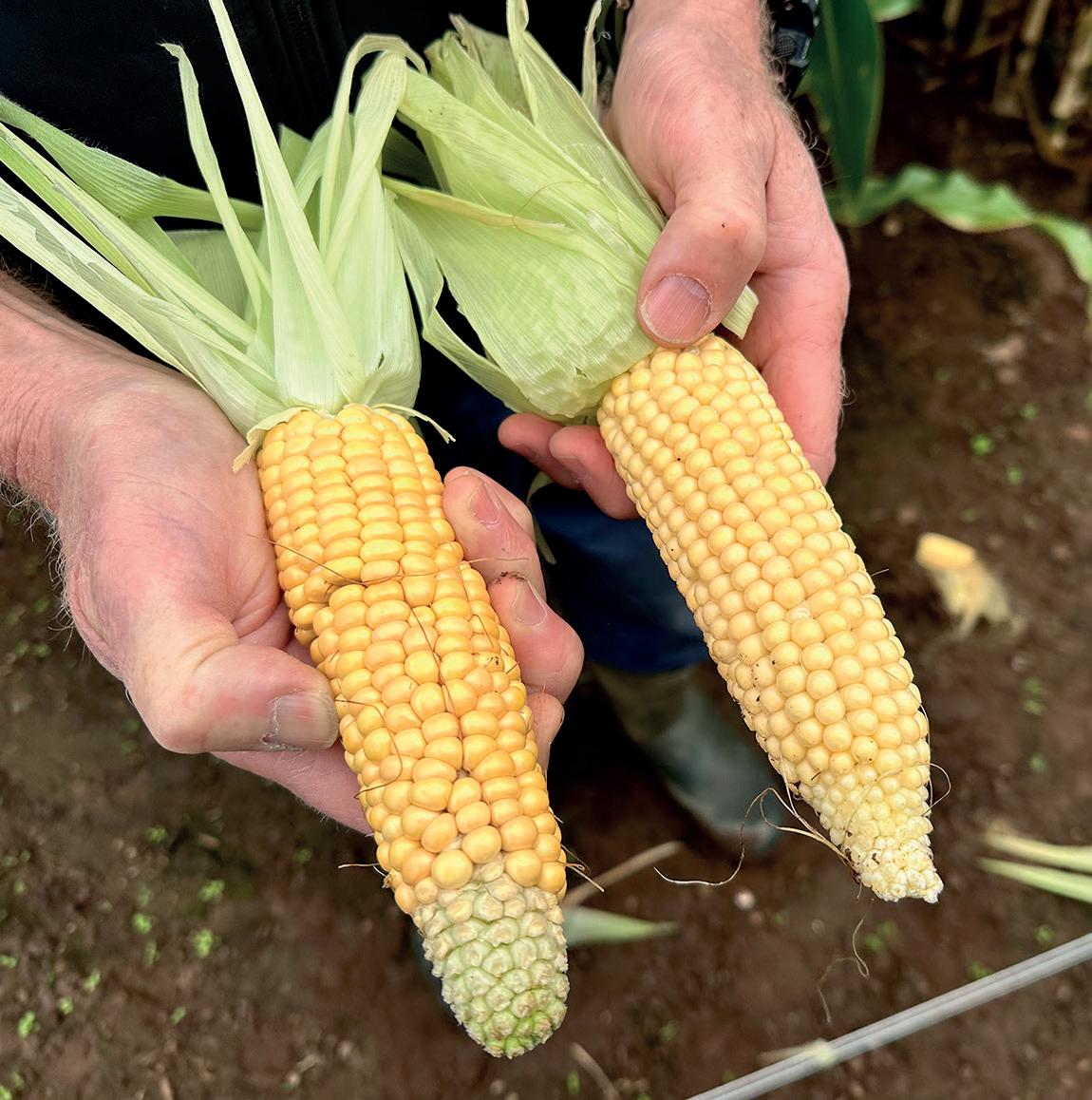
“At this stage, it becomes very difficult to precision chop the crop, especially if damp. You will end up with an irregular chop length, which will mean the silage is difficult to compact, air will get in, leading to poor fermentation and low sugars.
“And if you get poor fermentation, then you will get increased losses due to spoilage.”
Looking ahead, and in preparation for future difficult growing years, Mr Montgomery says it is
important to consider the impact variety selection can have.
He says: “I look for varieties that have ‘stay-green’ traits and good standing power; they get to 33% DM quickly, then will sit there and get to 35% in another 10 days.
“These are harvest friendly types that give a greater degree of flexibility in harvest windows to account for weather variability and contractor availability, thereby reducing quality losses which have a great impact on the bottom line.”
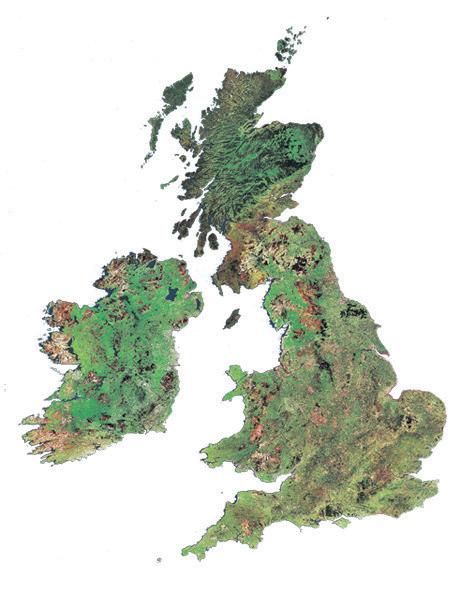
week)
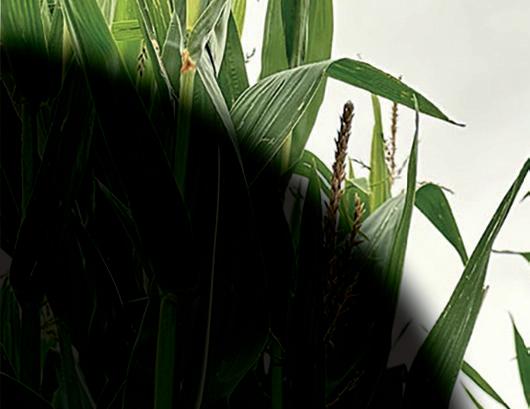
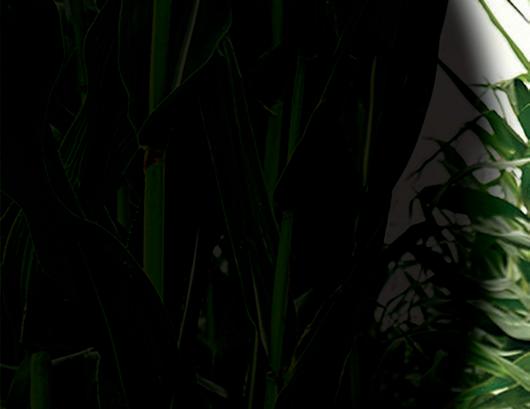
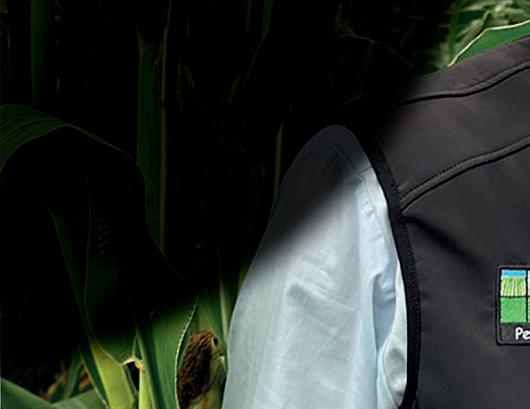
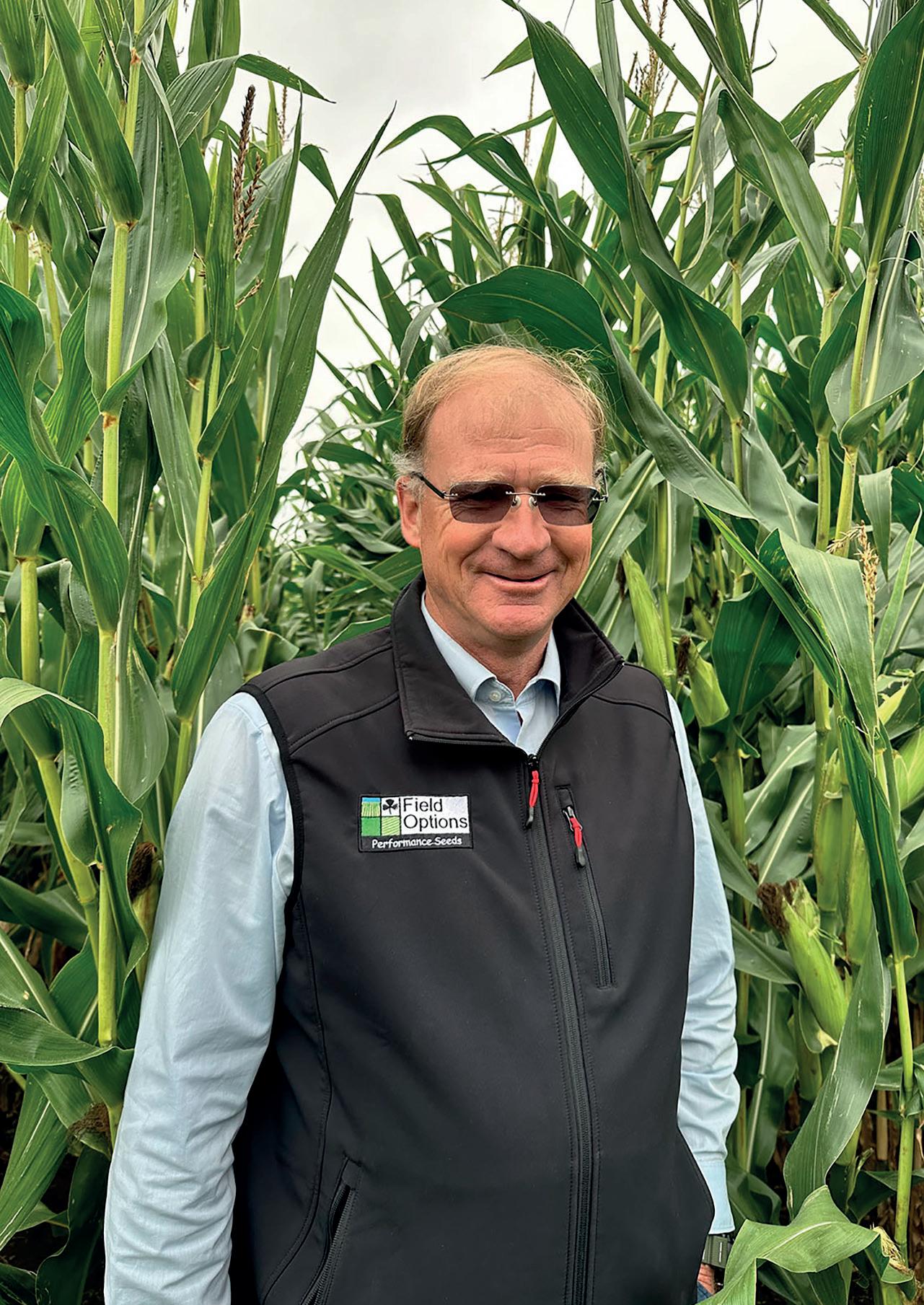
is important not to




■ Modelled growth prediction for the next seven and 14 days is 15-30kg/ha (6-12kg/acre) DM/day ,which is slightly below average for this time of year. Quality remains similar, with characteristic low DM% and high protein herbage
■ Heavy rainfall events over the past week have caused havoc with grazing plans. Try to be ready for grazing in
wet spells, with any remaining drier areas reserved to reduce damage
■ To reduce grazing demand, options are to house priority stock or continue supplementing at grass to maintain the rotation length and keep some stock groups at grass for longer
■ Reseeds should not go through winter with a high cover, so graze if and when ground conditions allow
A change in seasons brings with it a brand new set of challenges and, in particular, we are focusing on calf health, parasites, lameness and bluetongue.
By Katie Jones
With calf cryptosporidiosis the most common cause of infectious scours in the UK, it is important that calf rearers are looking at all the ways they can control this issue on-farm.
And to help achieve this, a five-step action plan has been released alongside a new vaccine.
The action plan, which was developed by MSD in conjunction with Moredun, looks at five areas: diagnosis; colostrum; environment and management; prevention; and treatment.
Speaking during a recent press briefing, Dr Kat Baxter-Smith, of MSD Animal Health, said that the tool will allow farmers and their vets to explore, record and score performance across these five key control areas.
She said: “For each of the areas there are a series of questions, which farmers can answer and score themselves on. The scores are added up at the end, and the results will help highlight the areas where focus is needed.”
The first area is diagnosis, and Dr Baxter-Smith added accurate diagnosis was the first step towards better disease control of any cause of infectious scour on-farm.
She said: “It is vital we use diagnostics to identify the likely cause or causes of scouring. Calf-side testing is a rapid option to help identify whether the most common scour-causing pathogens, including cryptosporidium parvum, rotavirus, coronavirus or e.coli, are involved.
“Further lab testing could be required if it is suspected there might be other causes, such as coccidia and salmonella.”
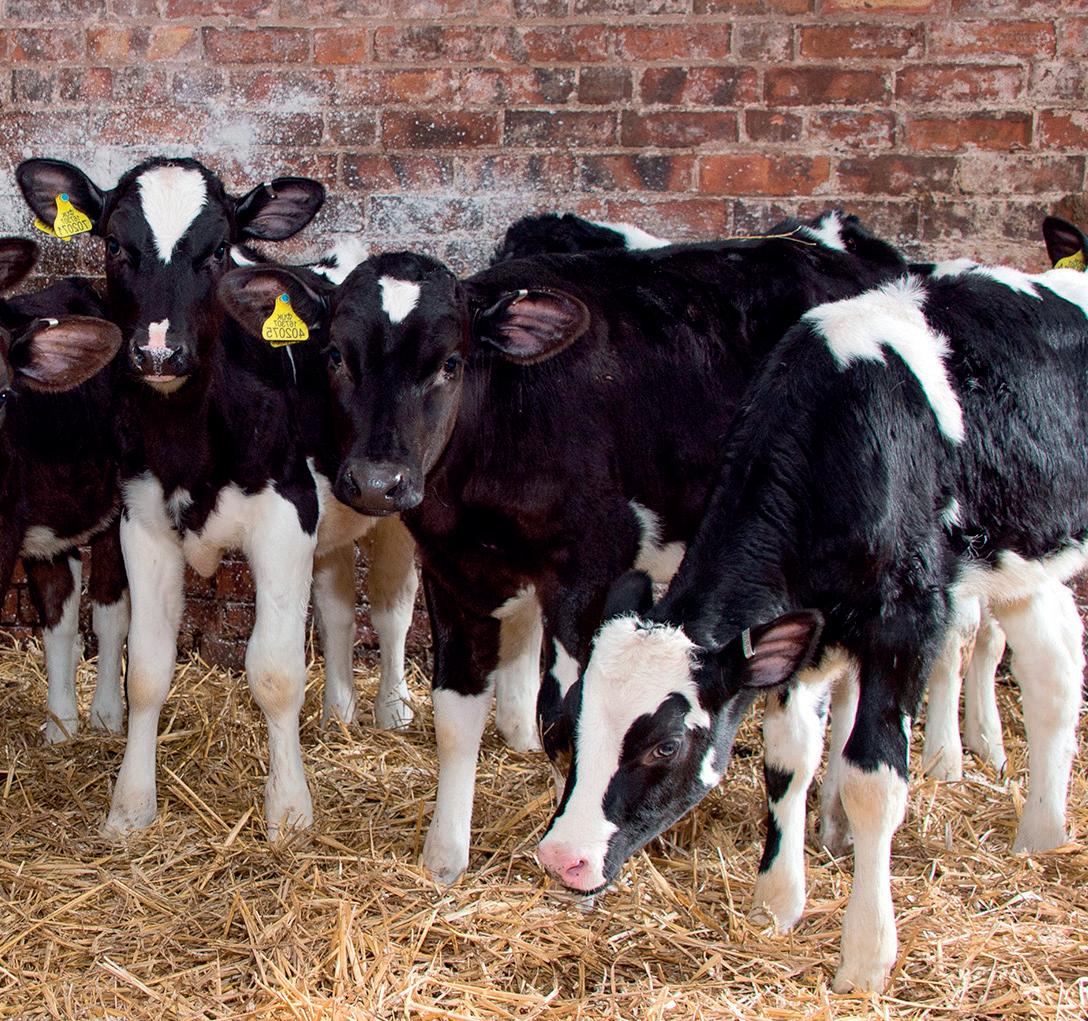
The next area is colostrum and Dr Katie Denholm, an academic clinician at the University of Glasgow Veterinary School, reminded farmers about the importance of the five Qs: quality; quantity; quickly; quietly; and quantify.
She said: “If calves fail to ingest an adequate quantity of quality colostrum, there will be huge implications for the calf. These calves will not grow as they should, they will not conceive as well or produce as much milk.”
And she added that recent studies suggested there were benefits from feeding high quality colostrum for longer. A recent survey of 248 farms across England, Wales, Scotland and Ireland found that three-quarters of respondents said that if it was shown that feeding colostrum beyond day one was beneficial, they would do it.
Dr Denholm said potential benefits
of feeding colostrum for longer included increasing calf serum immunoglobulin (IgG) concentrations, reduced antimicrobial use, increased immune protection for specific dam vaccinated pathogens, the promotion of sound intestinal villi development, reduced calfhood morbidity and mortality, and the improvement of reproductive and lactation outcomes in later life.
She added that while there could be barriers to adopting this approach, there were a number of ways to supplement colostrum feeding.
For example, adding two or three large ice cubes of frozen first milking colostrum into milk replacer feeds or adding 40-70g of a colostrum replacer to milk replacer.
Dr Denholm said: “This liquid gold also contains immune modulators, such as oligosaccharides, valuable
enzymes, lactoferrin, cytokines, hormones, vitamins and minerals – all of which are important for long-term gut health, function and development.”
She also said the benefits of feeding transition milk (the milk from milkings two to six) should not be overlooked, and suggested feeding this transition milk for the first three to five days, or mixing transition milk into pasteurised milk.
The third area on the five-step action plan is environment and management, an area in which Dr BaxterSmith said farmers traditionally did not score well.
Issues within this area can include the mixing of different age groups of calves, poor hygiene around the cleaning of equipment and not replacing straw bedding often enough.
The fourth area is prevention, and this is where MSD’s new vaccine, Bovilis Cryptium, comes in. This is the first cattle vaccination against crypto parvum, with pregnant heifers and cows receiving the vaccination in late pregnancy to provide protection for calves from birth at the start of colostrum feeding.
Dr Baxter-Smith said: “The protection of calves depends on adequate ingestion of colostrum and transition milk from vaccinated cows. It is recommended that all calves are fed colostrum and transition milk during the first five days of life. At least three litres of colostrum should be fed within the first six hours after birth.”
The final area is treatment, and Dr Baxter-Smith said that even if all of the other steps were done well, there may still be calves which require treatment. She said: “Calves with diarrhoea are often dehydrated. Therefore, oral rehydration therapy should start as soon as scour is observed and continue for at least 48-72 hours.”
Andrew Dale milks 110 Fleckvieh and Fleckviehcross cows near Limavady in partnership within his parents. Rolling yields are around 6,500 litres with the aim to breakthrough 7,000 litre threshold soon. The farm is focused on maximising output from forage with extended grazing and quality silage made. Zero grazing has been introduced in the past two years to help achieve this aim on this fragmented farm. In Spring 2017, Andrew identified a build-up of Digital Dermatitis (DD) related
lameness and levels were unacceptably high for him. He contacted Provita and availed of the complimentary parlour and mobility scoring. After the cows were scored it was confirmed that DD was indeed high with 70% of cows displaying various stages of DD. Andrew was committed to reducing this figure by all means necessary.
Initially the cows were spot sprayed with Hoofsure Endurance at 25% dilution for 2 weeks followed by daily footbathing. “We could see
rapid progress within a few weeks, initially the active stages dropped down to 35%, and then further to 5% to 10%” confirmed Andrew. “We now manage to keep levels to this low percentage the majority of the year, with small intermittent rises when in the middle of autumn peak calving and full time winter housing commences. But I know by keeping an eye on it, spraying more cows in the parlour, increasing the footbath frequency I get on top of it quickly. Currently I am running the footbath daily at 2-3% as I have

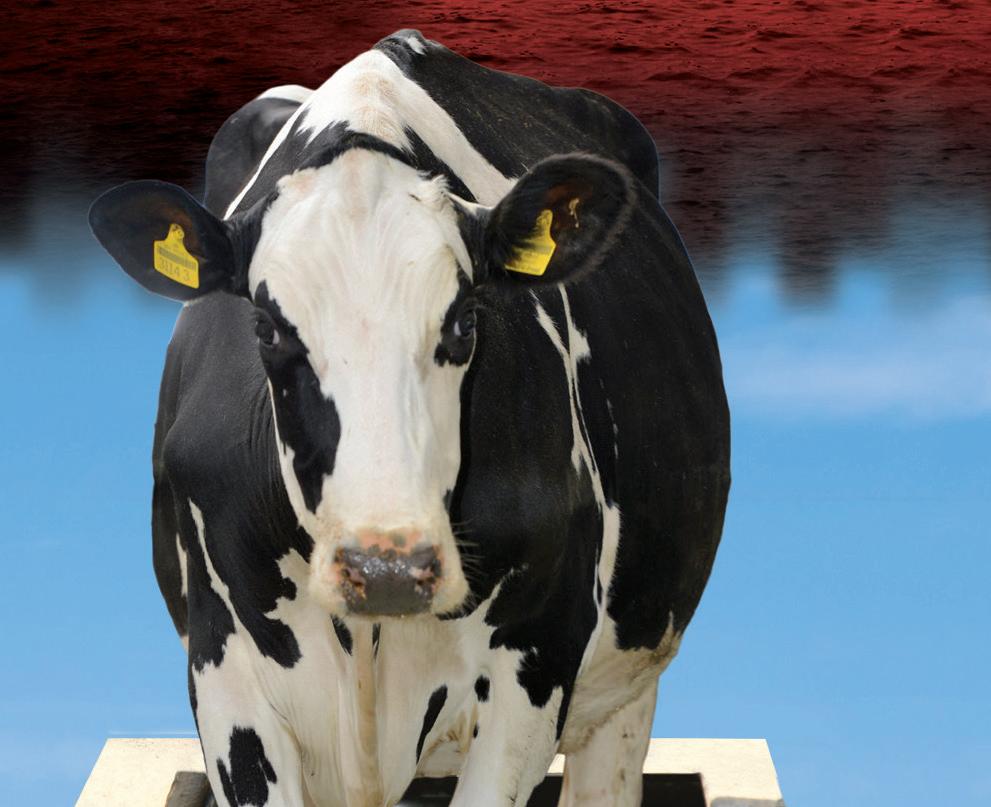
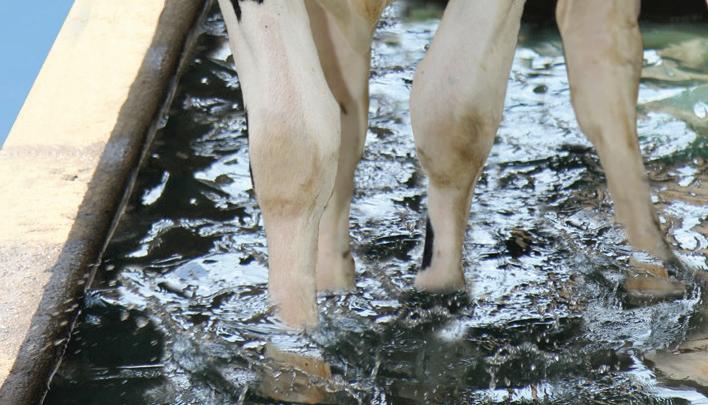
• Formaldehyde is carcinogenic - EU Regulations/IARC
• Potential prosecutions for untrained use - DEFRA
• Copper Sulphate cannot legally be used in a footbath - EU Regulations
• May result in lifetime contamination of soil - Hoards Dairyman
numerous freshly calved and early lactation cows going through which I want to keep right from day 1 and I know it will pay off as the winter months pass.” Andrew has also noticed that the cows mobility is much improved, they are much more settled in the parlour and at the feed bunk and he has culled less cows due to lameness also.
Milking cows are footbathed 5-7 days per week and dry cows and heifers at least once a week. Andrew commented, “by regularly footbathing the dry cows and heifers has made a big difference and was quite easy to implement. I now see less problems with freshly calved animals with DD and lameness and cows calf down with less problems too. We have new heifer accommodation built on farm for this Autumn and I have made arrangements to have footbathing facilities in it.”






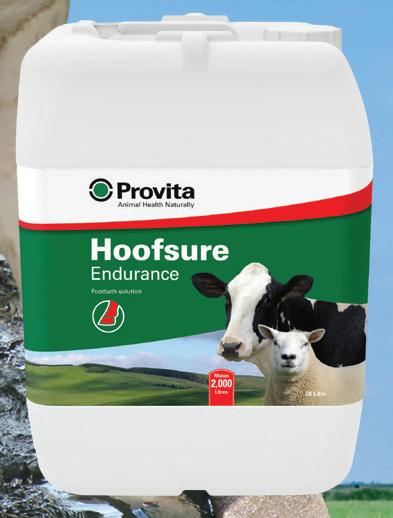




solution • Organic acids and tea tree oil - non-toxic, non-carcinogenic and biodegradable
• 7% to 19% better results than Copper Sulphate and Formaldehyde respectively
• The safer, proven alternative
At the start of the programme back in 2017 there was a fair investment made in the product but by sticking with the recommendations we have seen very good results. I find the contact from Provita staff beneficial as it is an extra incentive to make sure you stick to the plan so that you don’t allow the DD levels to start to increase again. Also a fresh set of eyes can see things that you miss whenever you are trying to juggle all the various jobs that need done on a daily basis around the farm. With the feet right, the cows are performing better, overall health is very good and I believe every animal is nearing their full potential. I am now in the fortunate position where I can be more selective in breeding strategy as I can afford to let go of under-performing cows and hit the herd target of 7,000 litres per cow sooner rather than later.”
For more information please contact George Shaw, Technical Adviser on 078 4192 6219 or Provita on 0800 328 4982.
Footbathing is a primary defence against cow lameness and, with a single case estimated to cost £300 on average, following the correct protocol is key. Wendy Short reports.
The main purpose of footbathing is to keep the feet clean and prevent infection.
An infection often starts with dermatitis, and the resulting break in the skin can lead to more serious problems, including foul in the foot, says Anthony Marsh, of Lancashirebased automatic cattle footbath company Hoofcount.
The most important consideration for installing a footbath is to design a system that is easy to use, as this will encourage frequent use, he says. The aim is to clean the foot and allow maximum contact with the solution.
He says: “In an ideal situation, footbathing should be carried out at every milking, or twice
daily for robotic milking systems. Producers readily accept that teat dipping should be done at each milking, and footbathing is no different.
“It will not increase overall chemical expenditure, because the concentration can be reduced as the number of visits
increase. Most farms will add the active ingredient at a rate of between 0.5-3%.”
Mr Marsh says careful planning is required to ensure good cow flow and avoid the cows being reluctant to enter the footbath.
He adds: “The installation should be firmly fixed in place, with the base offering plenty of grip. One option is to use a
rubber liner, with a raised ‘penny’ design to further reduce slip.
“Stainless steel is the preferred construction material, due to the corrosive nature of some of the chemicals that are used.
“And it is better to place the footbath on the exit route, as it limits human exposure to any chemical fumes, depending
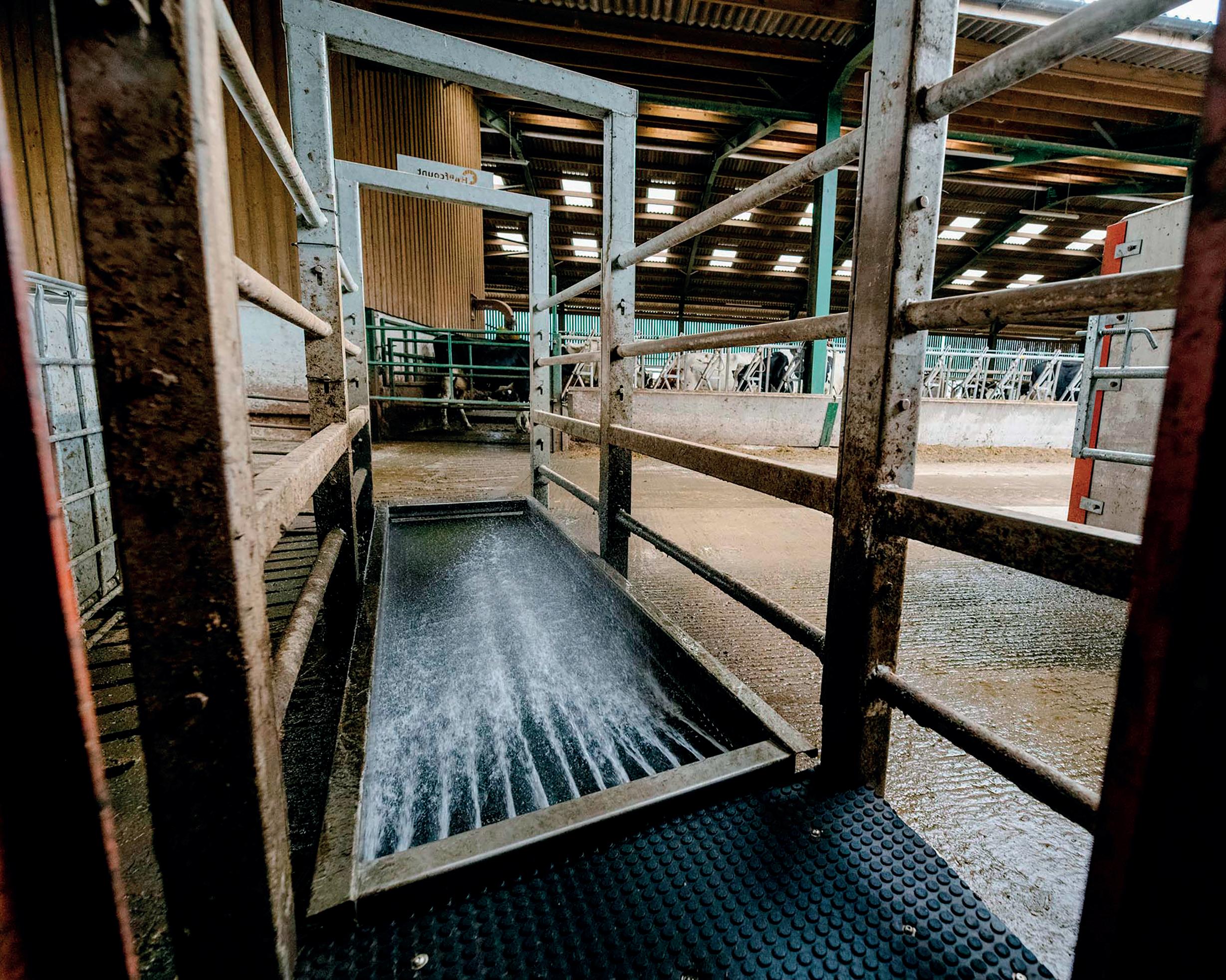


on the type of product being added.”
Research has identified some key features of a footbath that will maximise cow comfort during treatment and at the same time achieve an effective result, he says.
“Cows prefer to step up into a footbath, rather than step down. A step measuring about 20cm high will allow the foot to go straight into the solution, which should be roughly 10cm deep,” says Mr Marsh.
“A narrow design is preferable for a parlour installation, with a width at the base starting at 61cm and widening to 91cm.
“In terms of length, the ideal is 3.65 metres, which will mean that each foot is covered in the solution three times.
“It is unlikely that producers with robotic milkers will be able to adopt the length of footbath recommended for parlour milking, so the number of visits can
0.5-3%
Rate of active ingredient usually added to footbath solutions.
be increased to produce the same result.”
Trials have shown that prebathing the cows’ feet with clean water is counter-productive, he adds. The water forms a barrier and limits the action of the next stage, where chemical solution is used, effectively diluting the solution containing the active ingredient.
The routine for footbath solution changes will depend on cow numbers and visit frequency, says Mr Marsh.
“A general rule is to use one litre of footbath solution per cow. Therefore, a bath containing 150 litres of solution should be changed after it has been used by 150 cows.
“It has been proven that it is better to avoid footbathing altogether than to use a soiled solution, which itself can become a potential source of infection,” he says.
“One of the main benefits of an automatic footbath is to guarantee a clean solution whenever it is needed. In addition, by removing the filling and draining process from the list of many

tasks required on a dairy farm, in practice it will often lead to an increase in the footbathing frequency.”
The industry has mostly relied on formaldehyde for footbathing, he says.
“Formaldehyde is effective on the cows’ feet, but it is not so user-friendly for the operator.
“However, in cases where the waste product is added to slurry, it is diluted to the point where it will not cause any issues.
Footbathing should be carried out at every milking, or twice daily for robotic milking systems
ANTHONY MARSH
“The same cannot be said of copper sulphate, which is another option. Some thought will need to be given to its disposal, as it can be harmful if it ends up going into a system where it is subsequently spread on the land.
“Organic acids fulfil their purpose, although they can be expensive, while hypochlorite is still unproven. It is worth comparing monthly costs for the various options before making a purchase,” adds Mr Marsh.



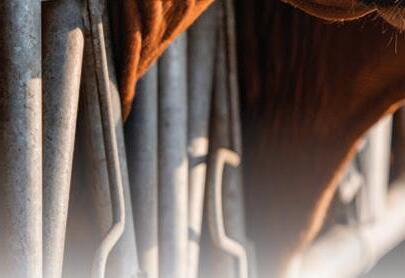

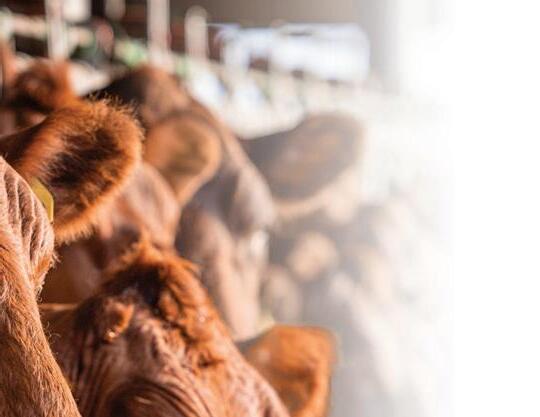
HOW ARE YOU PREPARING FOR THE TRACE ELEMENT GAP THIS WINTER?
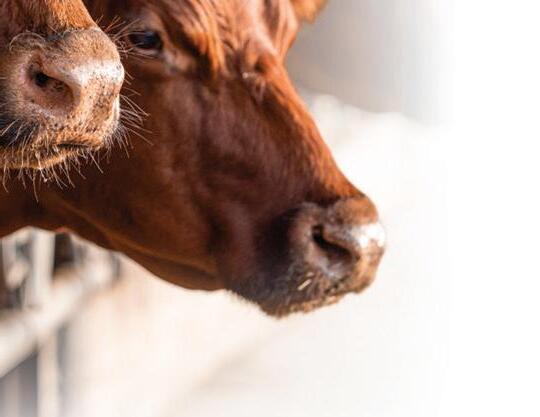



I IODINE:
• 4x increase in requirement during winter1
DON’T FORGET THE INCREASED IMPORTANCE OF VITAMINS…
A VITAMIN A:
• Liver reserve can deplete in winter without supplementation

Essential for: sight, calf development during pregnancy and digestive mucous membranes
D3 VITAMIN D3:
• A shortfall can occur when cattle are housed without access to natural light
• Crucial in supporting metabolism during 1st third of lactation
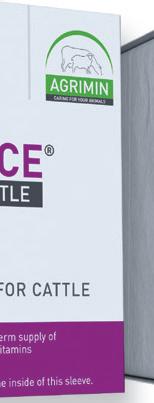

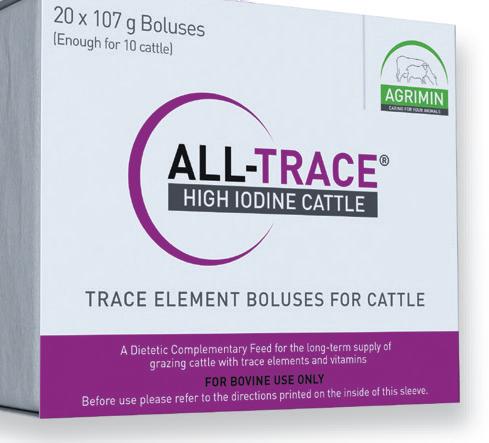


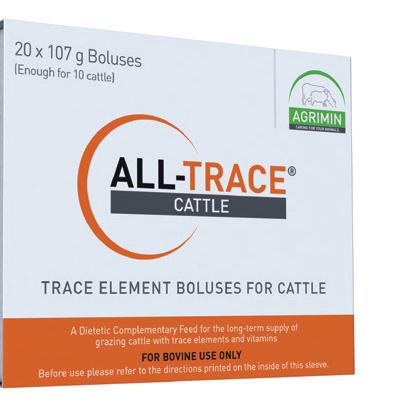
Essential for: immunity and calving
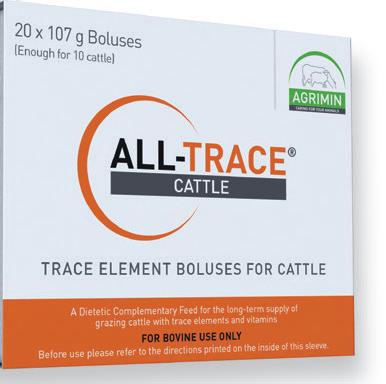
Se SELENIUM:
• Legumes and white clover can inhibit selenium absorption2
Cu COPPER:
• 20% increase in requirement during pregnancy3
E VITAMIN E:
• Up to 80% less contained in conserved forage4
• 97% of dairy cows have a shortfall at calving5
• Responsible for 50% of antioxidant activity in cattle6
BRIDGE THE GAP WITH AGRIMIN’S ALL-TRACE® RANGE
Recent winters have seen high temperatures and rainfall, resulting in increasing reports of external parasites, particularly ticks. Ellie Layton reports.


Flocks should be treated promptly if ticks are identified to prevent losses.
Record high average temperatures in December last year and an extremely wet February this year, has meant sheep keepers across the country have seen abnormally high numbers of ticks in their flocks this year.
As a result, farmers are being advised to keep a look out for infestations and treat animals promptly, especially heading into what is expected to be a humid autumn.
Speaking during a recent Elanco A2K webinar, Elanco technical consultant Brian McConnell told farmers that ticks were a multifactorial problem, which required a multifactorial approach.
Dr McConnell said: “Ticks have a three-year lifecycle, which means they can pick up infection in between hibernation, can spread multiple diseases and live in
TICK-borne fever is an illness characterised by a sudden high fever for between four and 22 days, which can bring on abortion in naive pregnant cattle and sheep, severe weight loss and immune suppression, leading to secondary infections
Ticks transmit louping ill, a viral disease of the nervous system, which can cause high mortality. The disease affects the animal’s brain and symptoms include poor co-ordination,
various habitats which increases the risk they pose.
“Lambs are more at risk than older sheep, due to older animals developing immunity, but any animal can get bitten and infected.
“With adult ticks able to take up
lack of appetite and seizure.
Cattle can be at risk of redwater fever, also known as bovine babesiosis.
Symptoms include the animals urine appearing red in colour. It also causes diarrhoea which quickly turns to constipation and abortion. In younger lambs up to 12 weeks, tick pyaemia can be a threat. Symptoms include weakness and abscesses in tendons, joints and muscles.
to 5ml of blood per bite, sheep of all ages are at risk of anaemia as well as infection.’’
Dr McConnell said hill flocks were generally most at risk because ticks favour the dense habitat and warm, humid conditions found in the uplands. However, ticks were also often found on lower lying areas of rougher grazing.
As part of its lifecycle, the sheep tick needs a blood meal from a host animal.
Adult females were most likely to be found attached to the head, legs or other areas of skin not covered by wool. Their feeding can also cause abscesses in the joints, spine and internal organs of lambs, leading to a condition known as tick pyaemia. He said that this current weather was ideal for ticks, which were inactive in the winter and only
start seeking a host when the mean maximum weekly temperature exceeds 7degC.
When it comes to treatment, Dr McConnell advised farmers to treat their flocks promptly to prevent losses, especially in flocks on rough and unimproved pastures where the natural increase in numbers coincided with the turnout of ewes and young lambs.
He said: “Prevention is the best form of treatment. Ticks can be avoided through the use of synthetic pyrethroid based pour-ons containing cypermethrin.
“This delivers persistent efficacy of 10 weeks, with the majority of ticks being killed within three hours. Organophosphate sheep dips are also effective in preventing and controlling ticks, but these should only be used in a dipper, not jet or shower.’’
Dr Connell also drew attention to the risk at that ticks posed to farmers themselves.
He said: “Farmers are at a higher risk of contracting Lyme disease because they spend time outdoors in areas where they are more likely to encounter ticks, working in pastures and woodlands, and caring for livestock that can host ticks.
“I would encourage farmers to check for ticks. Regularly check yourself, your children and your pets for ticks, especially in areas such as the hairline, skin folds and behind the ears.”
Weather extremes this season have not only affected overall forage and grazing quality, but also mineral and trace element levels available for plant uptake.
The use of supplements is an obvious solution, but is one which should be carefully considered, rather than relied on as a catch all, says Nettex’s Emily Hall.
She says: “Mineral deficiencies are a potential problem this year because of soil leaching caused by flooding and poor weather earlier in the year. Copper deficiency, in particular, can lead to swayback and therefore poor performance in lambs and ewes.”
To help fill the void, a mineral drench or bolus is recommended. However, Mrs Hall recommends that farmers discuss with their vet the best way to determine the copper status of their flock before supplementing with copper.
She says: “This could involve blood testing, forage analysis and/or liver tissue copper analysis, to establish whether a copper-containing supplement is required.”
The spectrum of soil and forage samples taken throughout the UK suggests that some areas are at higher risk of copper deficiencies than others.
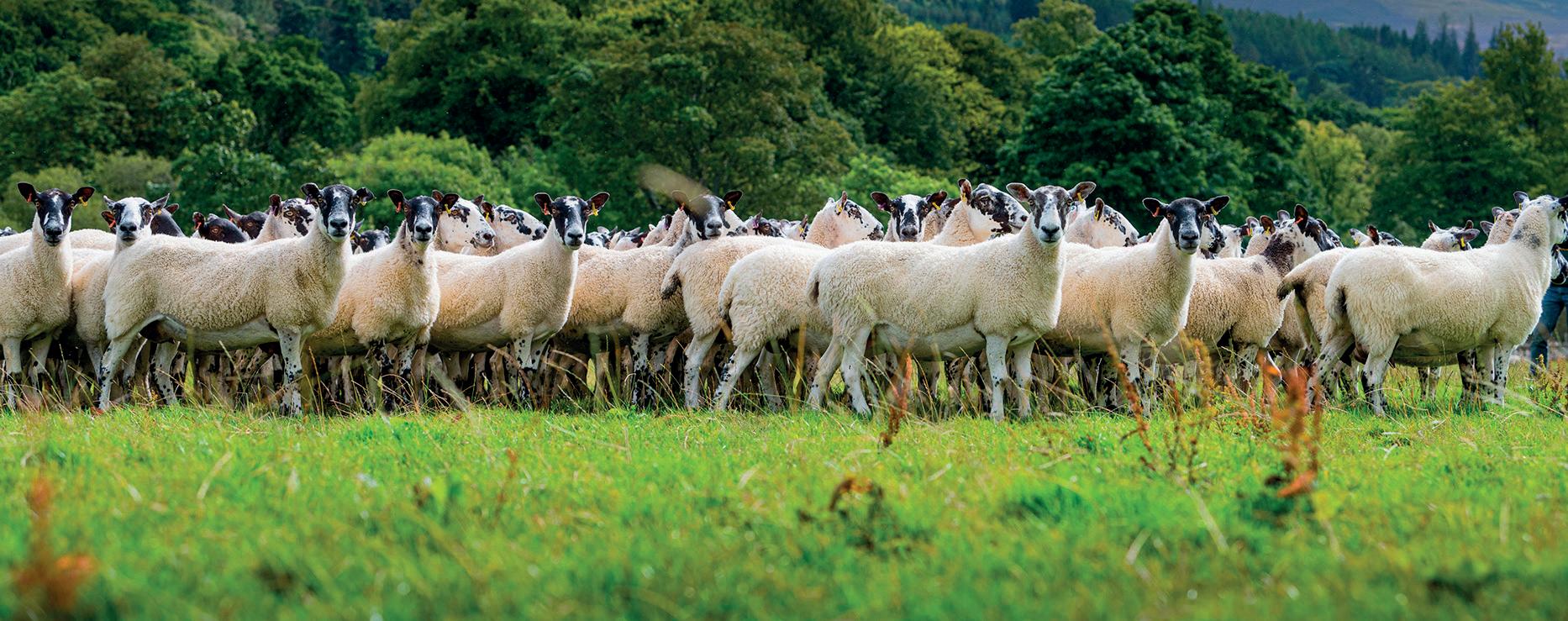

Shane Brewer, of Eurofins, has received thousands of soil and forage samples and says there is no obvious trend.
He says: “We have seen huge fluctuations in soil mineral levels which have directly impacted forage quality.
“Some areas may have suffered significant leaching, and livestock in these areas will be at risk of deficiency this season.”
Accurate soil and forage analysis is recommended to help establish if,
and which, supplements could be beneficial to flock health. A mineral bolus offers a daily trace element release over a long-lasting period – while ideal for extensive grazing animals, it may be a concern for livestock which have access to other copper supplements, such as concentrate, blocks or lick buckets.
Alternatively, a drench will work over a much shorter period of time and may therefore be beneficial for short at-risk periods.
An open day to showcase how to reduce the need to use antibiotics and improve productivity will be hosted by Welsh dairy farmer Hopkin Evans and his family who have long been interested in reducing antibiotic use.
The event takes place on October 31st (11am-3pm) at Marcross Farm, near Llantwit Major in the Vale of Glamorgan. It is part of a network of Proof of Concept farms that have been established by Arwain DGC, an award-winning programme that helps vets and farmers to reduce the need to use antibiotics and the risk of Antimicrobial Resistance AMR by promoting animal health and productivity.
Taking a Selective Dry Cow Therapy approach has enabled Marcross Farm to significantly reduce the need to use antibiotics over the past decade. Building on this success, the family is now also focusig on the challange of improving hoof health on the farm.
As a modern dairy facility, Marcross already embraces innovation and technology including the use of three GEA milking robots. Activity monitoring collars and automatic calf feeders aid herd health, and tractor GPS and Autosteer systems are also employed to lower farm input costs and increase productivity.
While foot-bathing was routinely carried out as the milking cows left the robot, the dry cows and in-calf heifers did not recive this treatment, and were at a higher risk of Digital Dermatitis infection. With advice from the farm’s vet, Sian Fuller of South Wales Farm
Vets and support from Arwain DGC and also the farm’s hoof trimmer and lameness specialist, Sara Pedersen of Farm Dynamics Ltd, in 2022, a Hoofcount Excel automatic footbath was installed in the dry cows’ section of the shed.
The initial results were great, with a substantial fall in cases of Digital Dermatitis, and the automatic footbath has solved the logistical and time pressures associated with manual footbathing.
Arwain DGC South Wales Technical Lead Rhys Jones said, “The technology employed at Marcross Farm has certainly helped bring down the cases of Digital Dermatitis, as well as reduce antibiotic use – and the latest results will be discussed in depth later this month when the farm hosts an Arwain DGC open day.”
The open day at Marcross Farm will feature expert presentations and demonstrations on topics including artificial intelligence technology, foot health, genetics and fertility.
To register for the ‘Integrating Technology to Drive Improvements in Feet, Feeding and Fertility’ open day, scan the QR code.



Therefore, Mrs Hall recommends considering both a drench and a bolus.
High levels of heavy metals in forage such as molybdenum and sulphur can reduce the availability of dietary copper.
Mrs Hall says clinical signs of an imbalance may include poor growth, infertility and lameness.
She says: “Inaccurate supplementation is wasteful and potentially harmful, with minerals such as copper being toxic when over-supplied.”


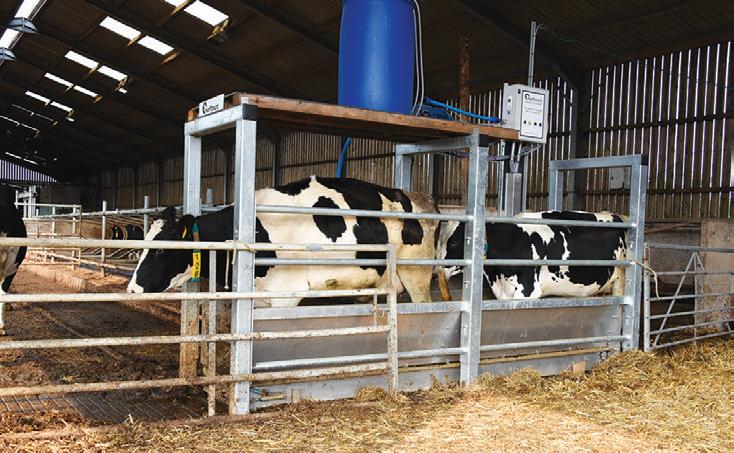
Contact us arwaindgc@menterabusnes.co.uk www.arwaindgc.cymru 01970 600 190
Follow us @ ArwainDGC
Andrew Powers has ensured he has a firm grip on lameness problems within his own flock and the flock he contract-manages. Farmers Guardian reports.
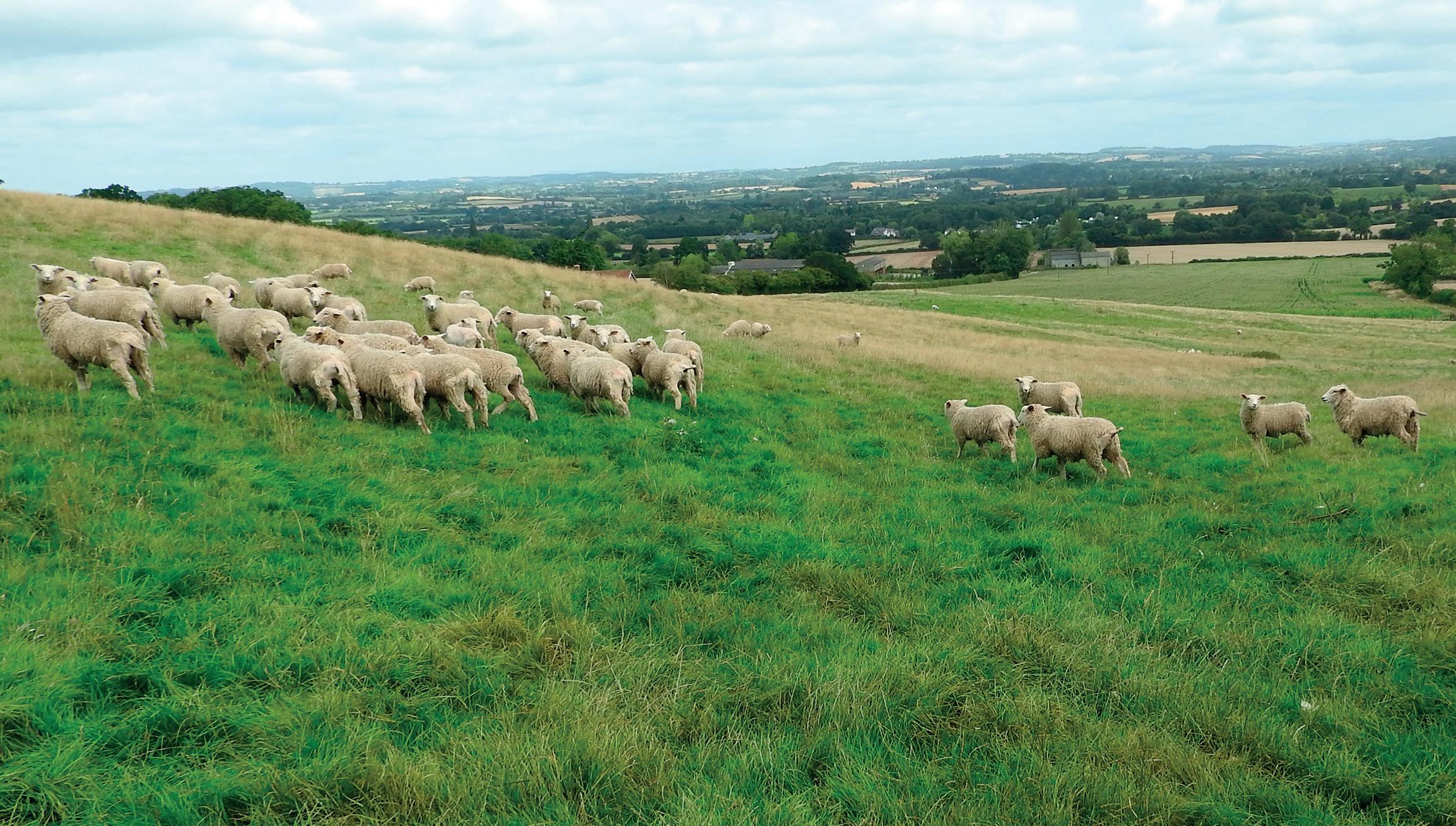
Herefordshire sheep farmer Andrew Powers cannot abide lameness, recognising it as one of the major threats to the profitability and sustainability of his business.
His strategy, for the 350 New Zealand Romneys he owns, as well as for the 1,000 Highlanders that he contract-manages, is simple but effective.
In recent years, Andrew estimates the number of sheep he has treated for foot problems to be as few as two or three annually, virtually eliminating it as a problem.
He says: “We do not tend to see scald, but footrot and contagious ovine digital dermatitis have been problematic in the past.
“For footrot, the policy is broadly one of prevention, by operating a closed flock for about the past six or seven years and vaccinating everything with Footvax.
“When we do see a lame sheep, we treat with antibiotics and anti-
inflammatories and cull as soon as they are in the right condition to sell. We do not use a footbath and would only trim a sheep’s feet to tidy her up for market.
“The only sheep we now buy-in are our rams and they will be quarantined on arrival and go on the footrot vaccination programme straight away.”
Mr Powers’ mantra is to keep things simple, but he also believes in always doing the job right.
When it comes to vaccination, he ensures that ewe lambs destined to be replacements, or sold for breeding, always have the requisite two vaccinations, at an interval of six weeks apart, while adult sheep all receive an annual booster.
He says: “We always vaccinate the ewe lambs in their first winter, usually when they are on roots.
“Ewes and rams receive their boosters in the period from six to eight weeks before tupping.”
The only sheep we now buy-in are our rams and they will be quarantined on arrival and go on the footrot vaccination programme straight away
ANDREW POWERS
The system for the New Zealand Romneys, and increasingly for the Highlanders, that Mr Powers contract-manages, is entirely for-
age-based and outdoors. The Romneys are run across 49 hectares (120 acres) of rented land, which is all unimproved parkland, apart from 6ha (15 acres) of a GS4 herbal ley.
Ewes also have access to a variable acreage of cover crops on land allocated for spring cropping, which is usually drilled with a ryegrass and vetch mixture that is suitable for flushing.
The only nutritional supplementation comes in the form of freeaccess minerals, plus twice-a-year bolusing of all adult sheep to help manage a background shortage of cobalt and selenium.
Mr Powers says: “The market for rented ground is very competitive in Herefordshire, so we need sheep that can survive and thrive on ground that is predominantly rough grazing, north facing, and relatively high. The New Zealand Romney is hardy and productive, so suits our circumstances.”
Tups are introduced in October,
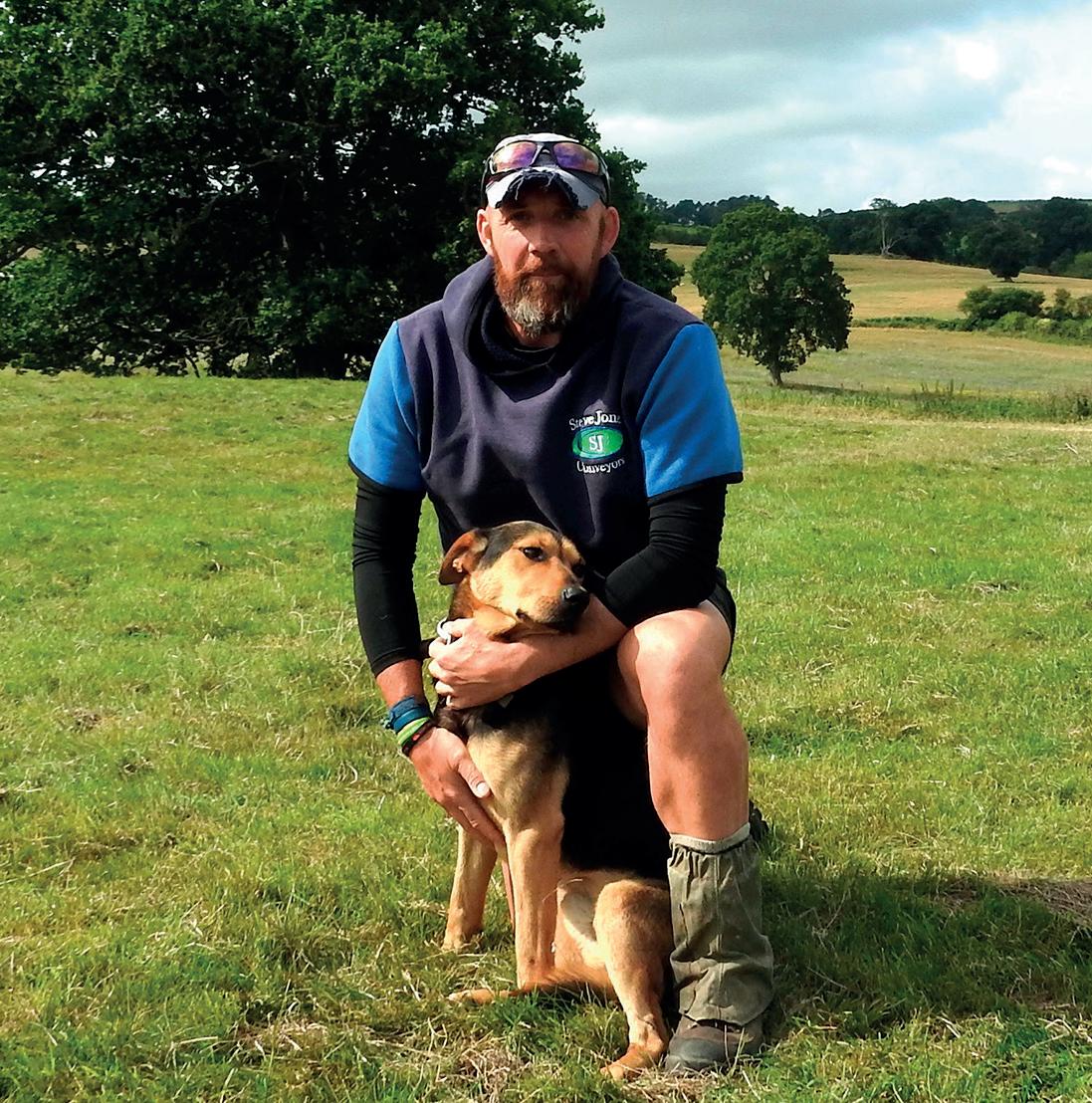
with five spread across the 350 New Zealand Romneys in two main groups.
This resulted in a lambing percentage at scanning last year of 168%, with lambing from March 22 all but completed in three weeks.
Lambing of both Mr Powers’ New Zealand Romneys and the contract-managed Highlanders takes place concurrently, so he is monitoring between 25 and 30 paddocks, twice-a-day, recording ewes’ birth date, number of lambs, and any problems.
“Ewes will have visible numbers on their backs, so – with the help of a pair of binoculars and a little patience – we can record the basic vital information,” he says.
“We are only assisting 2-3%, and these will be earmarked for culling, as will anything with a prolapse or any other problem.
“Our biggest losses at this time come from predation, with badgers a constant problem as well as ravens.
“Red kites are often our friend at lambing time as they will keep the ravens away and cause no issues themselves.”
With lambs at around four weeks of age, Mr Powers carries out most of the key management tasks efficiently, running everything across his own multi-purpose Te Pari chute. This equipment is also a key element of his Marcle Farming contracting, which he offers to farms in the area.
“We crutch the ewes and usually apply a fly product and the lambs
are weighed and tagged and will receive their clostridial vaccination, worm drench and a long-acting B12/mineral injection.
He says: “They are also tailed and, finally, receive an automated application of blowfly protection.
“We use an automated animal identification system, with Bluetooth connection, which allows information to be displayed and saved on a phone or tablet.
“With a team of three, we can handle 150-200 lambs an hour, or 1,000 lambs a day.”
Optimum weaning date for Mr powers is around 12 weeks, earlier if possible, and will vary between 10 and 16 weeks depending on ewe condition and availability of forage.
Male lambs, which are kept entire, are sold either as stores, often to a regular customer who fattens them on for his own butchery, or will go fat at 44-48kg liveweight.
All the ewe lambs are kept over the winter, allowing Mr Powers time to assess their suitability for breeding.
“The vast majority of our ewe lambs will go to repeat customers needing breeding stock, or will be replacements for our flock,” says Mr Powers.
With lameness under control, Mr Powers is focussed on other areas of improvement that will lead to a more robust and sustainable business.
This includes breeding for resilience to gut worms and possibly fly strike, improving wool quality to increase its value and looking at more effective ways for outdoor systems to record management data.





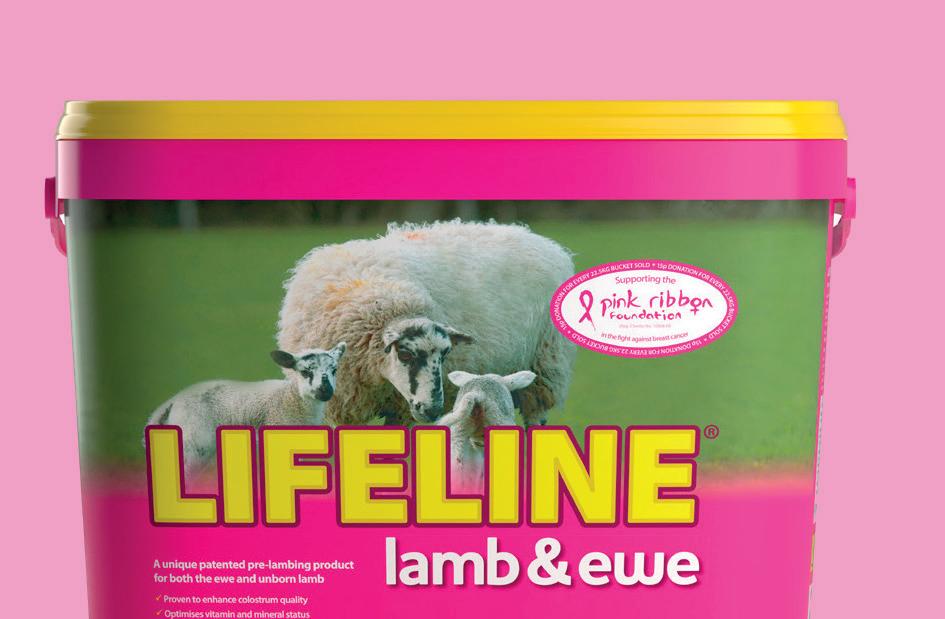

BLUETONGUE is a notifiable disease which affects cattle, goats, sheep and camelids. Despite being a harmful virus to animals, it does not affect people or food safety, and meat and milk from infected animals are safe to eat and drink.
The virus is primarily transmitted by midge bites, but it can also be spread through semen and embryos.
Speaking at a recent AHDB webinar, Gordon Hickman, head of exotic disease control at Defra, reminded farmers that if bluetongue was suspected on-farm, it was a legal requirement to report it immediately to the Animal and Plant Health Agency.
The first UK case in the latest outbreak, serotype 3, was seen in November 2023 through the UK’s annual bluetongue surveillance programme.



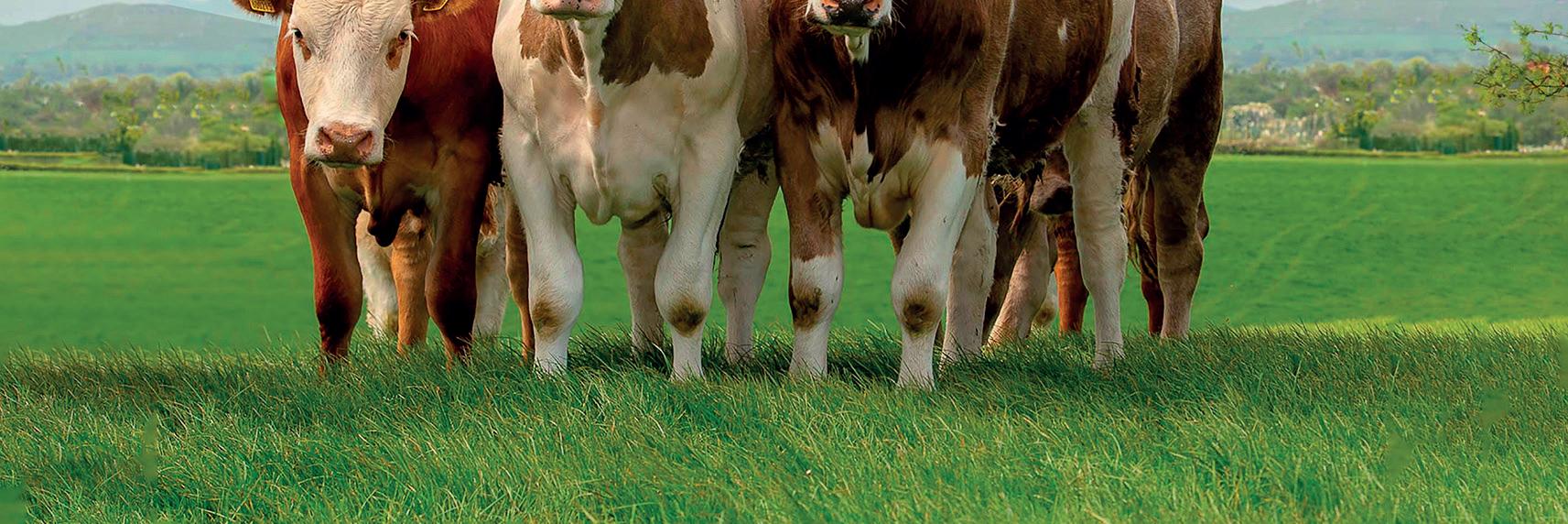
With
bluetongue on
the rise, Ellie Layton looks at the disease and what you should do if you suspect a case on your farm.
CONTROL of midges is difficult and, although there are things which can be done to reduce their spread, it is unlikely that the risk can be completely removed on any individual farm. However, Mr Hickman said there
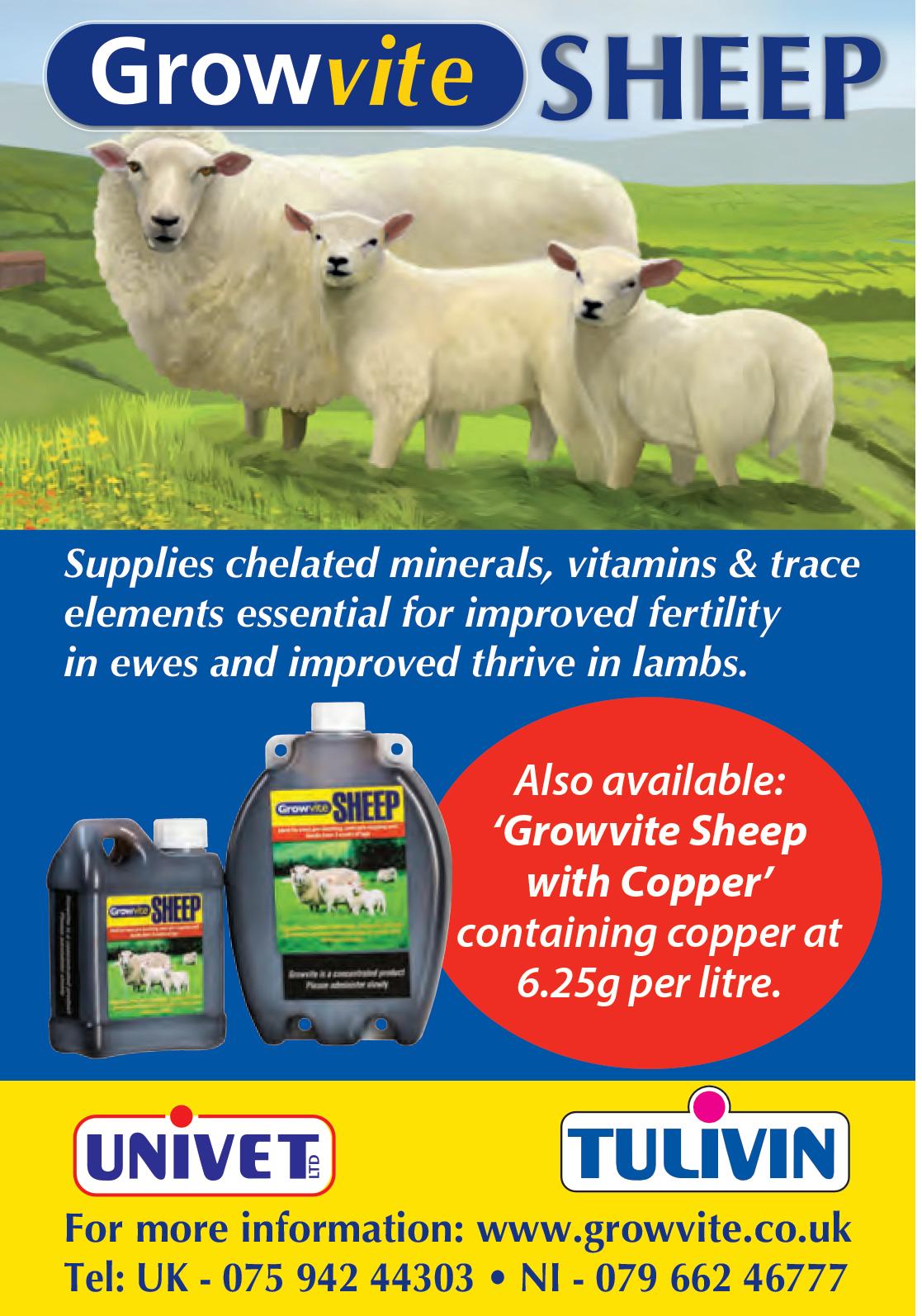
were steps which could help reduce the risk.
He said: “Midges often accompany animals as they move, so movement controls and restrictions for susceptible livestock in high-risk areas can minimise the risk of infected animals without clinical signs moving the disease between holdings.”
He encouraged farmers to continue
■ Fever
■ Reddening of the mucosal membranes
■ Sores on the nose, gum and dental pads
■ Swelling of the face, lips and tongue
to be vigilant, monitoring their animals frequently and ensuring their businesses have a contingency plan to respond to the disease outbreak and its disease control zone.
Farmers should also make sure both their livestock and land, including buildings and short-term lets, are registered with the Animal and Plant Health Agency.
■ Lameness
■ Death and abortion or deformities in lambs or calves
■ The ‘blue tongue’ from which the disease gets its name is not frequently seen, but refers to swelling
THE livestock industry has come together to launch a nationwide survey to better understand the impact of bluetongue on UK farms.
Led by Fiona Lovatt, of Flock Health, and the Ruminant Health and Welfare bluetongue working group, the survey is being conducted in collaboration with AHDB and the University of Nottingham, and has the backing of key industry organisations.
Dr Lovatt says: “We know farmers across the country, in and out of the restricted zone, are at the coal face, dealing with daily challenges and disruption due to the BTV-3 outbreak.
“We want to make sure their experiences and the impact on their animals are captured.
“We need to find out what level of clinical signs farmers are seeing in their animals, whether they are experiencing mortality with BTV-3 cases, and what their appetite is to vaccinate in future for bluetongue serotype 3.”
The survey is open to all livestock farmers, whether they have experienced confirmed cases of bluetongue on their farm or not.
It is accessible via mobile or desktop, takes around five minutes to complete and responses are fully anonymous. It is expected to remain open for several weeks, with the results being shared widely across the industry.
MORE INFORMATION Visit bit.ly/BTV3survey

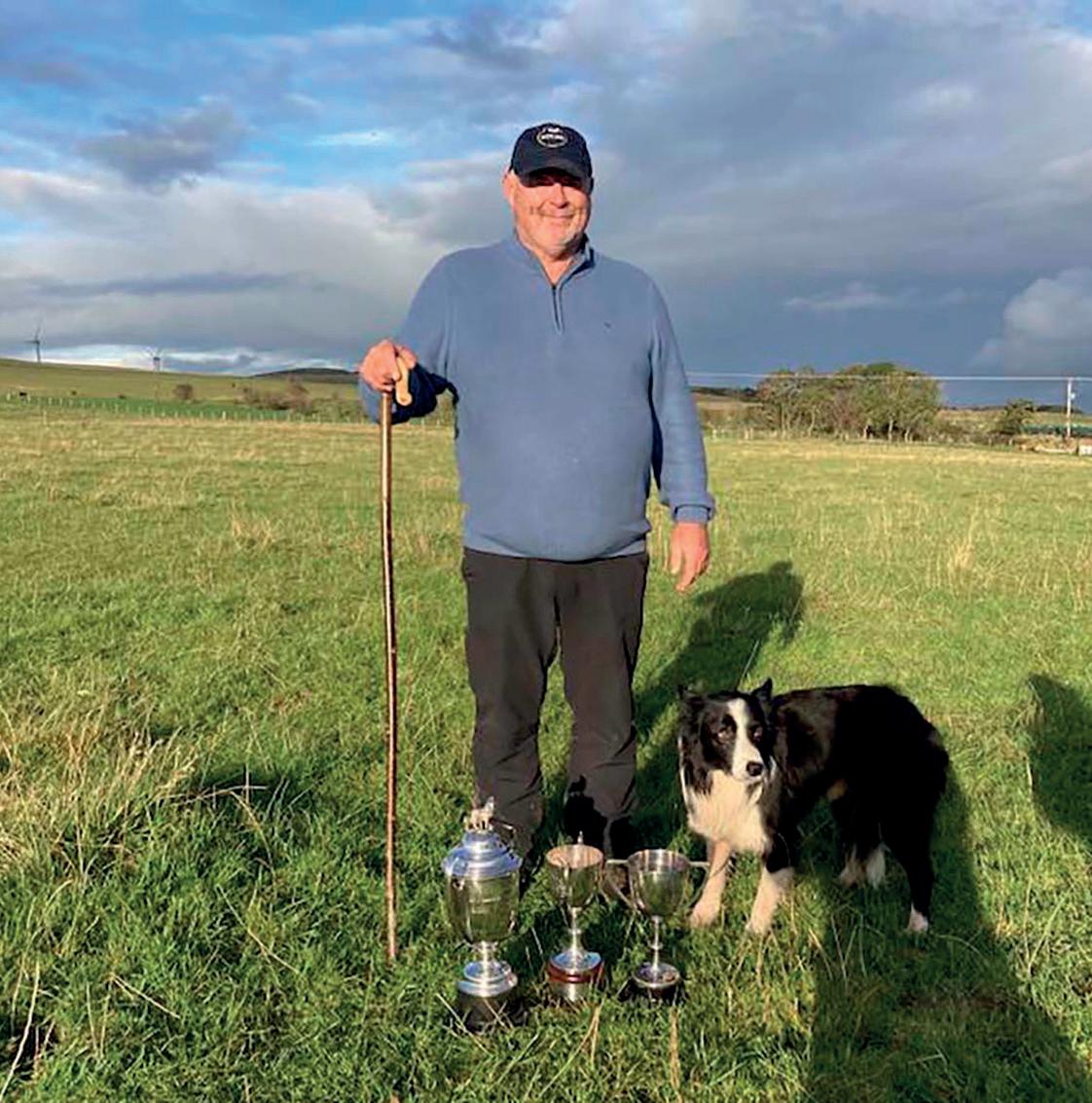
October 5. PENNANT, LL51 9AX, 9am start. Contact, tel: 07876 552 285. NANTMEL, contact Anna Prothero, tel: 07795 178 451, email: anna_prothero@hotmail.com. NEW ROW, Pengwernydd, Pontrhydygroes, SY25 6DS, contact Mared Hopkins, tel: 07985 774 328, open national and open South Wales, 8am start, enter on field.
October 12. CEREDIGION, Bala dog sale. RADNOR NURSERY 1, Brondrefawr, LD6 5NB, beginners, novice and nursery classes, 10am start, contact James Jones, tel: 07890 698 907. October 19. SENNYBRIDGE, Sennybridge dog sale.
October 22. RANOR NURSERY 2, Griffin Lloyd, Knighton, LD7 1SL, beginners, novice and nursery classes, 10am start, contact Karin Haker, tel: 07400 608 952.
October 26. LLANGELYNNIN, LL36 9ND, 8am start, contact, tel: 07979 156 650. October 26 and 27. NANT-Y-MOEL HILL, Pontardawe, SA8 4RT, contact Floyd Farthing, tel: 07891 246 997, one session Saturday and one session Sunday, double gather final to be run on Sunday afternoon, 8am start.
October 5. HEVENINGHAM HALL, Suffolk, contact Lucy Allison, tel: 07828 001 575, pre-entry
via EASS website at eass.org.uk. RAINOW, Dane Bent Farm, Lamaload Road, SK10 5XP, £10 a dog, 9am start, contact Gerry, email: geraldine53clark@gmail.com, or geraldine53clark@gmail.com. YETHOLM, contact Bill Elliot, tel: 07769 550 128. RYEDALE, Green End Farm, Beckhole, Whitby, YO22 5LQ, contact A. Hollins, tel: 07919 546 789.
October 5 and 6. BISHOPSTONE, charity trial, Bishopstone, Salisbury, October 5 – open driving, October 6 – double fetch, 8am start, contact Anna Hawke, tel: 01722 718 228, email: hawke@onetel.com. October 6. MID SHIRES CHAMPIONSHIP, details TBC. OTTERBURN, NE19 1JX, pre-entry and run strictly to ballot, first 40 dogs, 9am start, contact, M. Anderson, tel: 07530 429 000. HIGH HILLS, Shaw House Farm, Alton, ST10 4DH, enter on field. NSDA, South Cleatlam, Staindrop, Co Durham, DL2 3QR, contact John Tourish, email: ledger2003@aol.com. October 12. RYEDALE, Brekkies, Plum Tree Farm, Glaisdale, YO21 2PZ, contact, M. Thompson, tel: 01947 897 351. SHROPSHIRE AND HEREFORDSHIRE, nursery, novice and beginners trial, Suckley, WR6 5EJ, 9am start, enter on field, contact Matt Hooper, tel: 07929 102 338. ALWINTON, Alwinton Show, NE65 7BQ, enter on field, 9am start, second dog to be booked in by 10.30am, contact S. Wallace, tel: 01670 774 600. BLISLAND, Newtown Farm, St Breward, Davidstow, PL30 4PN, what3words: circulate.settled.removers, classes, open driving,

PEMBROKE NURSERY, Three County team selection (Judge, Meirion Jones) Nursery, 1, S. Harden, Foxridge Bet, -15; 2, B. Laemmle, Gin, -19; 3, C. Browning, Misty, -20; 4, T. Morgan, Mwnt Tim, -26; 5, L. Harries, Preseli Cap, -27; 6, L. Harries, Mo, -28. Puppy. 1, B. Laemmle, Gin, -19; 2. L. Harries, Preseli Cap, -27; 3, L. Harries, Mo, -28; 4, C. Darlington, Cloud, -30; 5, L. Harries, Preseli Boss, -32 OLF; 6, J. Bowen, Sam, -32. Three County team, 1, L. Harris, Teifi Taff, -9; 2, J. Bowen, Patch, -10; 3, A. Morgan, Meg, -16; 4, B. Laemmle, Floss, -19; 5, C. Darlington, Misty, -20; 6, S. Harden, Newton Moss, -21; 7, B. McConnell, Taff, -24; 8, T. Morgan, Tess, -25; 9, C. Pugh, Jess, -26; 10, C. Soar, Ziggy, -28 OLF; 11, I. Harries, Fly, -28; 12, V. Hinman, Eve, -29; reserve, 1, C. Ridge, Kemi Cap, -31; reserve 2, J. Phillips (YH), Flo, -34. DOLGOCH (E. Jerman) 1, A. Owen (Ty Nant), Llangwm Tom, 9; 2, J. Price (Aberystwyth) Ben, 12; 3, B. Williams (Ysceifiog) Mot, 13; 4, K. Cropper (Shap) Gin, 17; 5, J. Roberts (Bala) Heilan Robin, 18; 6, G. Davies (Dinas Mawddwy) Gwyn, 19 OLF. (M. Davidson) 1, H. Jones (Rhydymain) Llanfarian Mirk, 7; 2, T. Thewissen (Talybont on Usk) Fellside Finn, 9; 3, D. Davies (Tywyn) Treflys Ben, 11; 4, D. Howells (Port Talbot) Kai, 13; 5, G. Davies (Dinas Mawddwy) Gwyn, 14; 6, D. Howells (Port Talbot) Wyverne Pip, 16 OLF.
WINDERMERE (T. Smith, Pilling) Nursery (38 ran) 1, T. Huddleston (Caton) Taylor, 75 of 90; 2, T. Huddleston, Betty, 71; 3, T. Longton (Quernmore) Jip, 69 OLF; 4, T. Birkett (Carnforth) Spot, 69; 5, E. Hill (Holmrook) Tawelfan Tink, 67 OLF; 6, C. Townson (Dent) Gorse, 67. Novice (11 ran) 1, A. Temple (Holmrook) Hill Top Rita, 86 of 100; 2, E. Jacques (Huncoat) Cap, 85; 3, E. Hill, Jess, 79; 4, P. Rigby (Skelsmergh) Kim, 76; 5, D. Purdham (Holmrook) Tilly, 72; 6, A. Hughes (Lanercost) Mac, 60. New handler, 1, A. Townson (Dent) Meg, 52. SANDY BEATON (P. Exelby, Nun Appleton) Saturday, Open (29 ran) 1, B. Helliwell (Lancaster) Denwyn Moya, 79 of 100; 2, A. Temple, Marchup Ann, 72 OLF; 3, B. Helliwell, Barcroft Rousse, 72; 4, S. Walton (Snaith) Maid, 71 OLF; 5, A. Wilkinson (Thurgoland) Pip, 71; 6, S. Walton, Spot, 70. Nursery (12 ran) 1, P. Simpson (Dacre) Roy, 62 of 90; 2, V. Ibbotson (Silsden) Moss, 56; 3, R. Cole (Selby) Tilly, 44. The sum of £450 was raised for a charity of the Beaton family’s choice.
GEORGE REDPATH (M. Mason, Driffield) Open (27 ran) 1, A. Temple, Marchup Ann, 75 of 100 OLF; 2, R. Mitcheson (Belsay) Belle, 75; 3, S. Walton, Spot, 71; 4, W. Young (Crosscliffe) Far Slack Tizz, 70; 5, R.
novice, open, 9.30am start, entries on field, contact John Carter, tel: 07768 725 714. October 12 and 13. AVON VALLEY, LE17 6DH, what3words: foster.vanish.originals, 35 dogs per session, AM and PM, limit of four dogs per handler per session, the same dogs can run in each session, £8 per run, contact Caileigh, tel: 07860 716 467.
October 13. HAMATETHY, incorporating the Cornish novice run-off, Newtown Farm, St Breward, Davidstow, PL30 4PN, what3words: circulate.settled.removers, classes for open driving, novice, open, 9.30am start, entries on field, contact John Carter, tel: 07768 725 714.
“I am delighted to have this opportunity to sponsor the Working Dogs pages in Farmers Guardian for 2024. Wishing all triallists the very best of luck.”
Christopher Ware Managing director
at Gilbertson & Page, manufacturer of Dr. John’s foods for dogs.
Mitcheson, Mitch, 62; 6, B. Helliwell, Denwyn Moya, 61. Nursery (13 ran) 1, B. Helliwell, Brock, 74 of 90; 2, R. Mitcheson, Tala, 68 OLF; 3, E. Hill, Tawelfan Tink, 68. The sum of £430 was raised to be donated to the Yorkshire Air Ambulance in memory of George Redpath. NORTHERN (S. Ledger, Middlesmoor, 25 ran) Saturday, Open, 1, F. Noble (Brough) Jan, 96 of 100; 2, J. James (Clapham) Belle, 91; 3, A. Hunter (Redmire) Spot, 90; 4, A. Hunter, Tilly, 86; 5, A. Temple, Marchup Ann, 85; 6, M. Metcalfe (Wharton) Gemma, 78. Nursery 1, R. Dupy (Bowes) Jinny, 72 of 90; 2, R. Green (Redmire) Jake, 70; 3, J. Tourish (Barnard Castle) Tess, 66 OLF; 4, A. Hunter, Tilly, 66; 5, T. Rome (Whitehaven) Chip, 61; 6, R. Harrison, Nidge, 53. Novice, 1, A. Temple, Hill Top Rita, 82 of 90; 2, E. Hill, Pentre Roxy, 76; 3, E. Hill, Jess, 64. New handler, 1, A. Townson, Meg. SOMERSET COME BYE AND AWAY, Beginners, 1, C. Mansfield, Gyp; 2, R. Fouracres, Jimmy. Maltese Cross, 1, D. Howells, Mike, 73; 2, L. Howells, Taff, 66; 3, D. Howells, Kate, 54; 4, R. Fouracres, Willow, 48; 5, M. Dowden, Bob, 46; 6, O. Dowden, Jan, 41. Novice/Open Combined Driving, Novice. 1. L. Howells, Jock, 84 OLF; 2, A. Sharpe, Chiltern Bolt, 74; 3, A. Sharpe, Coalfield Griffin, 55; 4, D. Survila, Jock, 53; 5, J. Delaney, Dawn, 45 OLF; 6, D. Pownall, Mole, 45. Open, 1, L. Howells, Jock, 84 OLF; 2, D. Howells, Cai, 84 OLF; 3, C. Worgan, Terri, 84 OLF; 4, R. Edwards, Astra Gale, 83; 5, J. Mills, Venn Millie, 81; 6, C. Worgan, Blackjack, 76. SHROPSHIRE AND HEREFORDSHIRE, Leebotwood trial (A. Bennett) Novice. 1, P. Thomas, Newbold Zak, 12; 2, M. Hooper, Gyp, 13 OLF; 3, P. Thomas, Lawley Molly, 13; 4, P. Thomas, Skye, 14; 5, C. Bonar, Wilstone Meg, 20; 6, M. Hooper, Dot, 21. Nursery, 1, V. Morris, Cefneithin Roxy, 9; 2, M. Hooper, Tess, 17; 3, G. Morgan, Roy, 34. Open, 1, R. Morris, Tess, 14. Beginners, 1, S. Williams, Gwen, 32. LITTLE BLAKENHAM (W. Cole, 33 ran) 1, A. Bartram, Jeep, 62T; 2, L. Allison, Jet, 50T; 3, S. Cleary, Zetland Jet, 35T.
CARRICK, Open, 1, S. McCulloch, Sam, 94; 2, B. Welsh, Bob, 93 OLF; 3, I. Brownlie, Lark, 93 OLF; 4, F. Shennan, Fred, 93; 5, S. Davidson, Dan, 92 NEW CUMNOCK, 1, W. Welsh, Jet, 96; 2, N. McVicar, Pete, 95; 3, L. Gast, Scalpsie Kelp (Herbie), 93; 4, I. Fleming, Tui, 92; 5, W. Welsh, Jan, 91 OLF; 6, M. Young, Tandy, 91. LOCHCARRON, 1, M. McQueen, Tod, 97; 2, J. McKillop, Gwen, 96; 3, I. Sutherland, Cap, 96; 4, J. Sutherland, Gem, 93; 5, L. Ronaldson, Bob, 92 OLF; 6, M. McNally, Ash, 92. ELLEMFORD, 1, R. Dalziel, Soul, 76; 2, A. Dickman, Meg, 75; 3, R. Henderson. Lad, 67; 4, D. Wallace, Taz, 66; 5, R. Henderson, Roy, 61; 6, D. Wallace, Jock, 58. WULLW STEVENSON, 1, B. Howatson, Chip, 90; 2, S. McCulloch, Sam, 89; 3, N. McVicar, Mark, 87; 4, SLD, Maid, 85; 5, K. Donald, Bill, 84; 6, C. Davidson, Kyle, 79.
October 5. LUSS, Ballyvulin Farm, Glen Fruin, G84 9EB, first 60 dogs, 8am start, contact Caitlin Ross, tel: 07392 309 700, or Alistair Mckenzie, tel: 07572 310 641. YETHOLM, TD5 8DB, contact, Bill Elliot, tel: 07769 550 128.
October 6. ABINGTON, ML12 6SE, 8am start, entry on field, no double dogs after 1pm, contact, Kelly, tel: 07707 397 584.
October 12. MANOR, Woodhouse Farm, EH45 9JN, 8am start, entry on field, £10 per dog, contact Davie Wallace, tel: 07788 998 196.


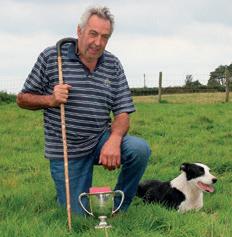

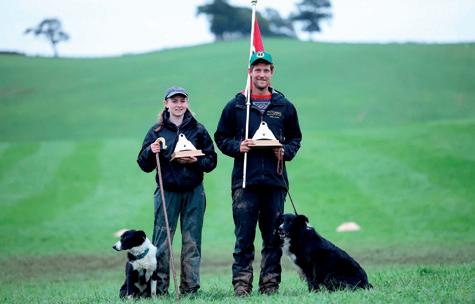












Source: LAA/MartEye
Source: LAA/MartEye




Source: LAA/MartEye

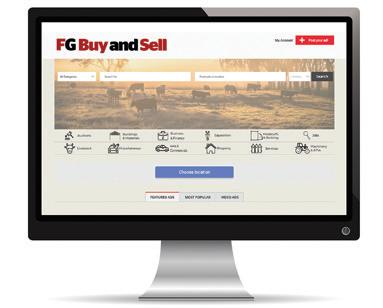






Stirling (caledonian)



Darlington
Figures show livestock numbers first, then average price per head.
Source: LAA/MartEye
16/673.1 20/846.0
1/650.0 2/895.0 8/1116.3 -/- 2/272.5 2/232.5 4/208.8 5/201.0 4/451.3 -/- 5/944.0 14/43.4 47/270.4 46/200.8 8/208.4 4/317.5
10/1047.5 86/92.3 178/246.9 164/175.2 137/162.8 116/116.8 3/493.3 7/661.4 2/850.0 25/63.9 13/271.9 10/199.0 6/199.2 3/123.3
3/480.0 1/480.0 -/- 6/151.7 9/126.4 3/118.0 4/67.5 -/- 1/410.0 4/905.0 10/73.7 19/315.4 23/198.0 9/172.3 16/146.1 -/- 8/600.0 22/1039.8 2/97.5 10/258.1 11/262.5 16/298.9 12/245.6
-/- -/- 4/60.3 6/244.3 11/164.1 2/187.5 -/-
-/- -/- -/- -/- -/- -/- -/-/- -/- -/- -/- -/- -/- -/- -/-
-/- -/- -/- -/- -/- -/- -/-/- 4/555.0 14/760.0



IT was a week of price reductions across the board for cattle at auction marts in England and Wales.
Steers decreased by 6.2p/kg to 276.5p/kg, while young bulls went down by 3.9p/kg to 275.6p/kg in value.
Heifers were brought down in price by 3p/kg to 288.3p/kg, and dairy-sired cull cows rounded off a week of cattle downturns, reducing 2.8p/kg to 147.1p/kg.
In the sheep pens, lamb values decreased by 7.6p/kg to 278.8p/kg.
However, all pig categories bucked the trend this week, with porkers increasing the most.
As Farmers Guardian went to press on Wednesday (October 2), UK LIFFE wheat prices for November 2024 were trading at £187.75/tonne, up £6.10/t on the week.
Source: MartEye/LAA






N/S deadweight prices




SOURCE: LAA/MartEye
SOURCE:
*FortradingDelinkagerefamounts;19pper£1 ofDelinkagereferenceamount.**Estimates. ENGLISH DELINKAGE REF DATA: averageof 2020/21/22claims.Seller’s2023claimnotneeded. Estimatedreturn£1.20/£1refamountwithbuyer’s delinkpaymentlessthan£30,000post-transfer. SubjecttoDelinkagevalues2025-27.
BIODIVERSITY NET GAIN: English:Defra estimates£20,000-£200,000/unitexcluding VATandassociatedfees,subjecttolotsize.Last tenderSeptember9,2024,nextOctober21,2024. NUTRIENT NEUTRALITY: Long-termsales alltypesagricmanexcludingspecialisthabitat creation.Nitrates£3,000-£4,000/unit(£18,000£206,000/ha);phosphates£50,000-£65,000/ unit(£2,000-£169,000/ha). CARBON: Woodland Carbon>£35/WCU>£25/PIU.May2023WCG reverseauctionaverage£19.76. WATER: English abstractionlicenceslessthan£3-£15/cu.m. Source:




Thursday, September 19, 2024. HAY
WeekendingOctober6,2024
Last updated October 1, 2024
Source: LAA/IAAS
July 2024
Source: AHDB
1.Thiscontractwillreceivea1.33pplguaranteedminimumpayment.2.Thiscontractwillreceivea0.50pplmemberpremiumpayment.2.Thiscontract willreceivea1.85pplTescocheesegrouppayment.3.Thiscontractwillreceivea1.00ppldirectpremiumpayment.4.Thiscontractwillreceivea0.54ppl avesustainabilitypayment.5.Thiscontractwillreceivea0.25pplactual13thpayment.Retailerpricesupplementsareincludedwhereapplicable. Supplementslistedareinadditiontolistedmilkprices.Milkpricesshownarethemonthlyandannualaveragepricethatwouldbepaidonacontract for12monthsgoingforwardifthepresentpricescheduleremainedthesame.Priceslistedaboveexcludecapitalretentions,administrationcharges, groupsubsandVATbutincludelevyandseasonalityadjustments.MilkcontractsareprovidedtoAHDBonavoluntarybasis.Allpricesshownare calculatedusingtheAHDBStandardLitre.ThisreflectstheaverageGBfarmandfromApril2024isbasedon1.5mlitres/year,4.20%butterfat,3.38% protein,160ksomaticcellcountand27kbactoscan.TherehasalsobeenaslightadjustmenttotheAHDBlevy,whichcameintoforceinApril2024.To calculatepricesspecifictoyourownmilkvisittheAHDBMilkPriceCalculator.PleasenotethatforBarbersthereisaguaranteethatshouldtheActual MilkPriceEquivalent(AMPE)-2pplmoveaheadoftheBarbers’priceJultoDec2024,Barberswillpaythisontheextralitresabovethebasevolume.





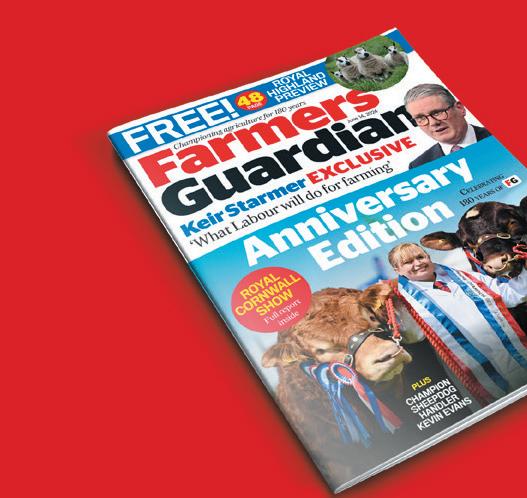










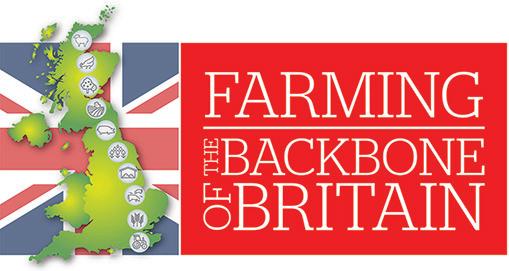
Love British Food’s annual celebration, British Food Fortnight, aims to celebrate British farmers and the organisation’s work to put home-grown produce back on the map. Emily Ashworth finds out more.


Although the Love British Food campaign has been established since 2002, in recent years founder Alexia Robinson has been trying to secure more robust supply chains and get local British produce into more schools, hospitals and public sector catering.
Her latest achievement has seen her bring farmers, the NHS and public sector figures together on farms across the country to highlight the benefits of supporting British farmers.
Tim Radcliffe, NHS net zero food programme manager, has been key in helping to facilitate this and aims to increase the amount of British produce on NHS menus across the country.
Having held various roles in catering, including a stint in the Royal Air Force, he became non-executive director of Love British Food last year, and by working together, he hopes to be able to tackle the institution’s carbon emissions while increasing patient health.
Of the NHS’s carbon emissions, 6% come from catering, and Tim hopes to reduce that in a bid to to reach the goal of net zero by 2040.
One way to reach this, he says, is to look at food as medicine.
An example of this is the venison project he worked on while at Royal Blackburn Hospital.
He says: “The number one thing a patient requires is protein – it is the number one thing for recovery.

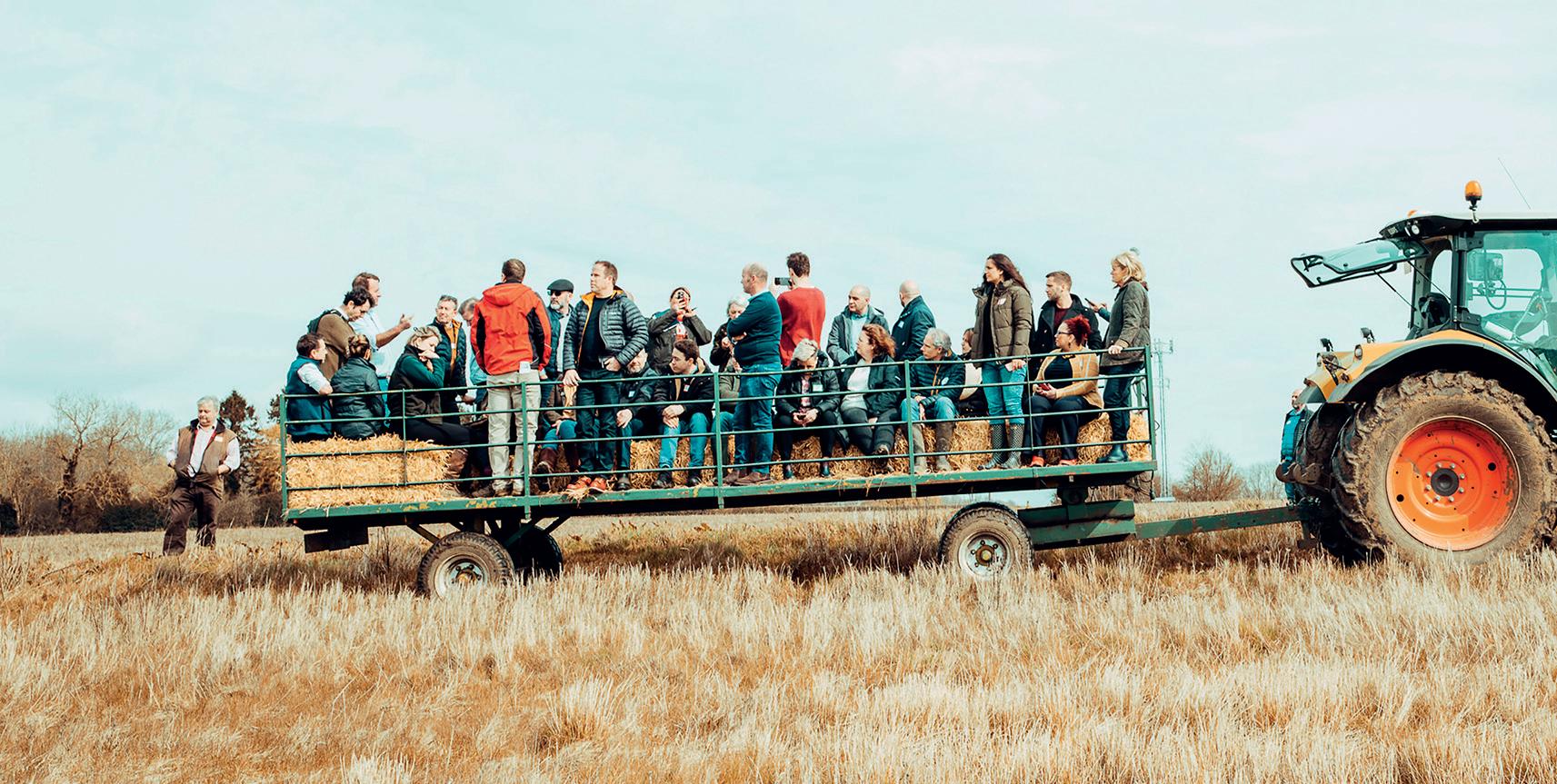


“Currently, the human body responds better to animal protein, but that is not to say you cannot mix it up.
“Venison has more protein per 100g than beef. It is not intensively farmed, has lower cholesterol and higher selenium.
“You are giving patients a better quality product, lowering your carbon footprint and lowering your costs – you can do things which are cost-neutral. There is a perception that British food can be more costly than imports.”
This is also about social value, he says. The NHS is an ‘anchor institution’, and investing in local community and business will only create more supply

We have to work with our heritage, and farmers are our heritage
chain transparency and resilience. It requires a societal shift though, and food has to be given more value.
A healthier nation means less stress on the NHS, and the most efficient way to reduce its carbon footprint is to minimise patient stays. This can be done through diet.
“If you can reduce a stay from 10 days to nine days, and we can do that for everyone, then we would reduce our footprint exponentially,” says Tim.
“There is some work going on around how food impacts a patient’s stay – at Blackburn Hospital, we were able to reduce patient stays by 1.7 days by giving them higher density nutritional produce in smaller portions.”
Former Health Minister and surgeon Lord Ara Darzi recently published the independent review of the NHS, in which it was clearly stated there needed to be a greater focus on promoting a healthy lifestyle to combat the obesity crisis. If health is not prioritised, the NHS will come under extreme pressure due to an ‘ever-growing ill population’.

For Tim, there are some main focuses, and one is to make sure all NHS caterers are focusing on what is on their menus.
The other is to reduce the number

of patients entering the NHS who are malnourished.
He says: “50% of people who enter the NHS are malnourished. This does not just mean underfed – we are talking about obesity too.
“You are four times more likely to die or have serious complications from surgery if you are malnourished, and four times more likely to be readmitted within seven days. We have to change that narrative.”
The other question lies around self-sufficiency, and this could be tackled by getting the public sector on board.
There has to be, says Tim, a commitment to farmers that there will be a longevity in supplying such areas. Creating those supply chains will give farmers more confidence to produce specifically for those markets.
He adds: “We are not self-sufficient in this country – we are not even selfsufficient in potatoes, and that shows the work we need to do.

“We have to work with our heritage, and farmers are our heritage. We must also understand how important our purchasing powers are to farmers in this country.”



Well-known TV chef Phil Howard is a supporter of British Food Fortnight.
Q
It feels like there is such a disconnect from food. Why do you think this has happened?
A The world that we are privileged enough to live in no longer, generally speaking, sees food as a source of nutrition and well-being. Food has increasingly become a source of gratification. We are image-led in the pursuit of pleasure, and with so any people now living a non-rural life, we have simply lost the appreciation for where our produce and food comes from. Supermarkets dominate our lives; produce is over-packaged and does not look and feel natural. Nature’s bounty has simply become ingredients.
Q
Being a chef, how do you go about sourcing British produce and why?
A
There is simply no logical reason to do anything other than source produce both locally and seasonally. Local, seasonal food is produce that is at its most abundant, in its peak condition and at its cheapest – and it has not had to be transported across the world. It is the best for us and the planet.
Nature also has this miraculous ability to deliver a collection of
seasonal ingredients that have a natural affinity with each other from a cooking/eating perspective. Salmon goes with watercress; grouse goes with elderberries. If you cook seasonally you do not have to think about what works with what – nature has done it all for you.
Q
How can we encourage people to tweak the way they shop and cook?
A
The above answer says it all – cook seasonally and your food will be better for you, better for the planet and better for your wallet. It will taste better too.
Q
Why do you want to be involved with Love British Food’s British Food Fortnight?
AI cook the way I cook because it is the only way to cook. Love British Food and British Food Fortnight are wonderful initiatives, and if they can help spread the message of this ethos, then they deserve my support.
We are blessed to live on this fertile island that delivers such spectacular produce across its four defined seasons. Our produce should dominate every menu in the UK and be celebrated as such.
A WORD FROM THE FOUNDER
WHAT the whole supply chain needs to be focusing on –farmers and buyers – is inspiring and enabling catering teams, foodservice organisations and wholesalers to connect food procurement with nutritional outcomes.
Food produced in harmony with the environment – as it so often is by Britain’s farmers – is more nutritious as a result, and will enable, for example, patients to recover better and vacate their hospital beds quicker, with a reduced cost to social care after. It will also enable children to leave school healthier and with a knowledge of the value of good food.
The wider benefits for society are clear for all to see, and the economic benefits of shorter supply chains
enable catering teams to work closely with suppliers to deliver exactly what they need, which in many cases is feeding the most vulnerable in society: the sick, the elderly and the young. From a farming perspective, the public sector is still an untapped customer. It wants to buy more British food; it wants closer relationships with its suppliers; it wants this not because of potential new Government buying standards or Sir Kier Starmer’s pledges, but because to meet their objectives they need sustainably produced, good food.
One public sector buyer said to me he would love to work with a farmer to establish a larger supply of domestic chicken. The commitment to invest is there: will farmers take it up?

















Every week we follow the ups and downs of farmers around the UK
Kent
Dan Hawes grew up on an arable farm in Suffolk and now produces strawberry and raspberry plants for the UK fruit market with Blaise Plants, sister company to Hugh Lowe Farms, Kent. The business grows outside, under tunnels and in glasshouses and produces more than four million plants a year. The arable side includes environmental schemes, with a mix of wheat, oilseed rape, beans and barley crops.
Last month’s column was mainly about strawberries, so I want to even things out a bit and talk about the other crops we grow – raspberries and blackberries. We grow three main varieties.
In the September heatwave last year we achieved up to 4cm growth per cane per day on average. Well over 20cm per week. This year we have seen similar stats, and it feels like they double in height during September.
Raspberries are a long process. We grow the cane, the buds form, overwinter, we ensure chill is achieved using cold stores and then, after placing in the field, fruiting branches emerge in the spring, or later as required.
One of our main varieties is a fairly recent addition and, as with all new varieties, we’re still learning what’s best, so this year we’re trying three different growing techniques.
For the first planted block we introduced nets both across the top and around the sides. The aim was to reduce stress during planting (end of June), but also to reduce wind stress
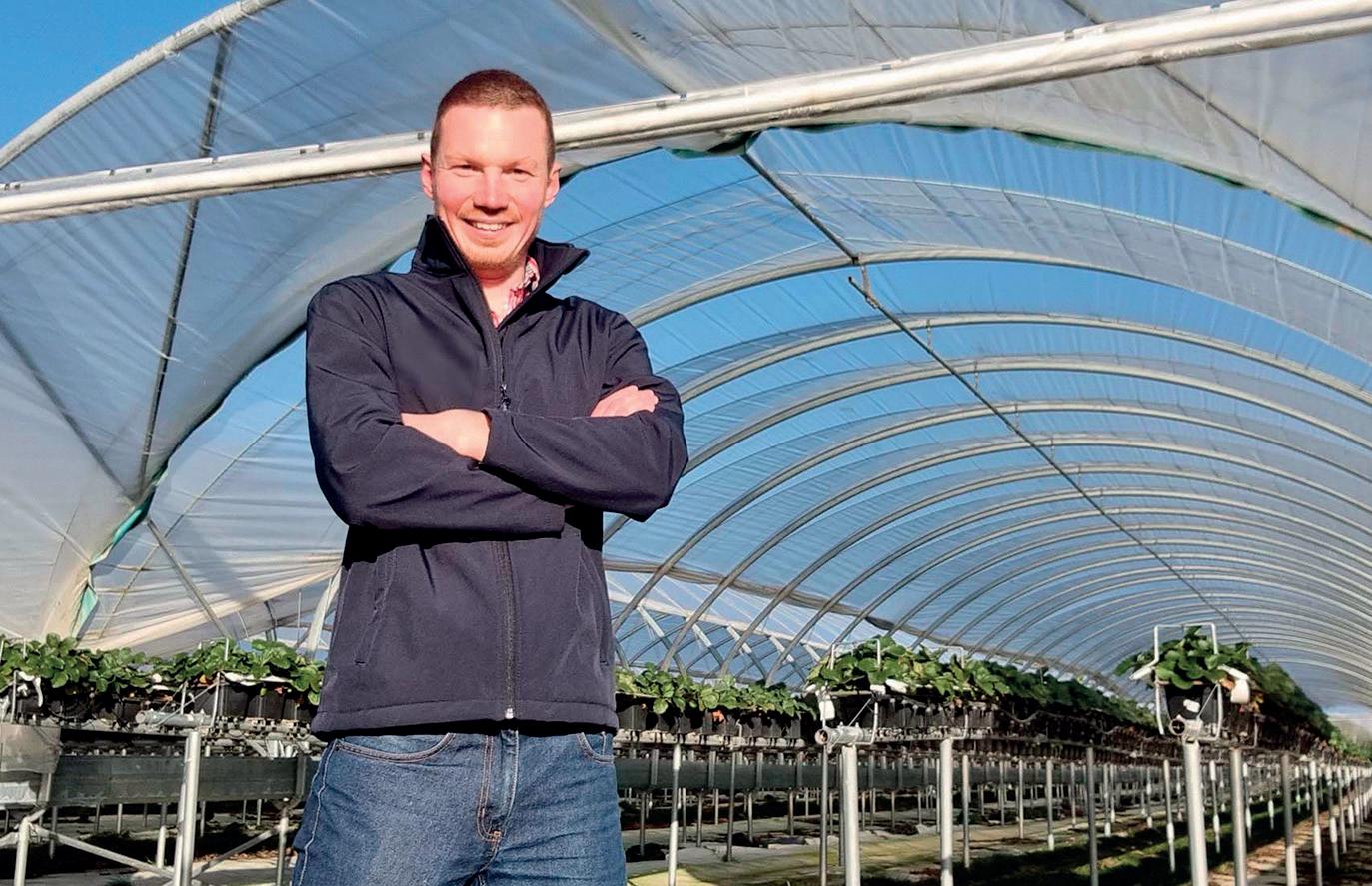
‘In the September heatwave last year we achieved up to 4cm of growth per day’
as they grow, trapping a bit of heat in the process.
The theory is great, but to be honest I wasn’t overly optimistic about it.
But it did indeed trap some marginal heat to maximise growing degree hours (GDH) and we haven’t got the shorter canes around the perimeter due to wind.
The second block was under covered poly tunnels, which maximises trapped heat and GDH, with the added benefit of blocking out the wind.
We’ve certainly got the cane size, reaching the top of the support posts
by early September, with associated higher bud numbers.
However, the internode spacing is slightly more than we’d like, and something we’ll work on next year.
The third is grown with wind nets in parallel every few rows and along the ends. This is by far the simplest system, and one I quite like, but this also needs a bit of fine tuning.
The blackberries too grow fast –they’re taller than I am, over the top of the structure and almost back down the middles. We don’t have a huge number, but I still have two guys
IT has been another chilly week to close out September, but at least we have seen a slight recovery for the first few days of October.
Overall temperatures for the month of September will come in close to average for many. Rainfall is the stand-out feature with some places receiving more than three times the average amount. England and Wales have been wettest, with less rain in Scotland and Northern Ireland. As one would expect for this time of year, the Atlantic hurricane season is now peaking. As these systems get into the North Atlantic they are pushed towards our shores. There is talk of
Atlantic hurricanes getting stronger and, this week, a website called WattsUpWithThat.com (a site sceptical about human-enhanced climate change) published some interesting data. Using records back to 1980 it noted there has been no increase in the number of global major hurricanes (above Category 3), although there was a notable peak in 2015.
It was also noted by the National Oceanographic and Atmospheric Administration earlier this year that ‘there is no strong evidence of century-scale increasing trends in US landfalling hurricanes or major hurricanes’.
The same report further states with regards to Atlantic hurricanes: “…there is not strong evidence for an increase since the late 1800’s in hurricanes, major hurricanes, or the proportion of hurricanes that reach major hurricane intensity.”
It is careful not to dismiss the human impact on tropical storms and there are some suggestions that this may be a more subtle impact than just hurricane numbers, i.e. rainfall amounts, rapid intensification of storms etc. So, as always, when we look at climate-change, the real impacts are sometimes hiding deeper than the headline-grabbing stories.
whose full-time job is clipping them to the bamboo canes as they grow, to keep them upright. By the time they go round once, it’s time to start again. You might remember I was on about tractor tracks a few months back. Well, we’ve had Outland Tracks out to discuss a track conversion. As I write this field work has been pushed back due to the weather (and we’re most definitely not the only ones). But I’m keen on the idea and I am visiting a machine in Lincolnshire later this week to see what further potential it could have.

For location specific forecasts visit farmersweather.co.uk and for video updates go to weatherweb.net or call the number below. Call Farmers WeatherLIVE
North Wales Dan Jones
West Sussex James and Isobel Wright
Cornwall
Alan Carter farms in partnership with his parents, Paul and Christine, on a 162 hectare (400-acre), 400-cow dairy unit at Constantine, Cornwall, with 130 milking cows, supplying Saputo. Alan, also a Parish Councillor, and his wife Sarah, have two children, Ross and Dana.
It really feels like autumn is here, and some days it has been very close to winter.
I have been overruled, and the under-floor heating in the extension has been turned on, with the air source heat pump having to work a little harder now.
How long until the radiators will be working? I’m not allowed to suggest wearing a jumper instead, now that we have modern heating in the house.
Last Sunday we had some really miserable weather, with rain and wind continuing all afternoon and evening.
I missed the worst of it as we were celebrating Ross’ birthday at the local soft play centre. As you can imagine with this weather, it was very busy, and felt like an over-populated, under-ventilated cattle shed.
The children had a great time, and I can’t quite believe I have a seven-yearold. The week before, we had a proper thunderstorm. It felt like the first one the children had seen.
It’s another sign of getting older when you say: ‘There aren’t as many thunderstorms as when I was younger’.
This storm coincided with getting Dana to her dance class, so we had to manoeuvre the roads that resembled rivers and get to the hall without getting too wet, while the children were counting lightning flashes.
It has been very busy here since I last wrote. We calved 60 cows and


heifers in the first three weeks of our calving season. This started a little earlier than we expected, as the new bull must have a shorter gestation length.
This meant the end of the school holidays were a little busier than planned, but the calves seemed to have done very well being born a little earlier in the year.
We have had a good number of dairy heifers born, including some Jerseys, which makes a nice change.
The vast majority calved unaided, but we had to help one last week. I’d just started morning milking, when I got the call from Dad to go up to the calving field to help. It had just started to tip down with rain and we could see
it was a big calf. We got to the end of the calving aid and it wasn’t at the hips, so we pulled the rest manually and a very large bull calf came out.
He is higher than my waist and dwarfs everything else around him.
He has been on the feeder from the start as his co-ordination wasn’t good.
The only trouble was finding a bar high enough to hang the feeder on.
We are in the middle of our bovine TB test. We tested the youngstock on the off farm first, then the cows the week after. Usually, the youngstock is a routine test, but we had three reactors on a farm that hasn’t had a reactor for five years. There is some nervousness about reading the cows.
Send in your correct entries to be in with a chance of winning £20 worth of Love2shop vouchers every month. Send to: Crossword No. 1265, Farmers Guardian, Unit 4, Fulwood Business Park, Caxton Road, Fulwood, Preston, PR2 9NZ.
1 Simple country person’s start of rapid unserviceable twitching (6)
5 Prospect mainly involving the French? Most loathsome! (6)
10 Steal firearm (5)
11 US Rock Festival’s fuel for the fire? (9)
12 To adapt to current conditions, fashion to increase in price including leader of names (9)
13 Lover from Italy’s capital (old) (5)
14 Brief examination of loose ends at first drawing in king (4-3)
16 Stupid alien in dense group of bushes (7)
18 Big ones are important fellows maybe from Wenseydale or Lancashire (7)
20 Essentially lives in Arabia originally or a different state (7)
22 Prohibit northern and southern marriage announcements (5)
24 Dreadfully tricky ads for measuring rod (9)
26 Set apart smashed Easter egg (9)
27 Purchaser initially being undecided yet eventually resolved (5)
28 Naked dash of eccentric skater (6)
29 Require the French sewing implement (6)
2 Sunny field now and then contains such hungry animals (5)
3 Supposes the storm essentially increases (9)
4 Bovine animal to conceal its skin (7)
5 Aggressive and wild bluish-purple flower around north (7)
6 Unhappy roles for one drawing short straw (5)
7 One working at last - a footwear specialist (9)
8 Original friend goes round border (6)
9 European skier not oddly in the field to get by (3,3)
15 Happening very quickly between today and tomorrow (9)
17 Incapable of being split up, DI leaves unseen (9)
18 Novice is taking time to become Picasso, say (6)
19 Satellite channel frolic for singer (3,4)
20 Grow beans for a start and force in chosen direction (7)
21 People demanding things; ones doing piecework short of time (6)
23 Root in extremis we’d eat (5)
25 Scene of happy innocence wildly going wrong but not at first (5)
Answers to crossword 1263: Across: 6 Proper, 8 Reechoed, 10 Catacomb, 11 Raptor, 12 Needs, 13 Enforced, 14 The ugly duckling, 18 Après-ski, 20 Label, 22 Flying, 23 Kangaroo, 24 Assassin, 25 Oxygen.
Down: 1 Ordain, 2 Troops, 3 Problem drinking, 4 Terrific, 5 Melodeon, 7 Plateau, 9 Hyper, 15 Hopeless, 16 Last gasp, 17 Library, 19 Erica, 20 London, 21 Loosen.
It was late August when two vehicles pulled in and large men with security wires started patrolling the car parks, whispering into hidden microphones and generally looking like pit bulls squeezed into smart-casual clothing.
To my surprise, we were playing host to Rishi Sunak’s daughter who was riding in a competition, and here was her dad to support her. The exPrime Minister strutted his stuff and posed for photos with kids, my son among them. What must it be to live life in the goldfish bowl, open to constant scrutiny?
I actually felt a bit awkward, especially when taking a second photo after I stuffed up the first. It must be really hard being a dad and having that many people fussing about you. Life must be slightly easier for Mr Sunak now, and no he did not apply for the relief milker job as some suggested. Now, we have the rumour mill back in full swing as social media is alive with suggestions of Labour corruption.
The Government has changed but the allegations of sleaze and abuse of privilege have disappointingly remained the same. There is some justification for the raised eyebrows: just how can MPs become so wealthy?
If it is not from their wages, then how does the enrichment process start?
The optics do not look good for the new administration. While they start enjoying the trappings of power, they are removing the fuel allowance from pensioners, many of whom cannot supplement their budgets with gifts from generous benefactors.
I think the last Government lost its position because the perception was they were simply too self-serving –now it looks like it is the same trough but with different snouts in it. The virtuousness of those at the top is being questioned and their angel wings appear to be losing their feathers.
We do not hear much about farming in the party conference speeches unless there is a need to cosy up to rural voters.
When a General Election is coming up, it is all about photo opportunities with Barbour jackets, fresh from their packaging, and brilliantly clean wellies which are not scuffed with mud. Now that is over, we seem to be forgotten and undervalued.
It is hard to create the value in farming – we all know it. Long hours and an inequitable share of the available margin are normal. The selling
Dairy farmer and equestrian centre owner, Cheshire

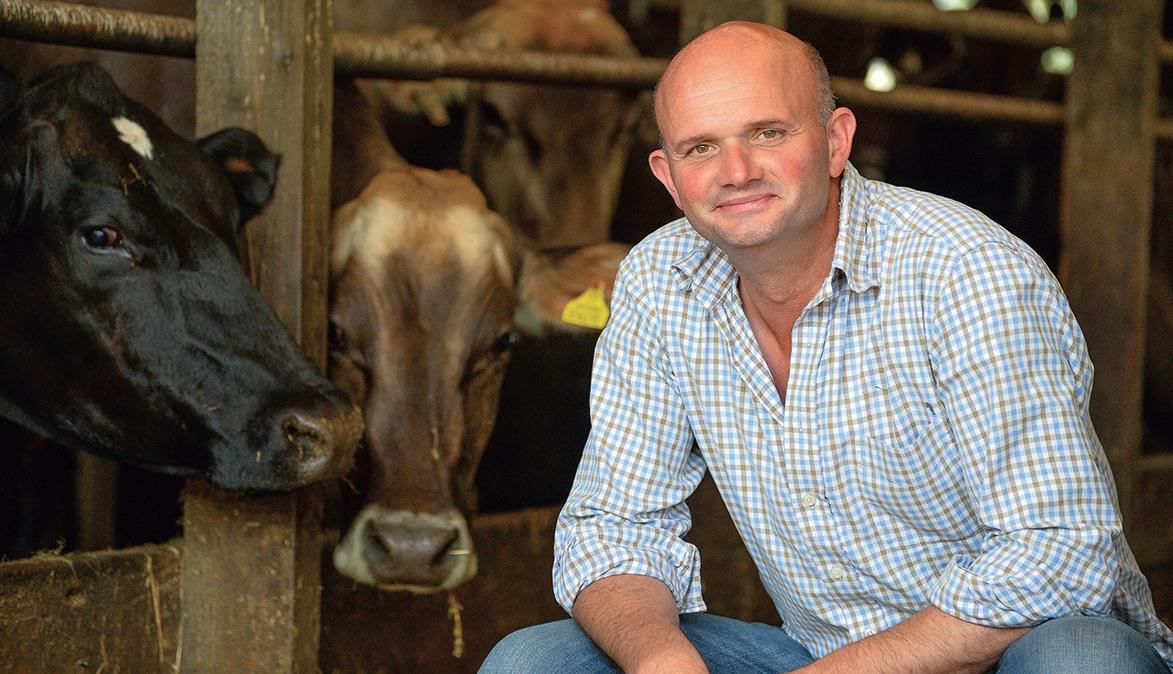

model in dairy is a function entirely of the Government’s making; the fragmentation of our industry was completely unnecessary and has meant it has been tough to survive without consolidating.
In my time as a dairy farmer, 80% of farmers have packed up. I think what carries many remaining farmers on, besides a stubbornness not to give in, is the need to make things work well enough to pass it all on to the next generation. It certainly troubles me.
With the departure of my long-standing herd manager comes the need to shake up our system to something simpler. So, our Brown Swiss cows are up for sale soon and my thoughts are entirely about how to adapt to volatility so that my 15-year-old son can carry on farming when he is older, if he wishes to.
I am concerned about the Budget on October 30. Will the rumours come true that inheritance tax relief will be lost for farming businesses?
If so, it will devastate the succession plans for many families. What will the new regime be for agricultural

property and business reliefs on family-run estates?
There is a lot to be worried about. Yes, the country’s books need rebalancing after Covid-19, but policies are crippling us already with a tripling of electricity bills, wage inflation, and generous rises to some public sector workers.
The Government must now take responsibility for the position it has put us in and engage fully with farming’s challenges, but I am concerned that a party based in urban areas just sees farming as a nice backdrop for a walk.


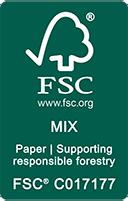
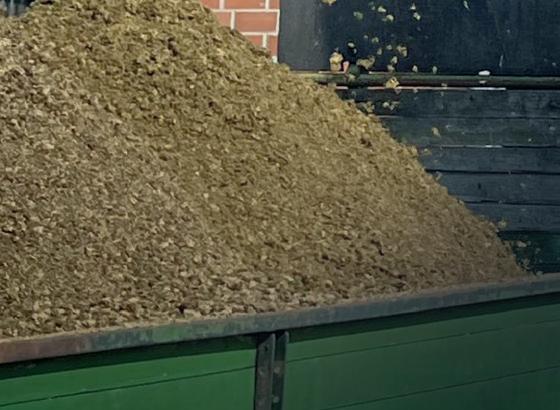

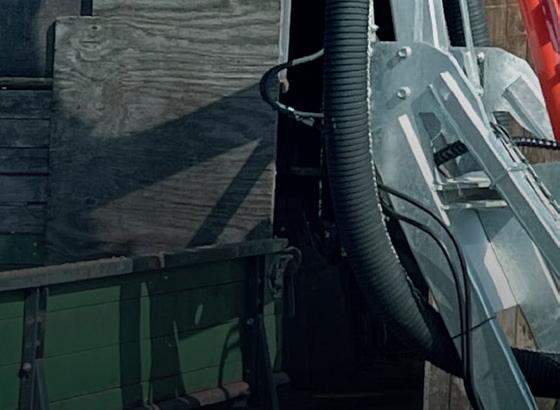
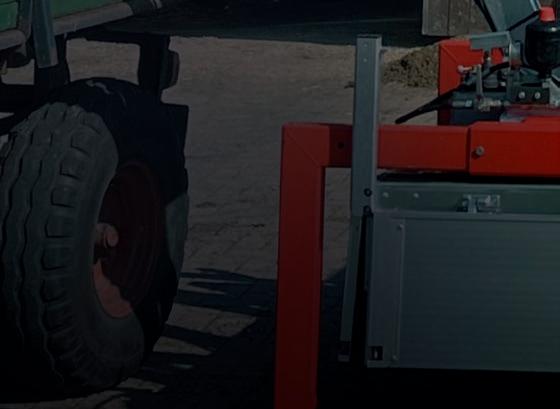






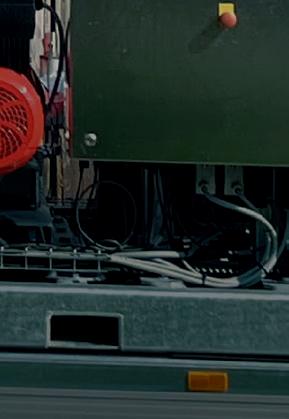
XSplit - the ultimate separation solution


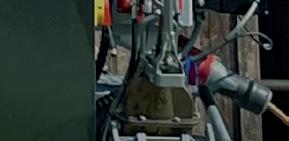





Separating makes slurry handling much easier and significantly reduces the amount of slurry needing to be stored. Vogelsang’s XSplit slurry separator can produce solids of up to 40% dry matter, making liquid slurry much easier to apply during spreading season.
Get in touch to arrange a demo today.
VOGELSANG – LEADING IN TECHNOLOGY
Contact us at: 01270 216 600 | sales.uk@vogelsang.info
vogelsang.co.uk

